Dating back to the late 1960s, the Shelby GT500 returned in 2019 after a five-year hiatus. The first iteration of the sixth-gen Mustang to sport a supercharged V-8 engine, this GT500 is also the most powerful street-legal Ford, even when compared to the Ford GT supercar. The GT500 also borrows some tech from the GT, as well as from the race-spec Mustang GT4. The first GT500 in five years is aimed at the Dodge Challenger SRT Hellcat and Chevrolet Camaro ZL1. And needless to say, it has enough power to leave both its rivals behind in a cloud of dust. Arguably the biggest news is that the supercharged V-8 delivers in excess of 700 horsepower, but enthusiasts also have to cope with the fact that Ford doesn't offer a manual gearbox. Let's find out more about that in the review below.
2020 Ford Mustang Shelby GT500
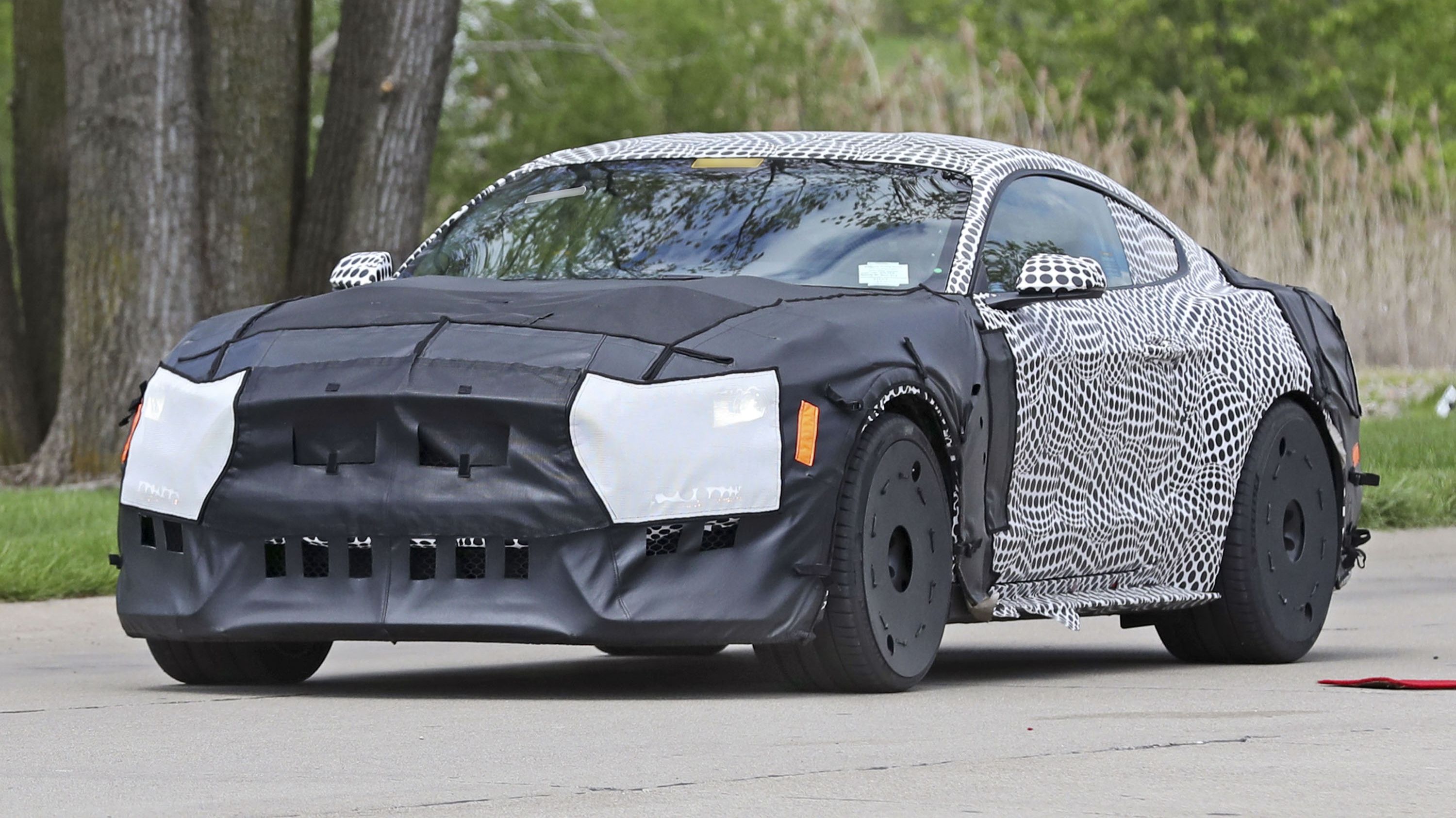

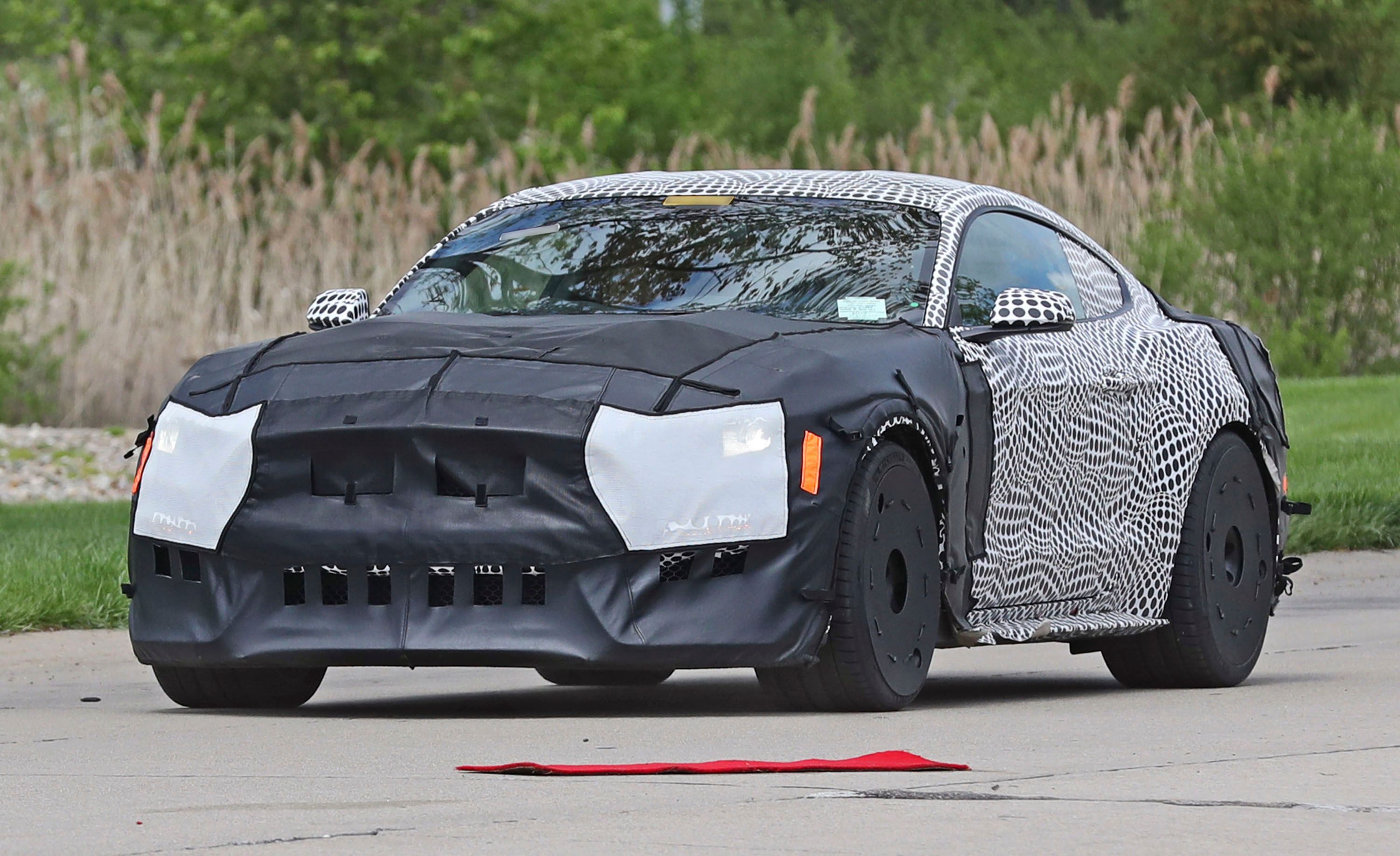
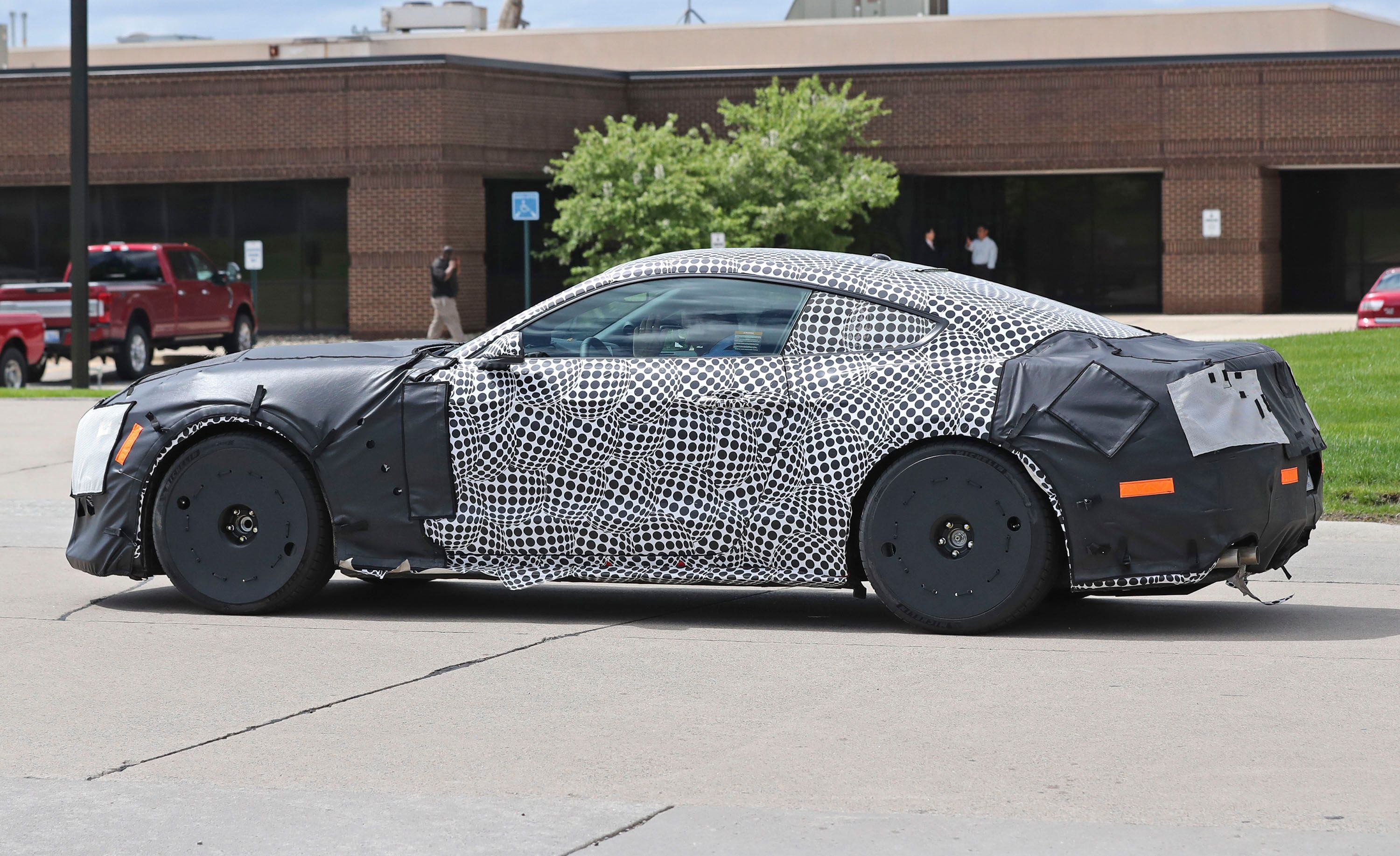
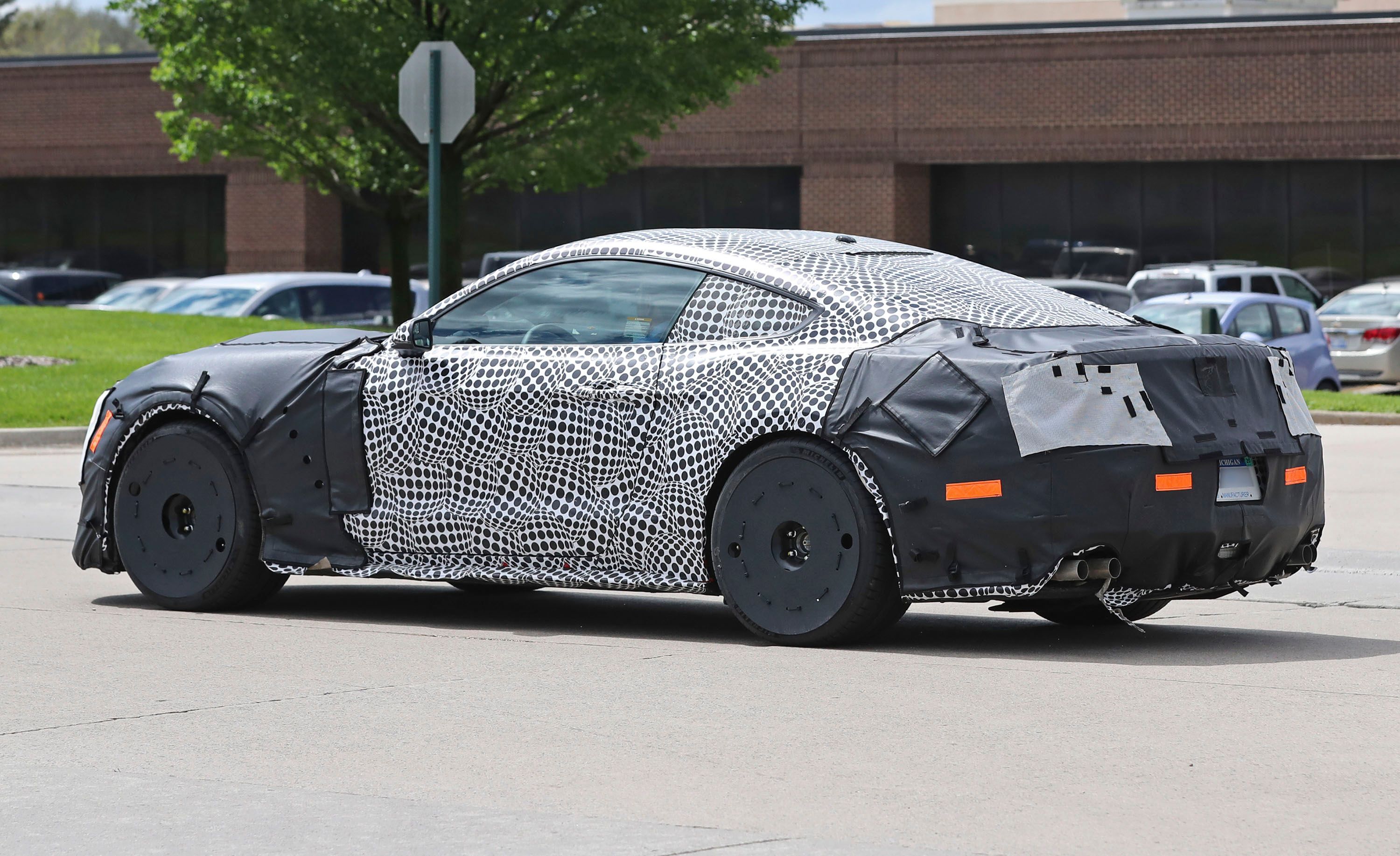
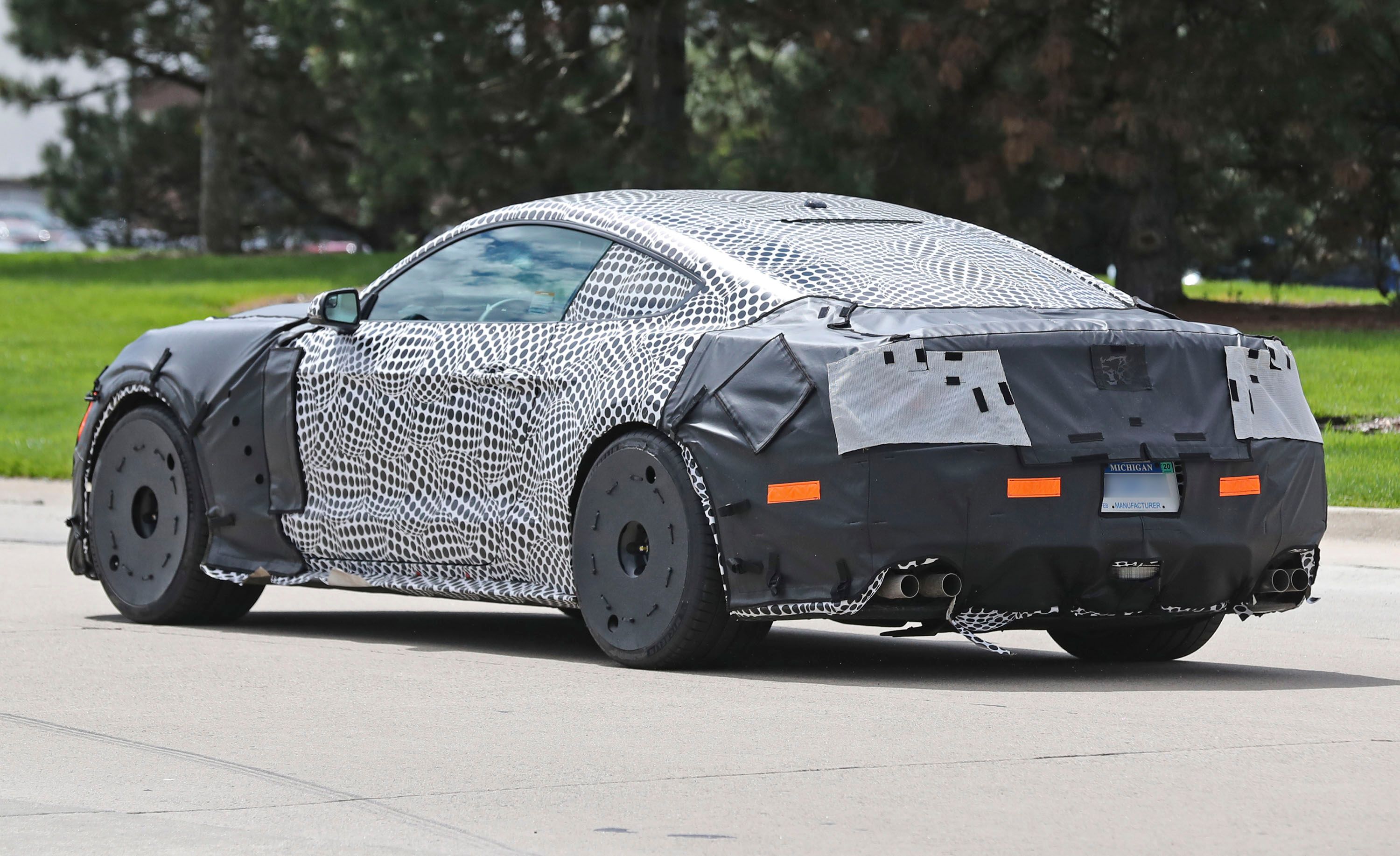

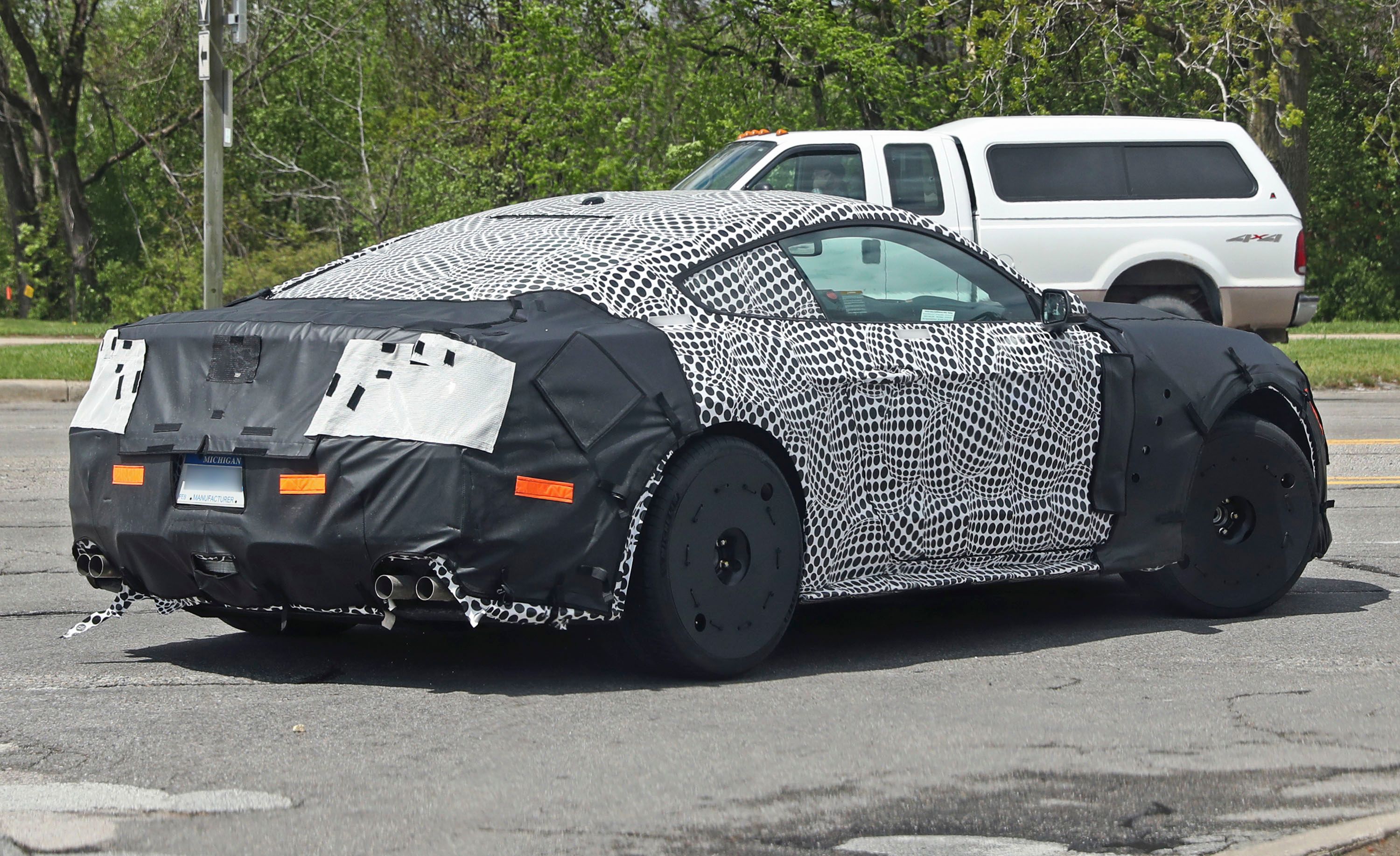
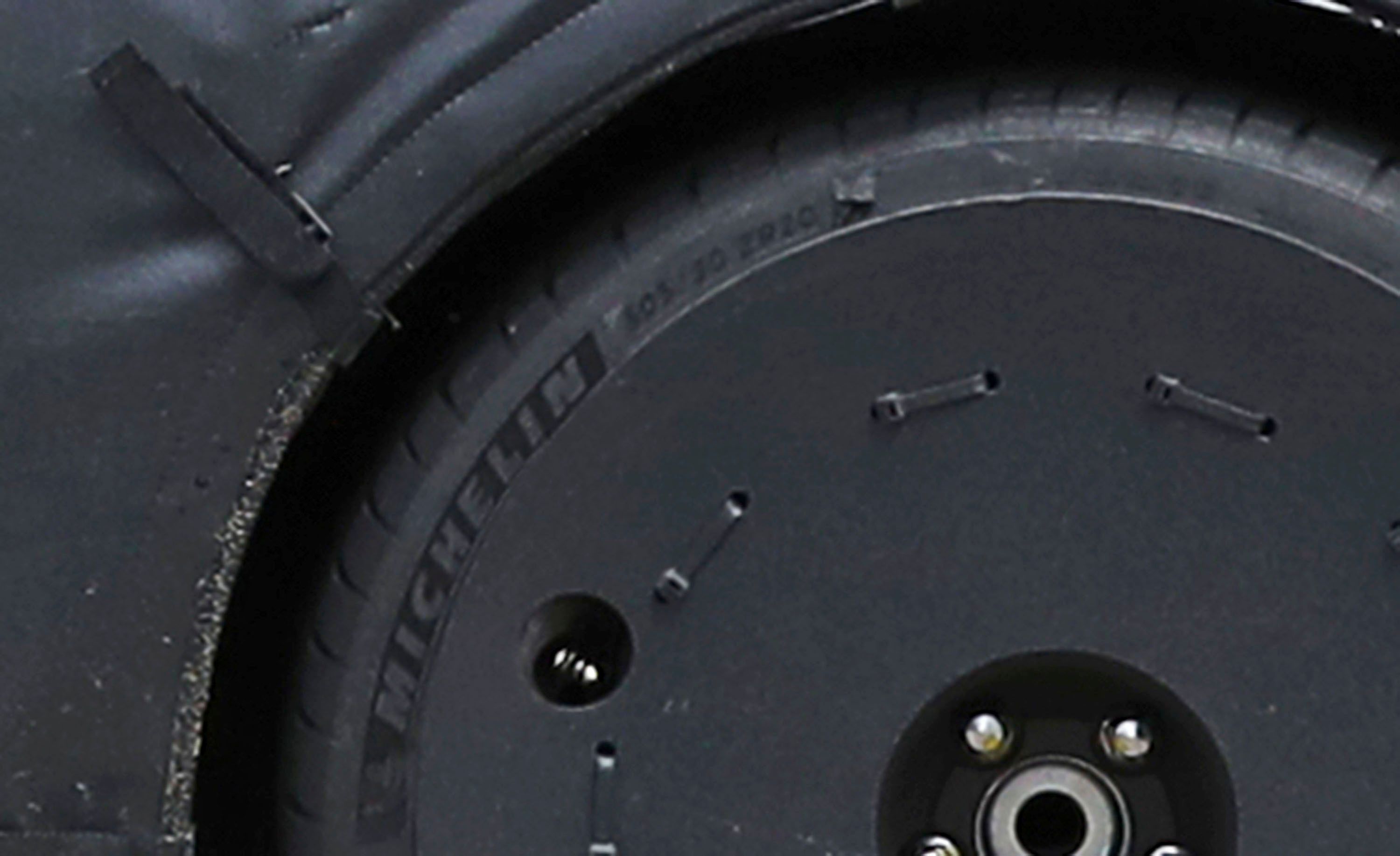
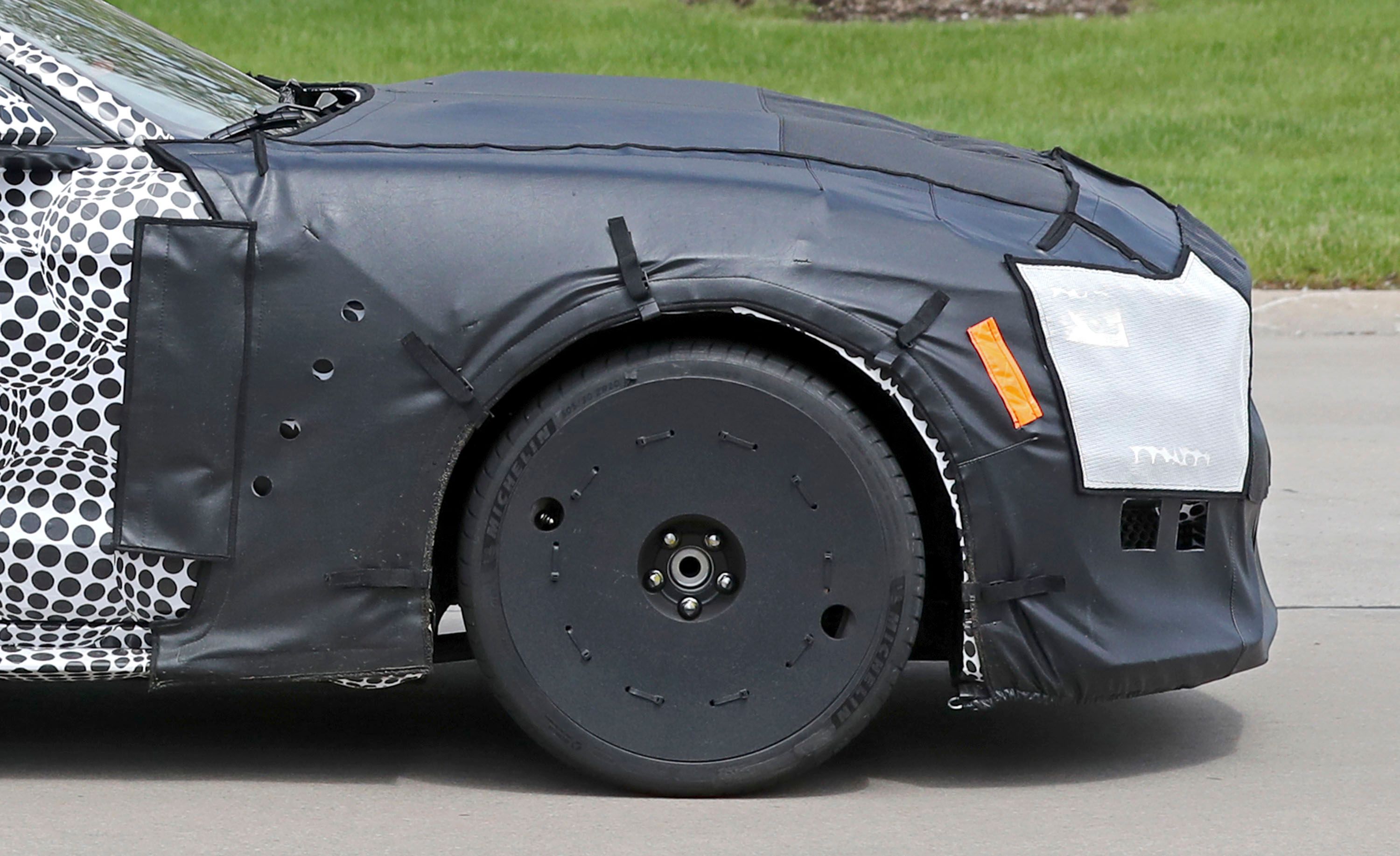
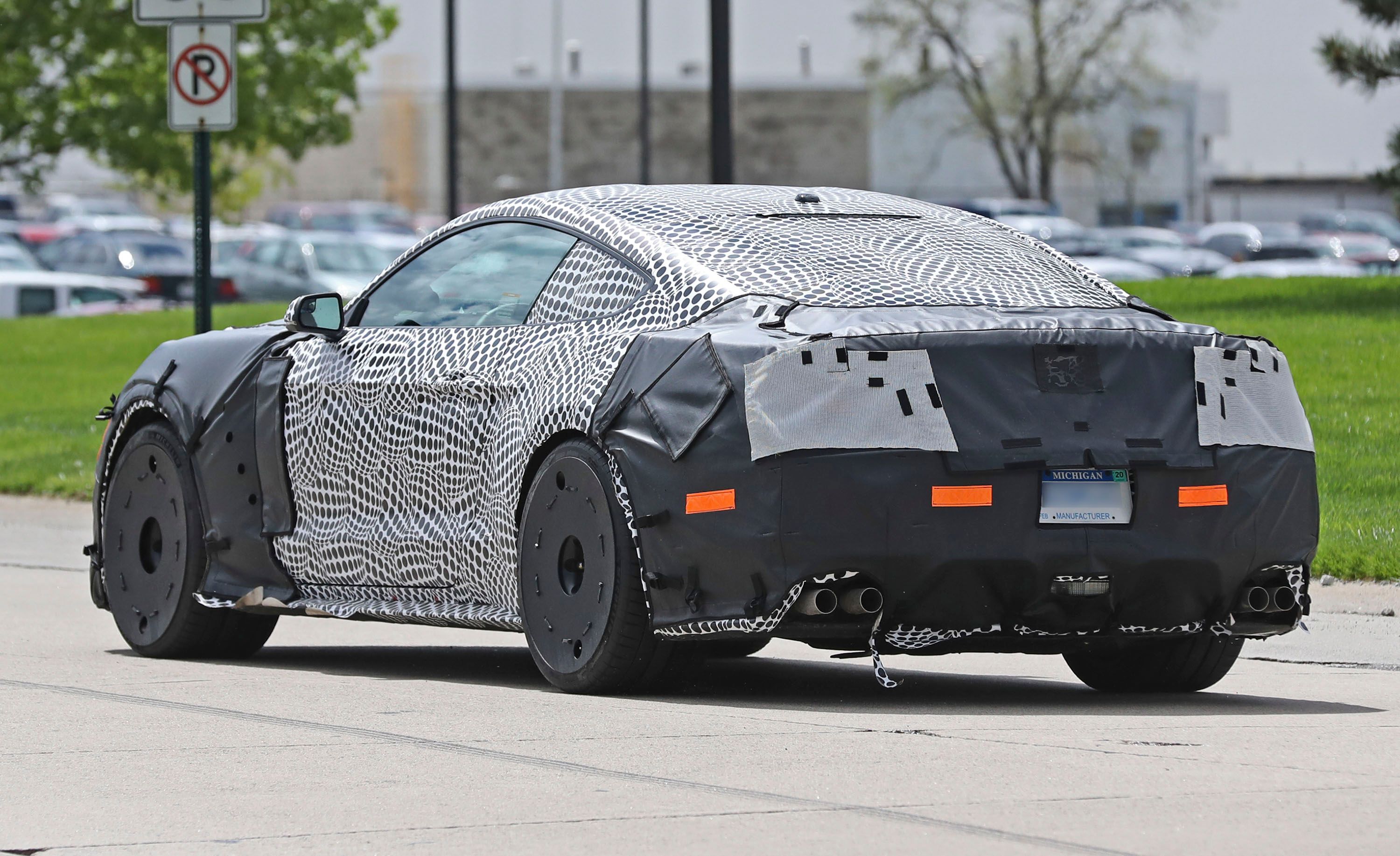
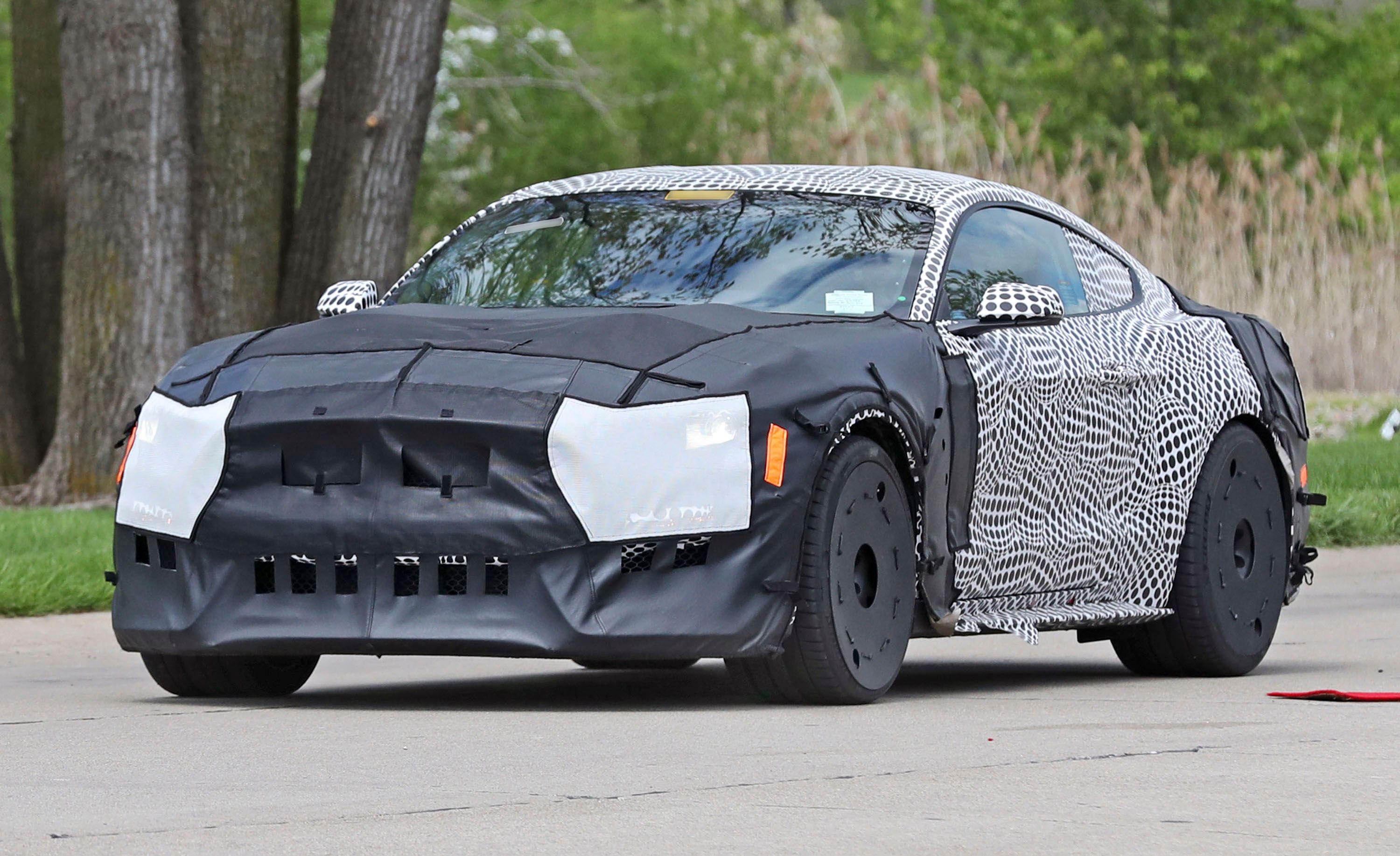
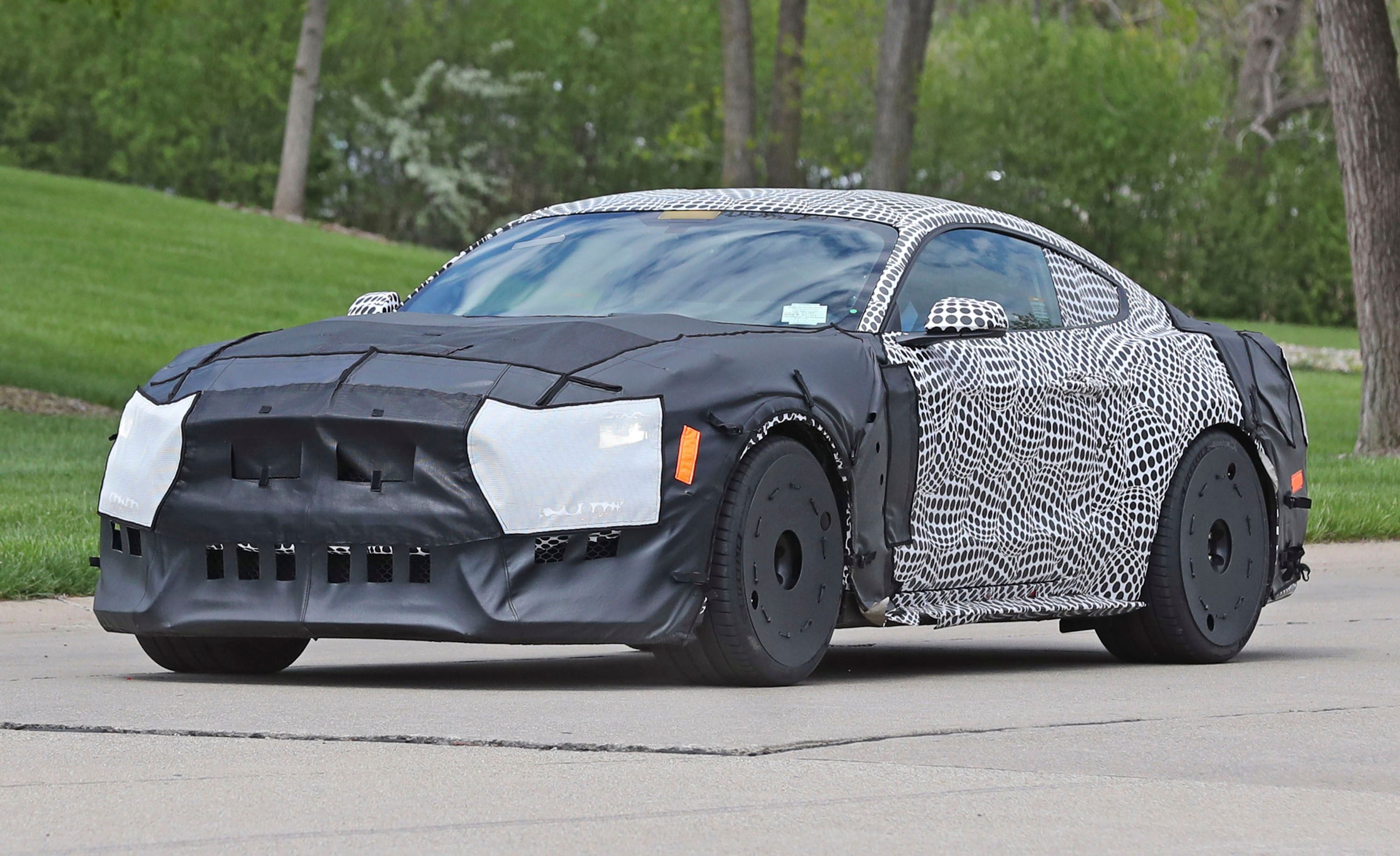
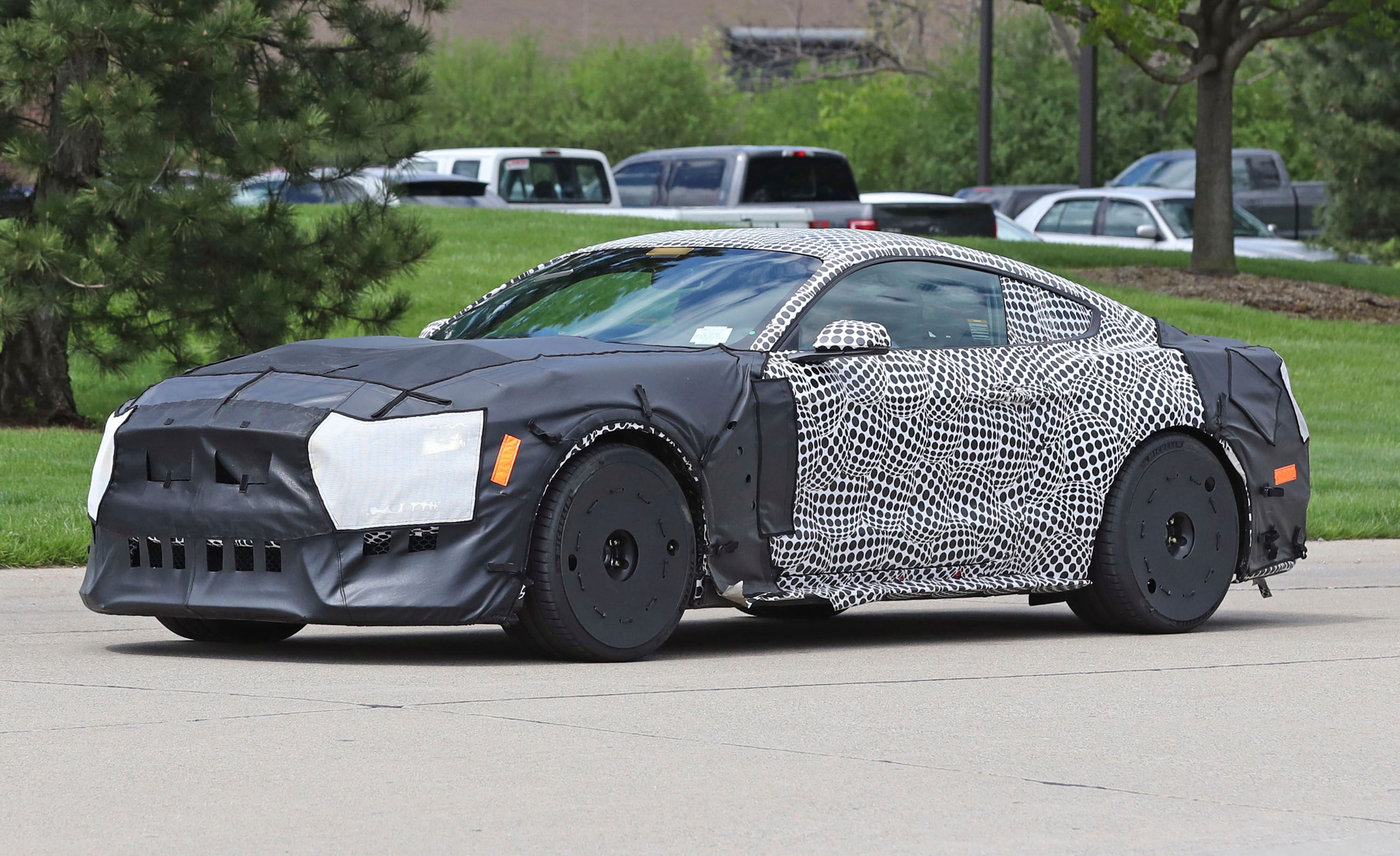
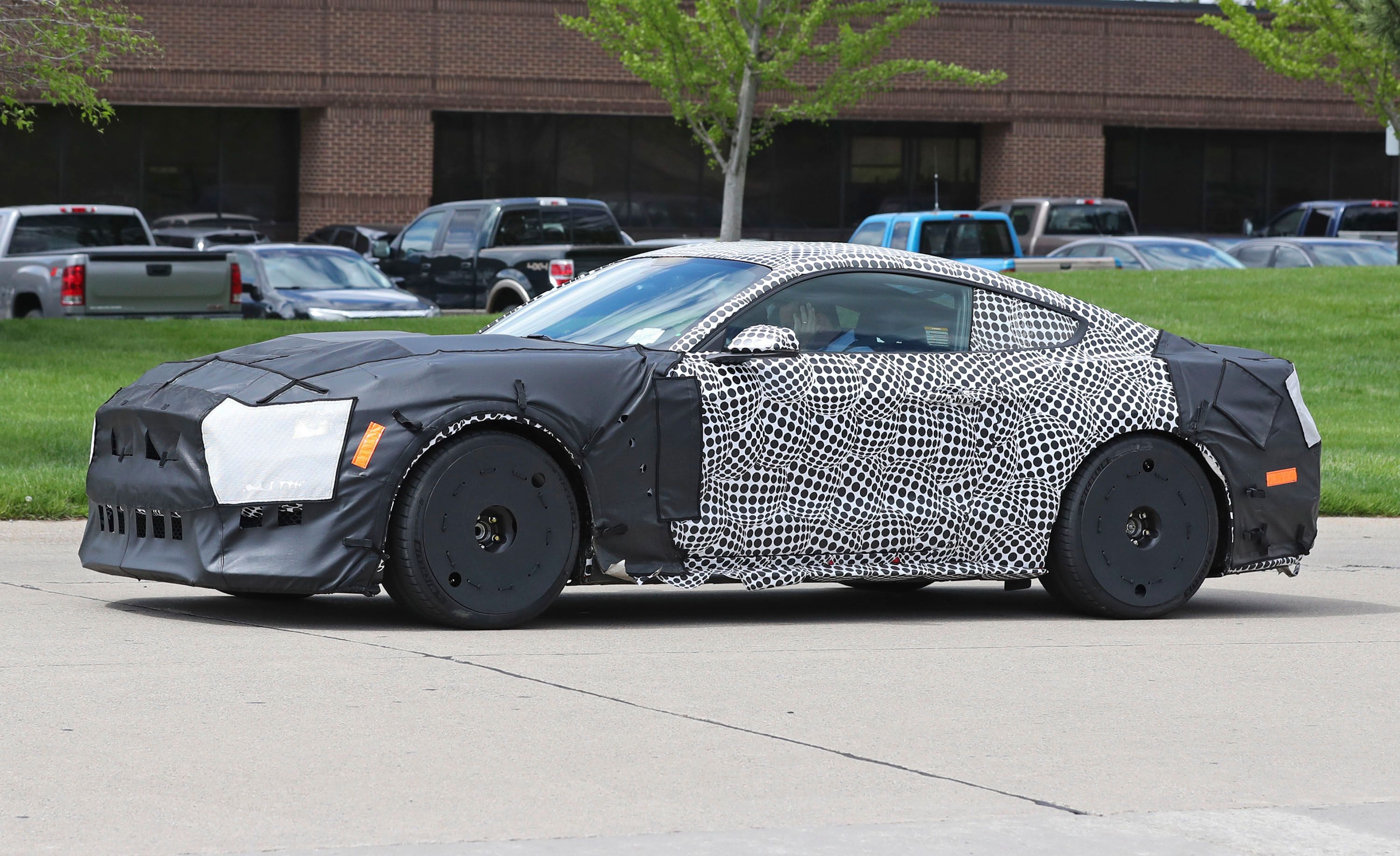
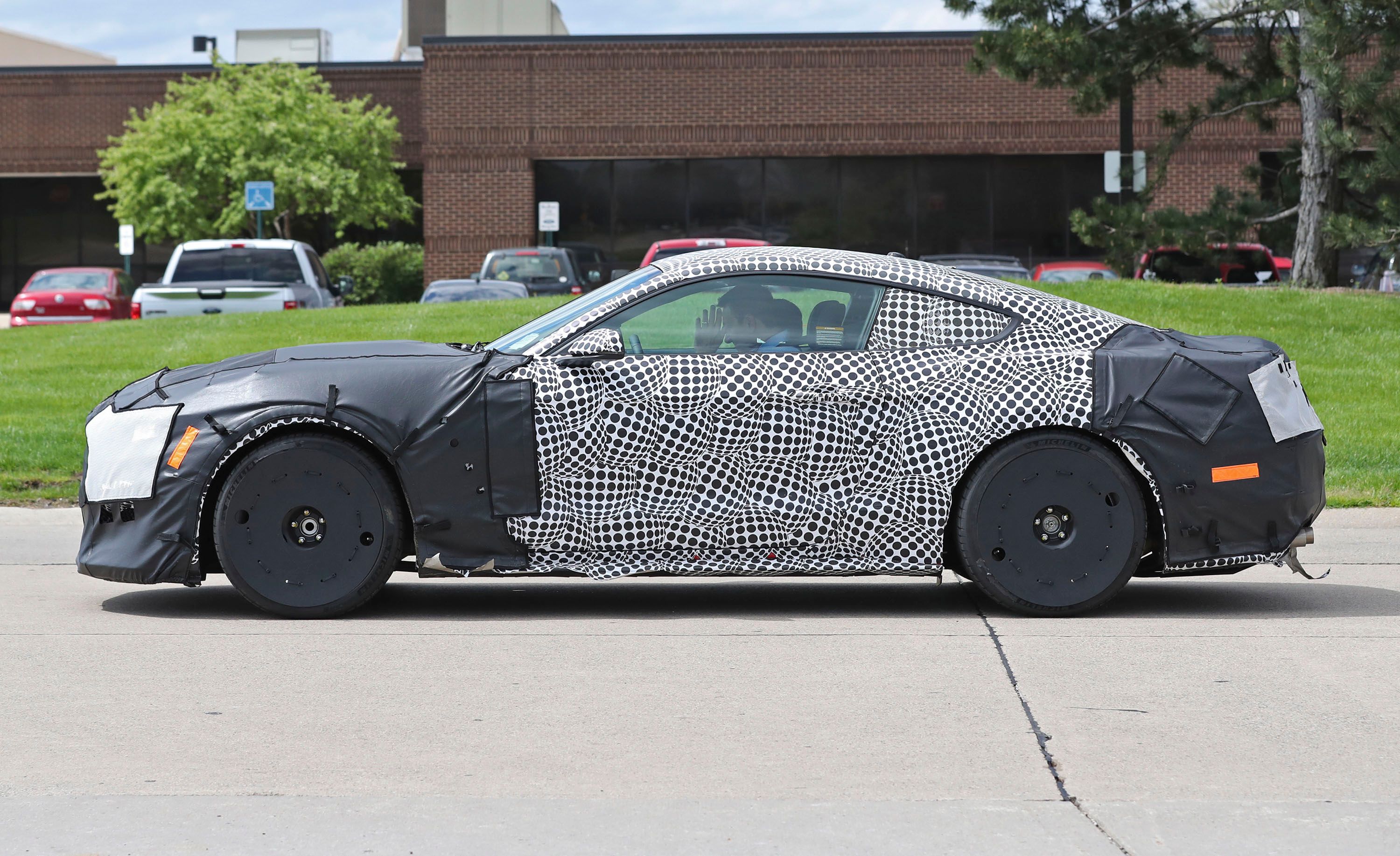
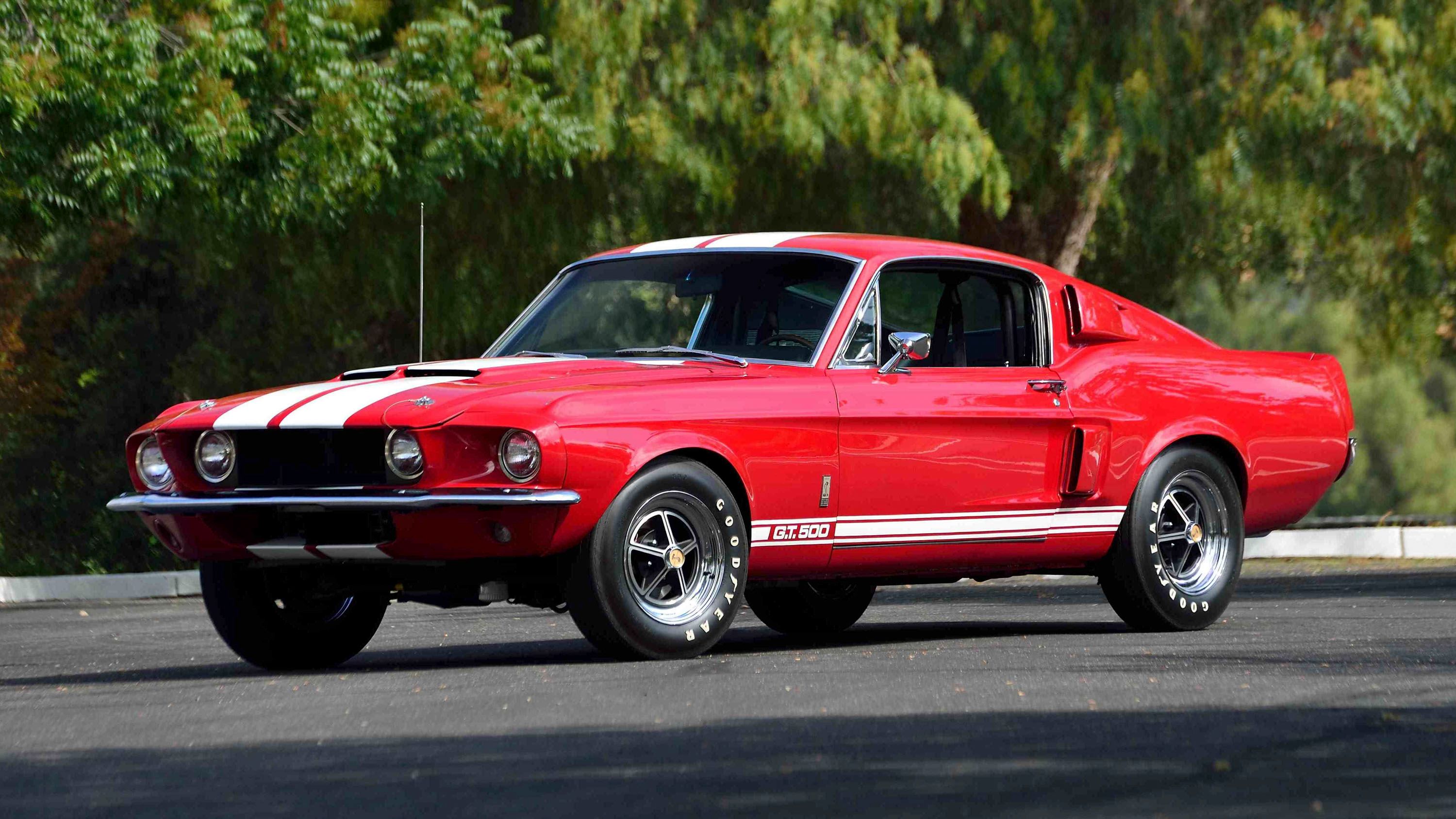
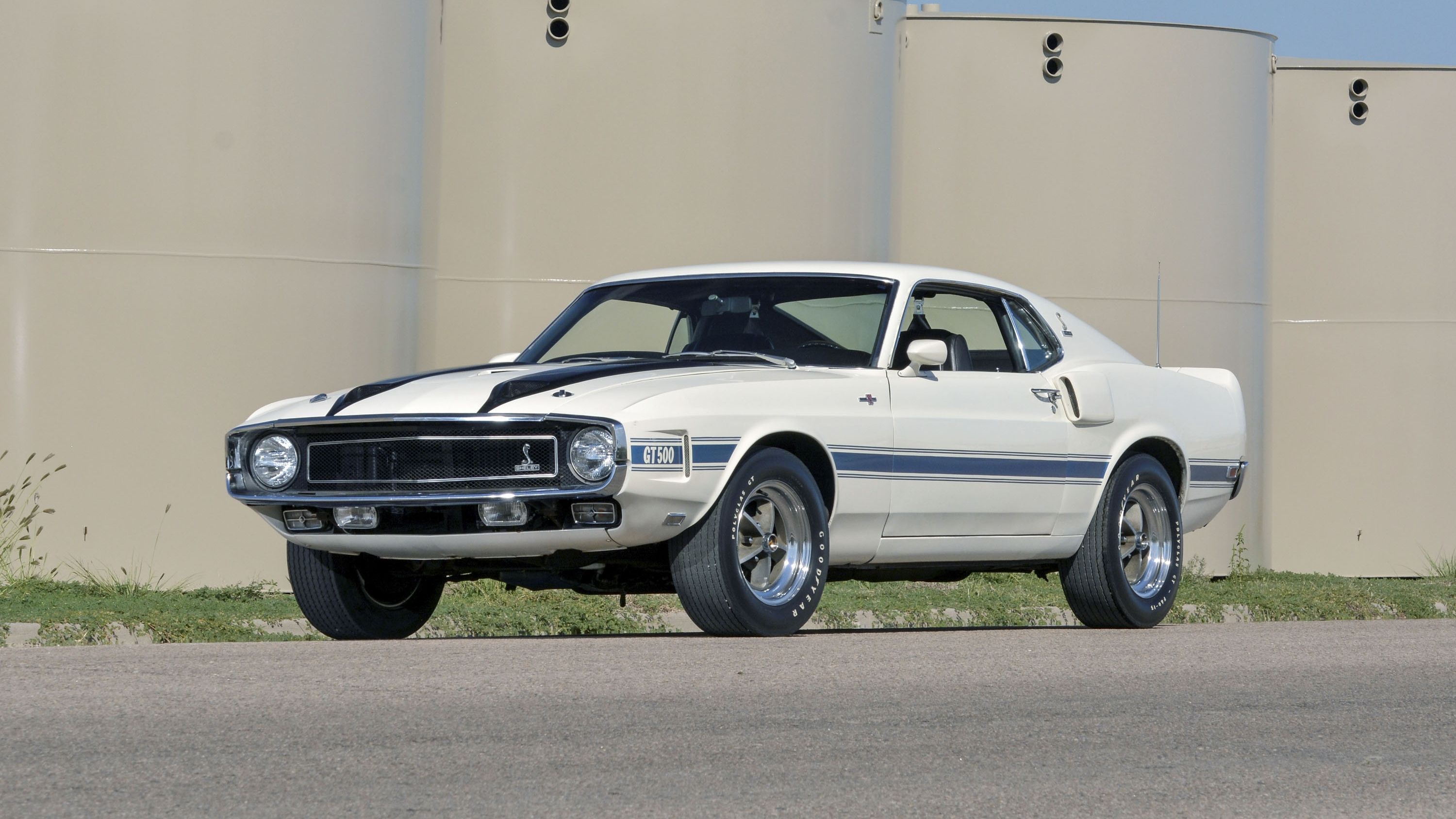
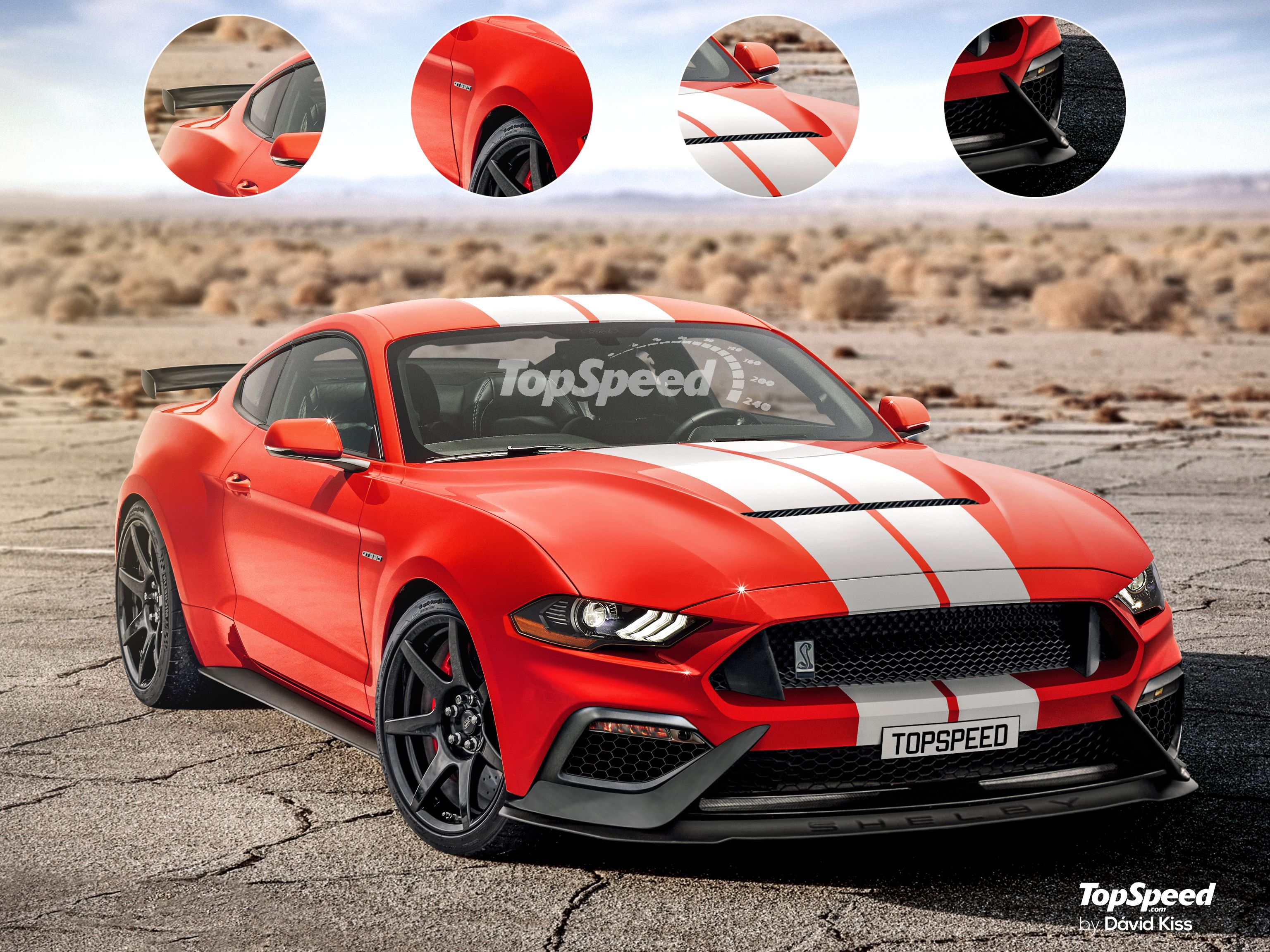
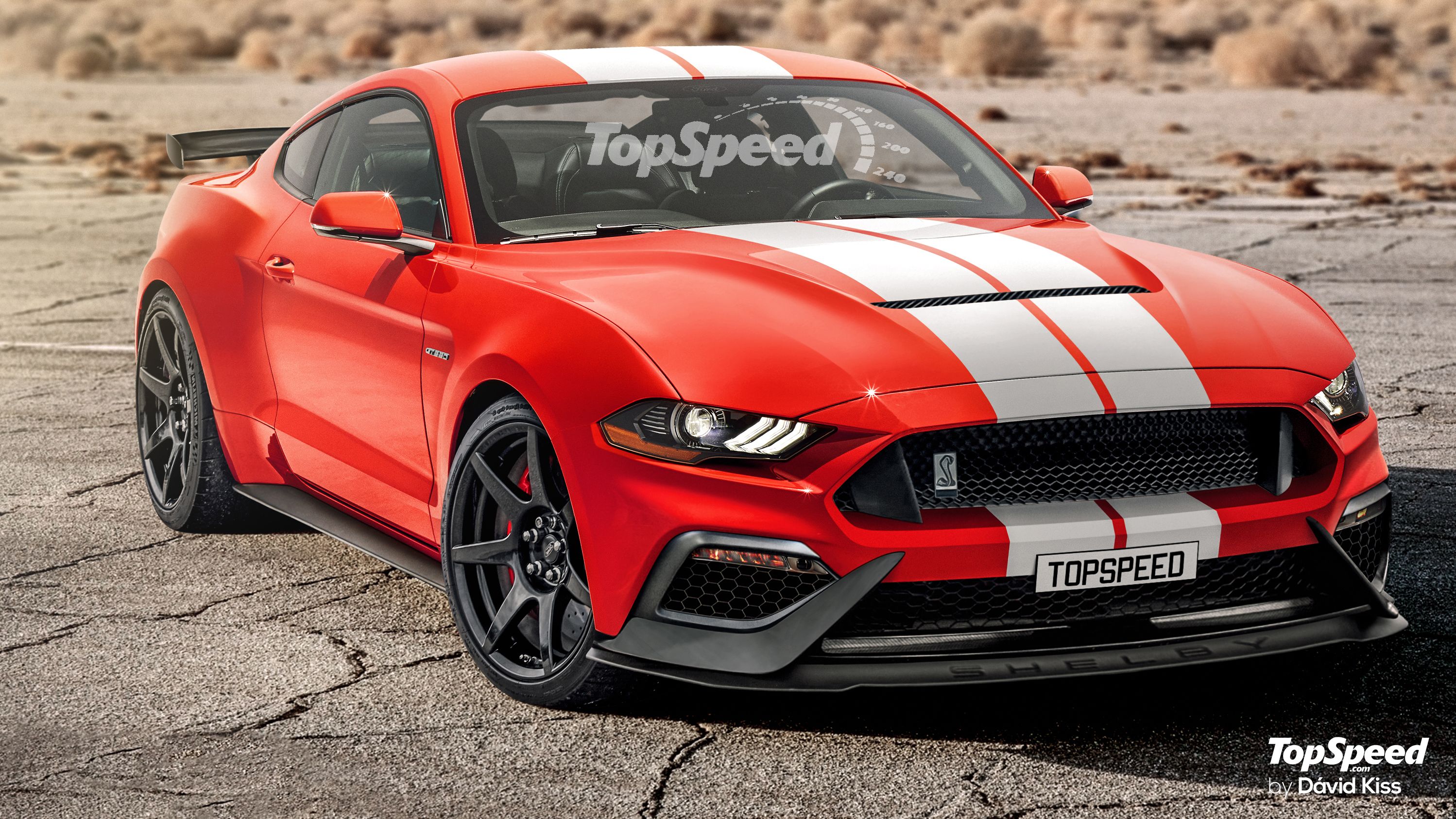
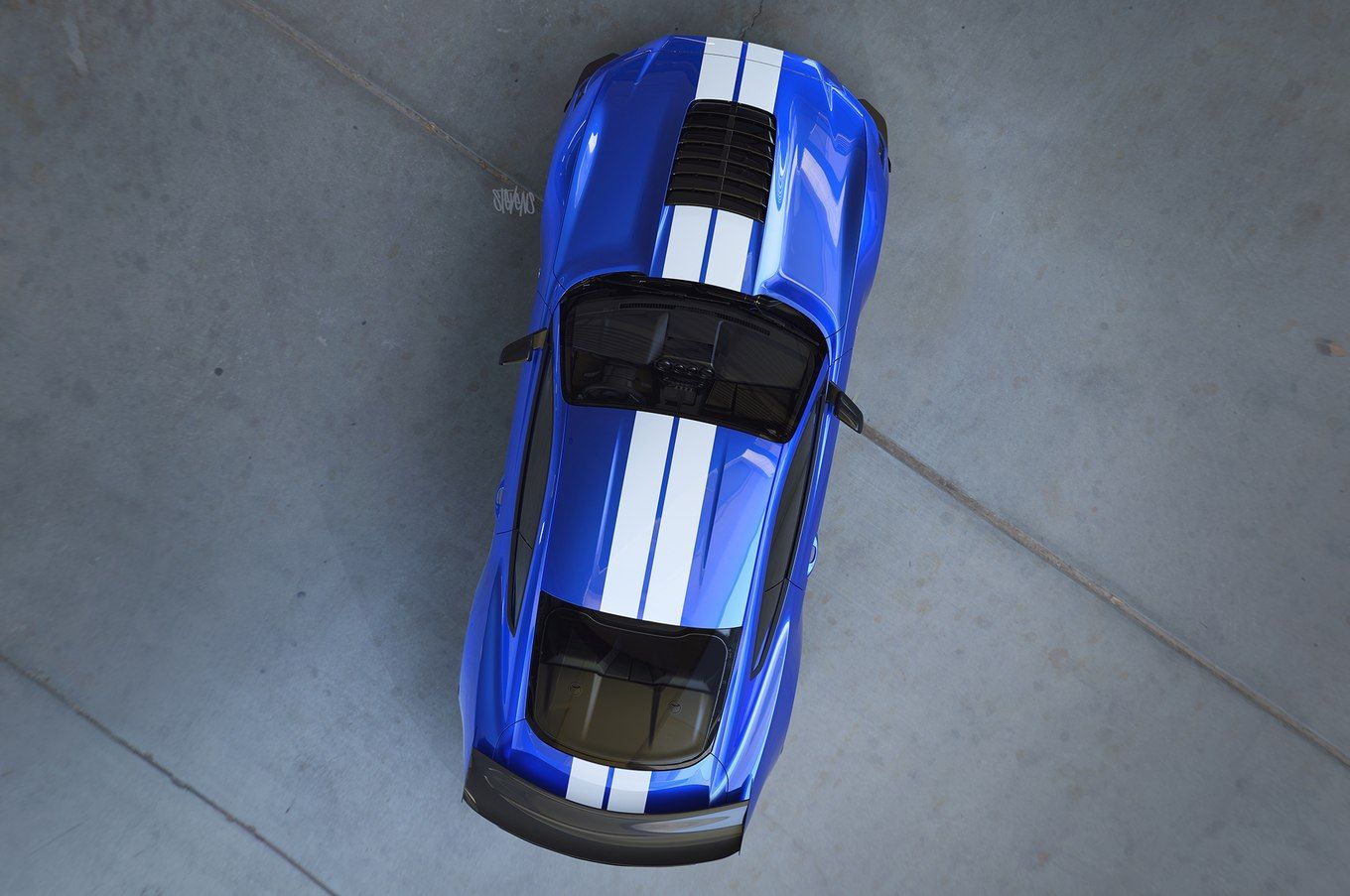
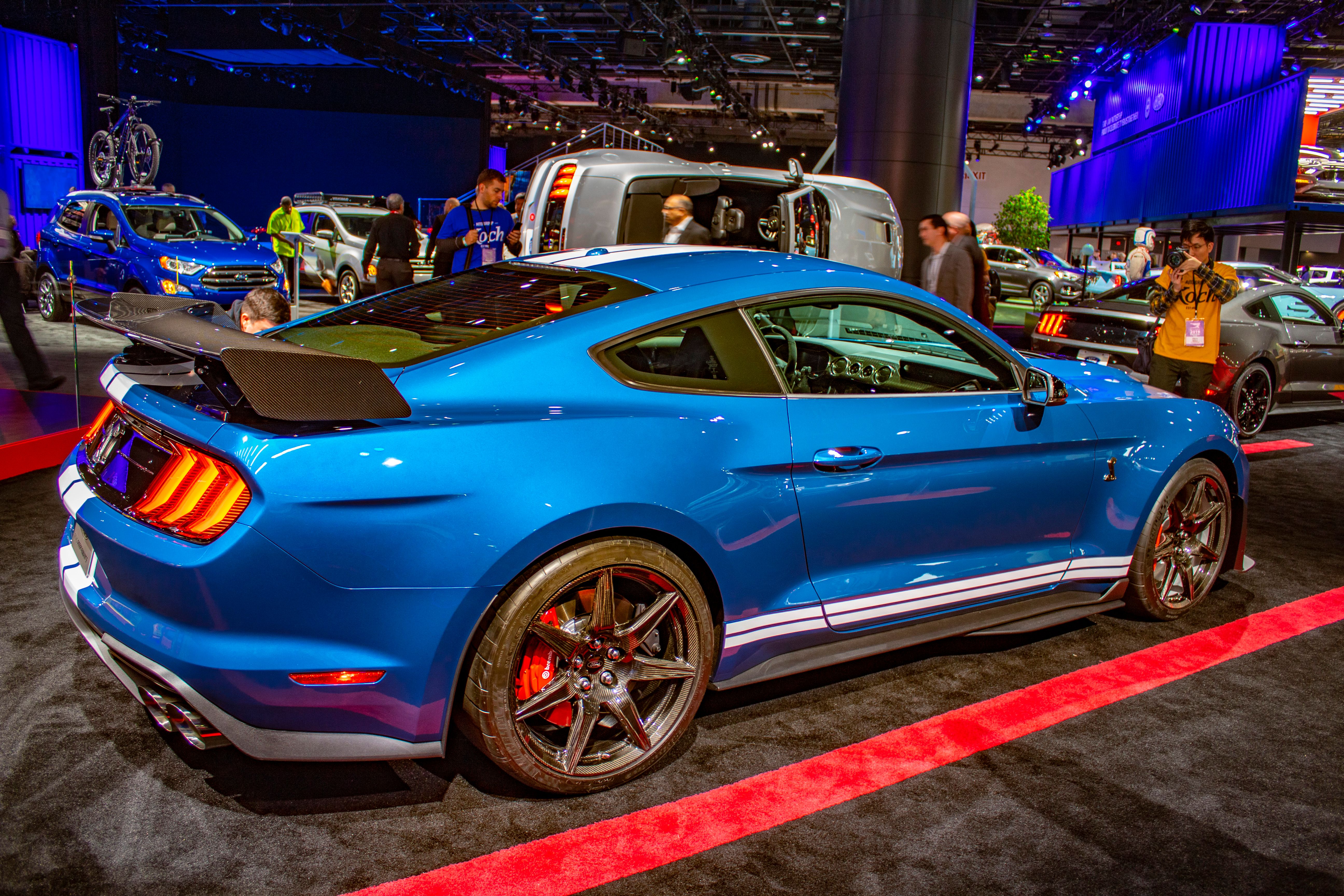
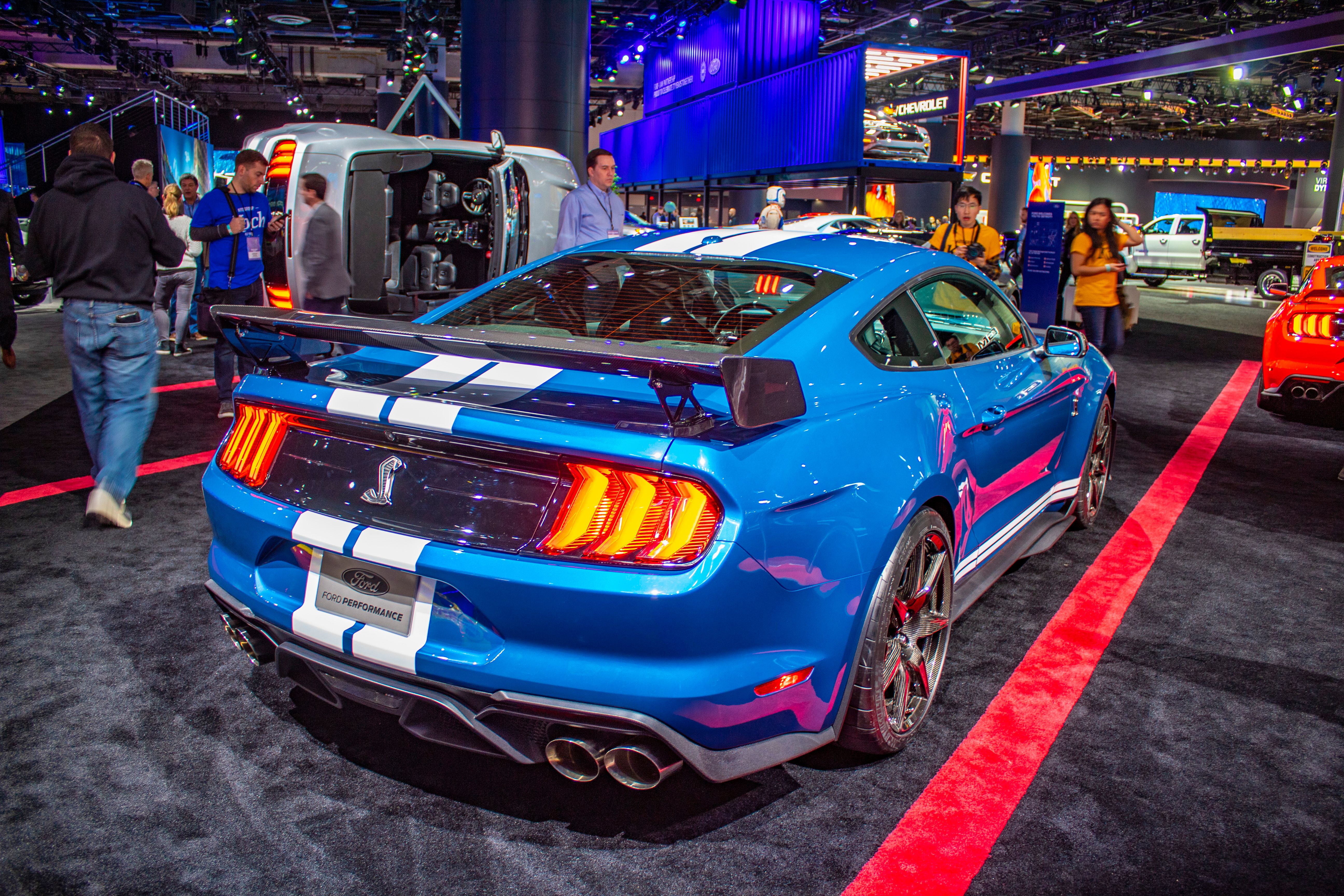

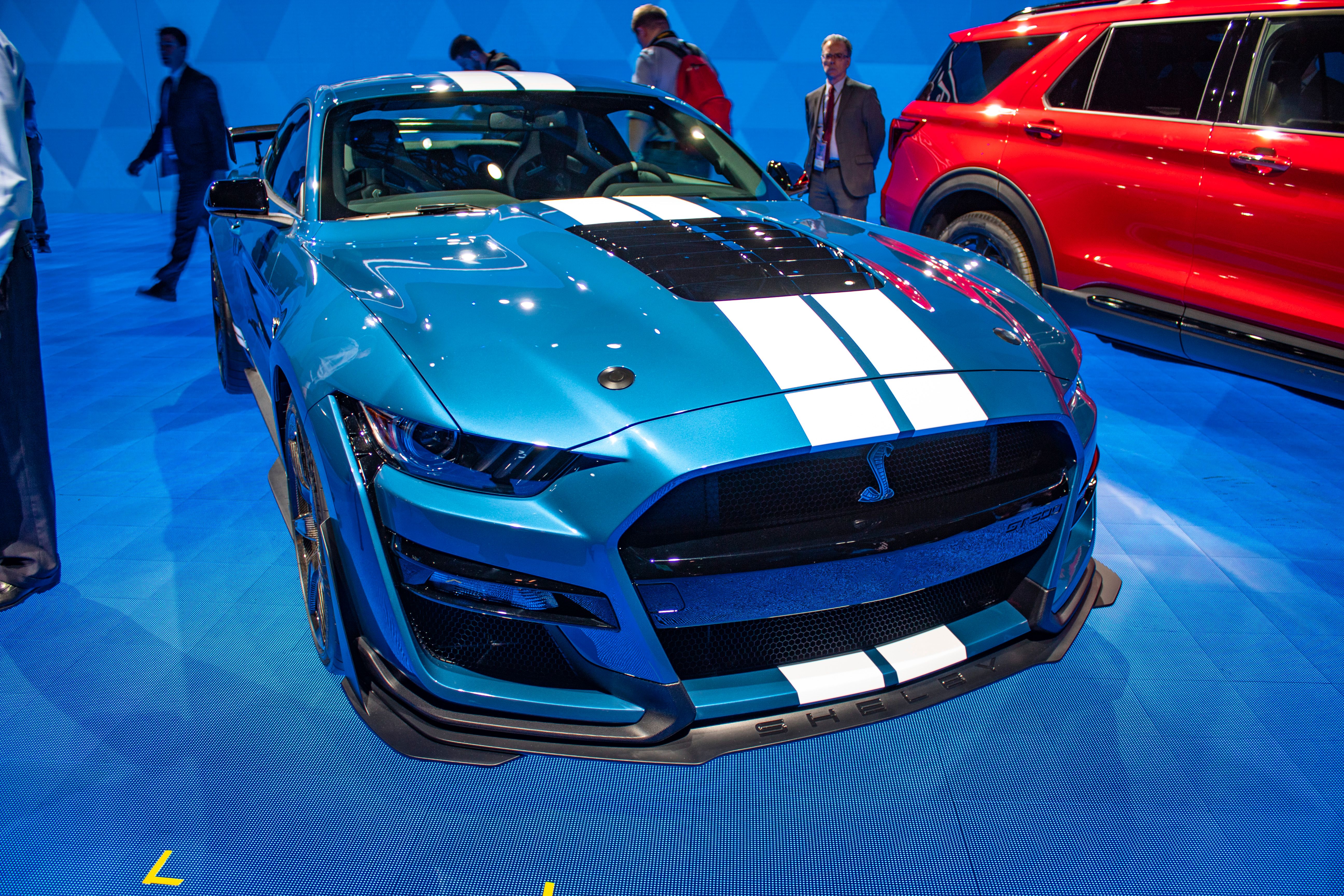

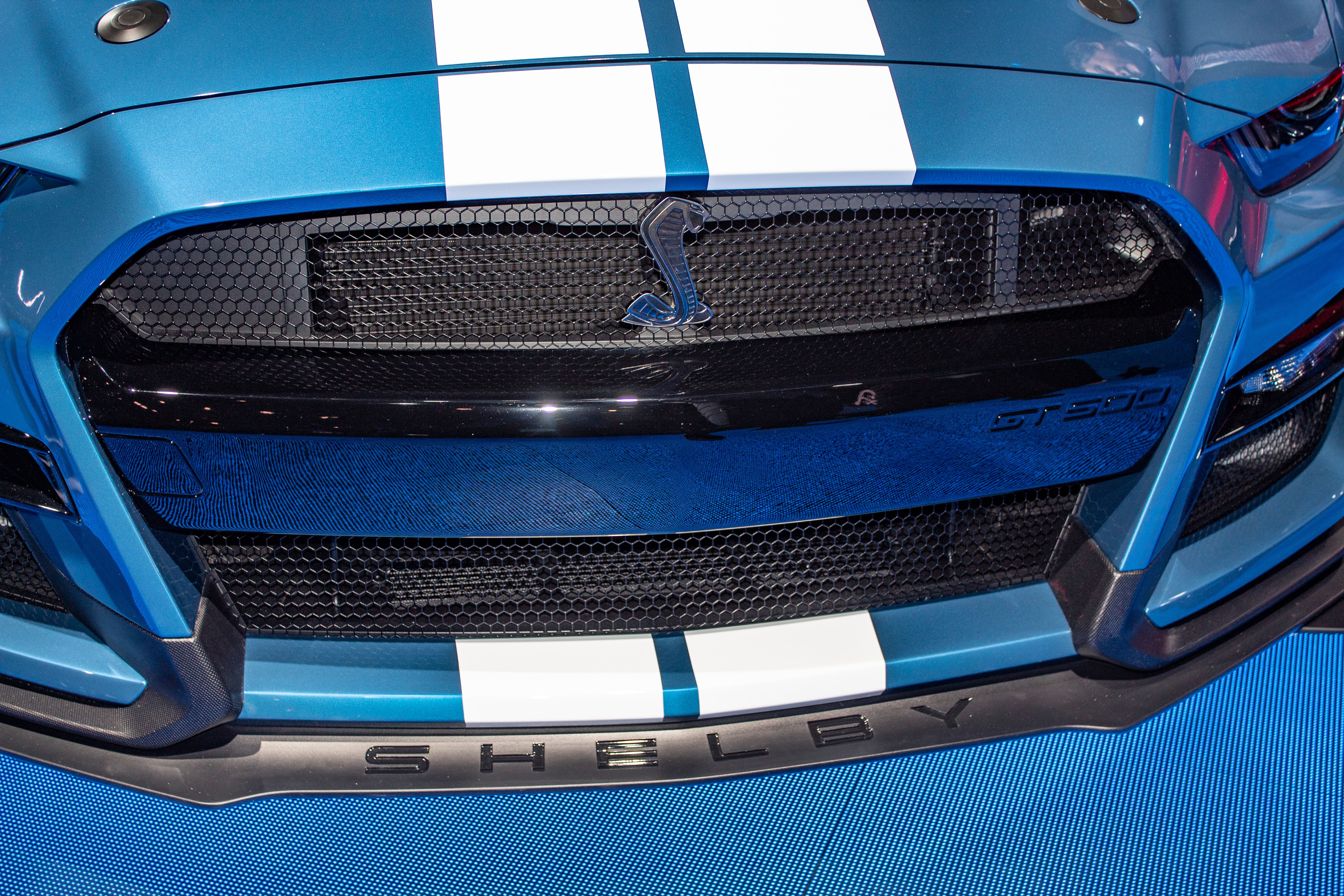
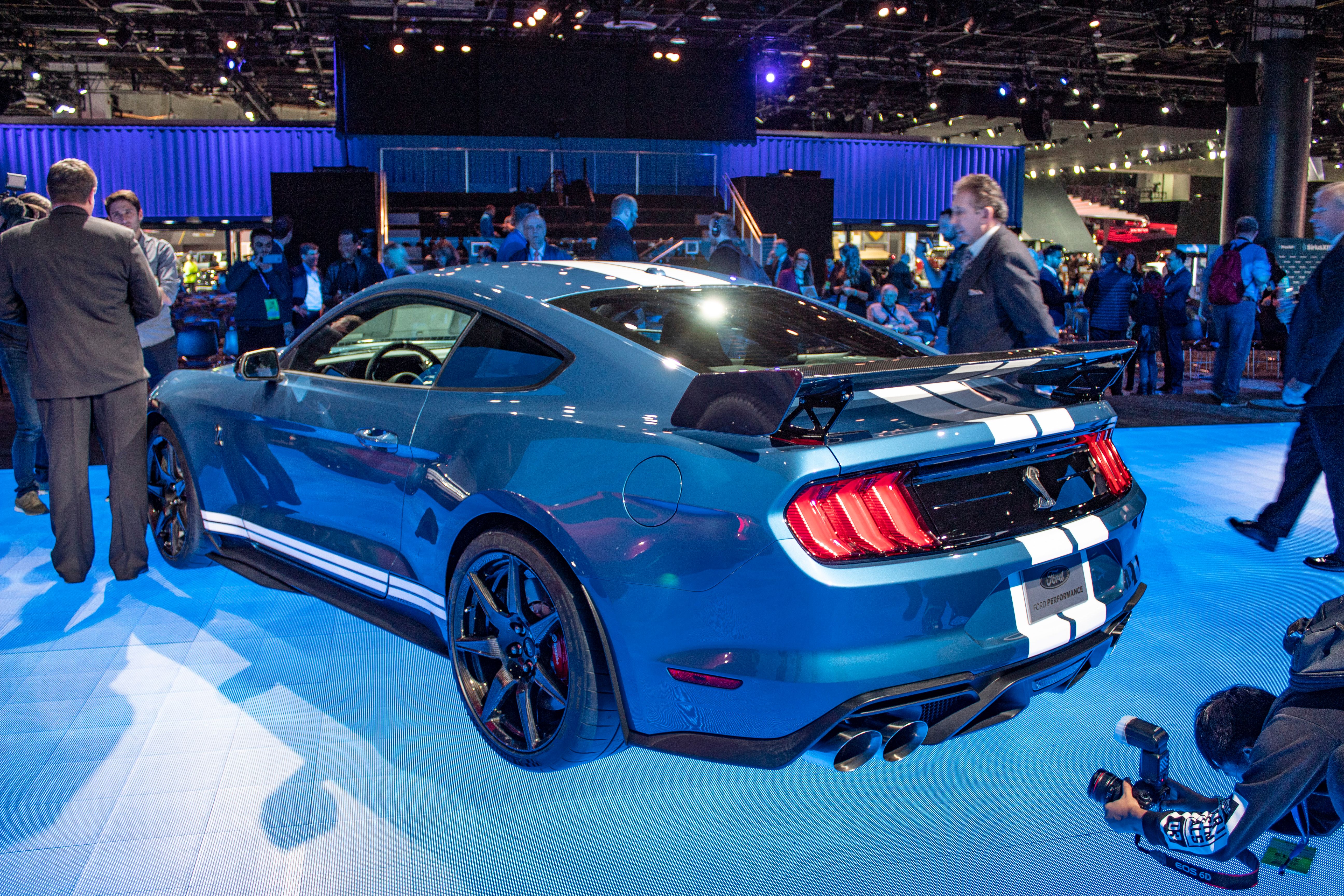
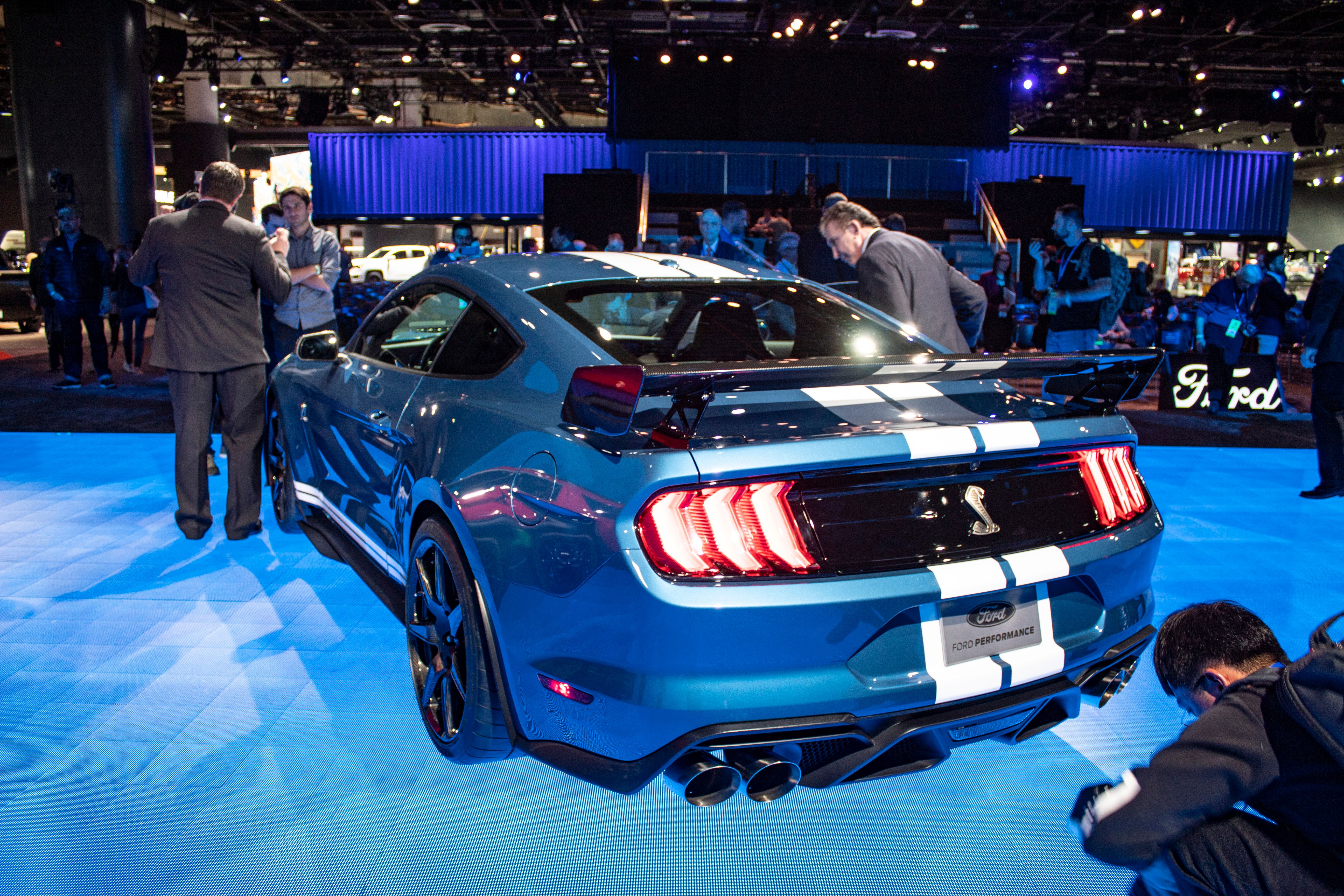
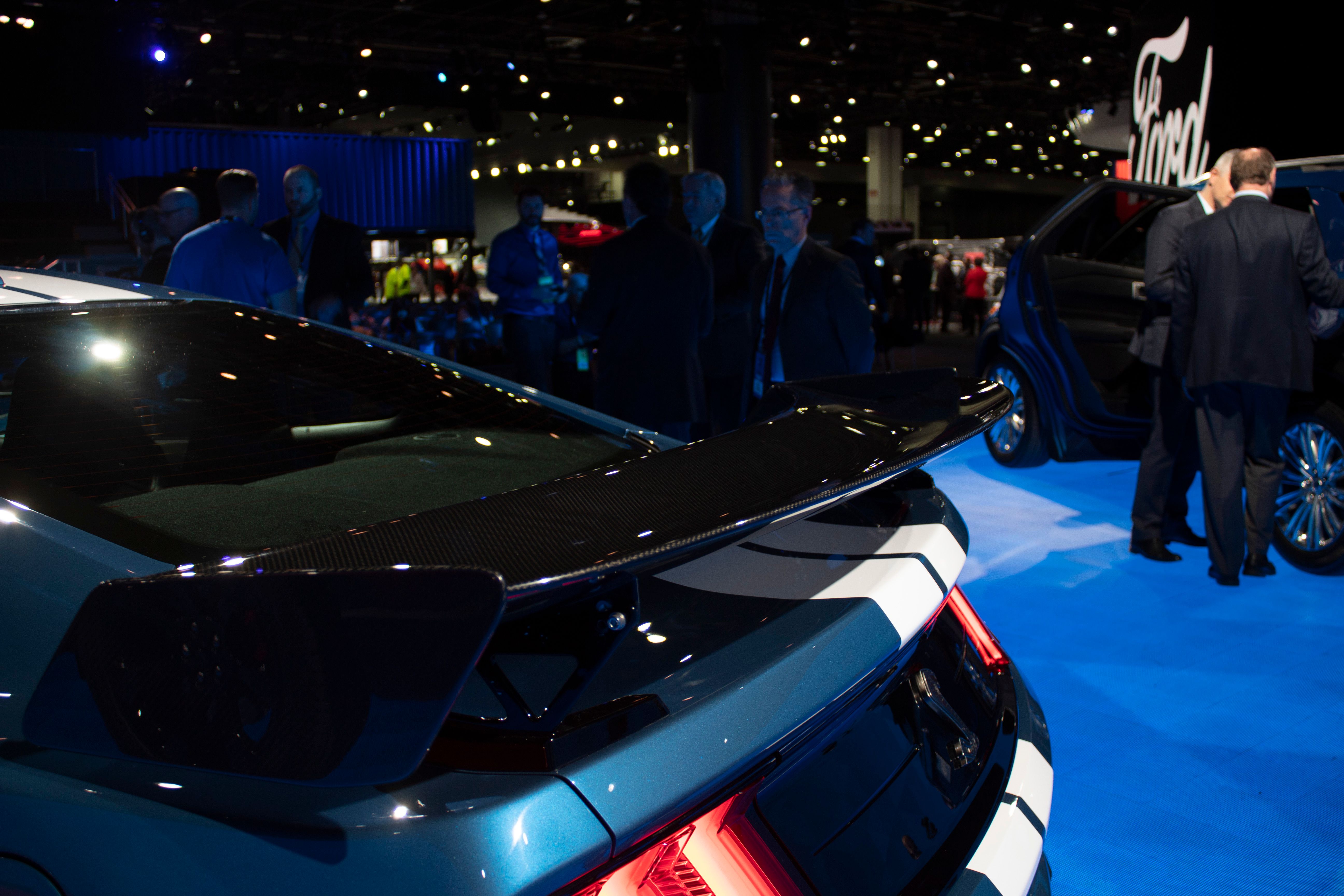
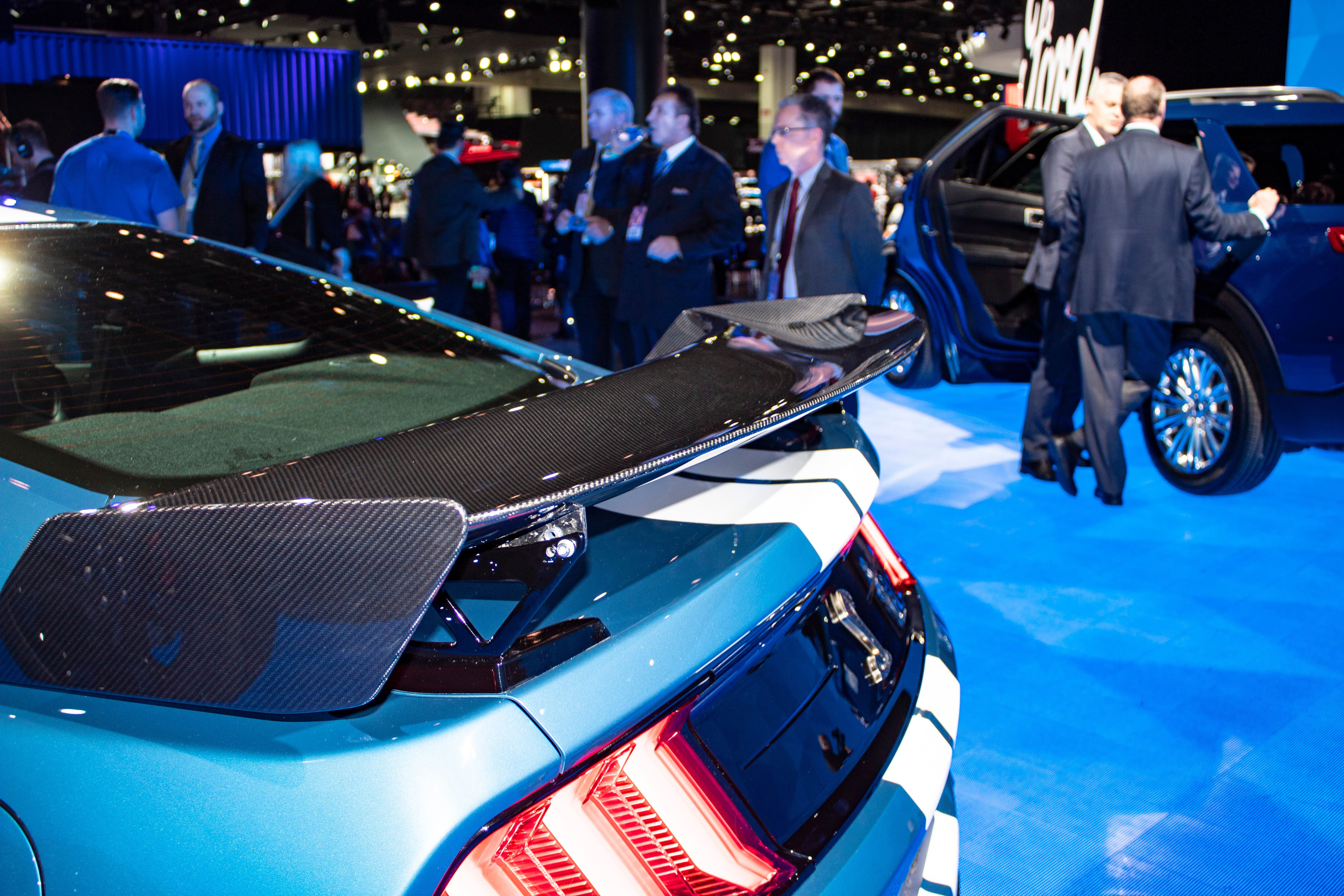
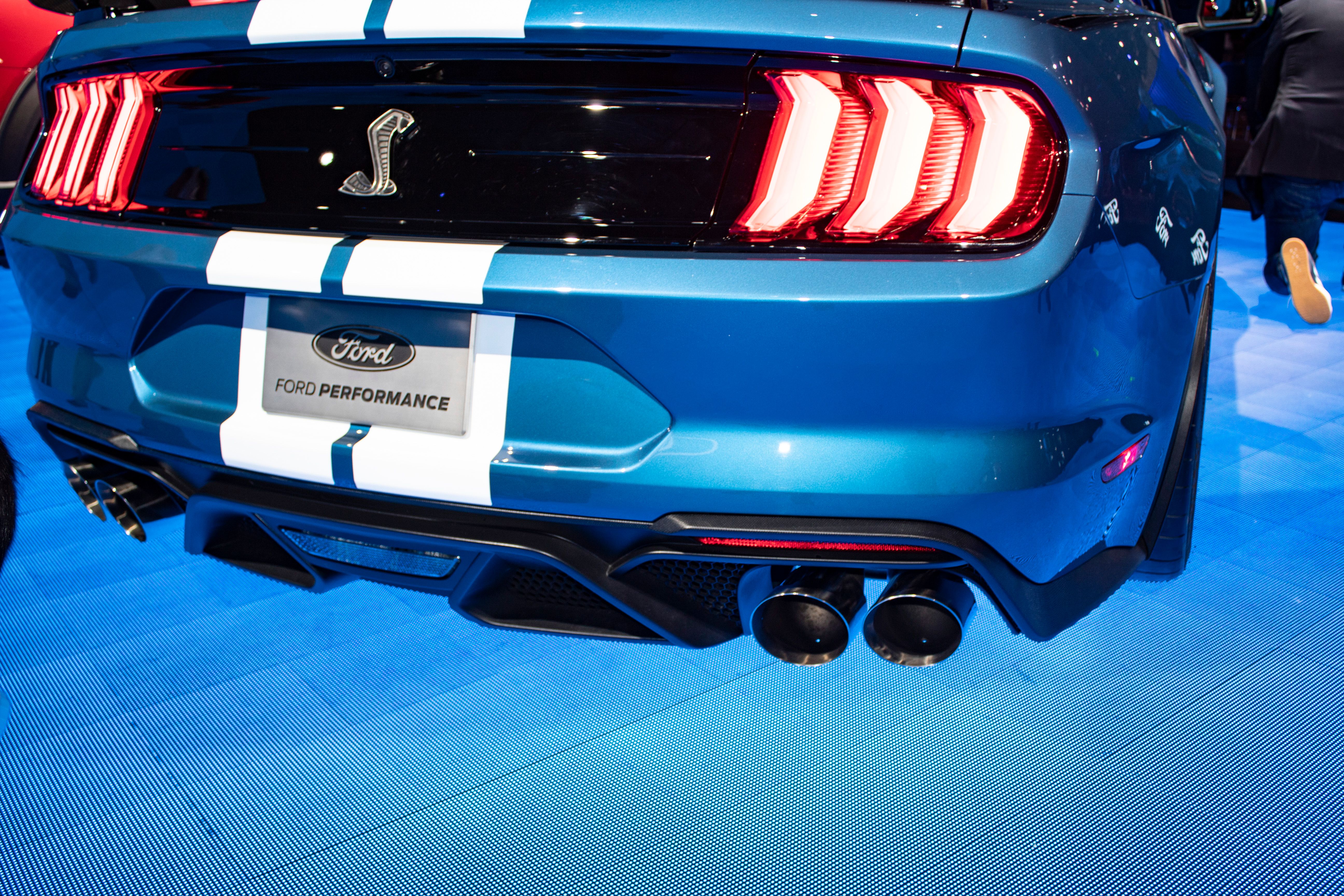
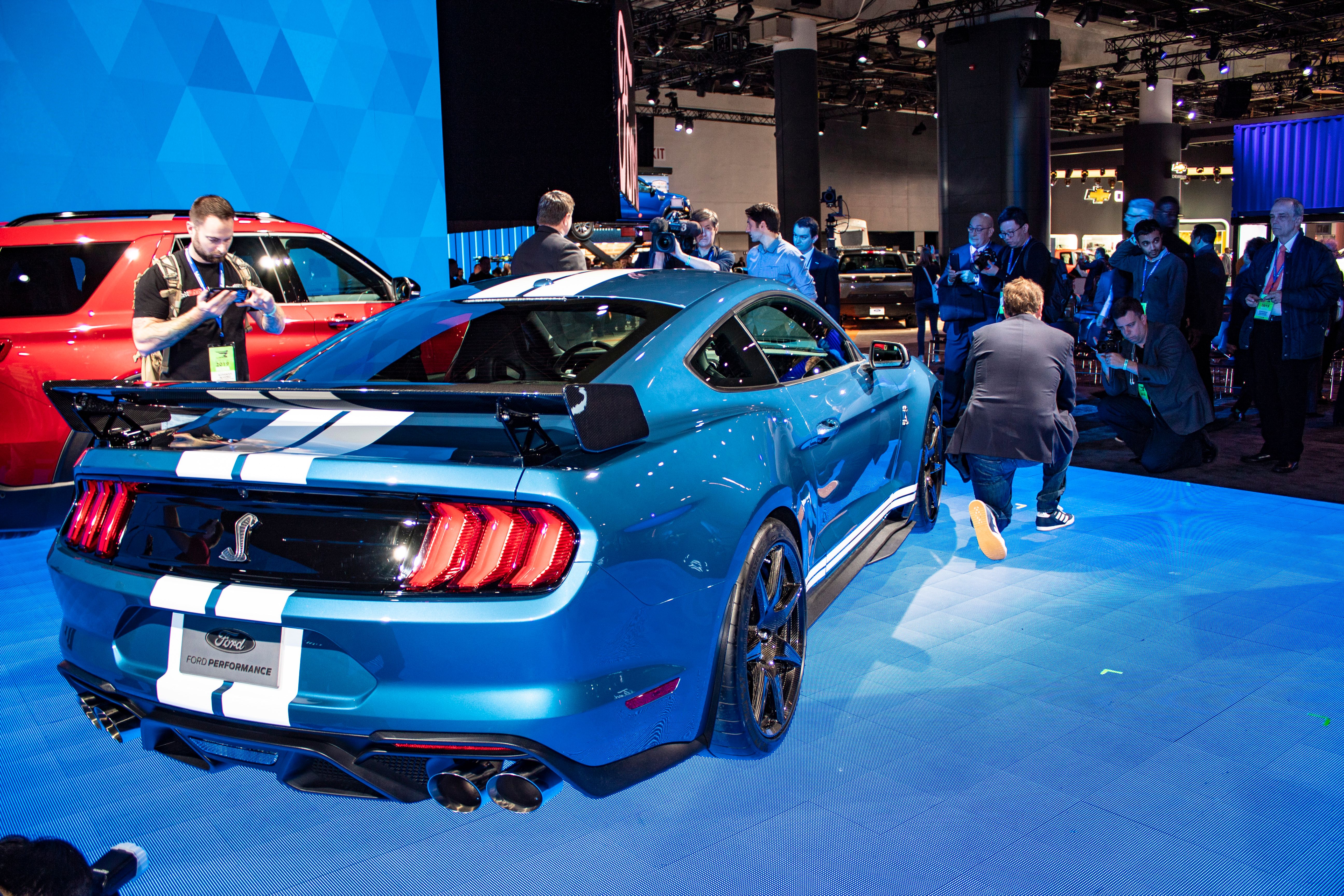
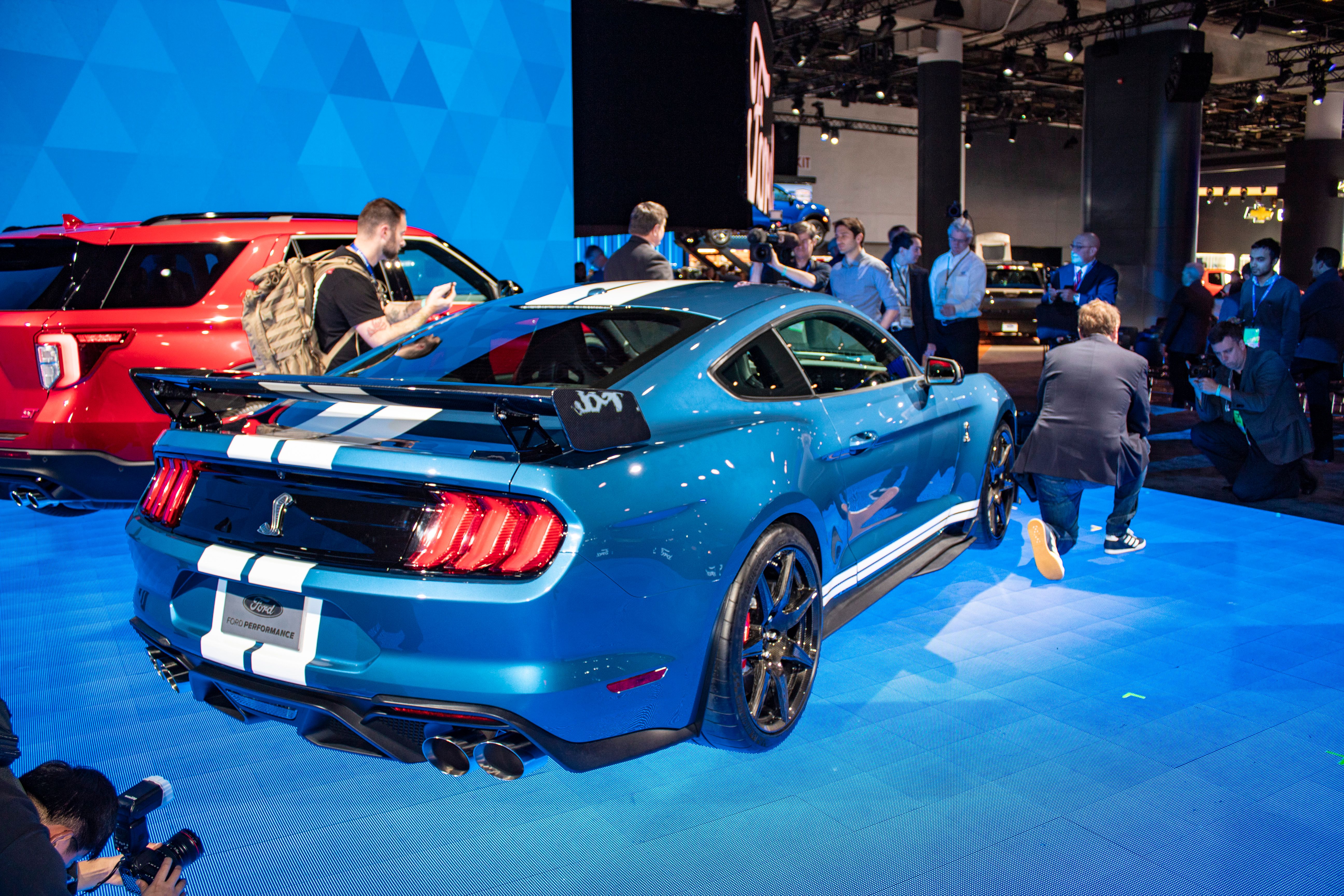
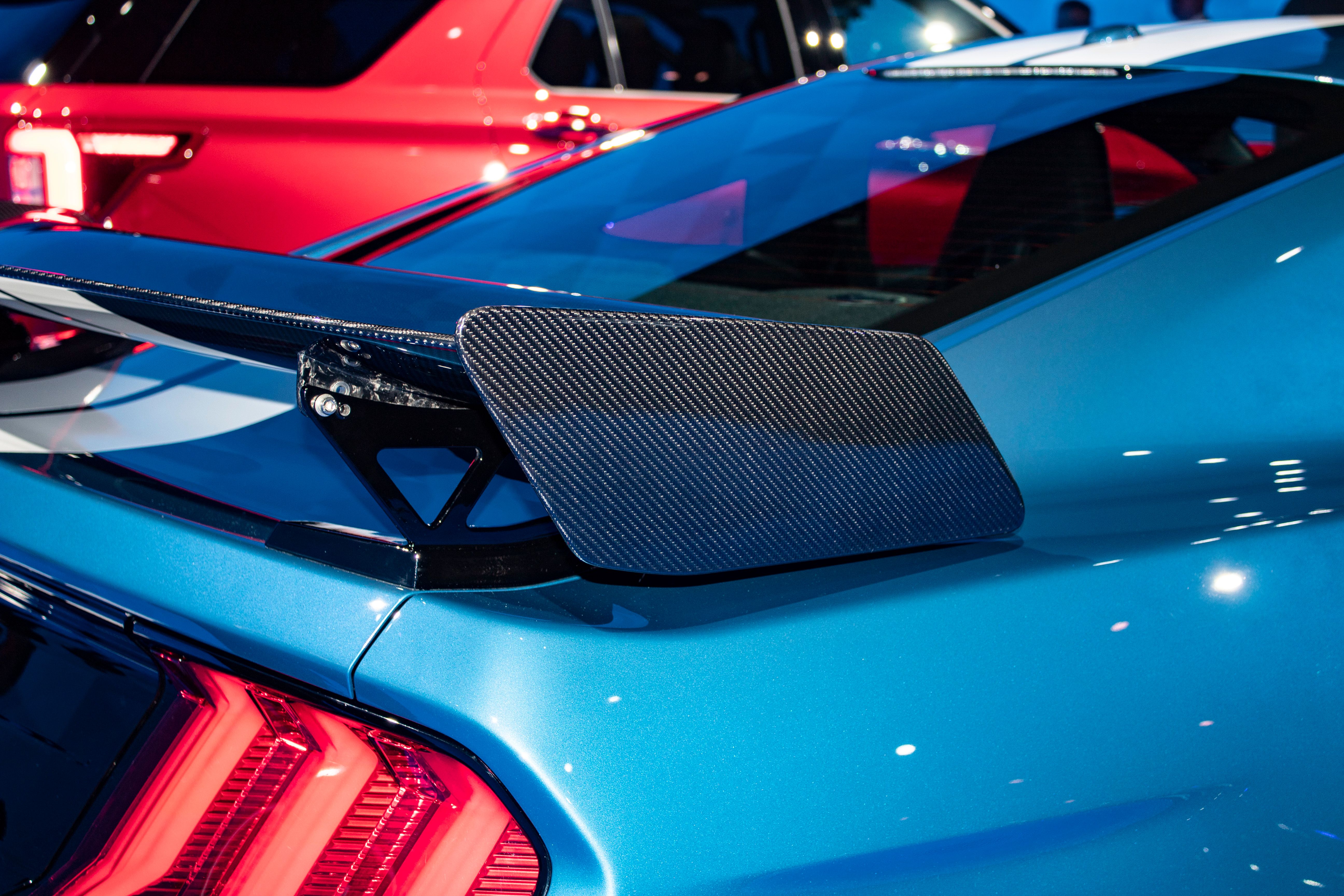
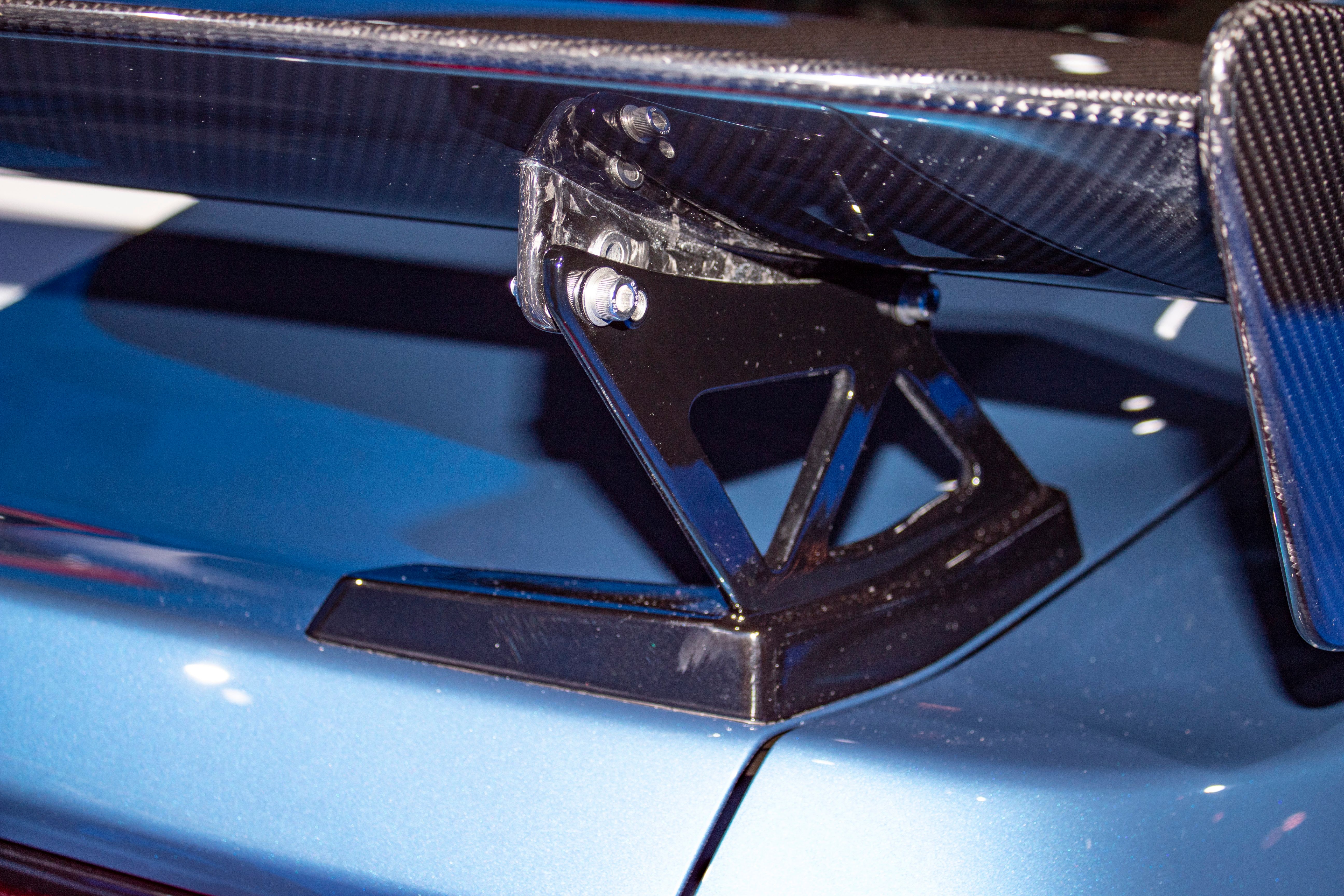
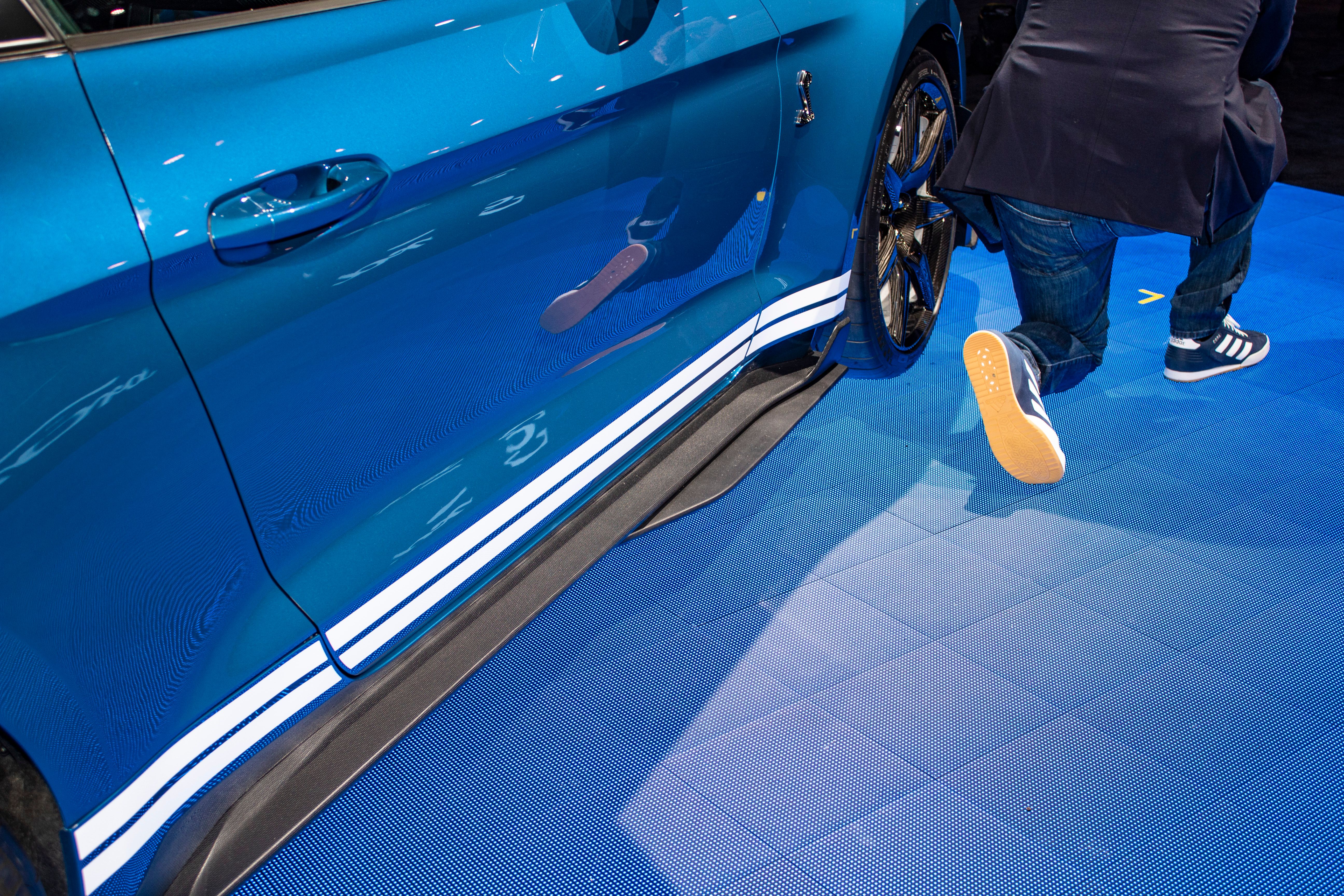
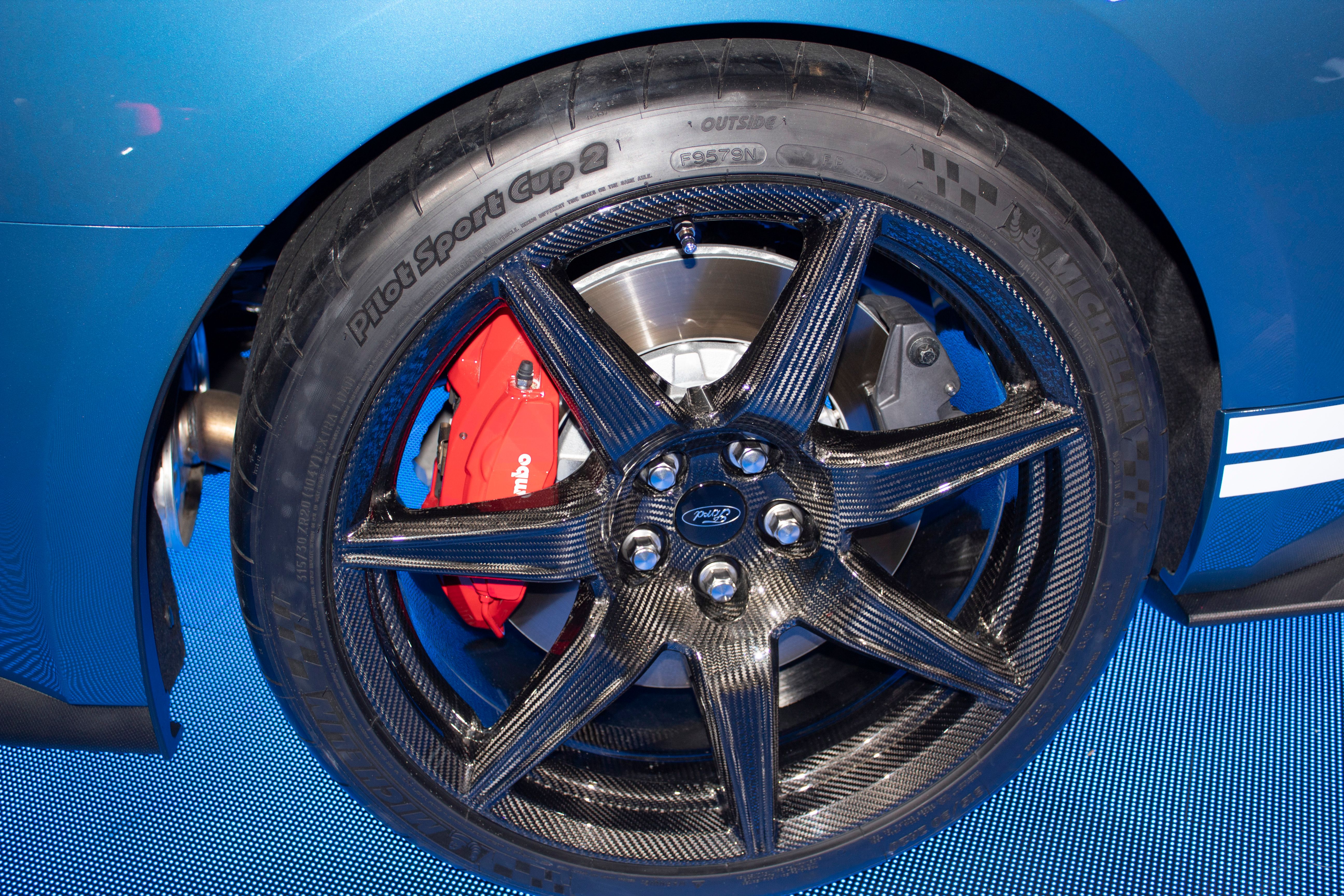
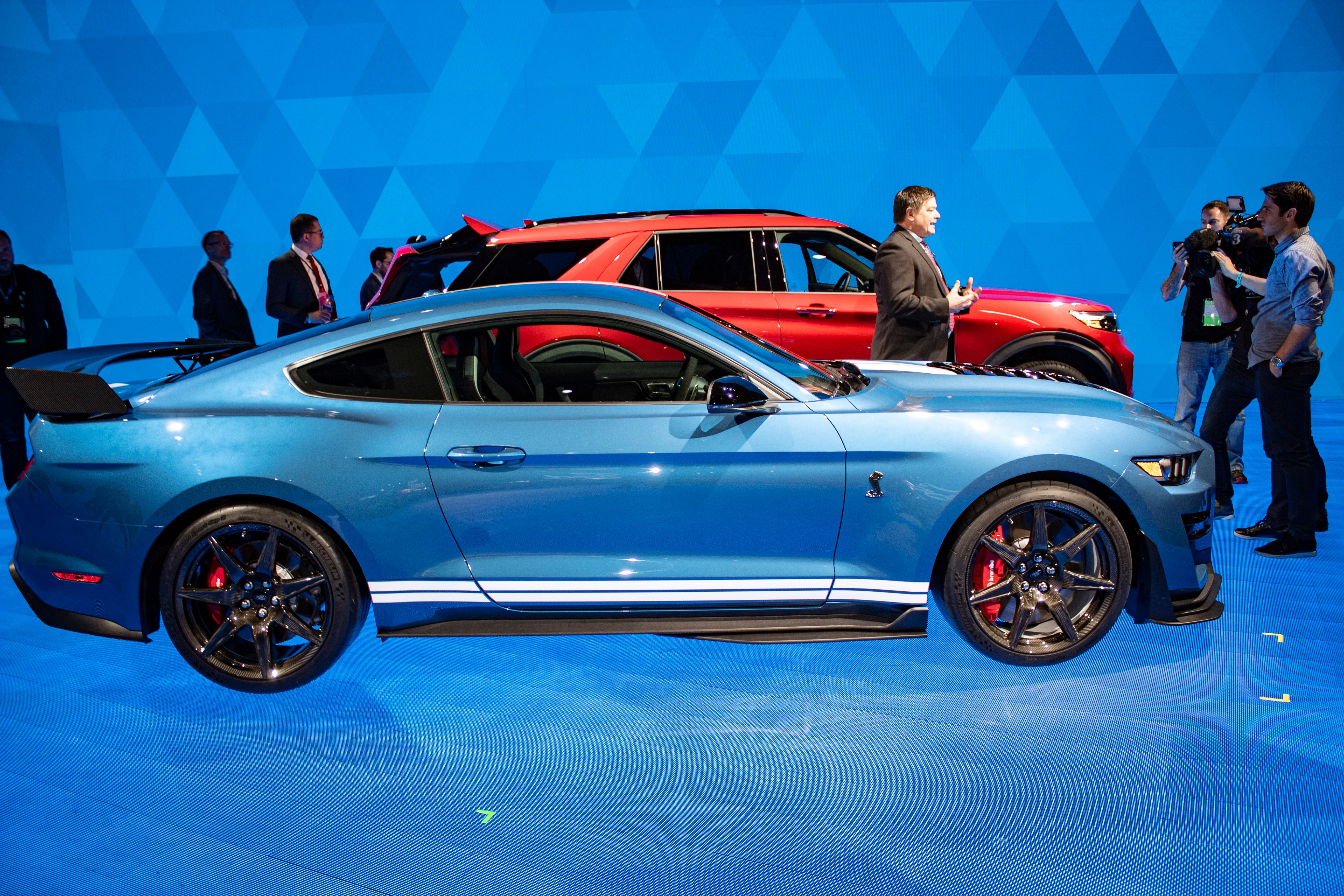
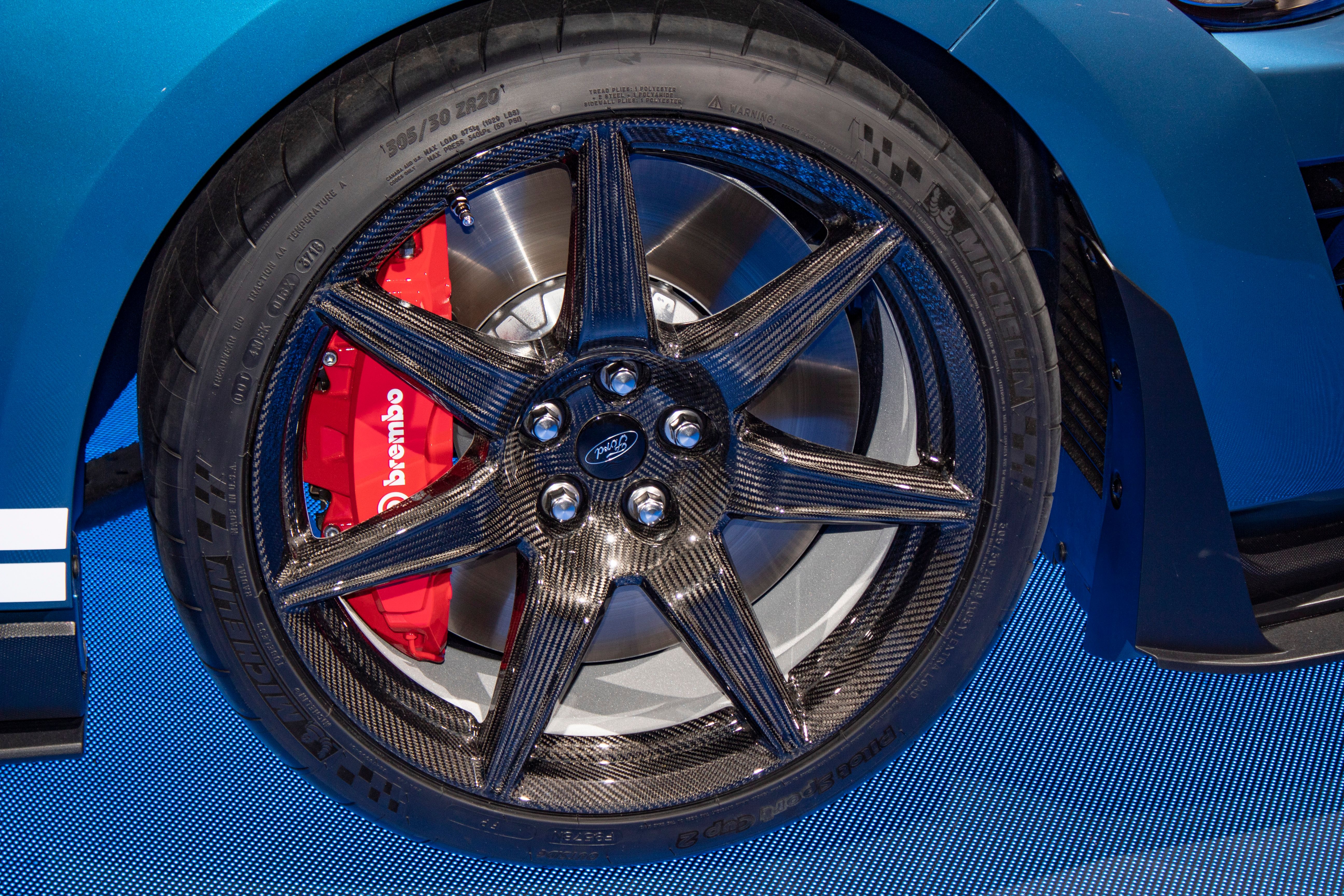
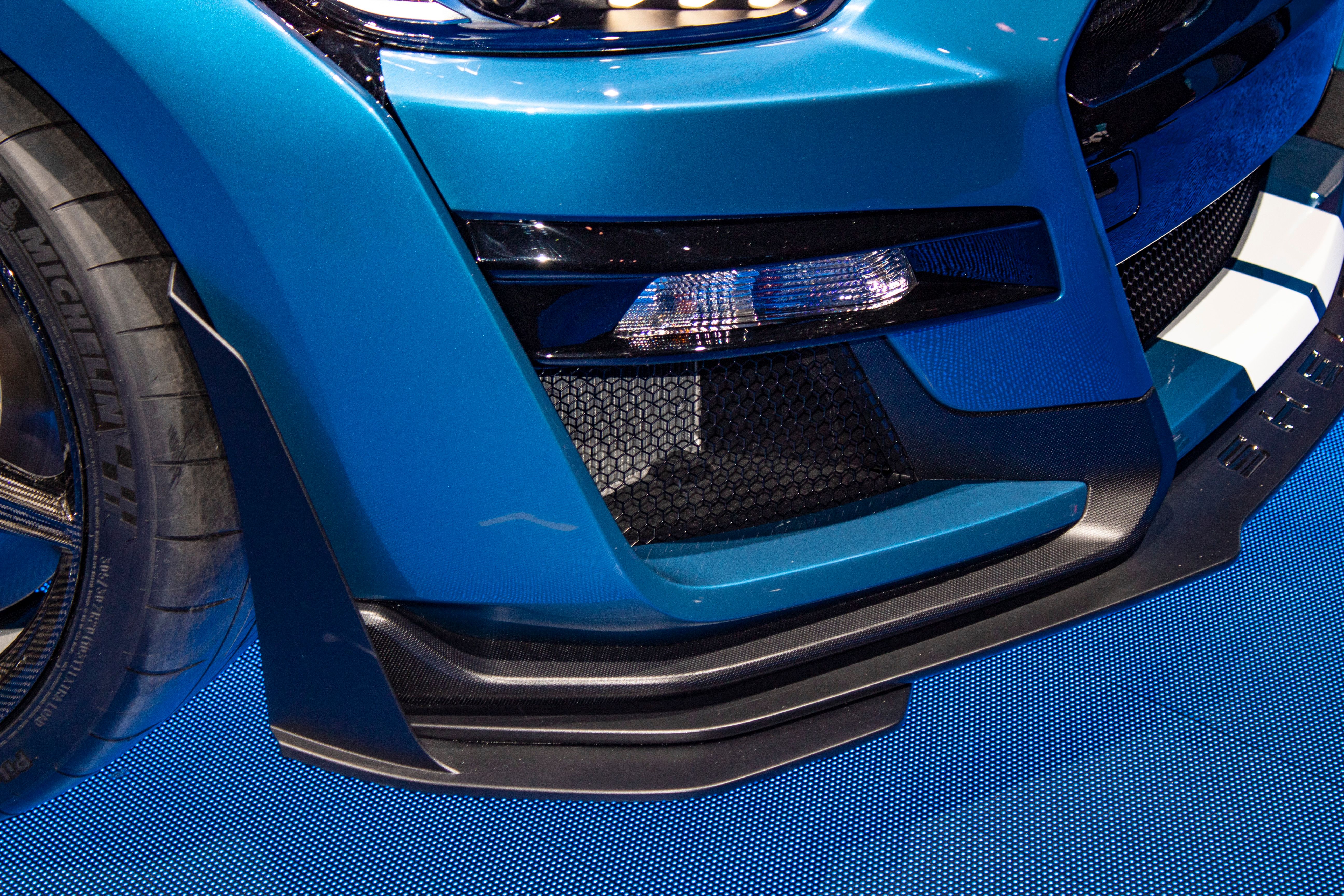
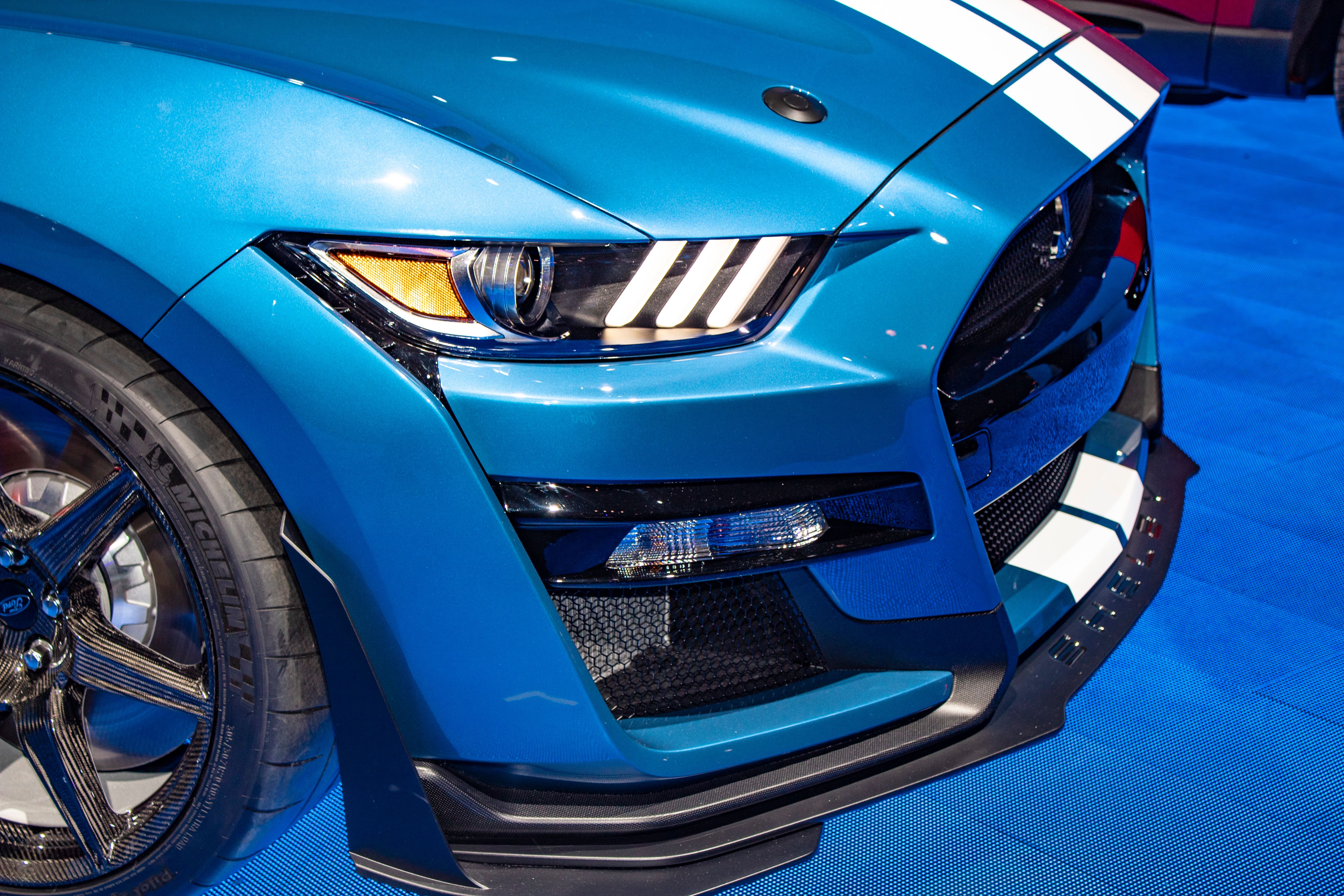
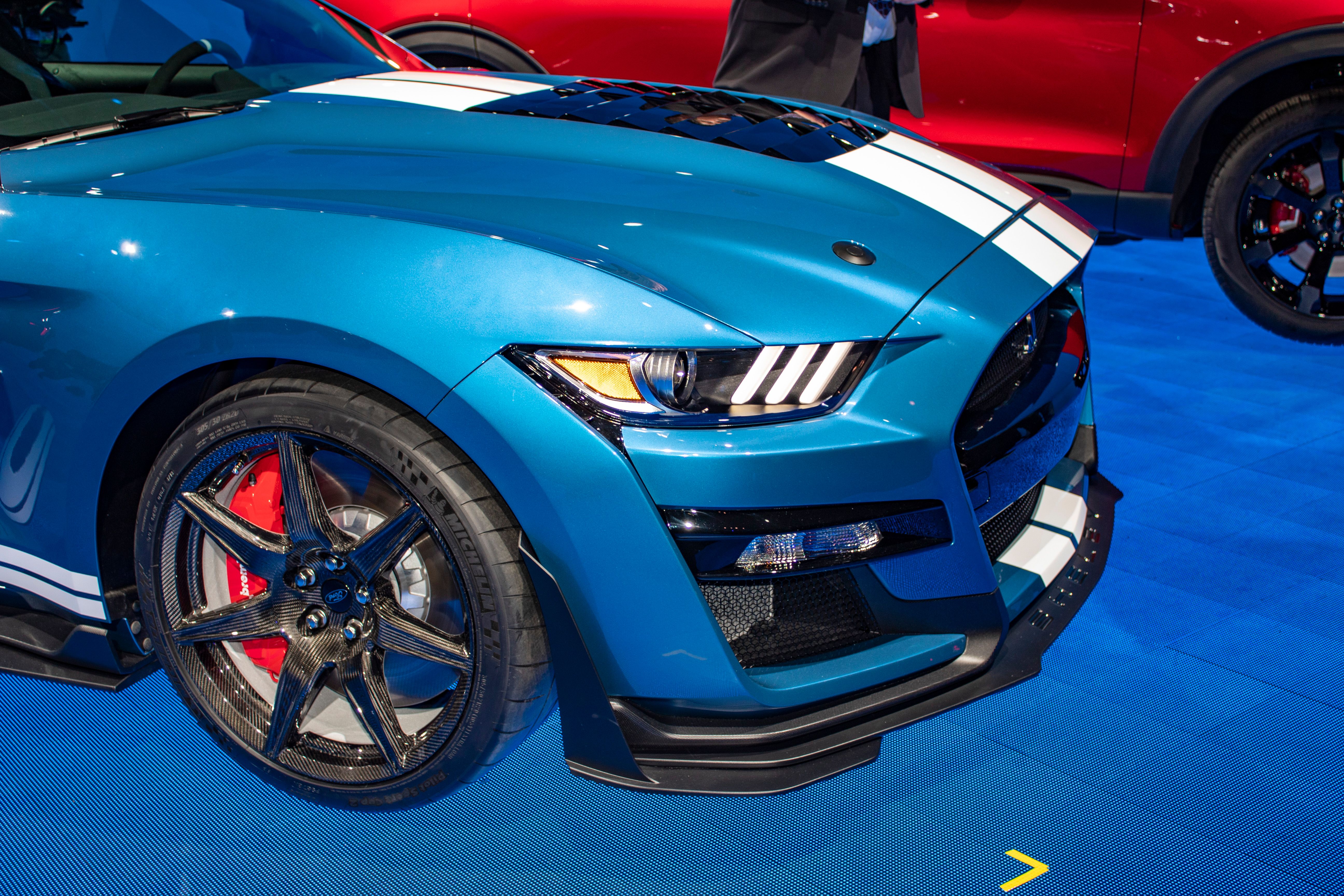
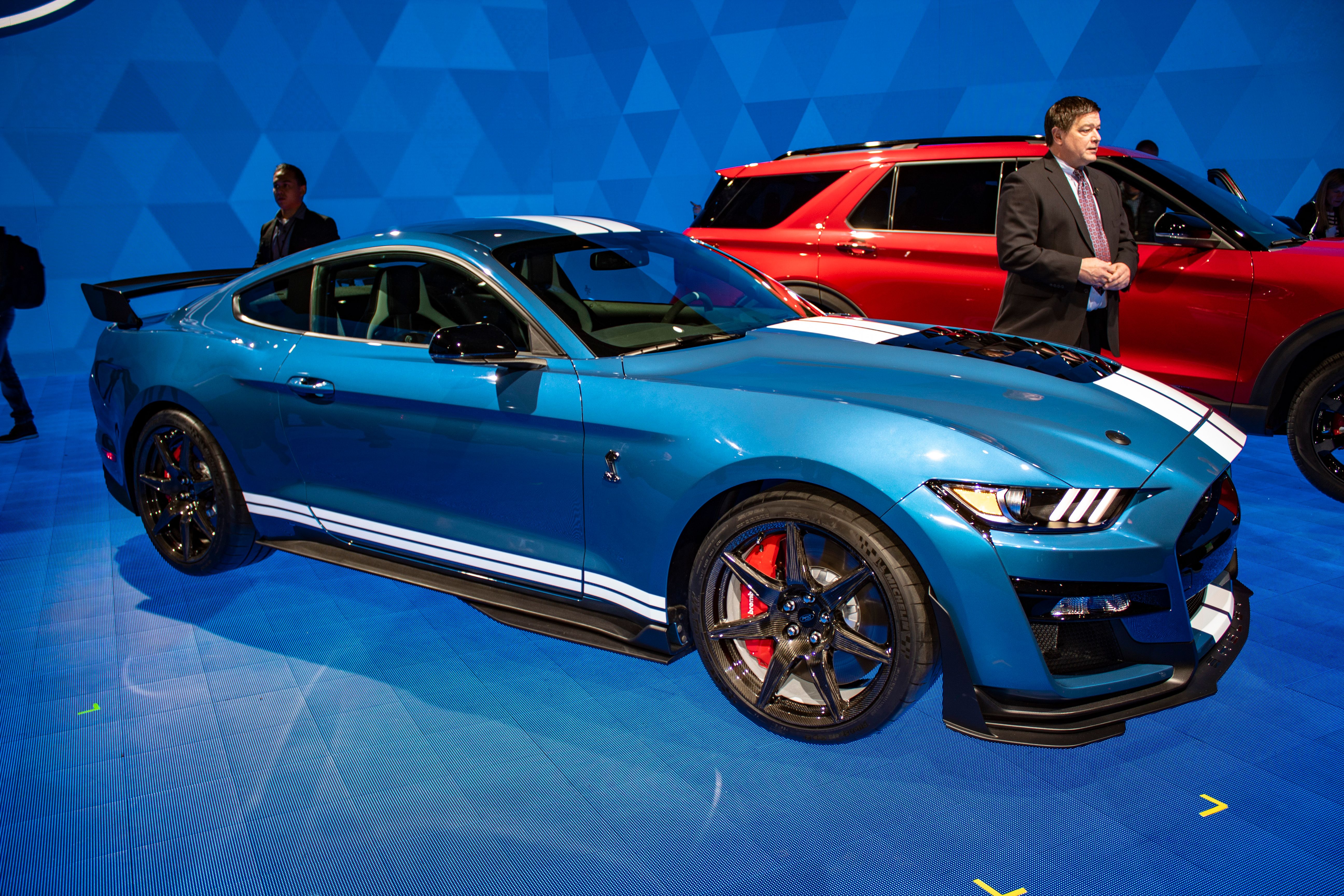
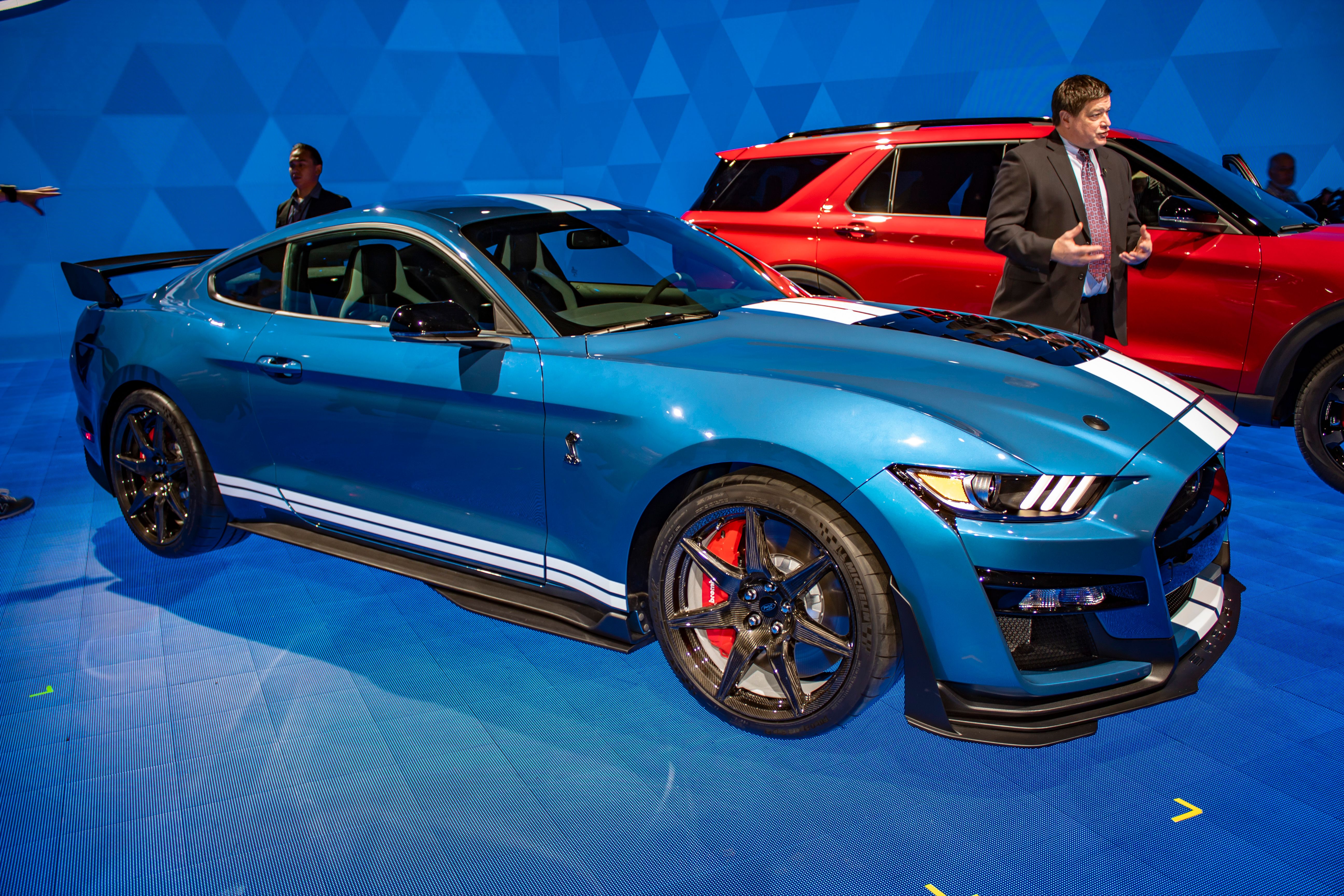
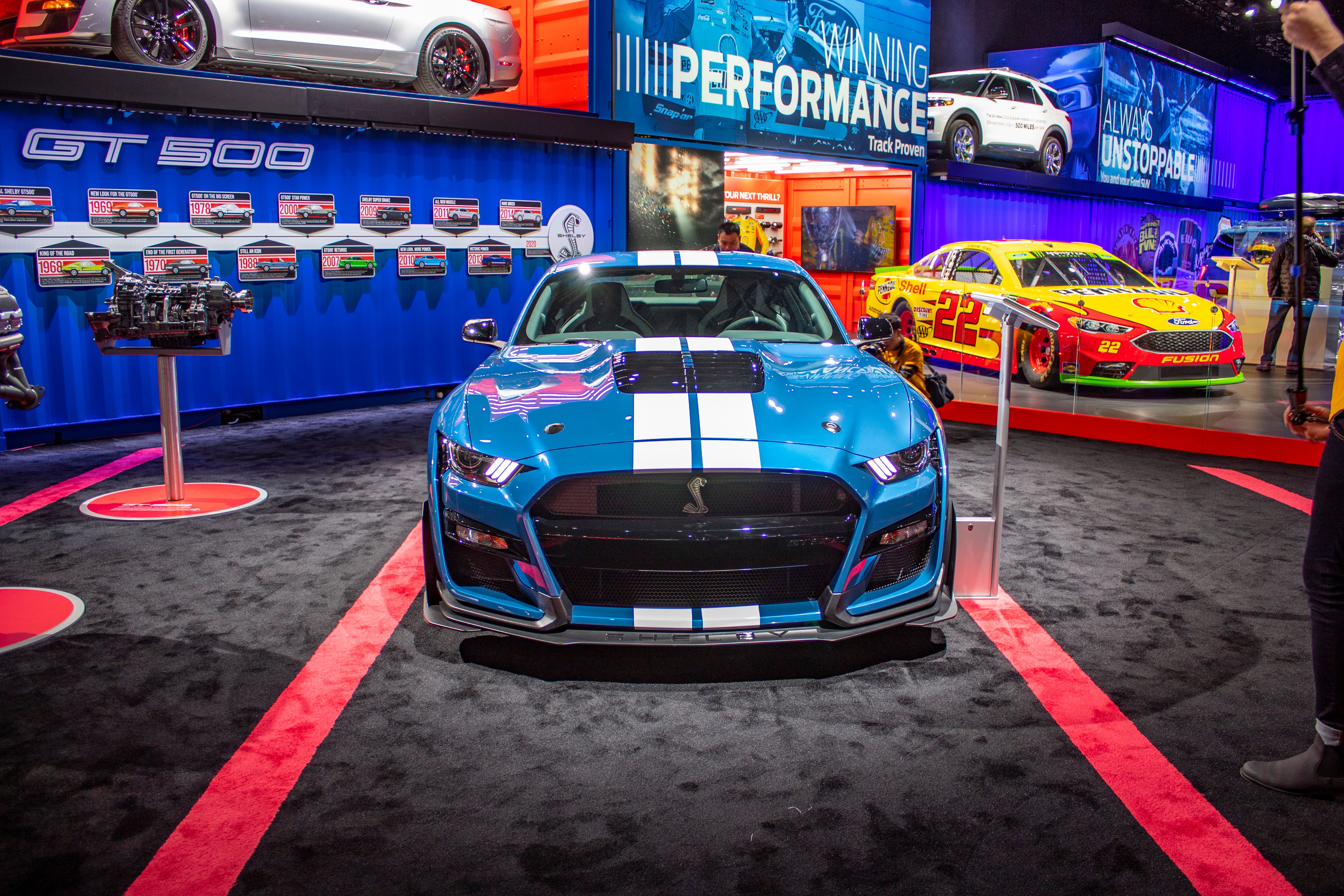
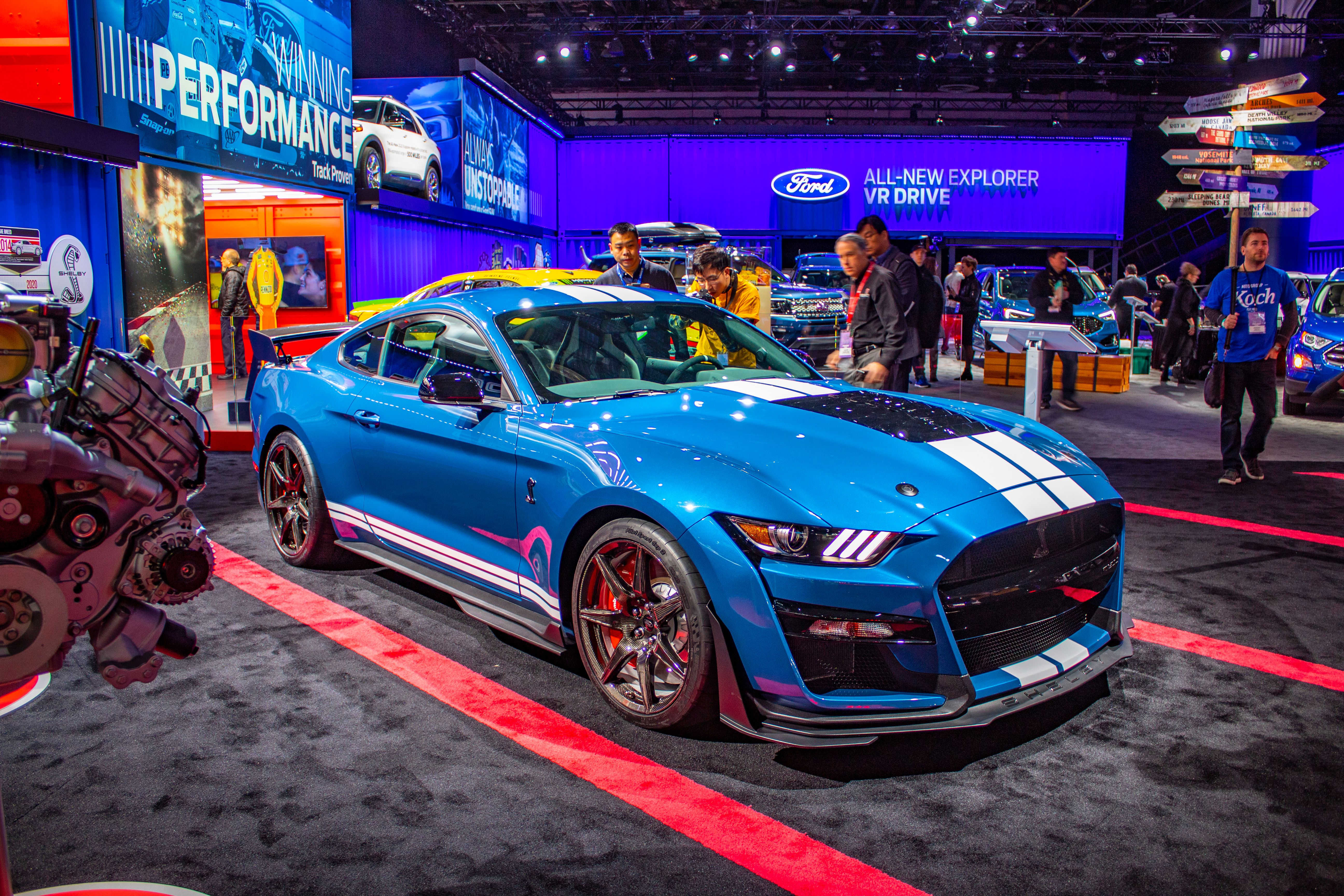
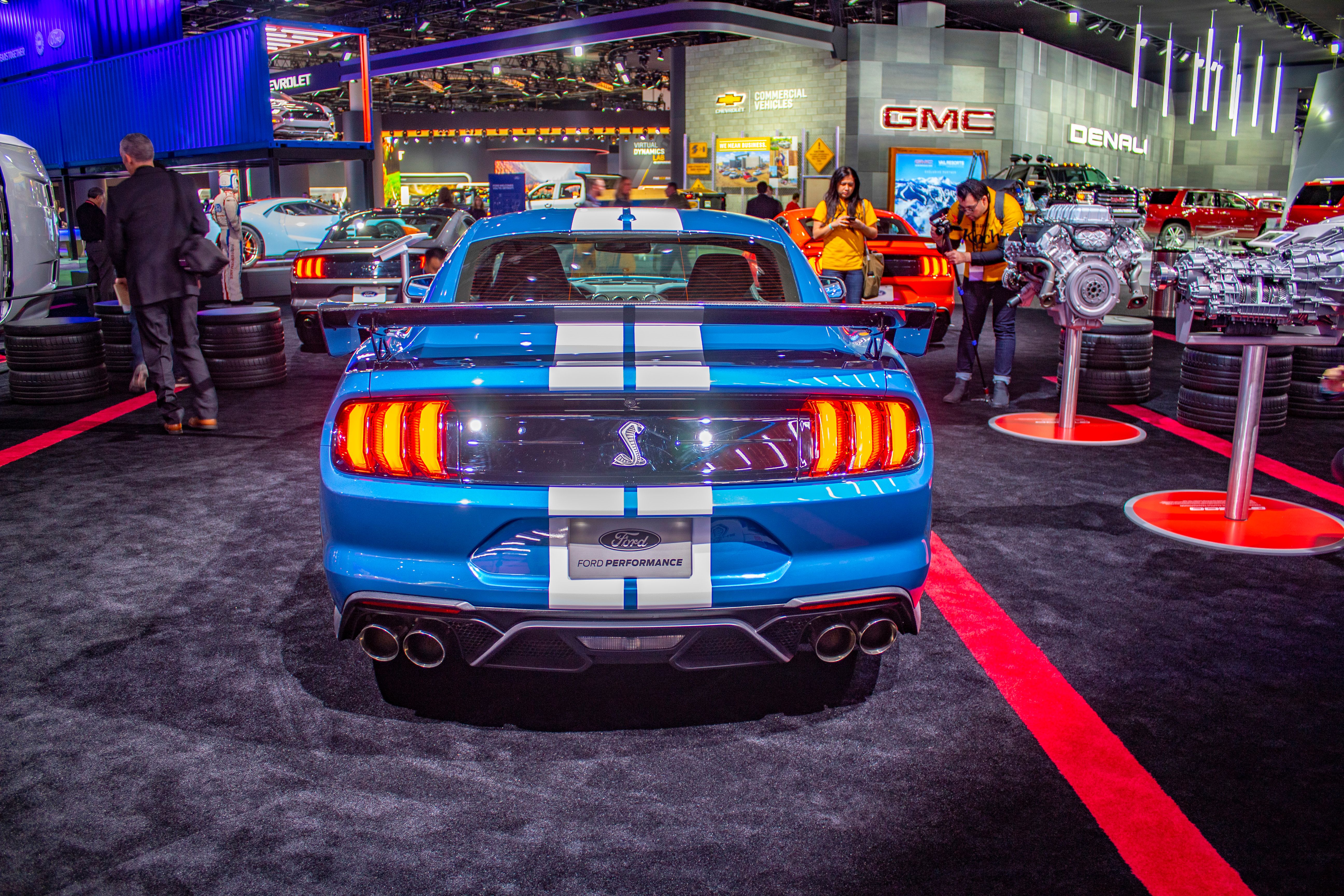
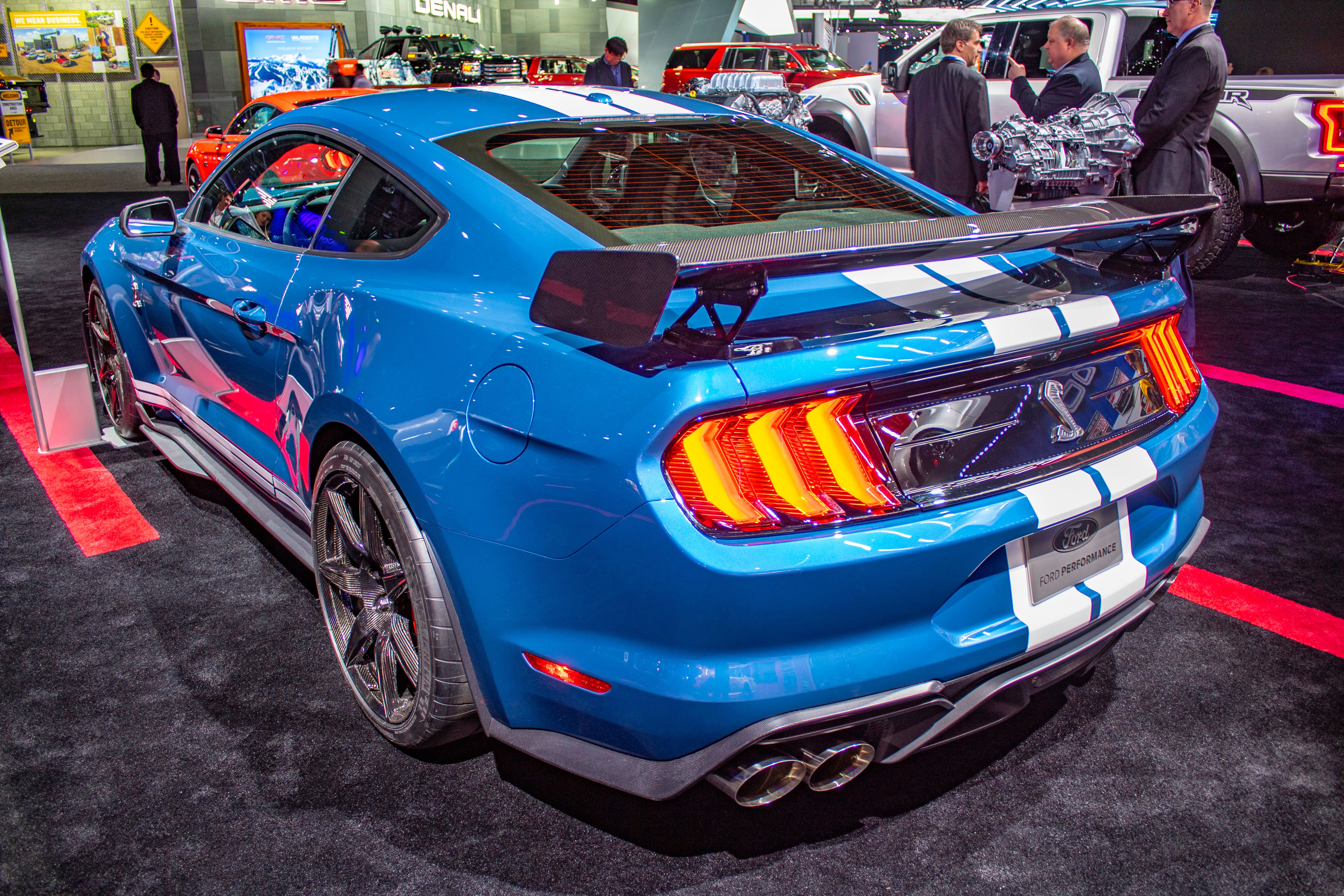
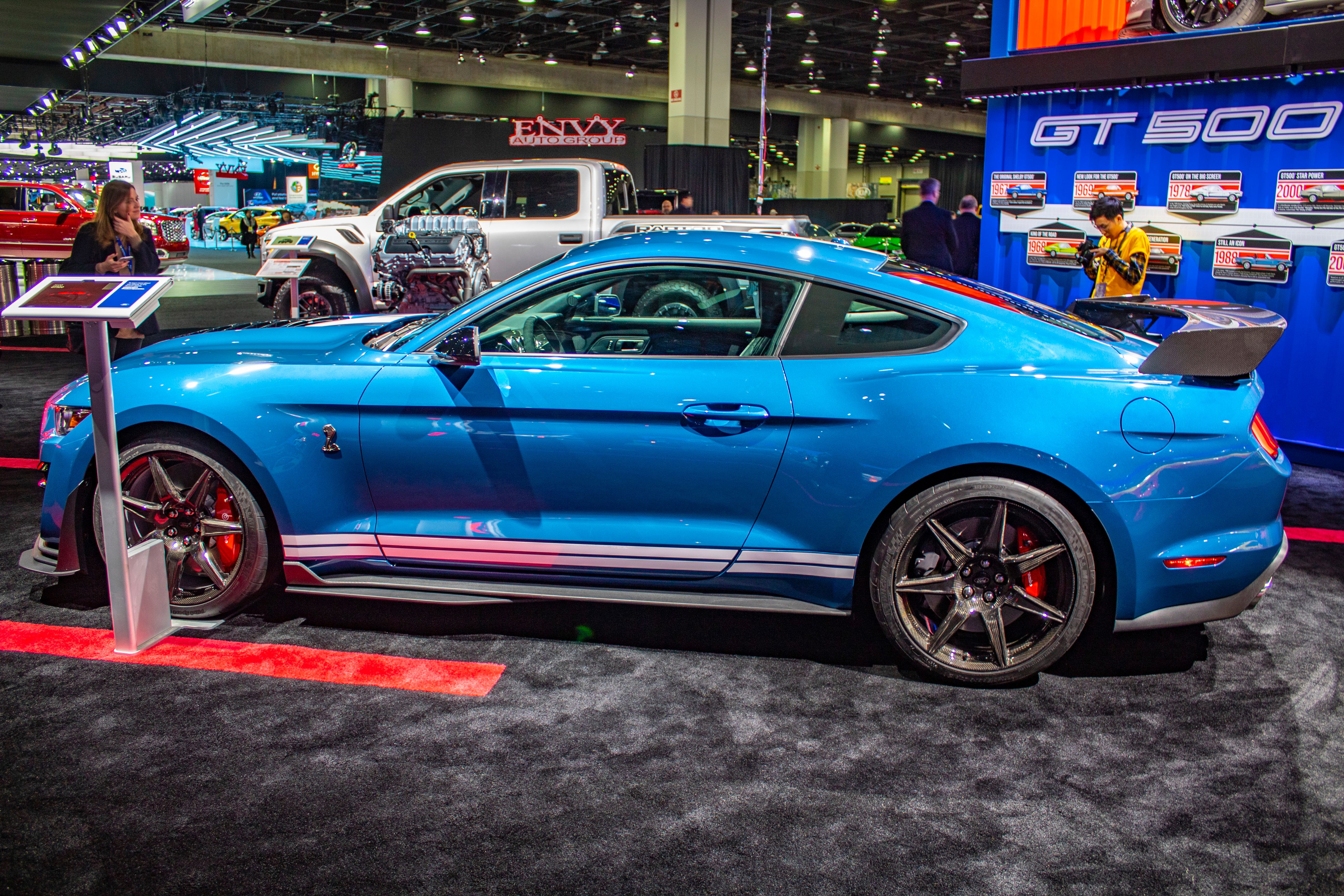
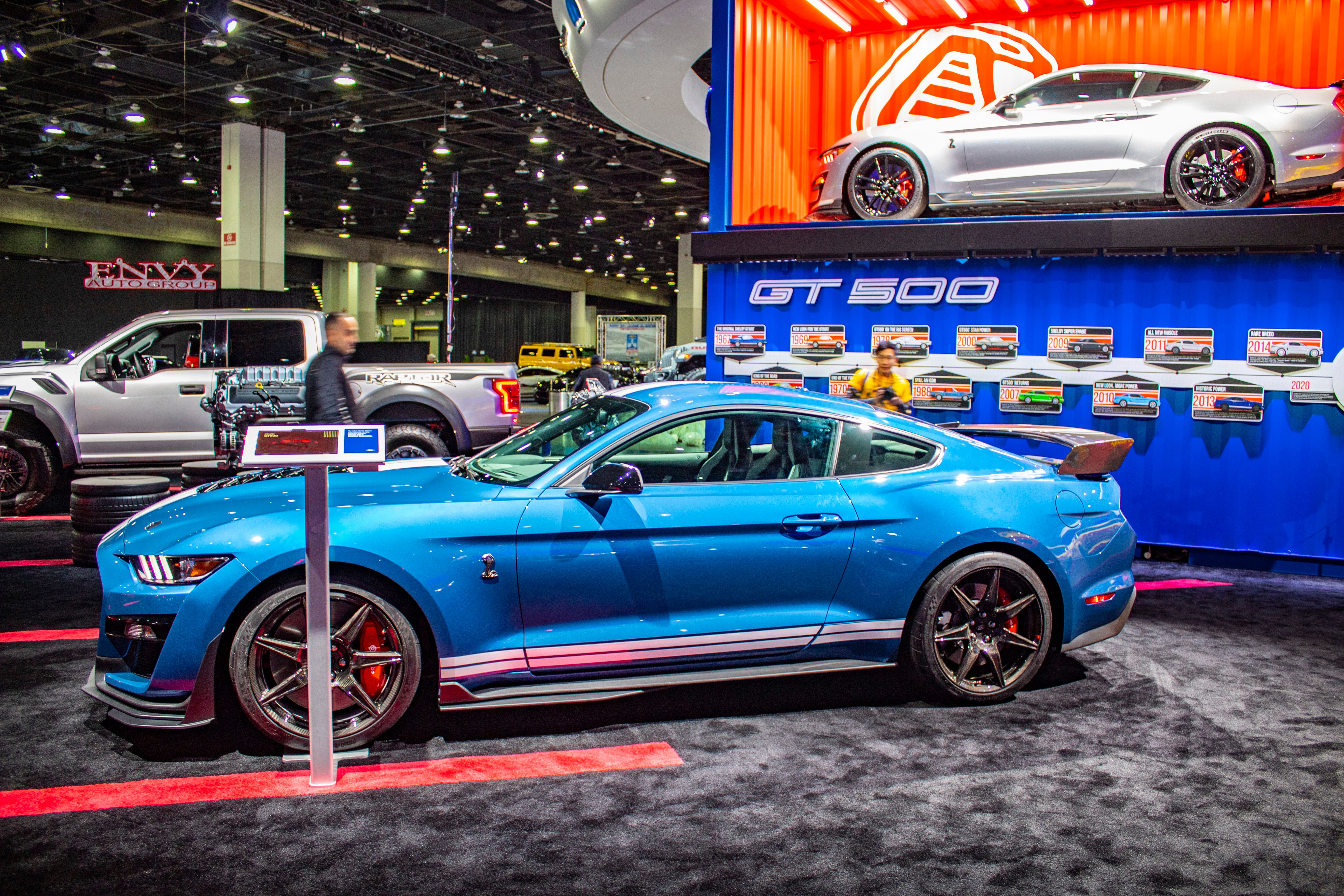
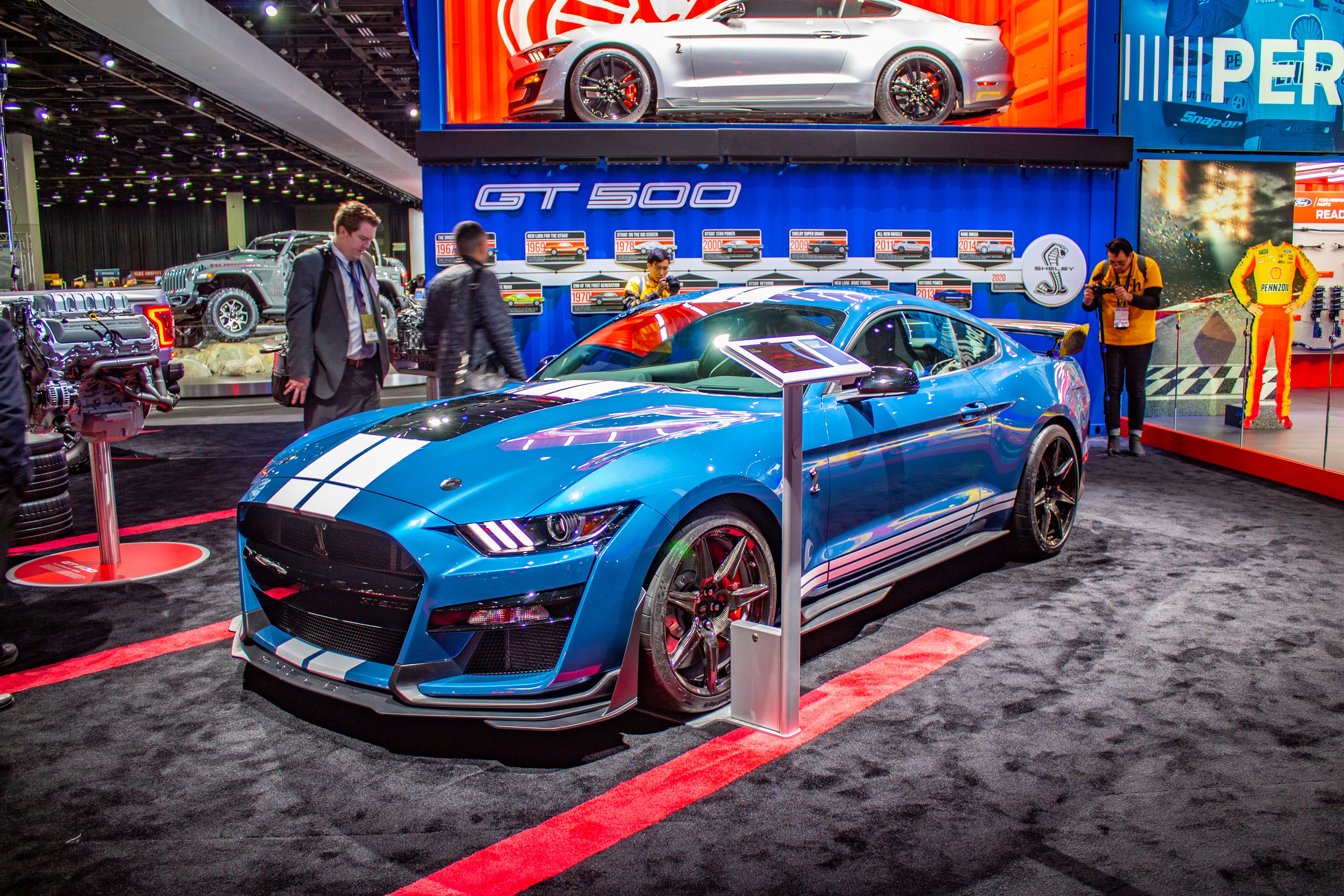
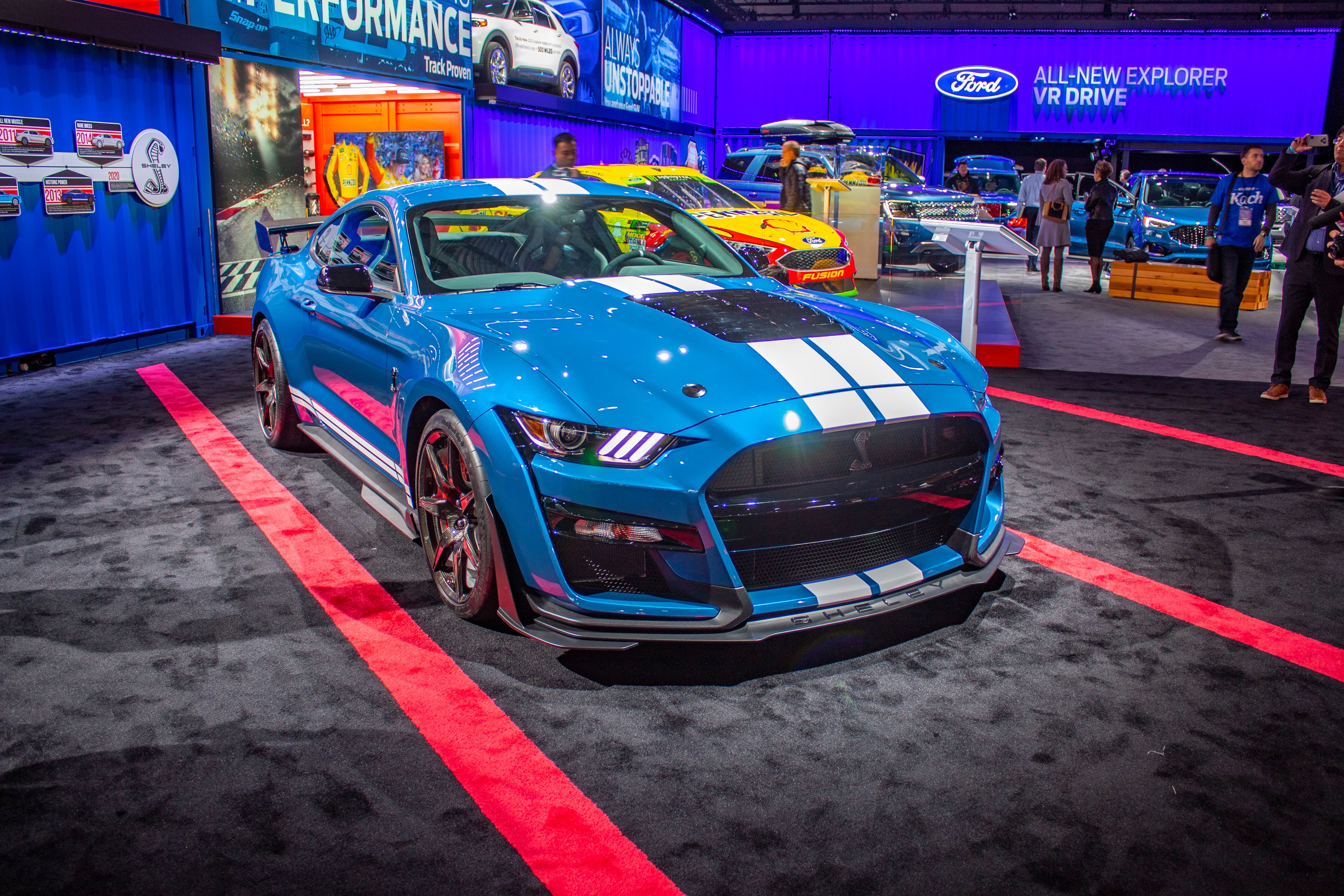
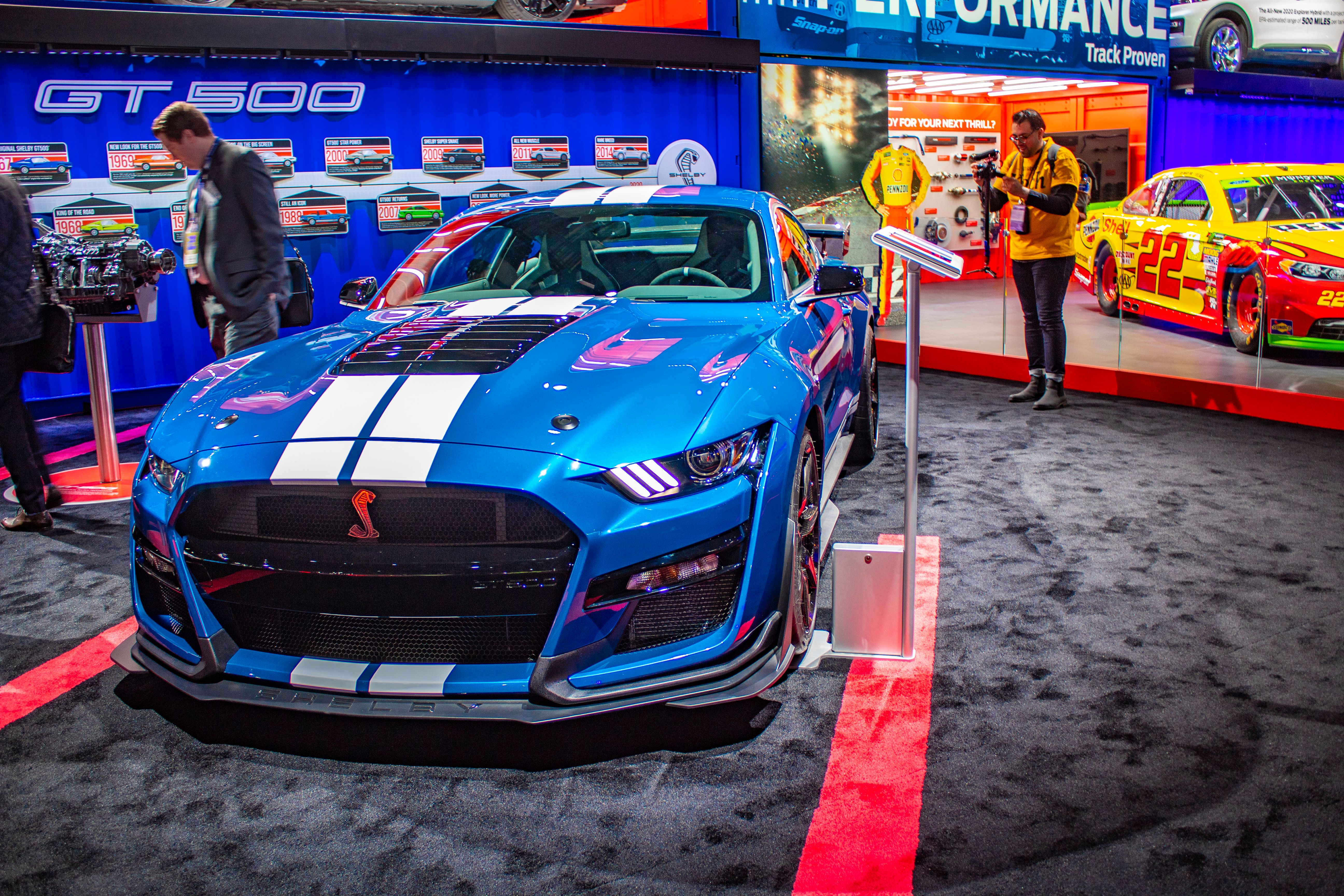
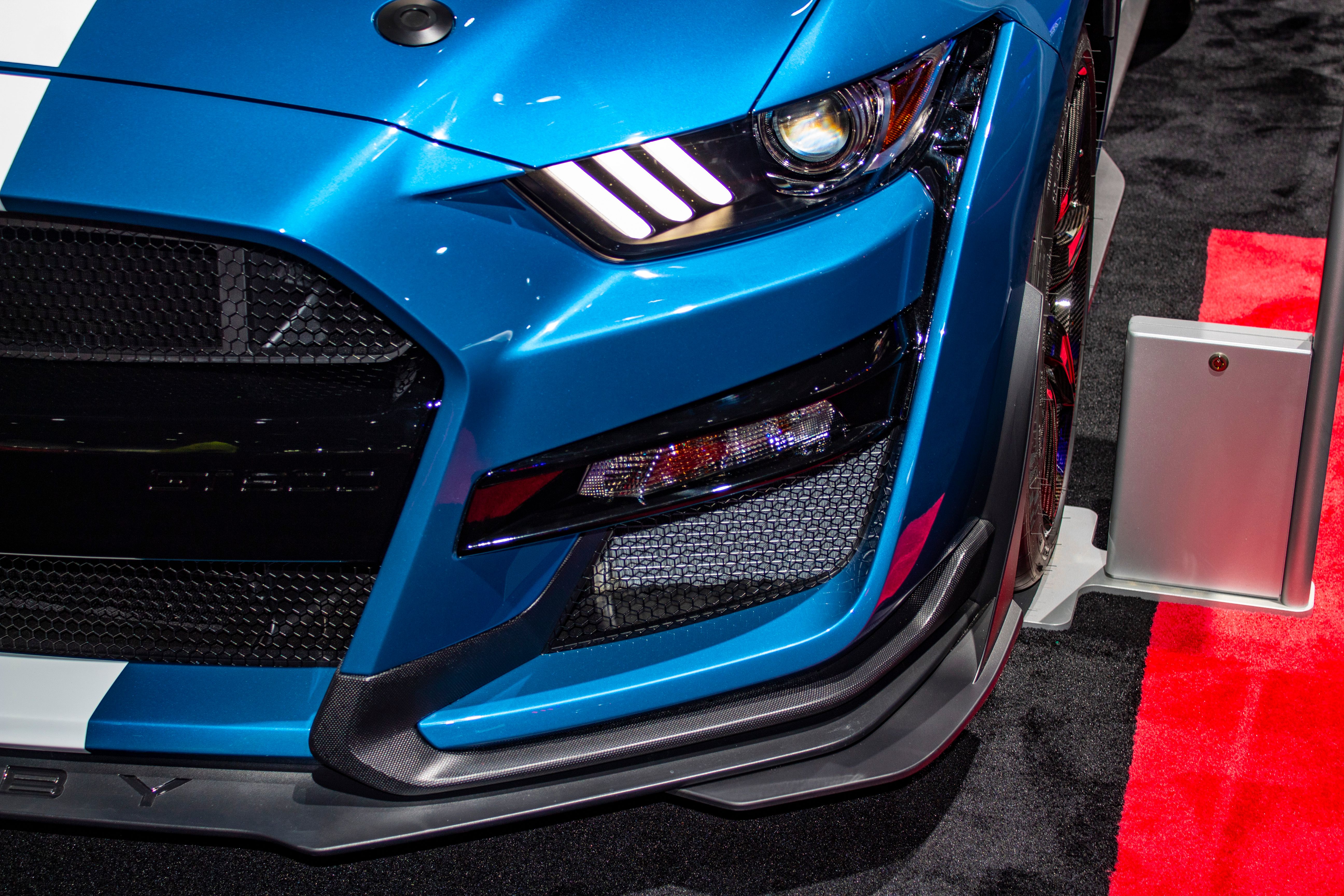
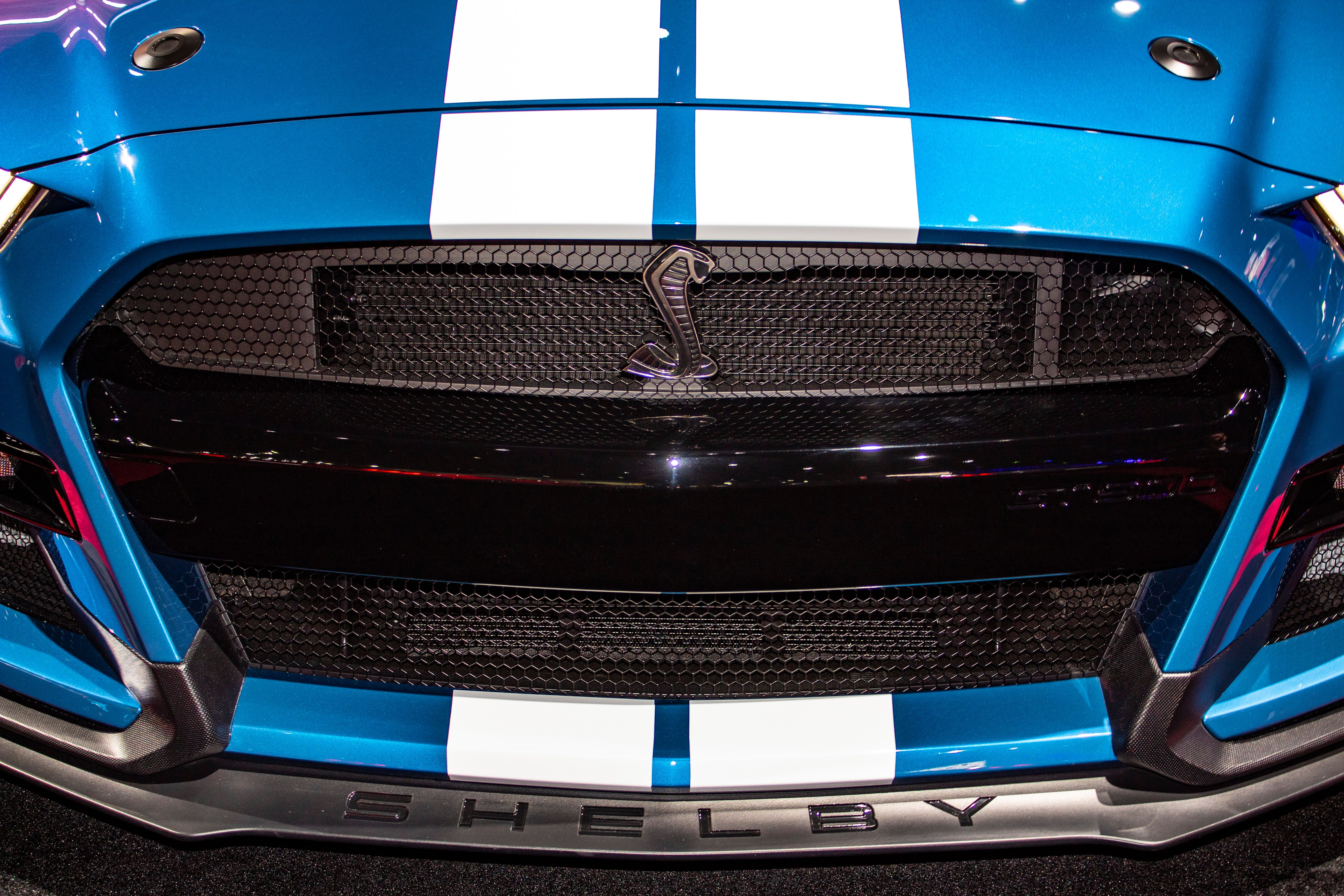
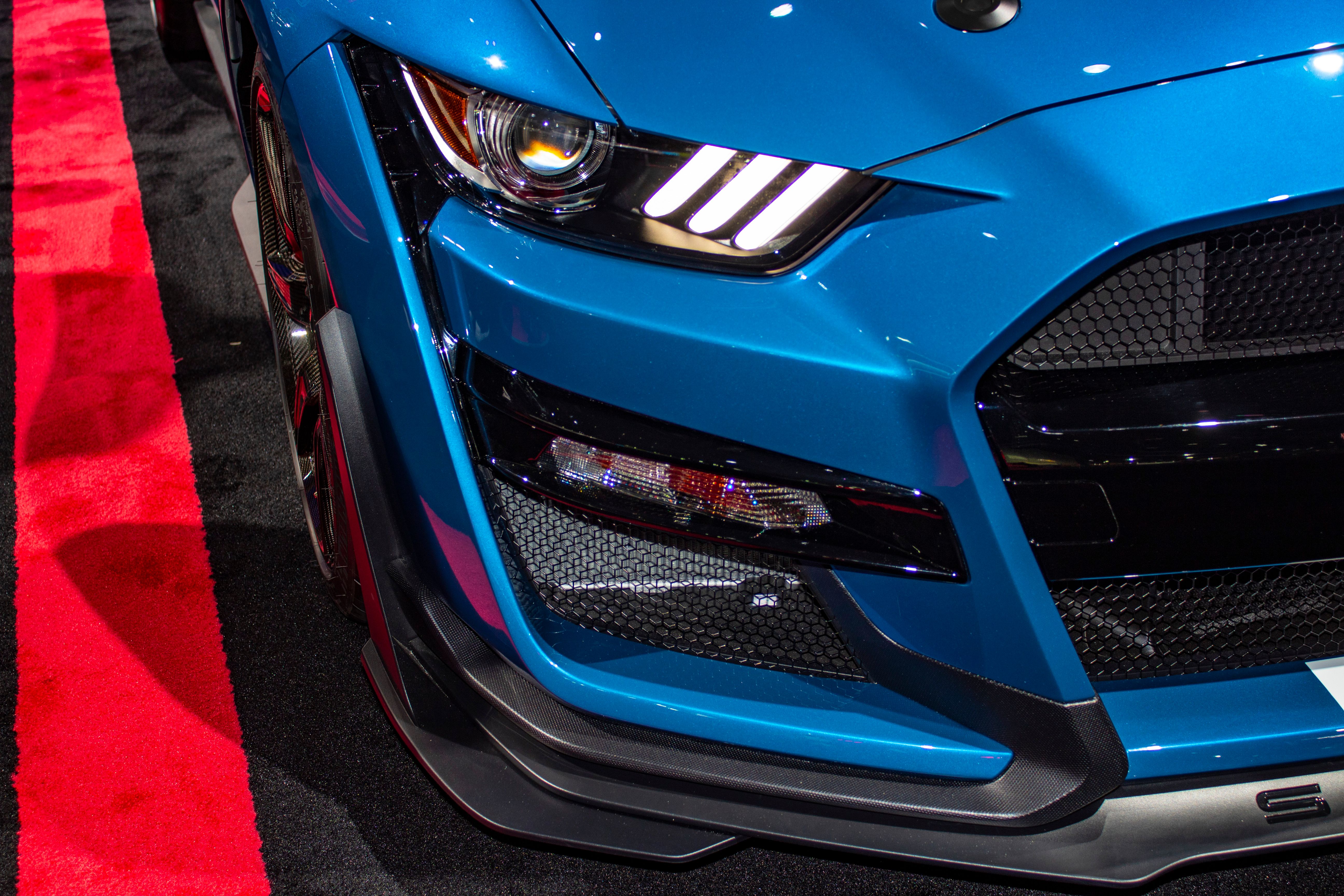
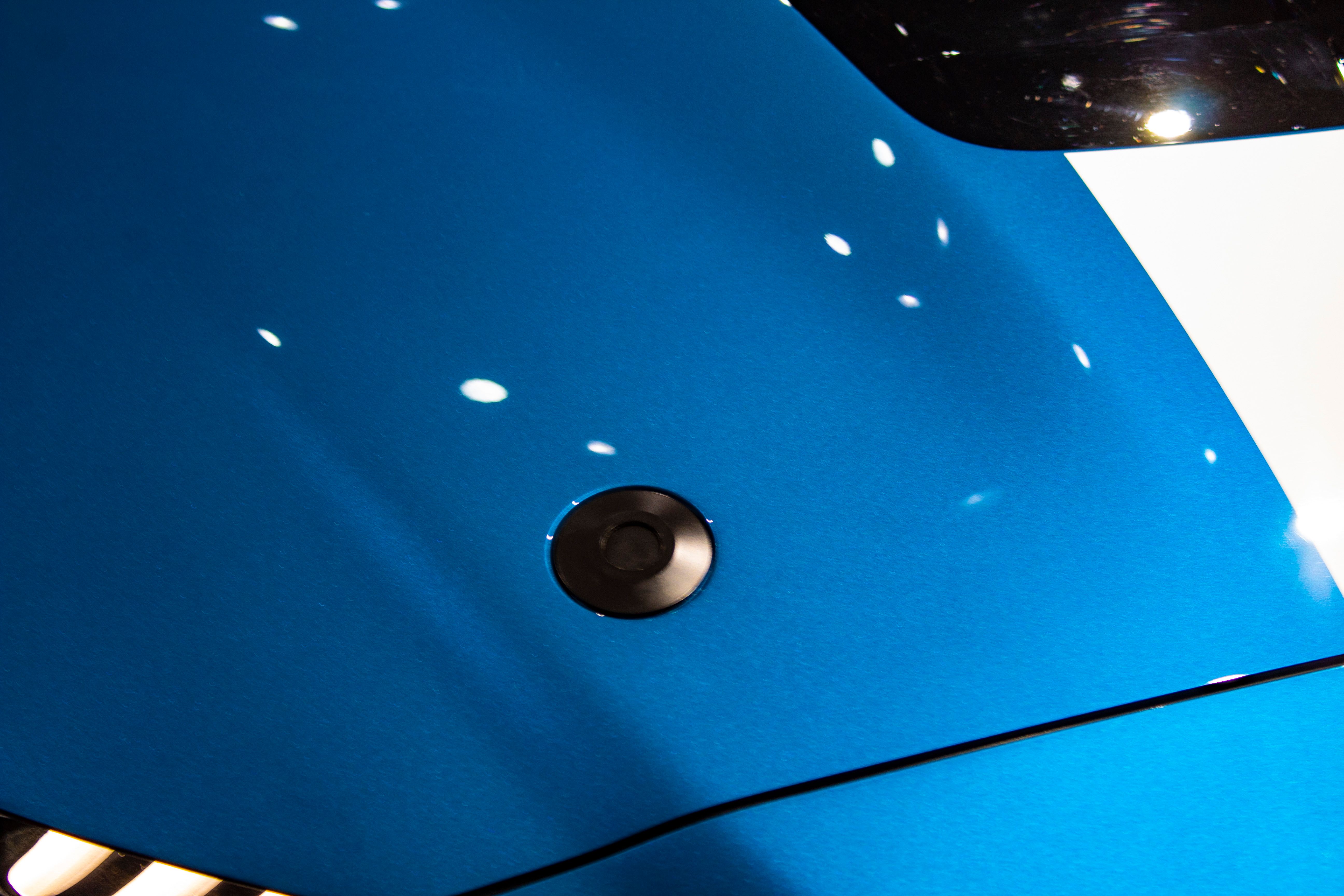
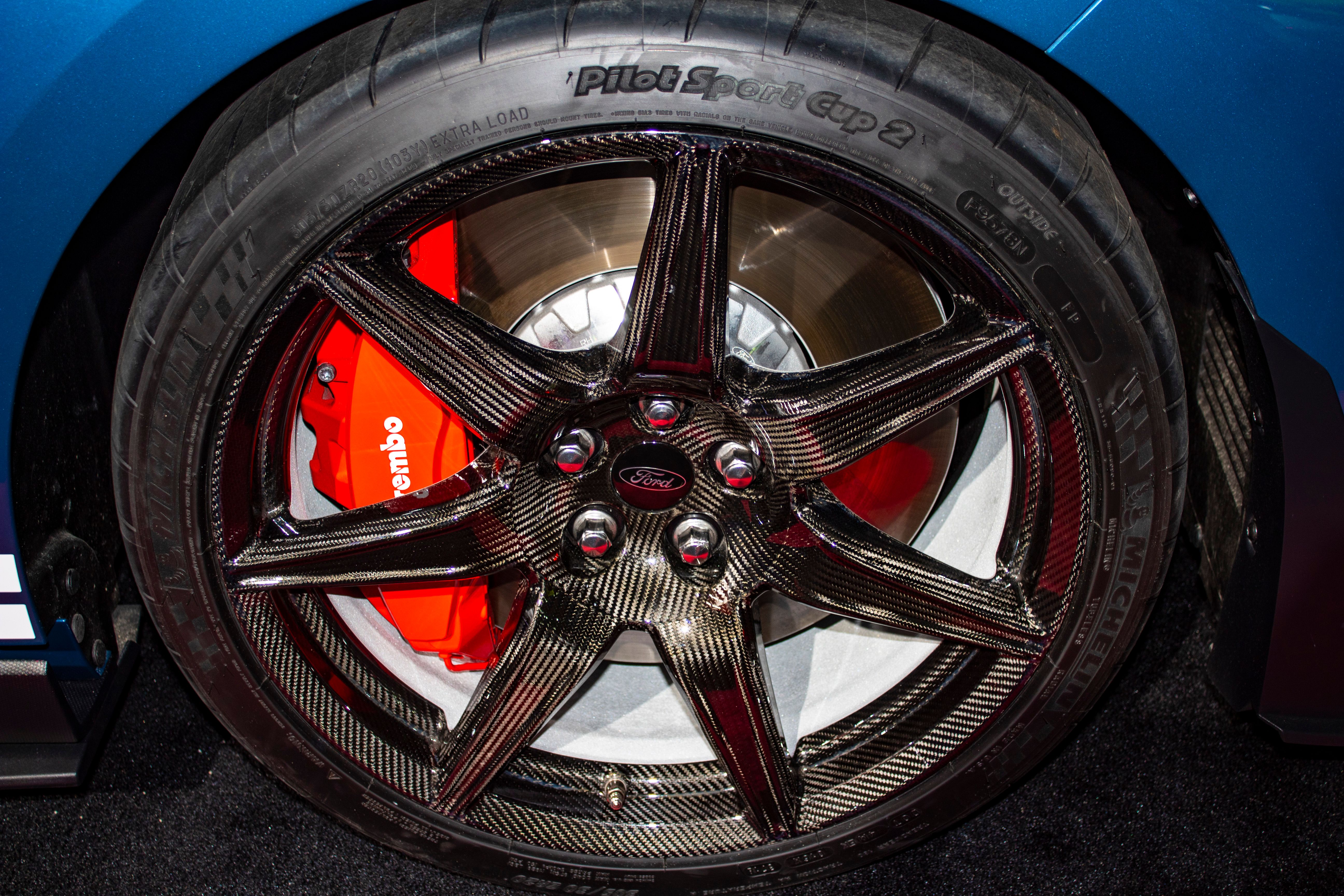
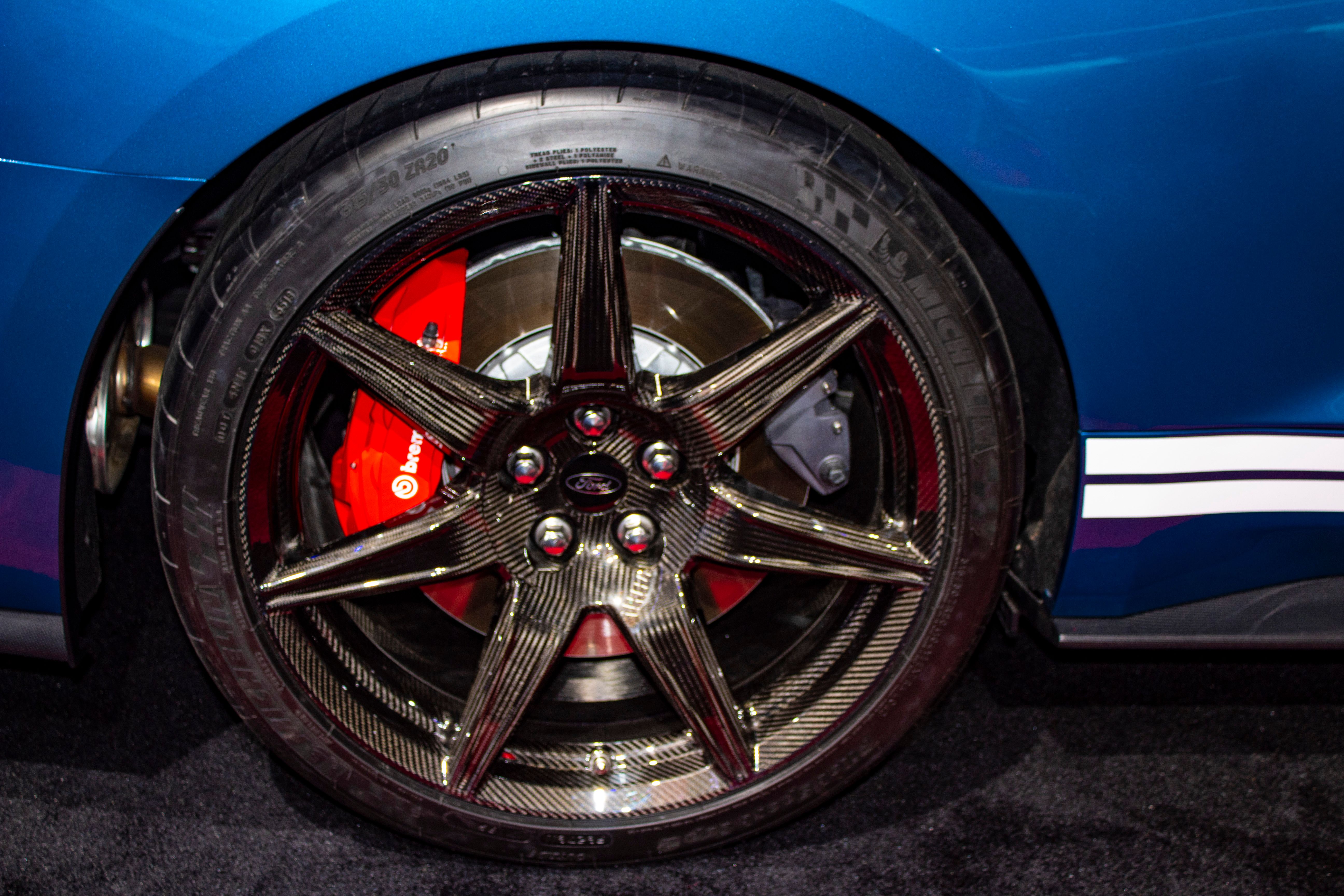
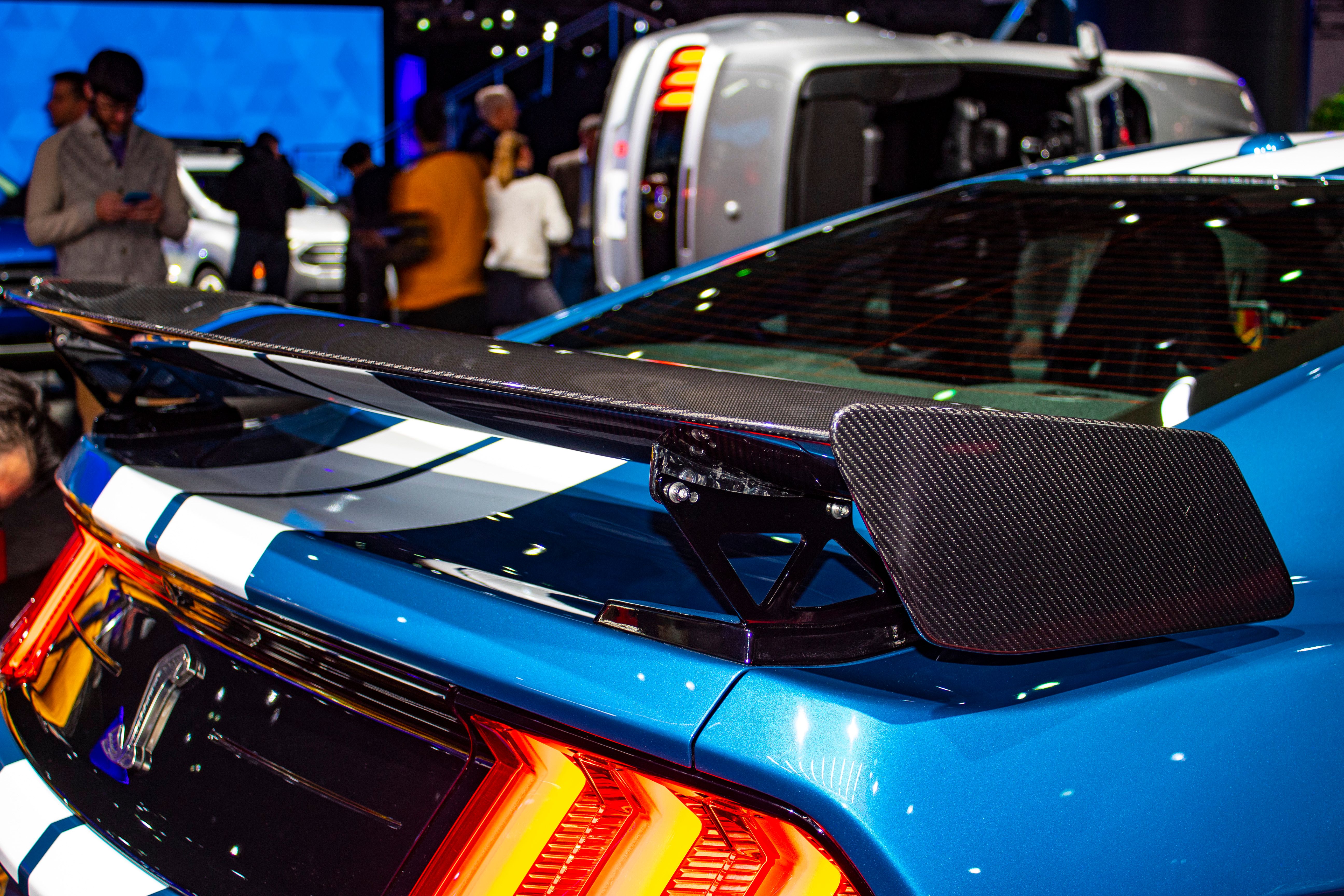
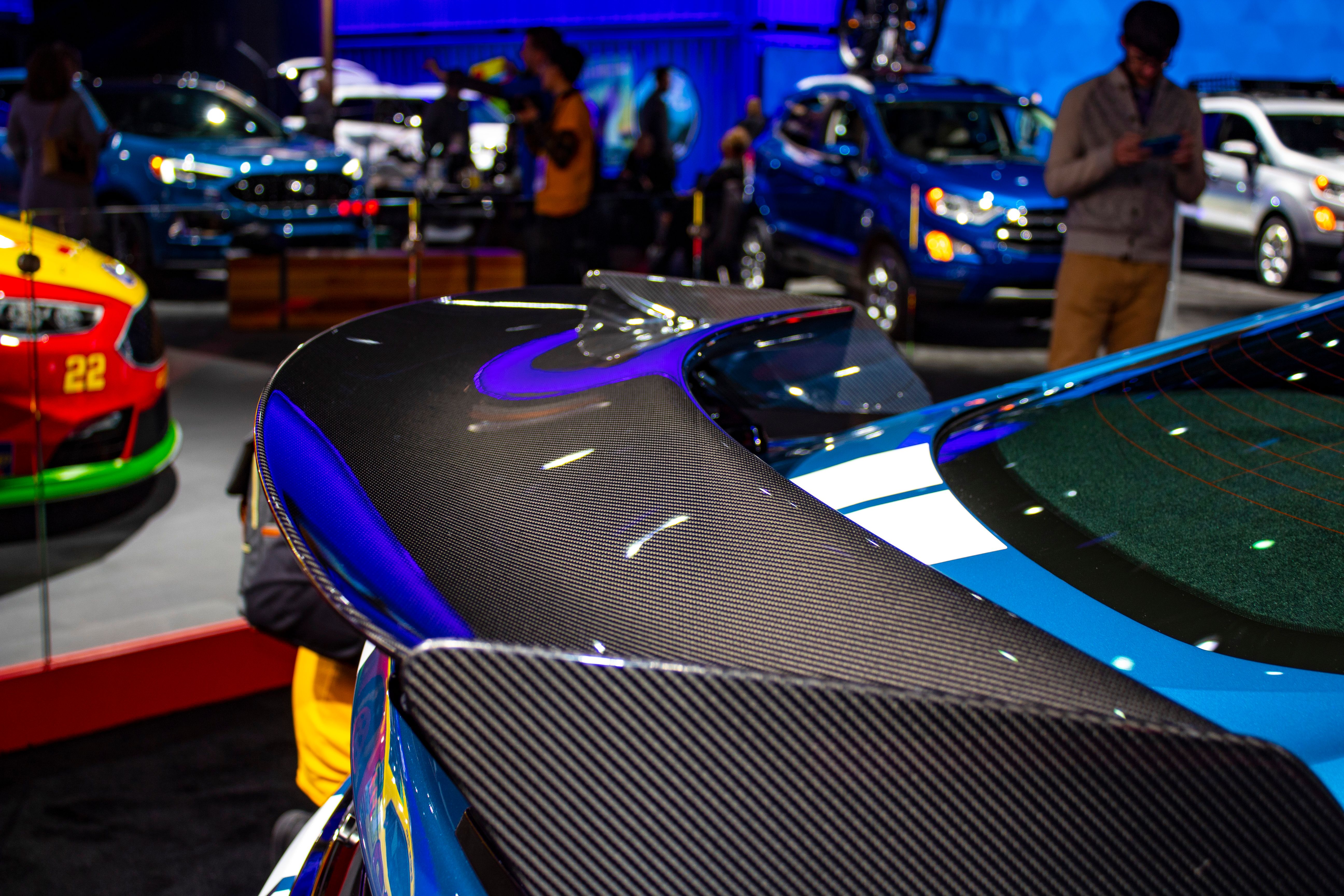
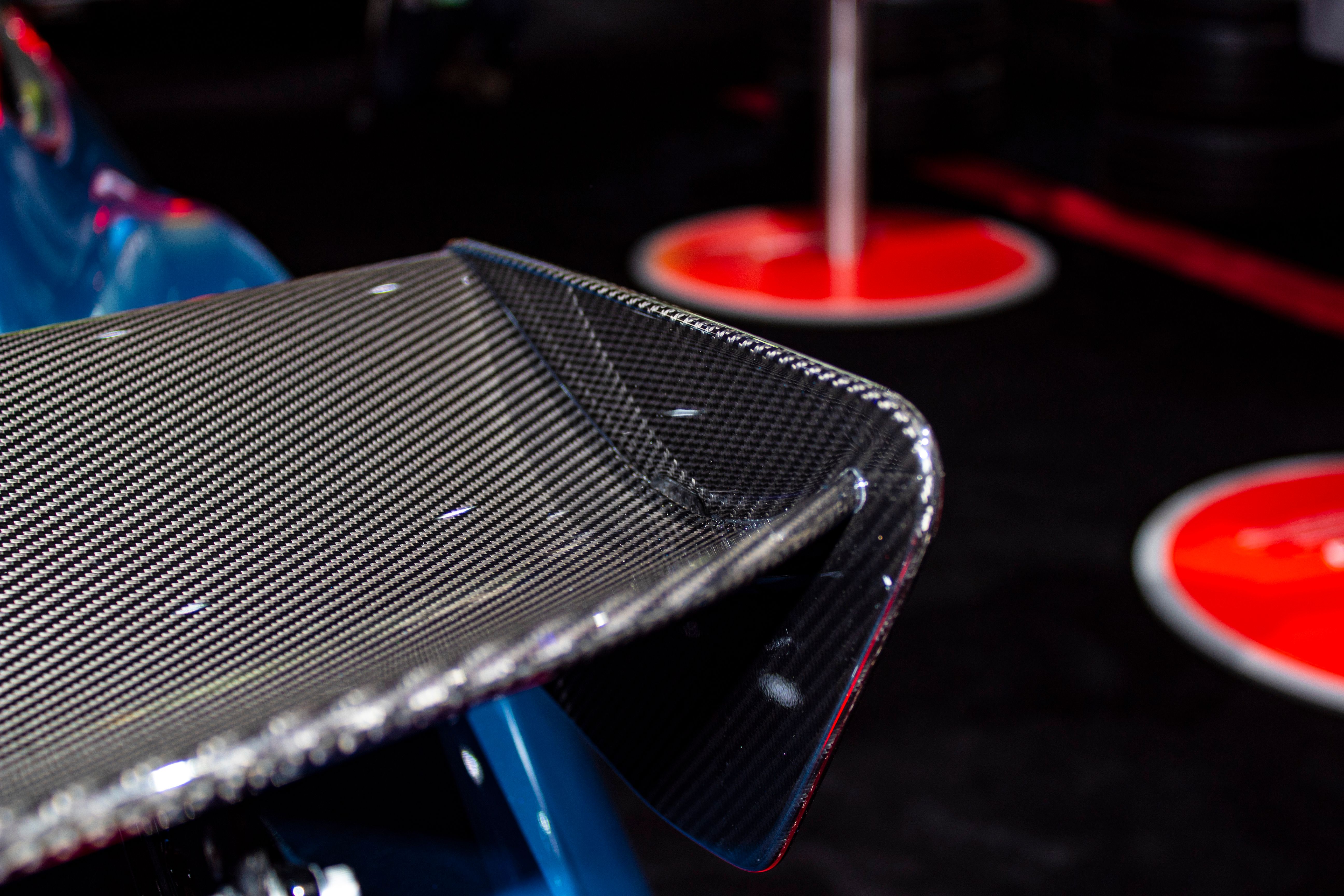
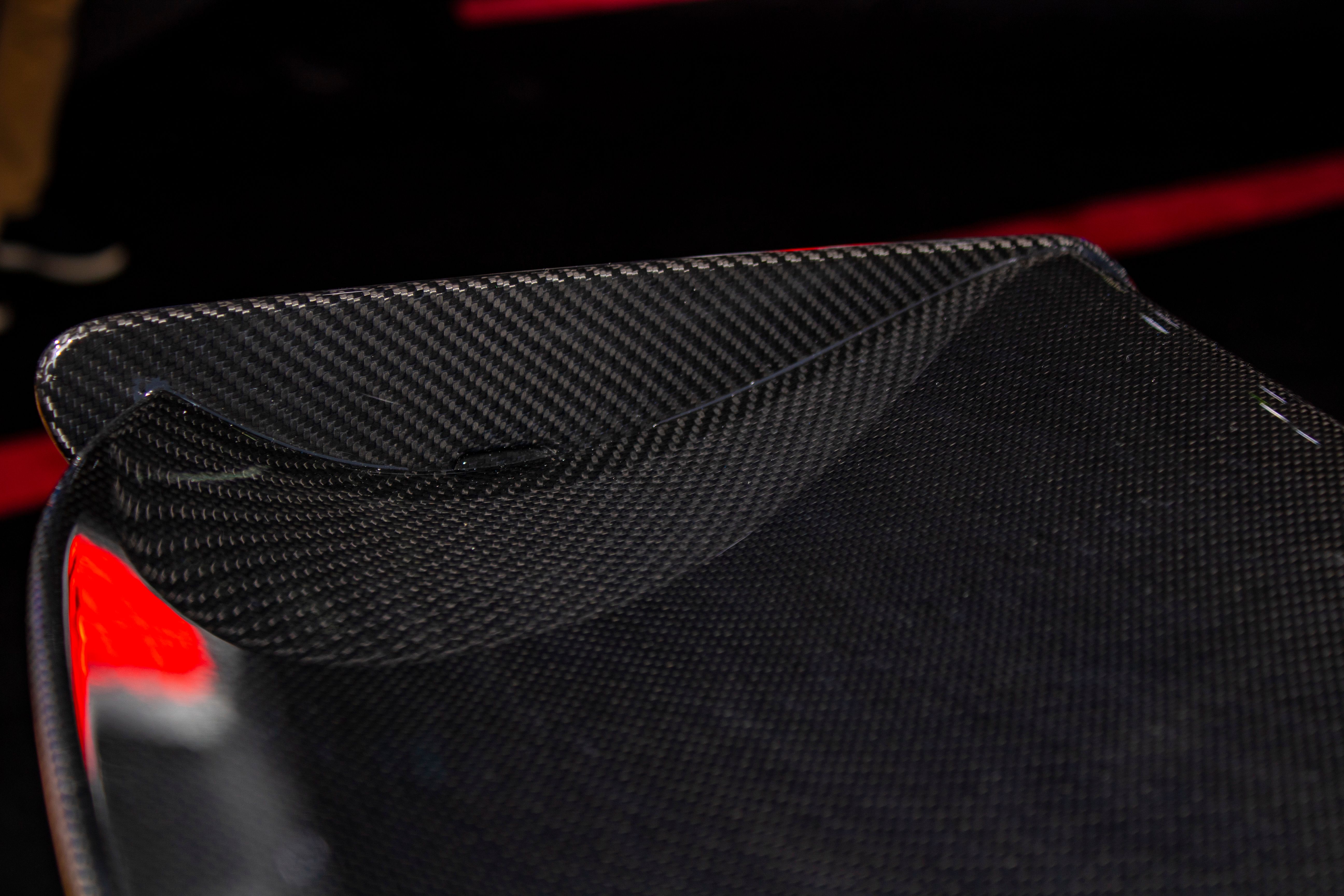
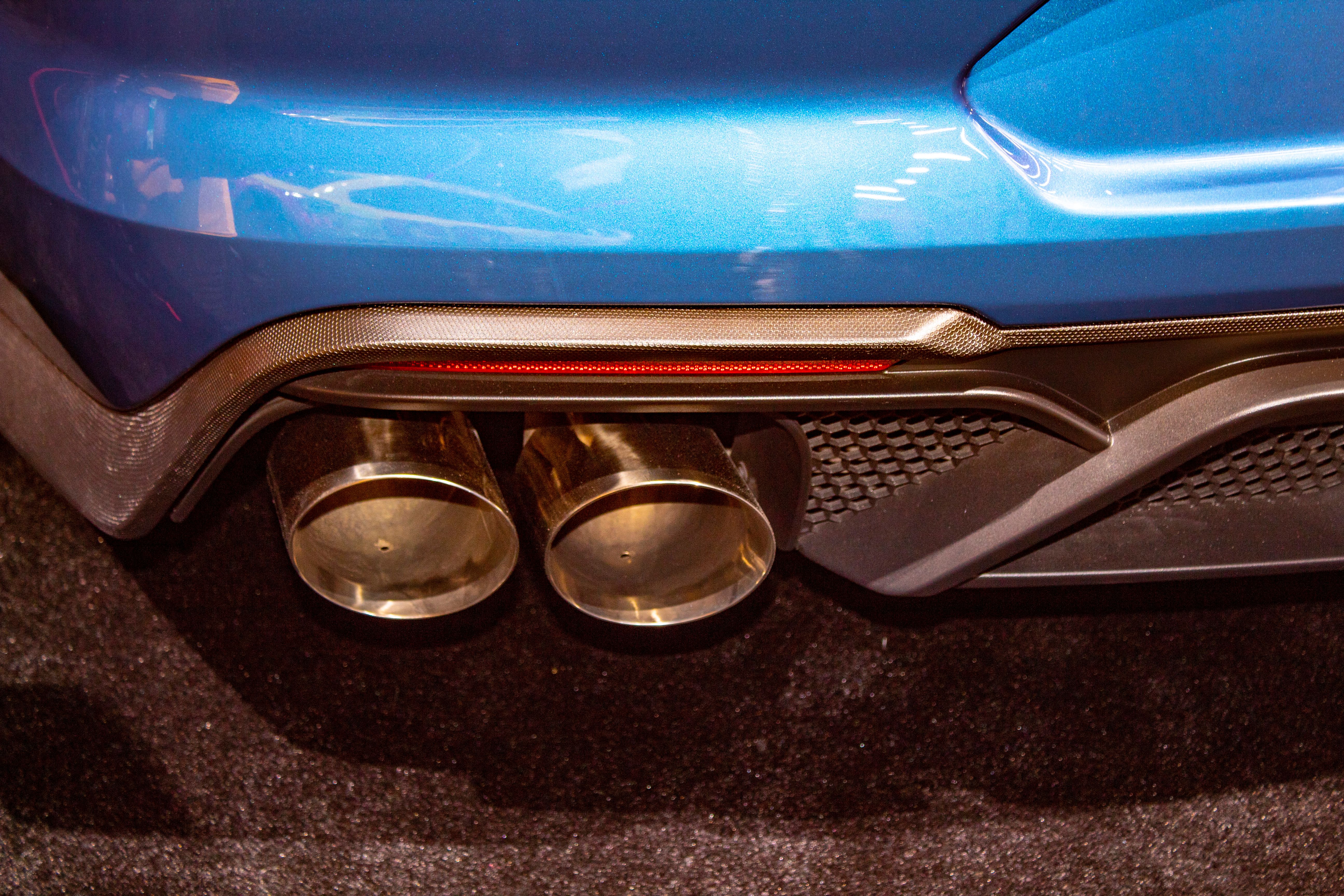
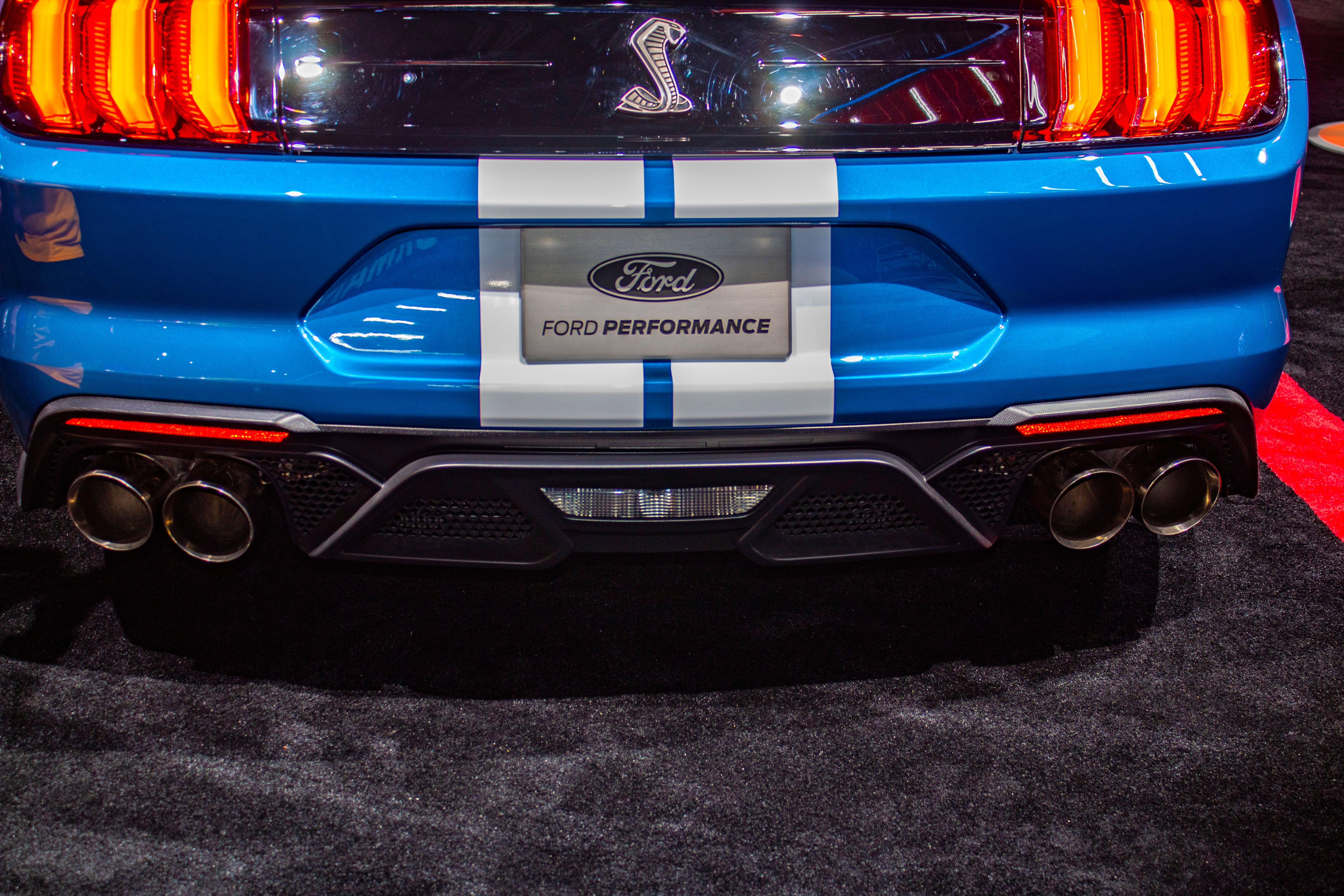
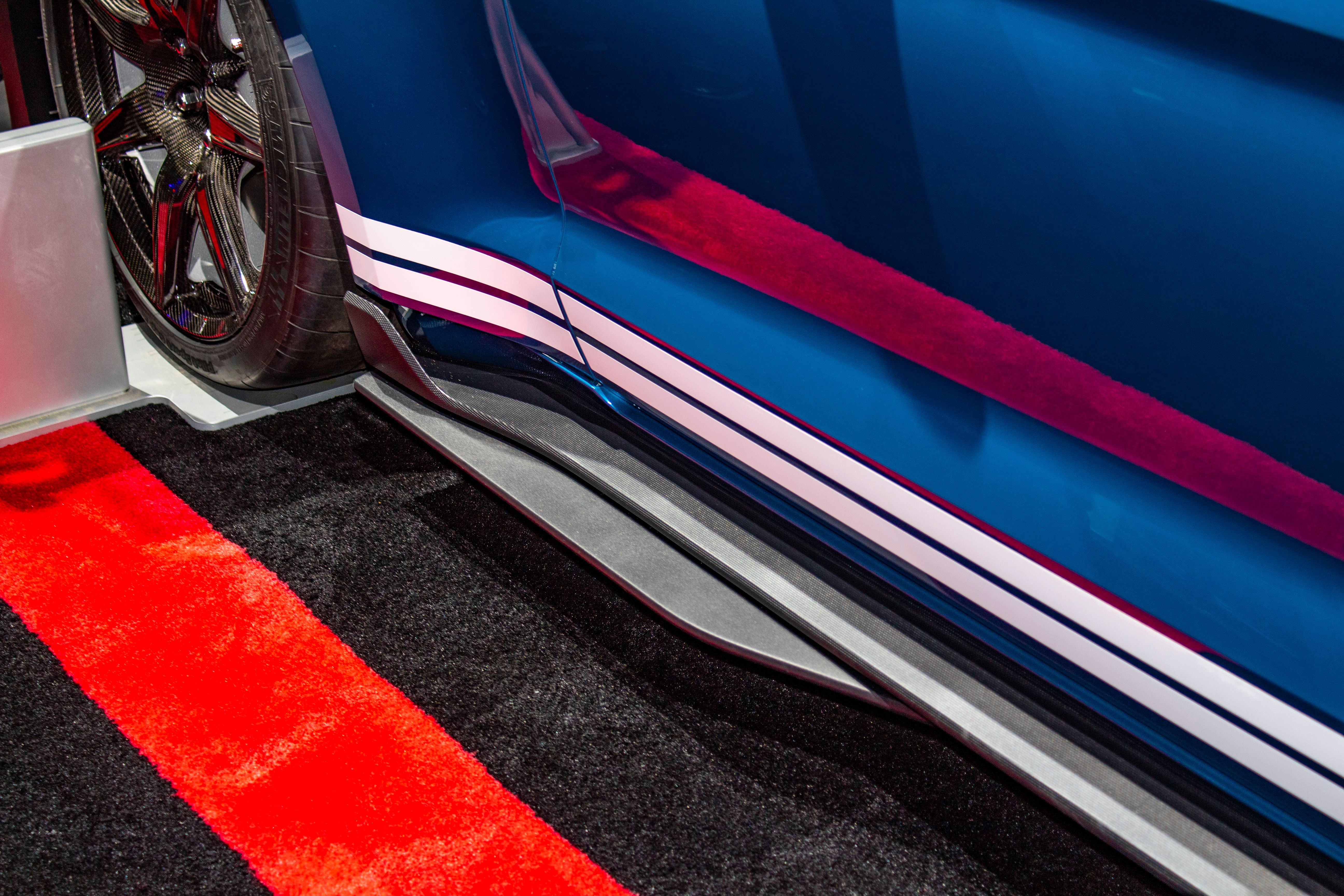
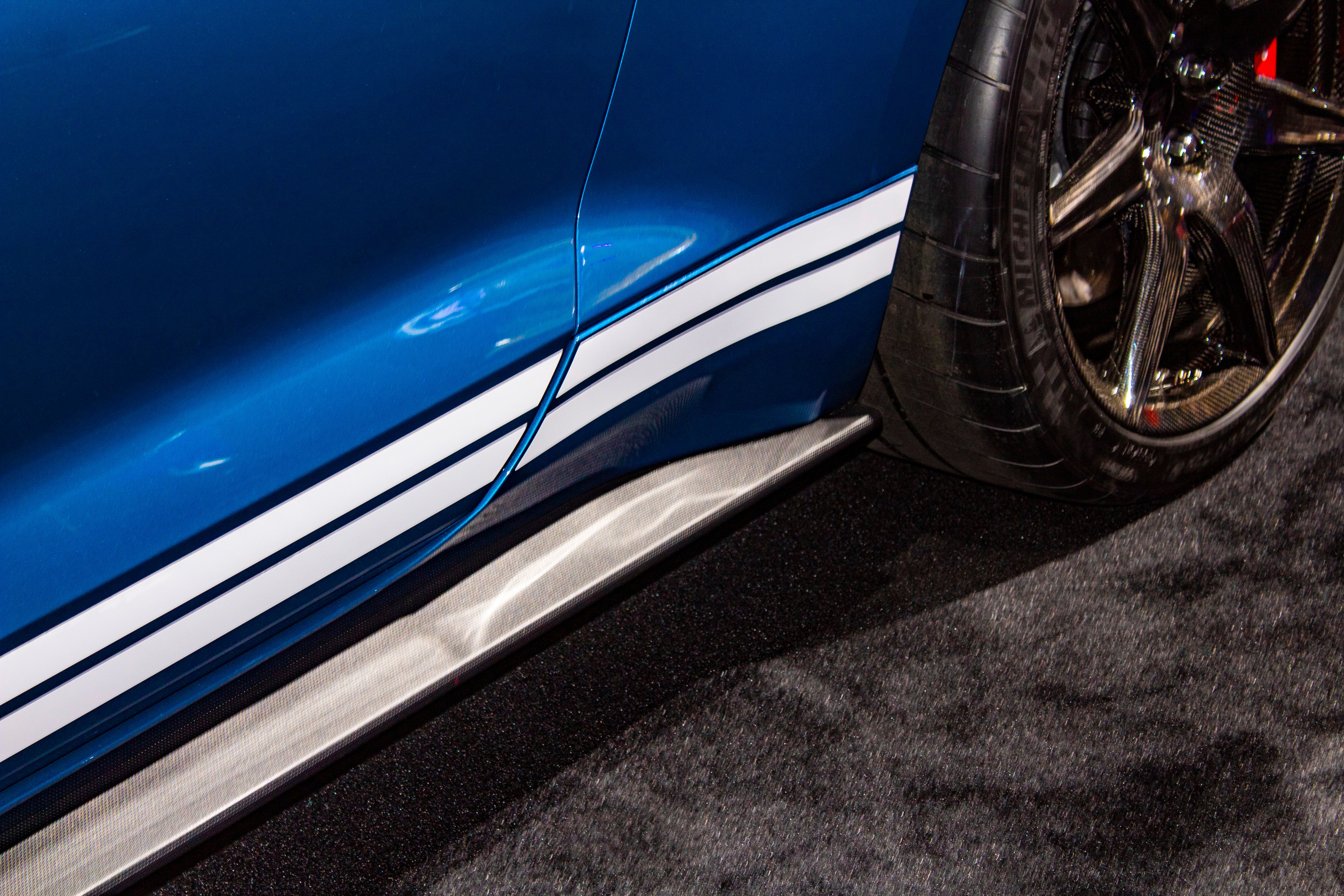
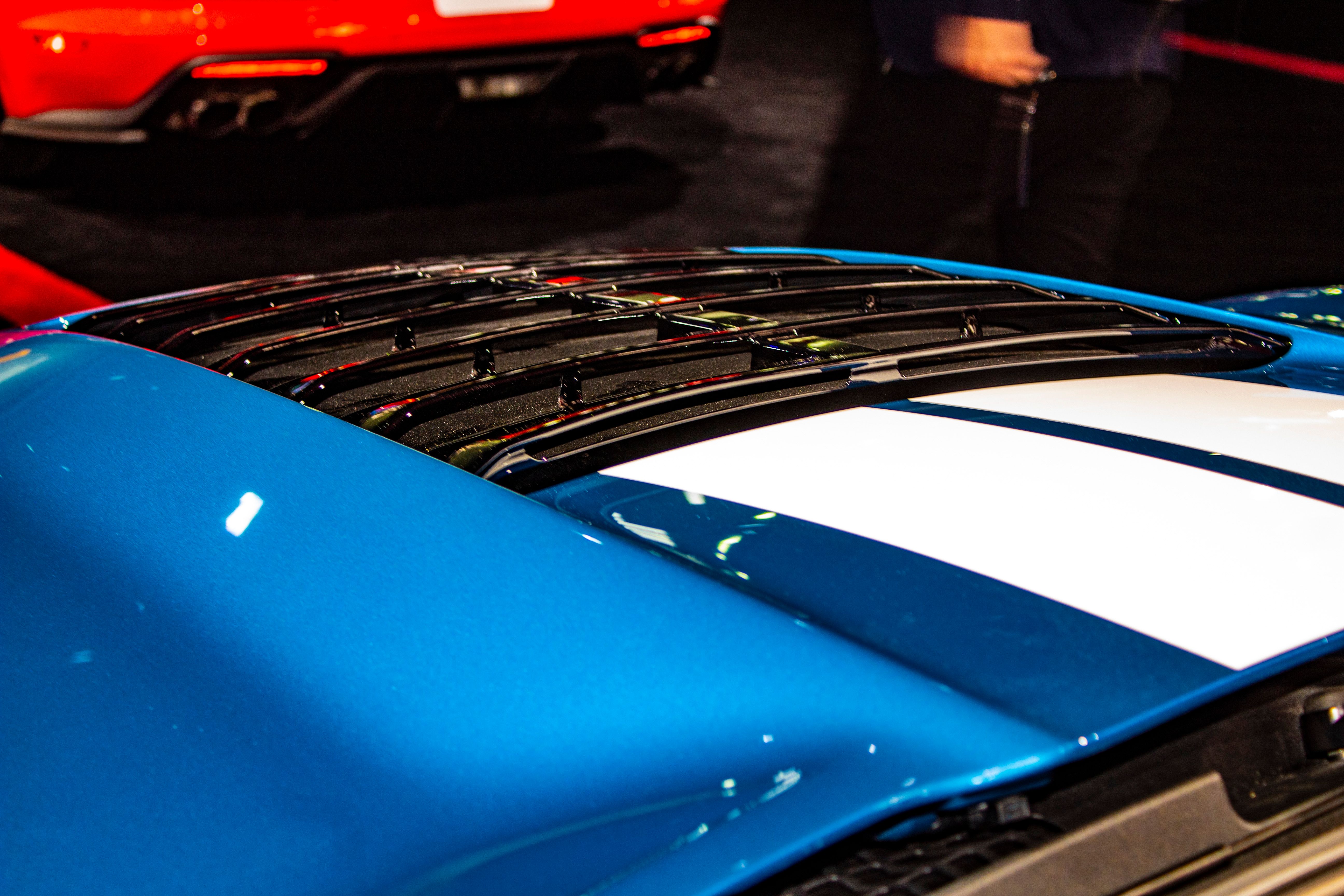
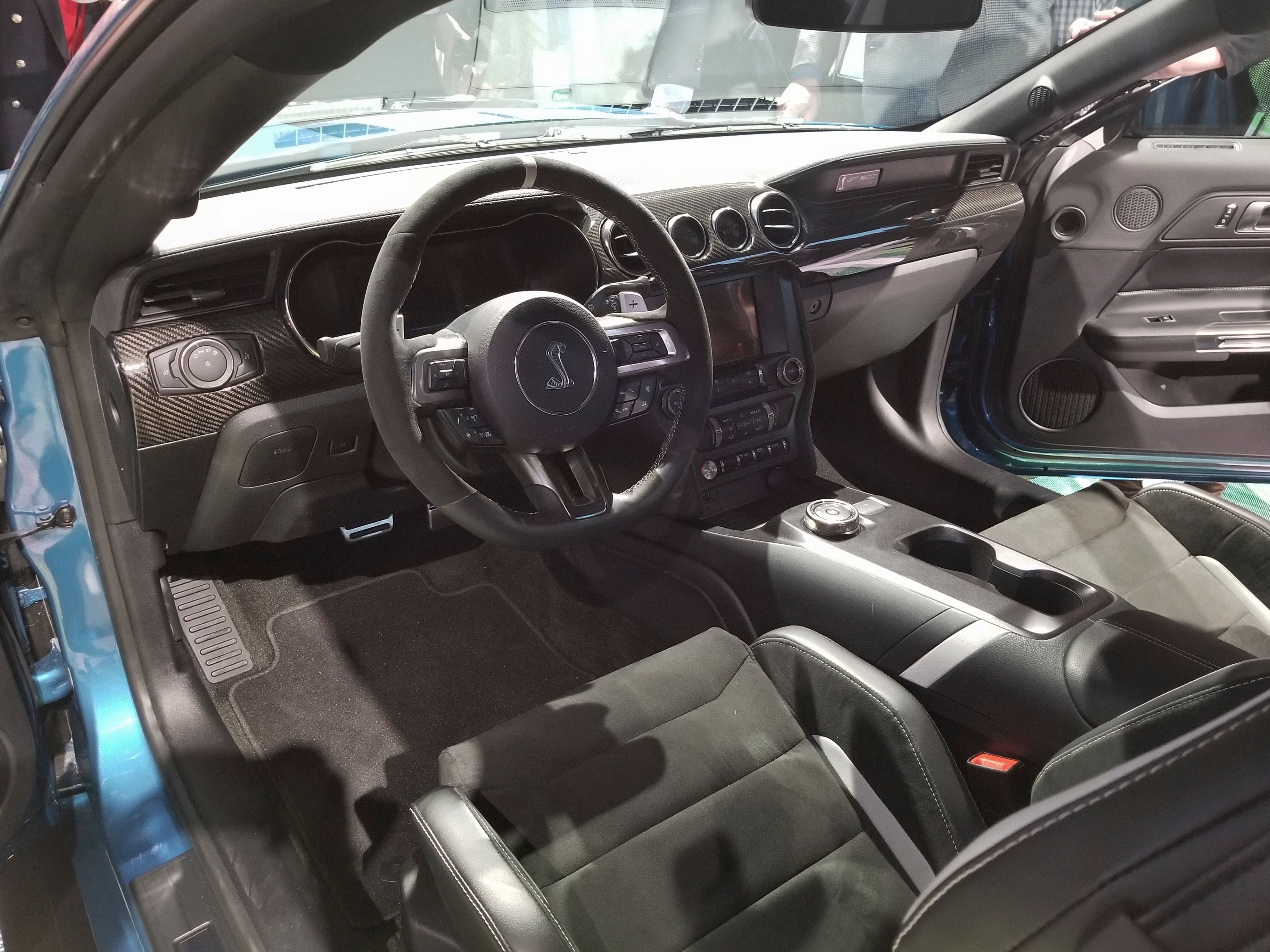
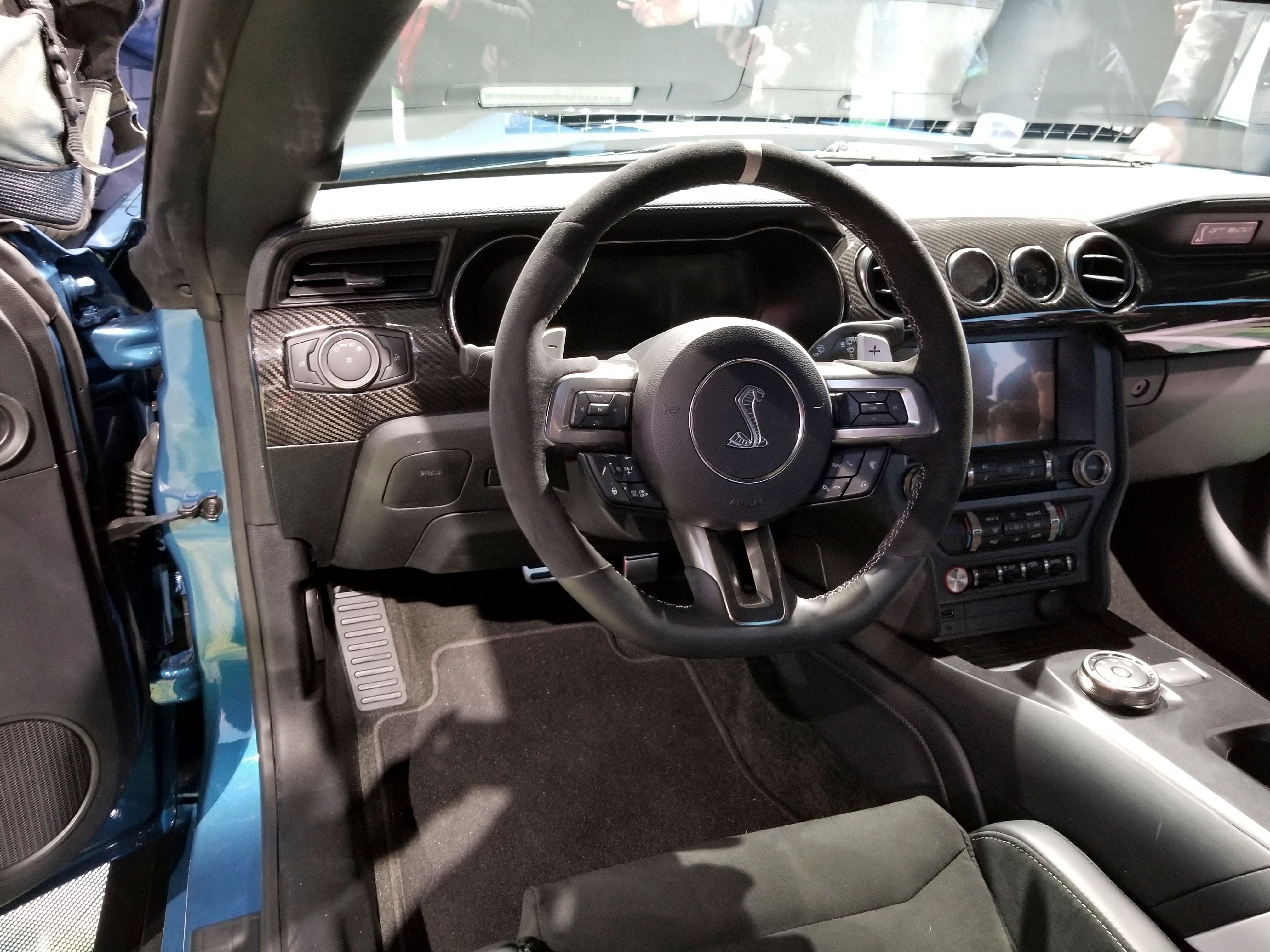
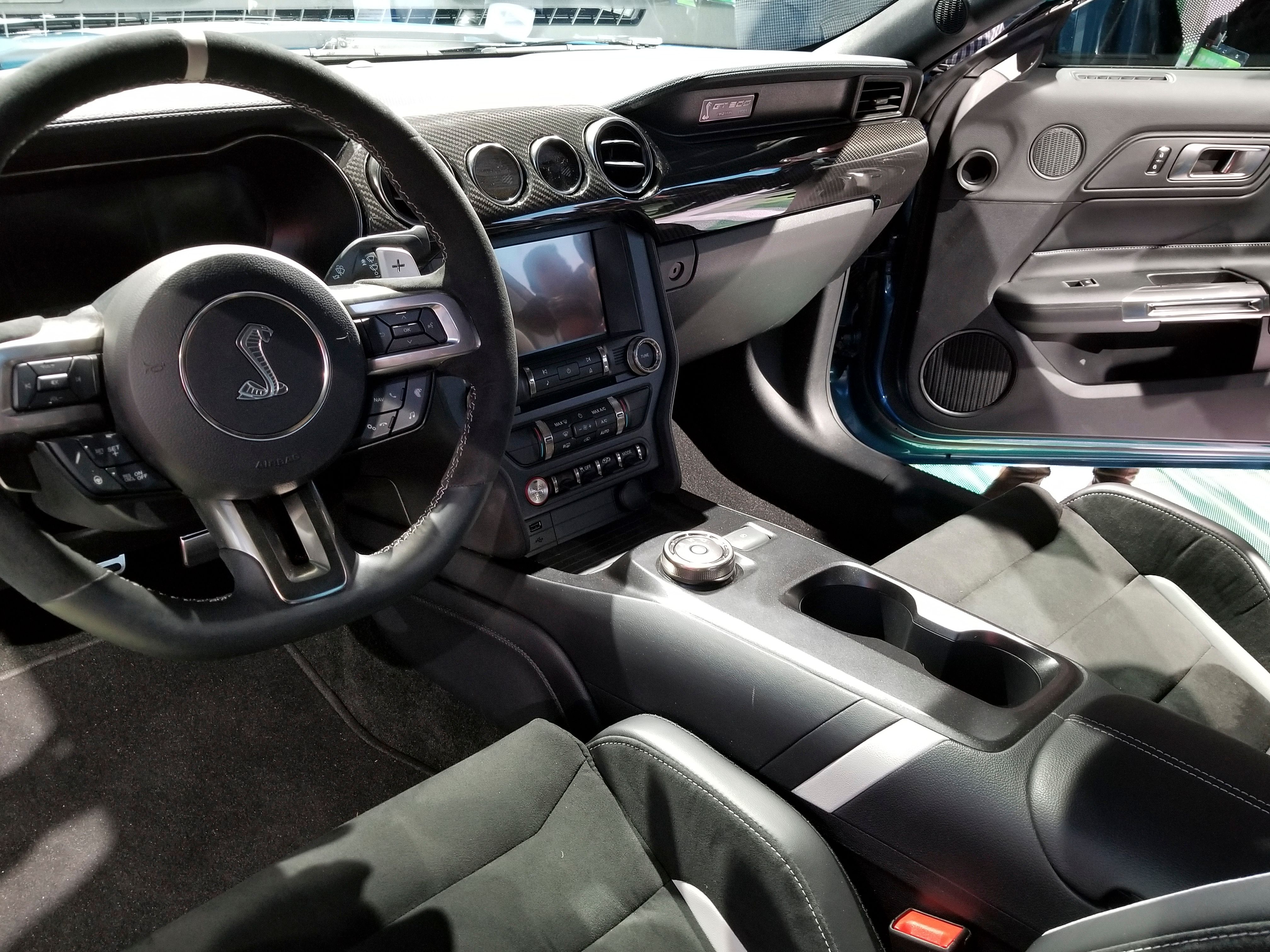
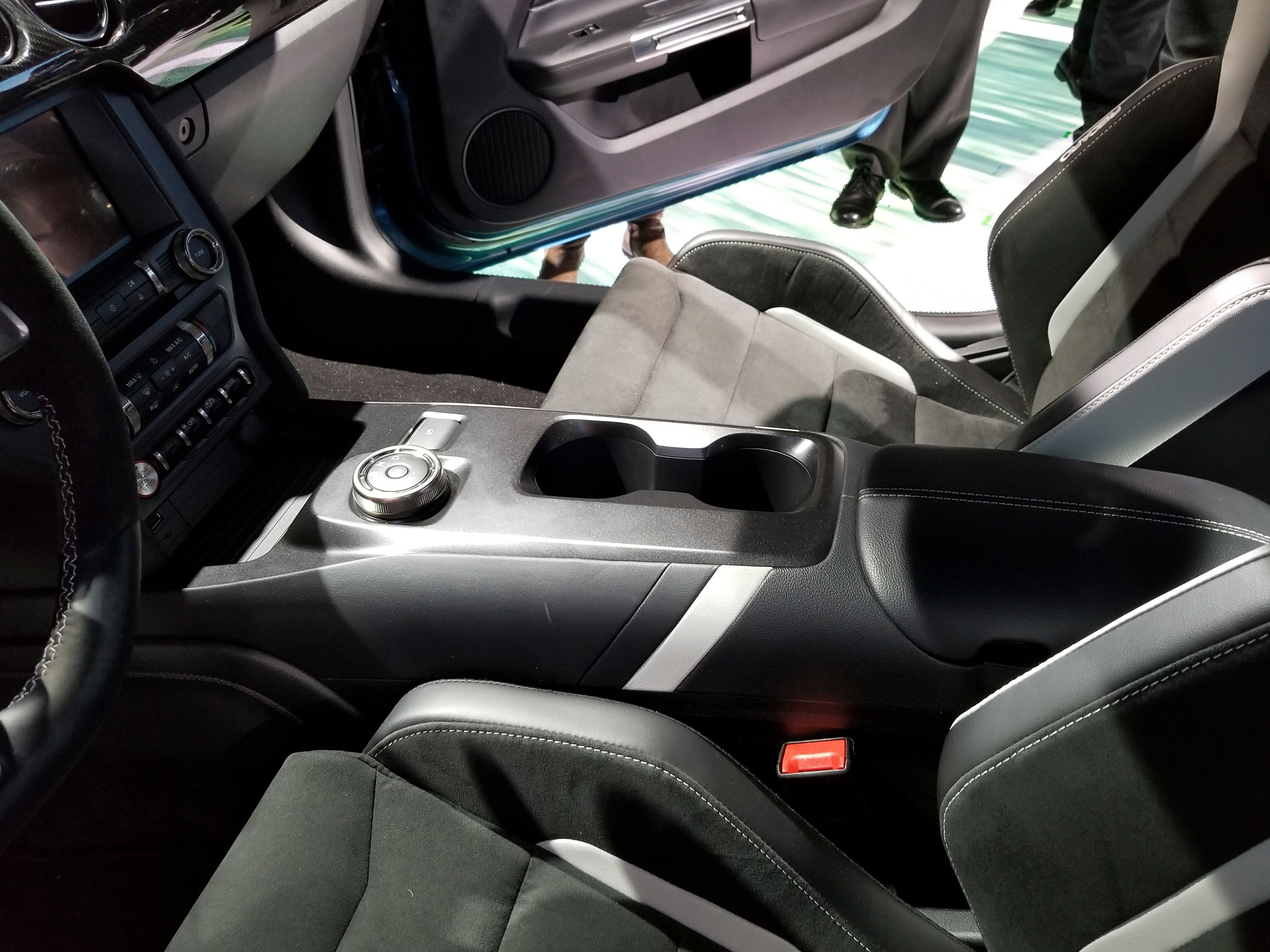
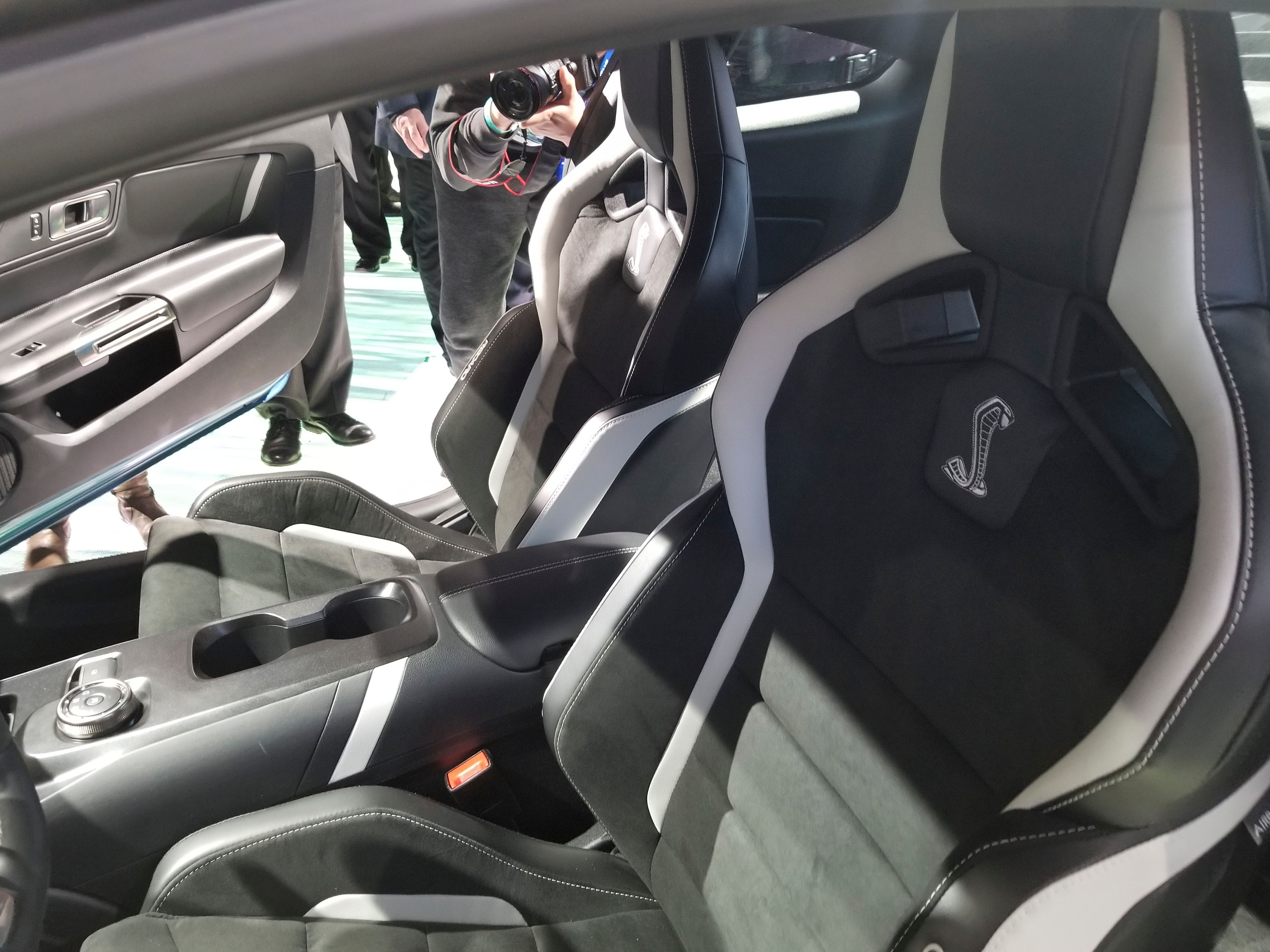
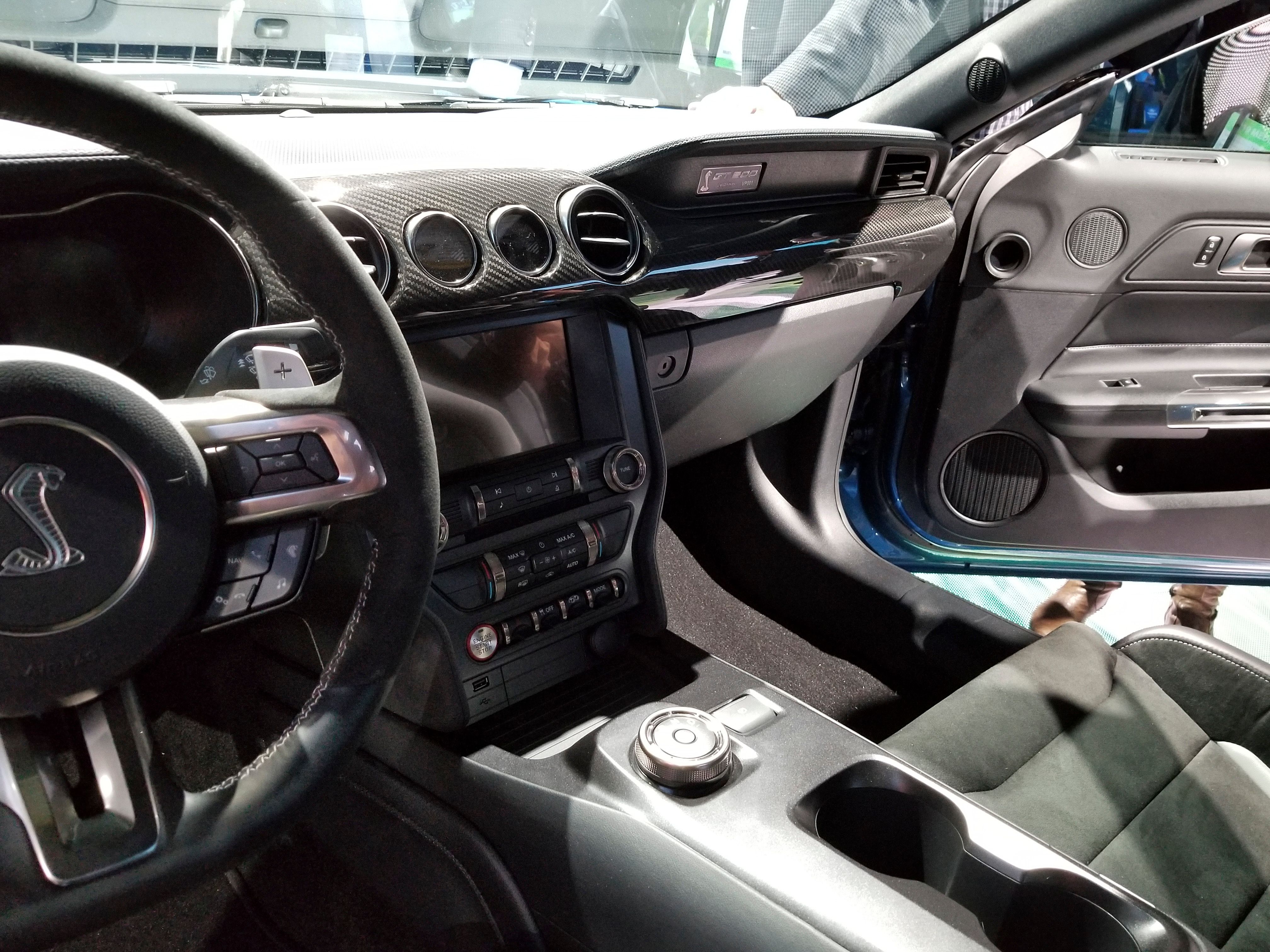
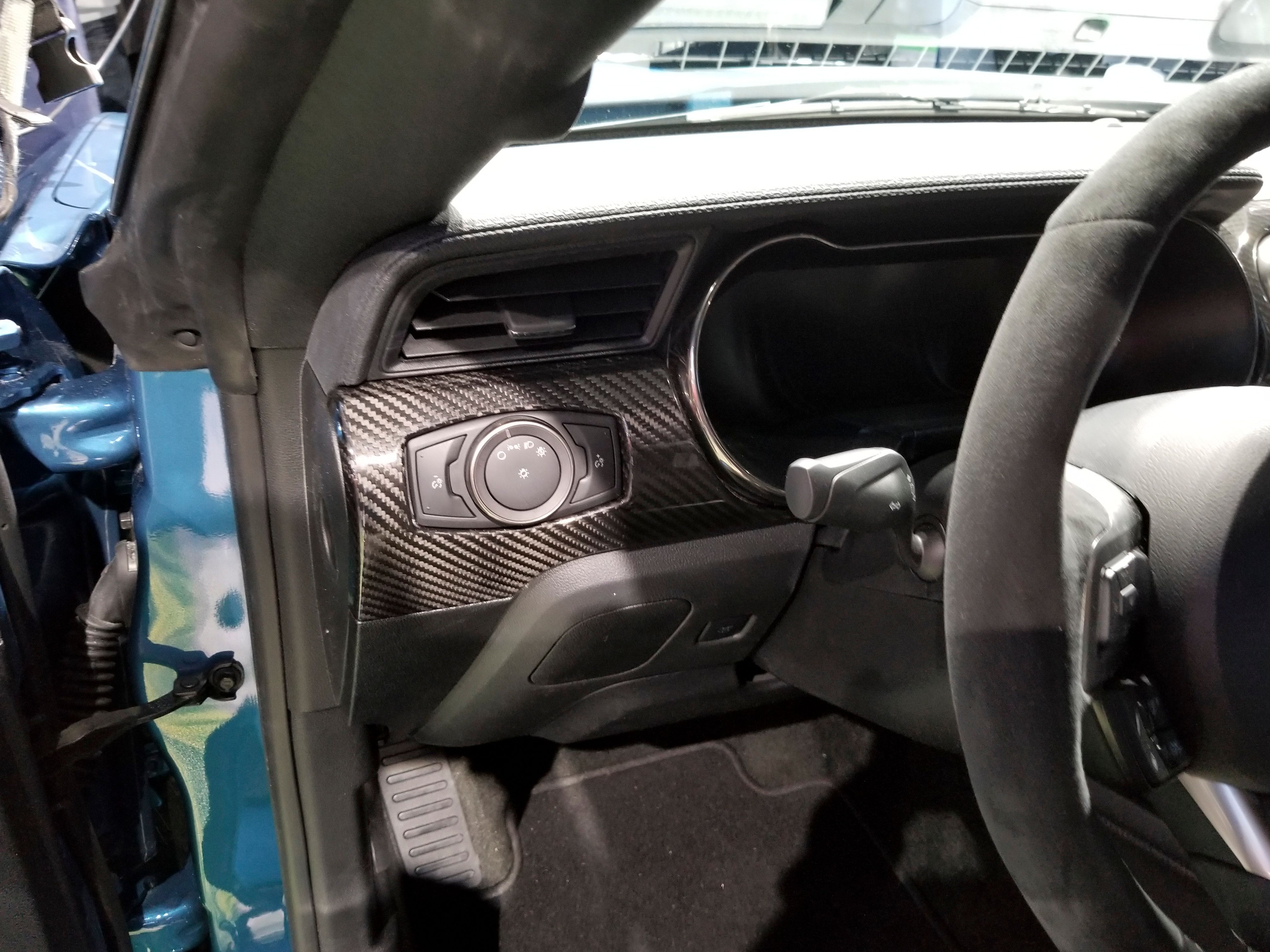
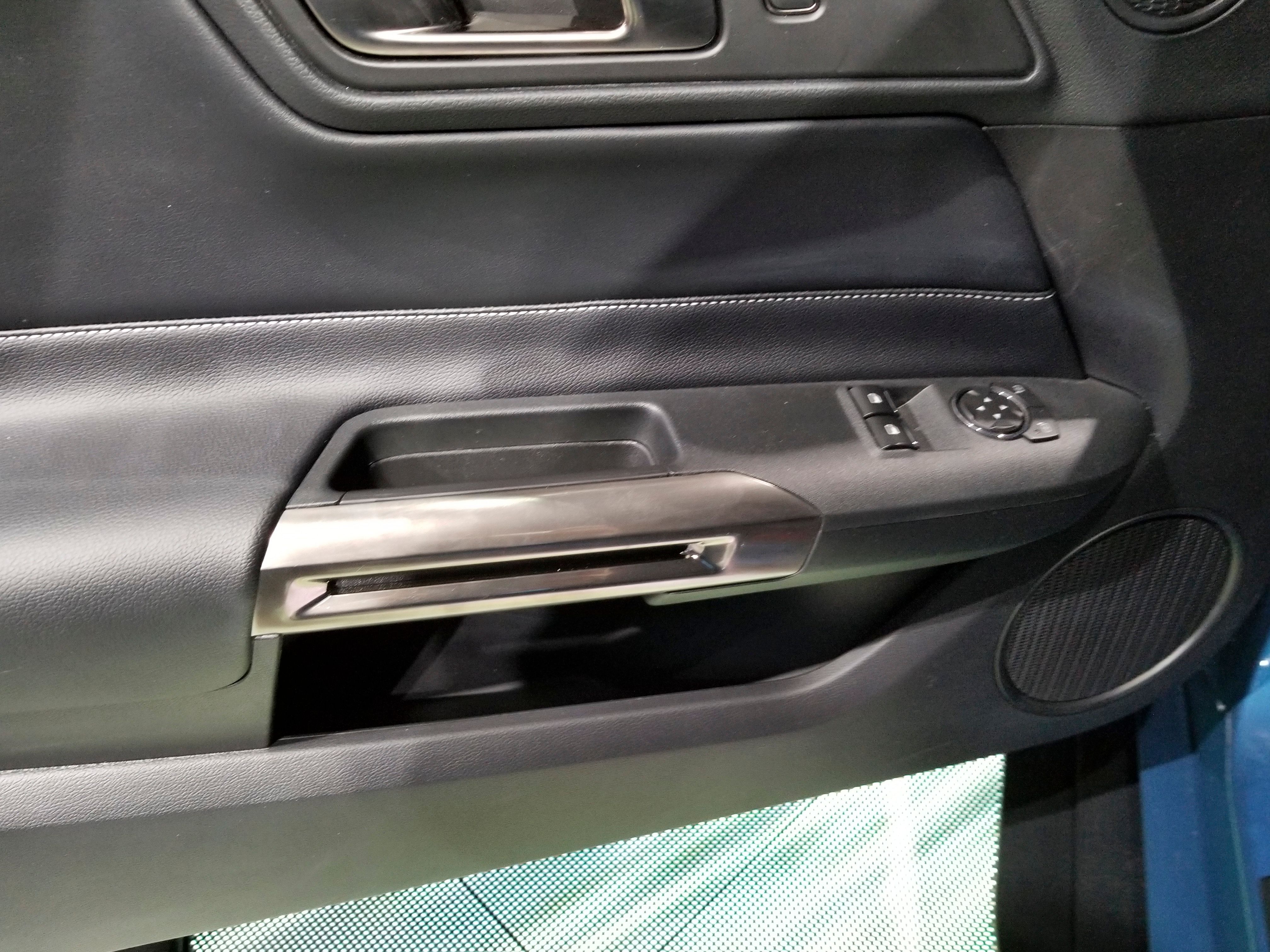
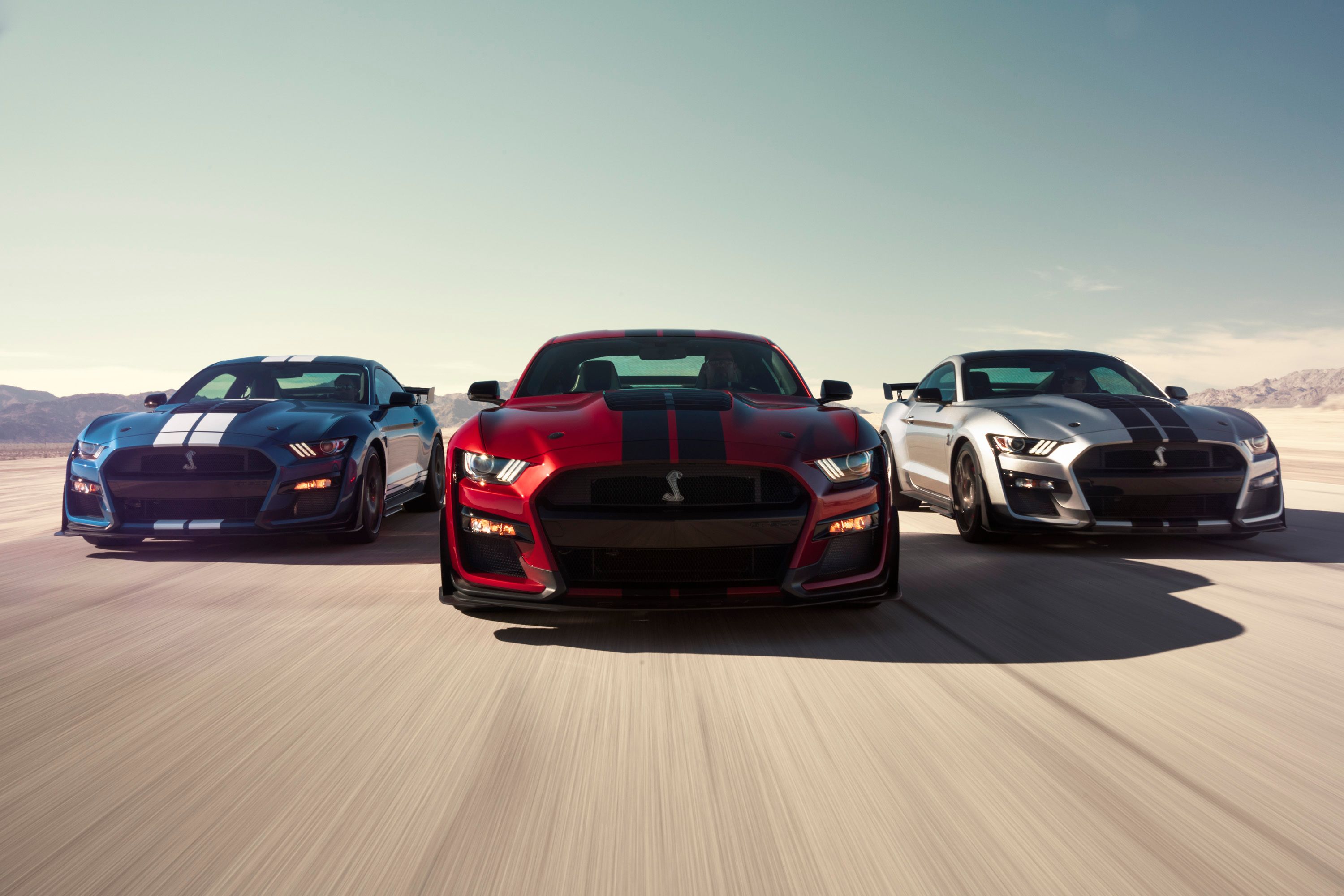
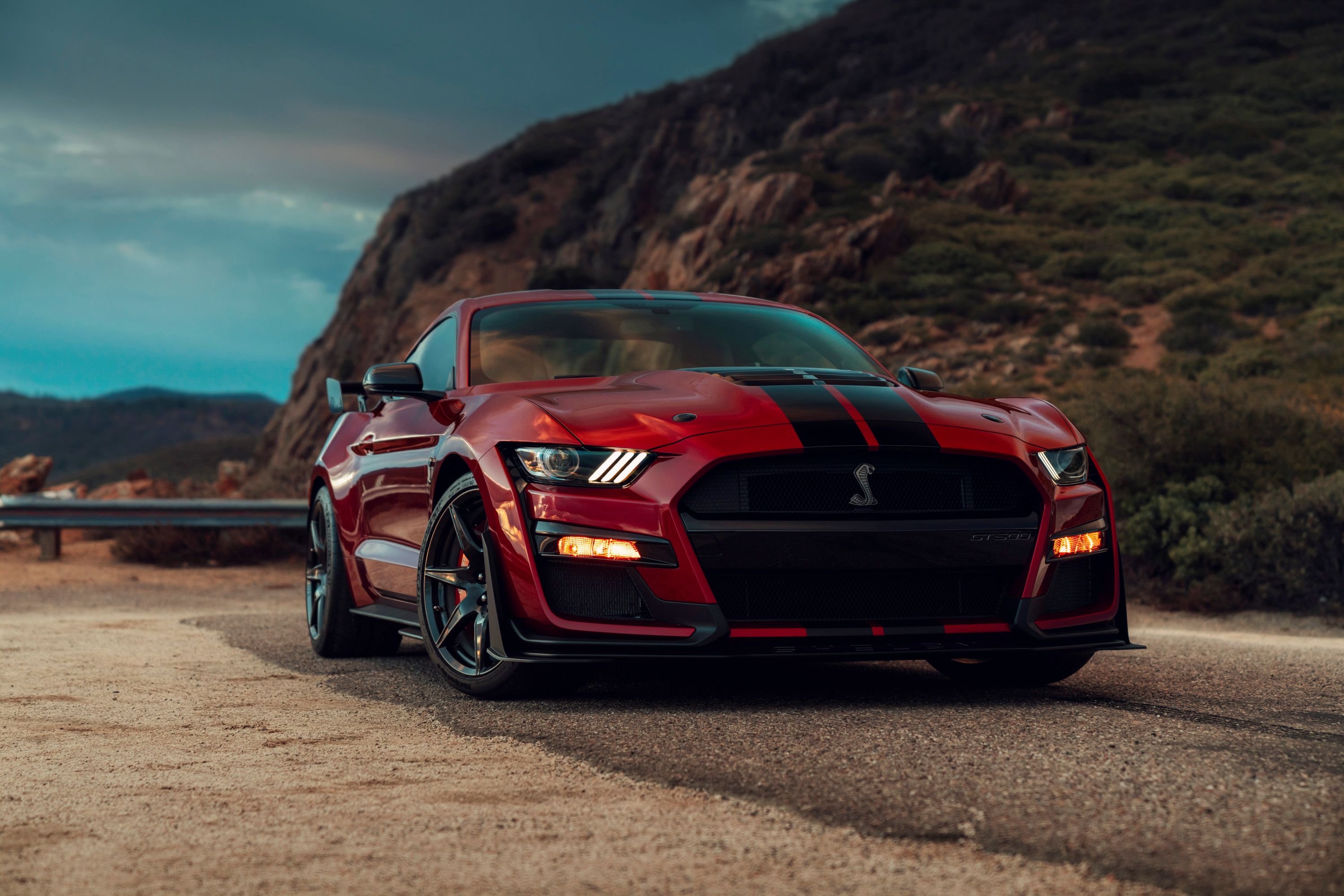
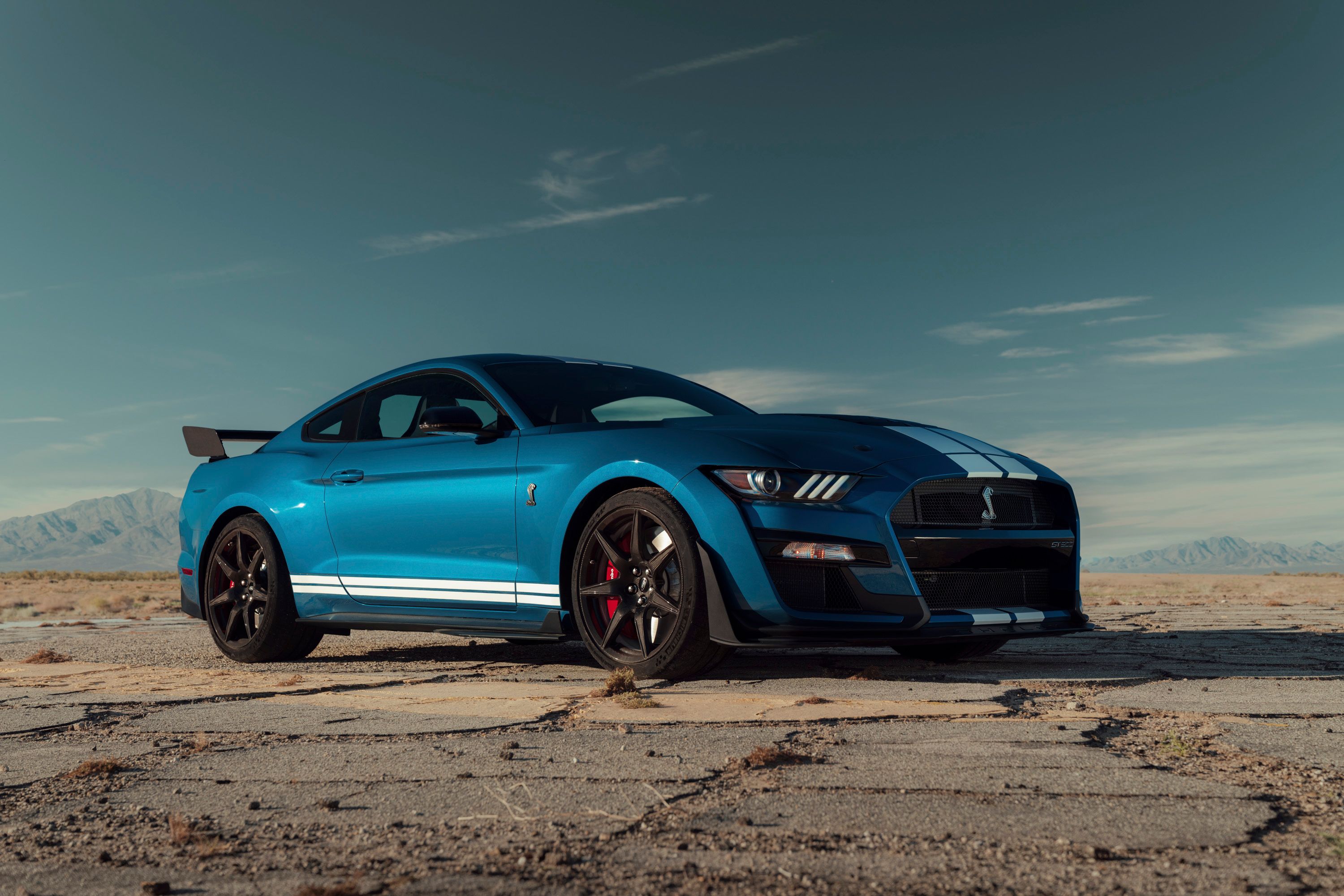
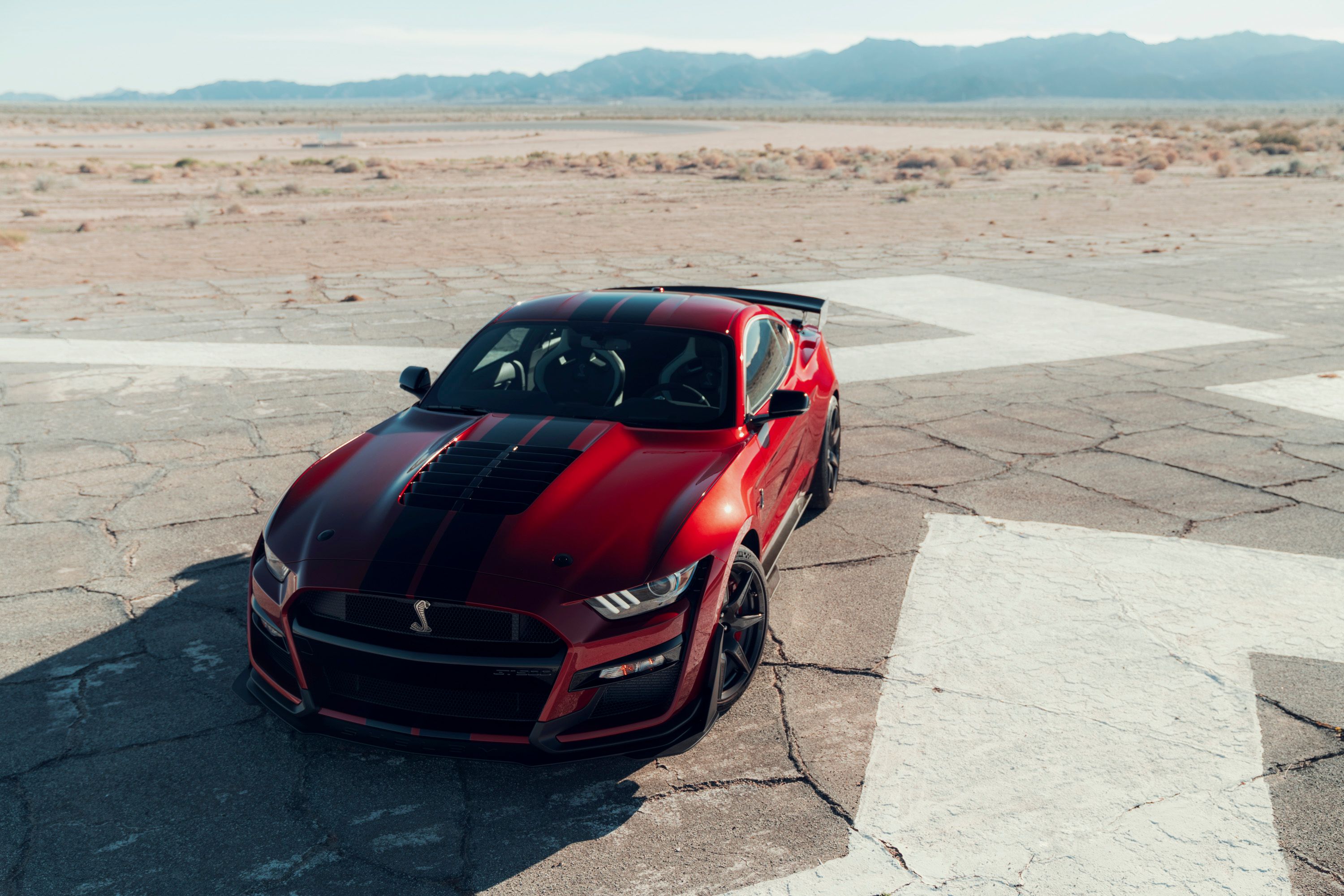
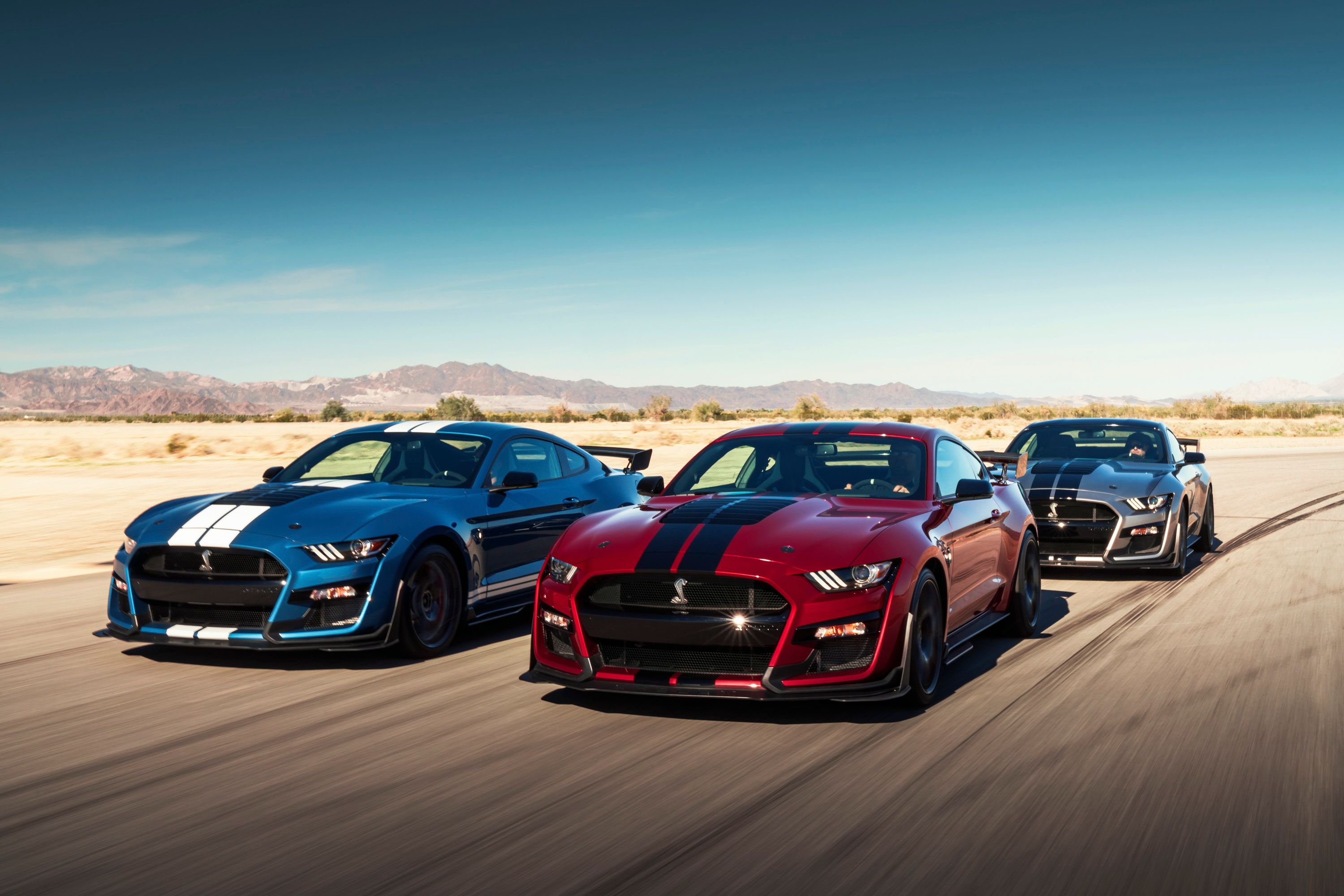
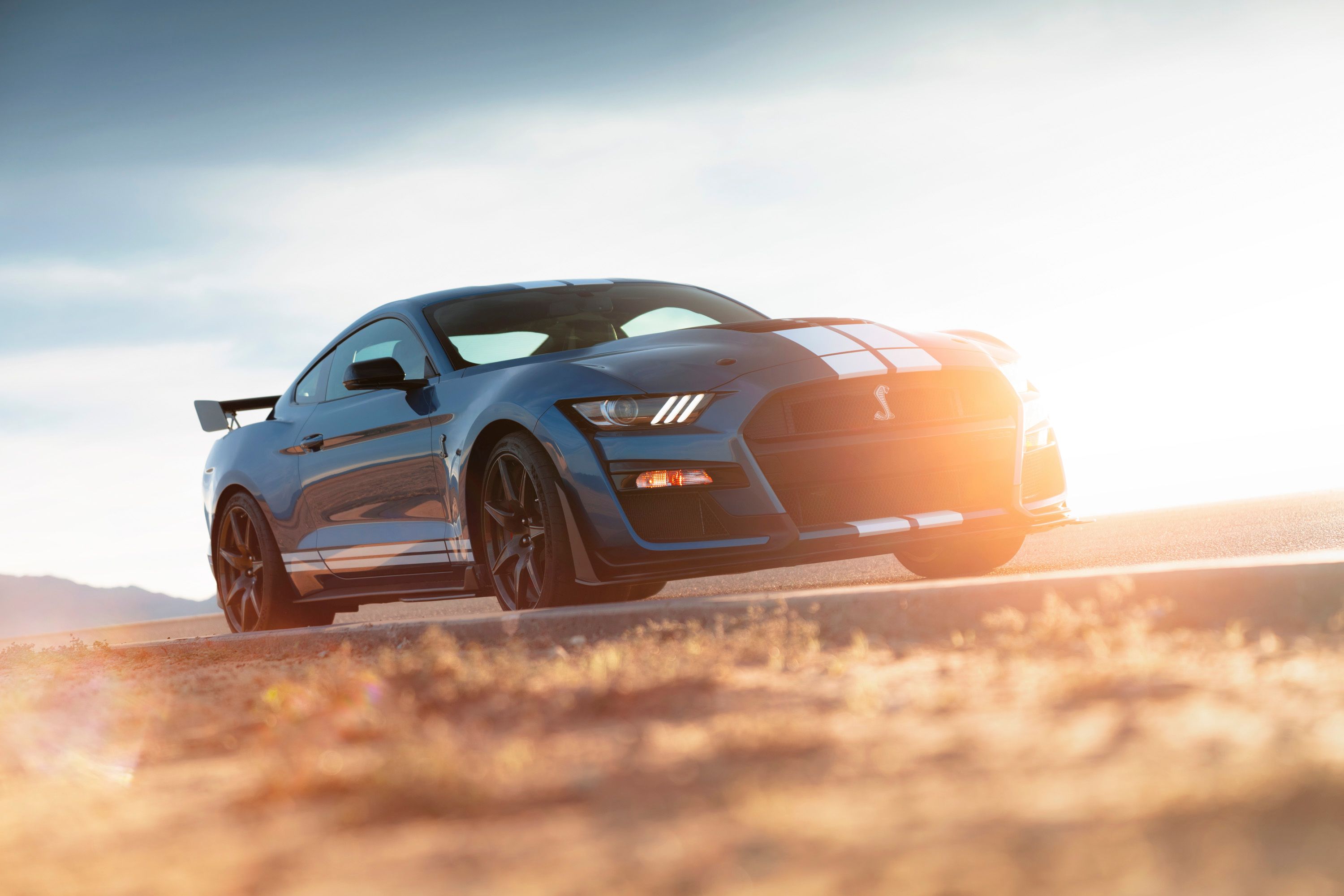
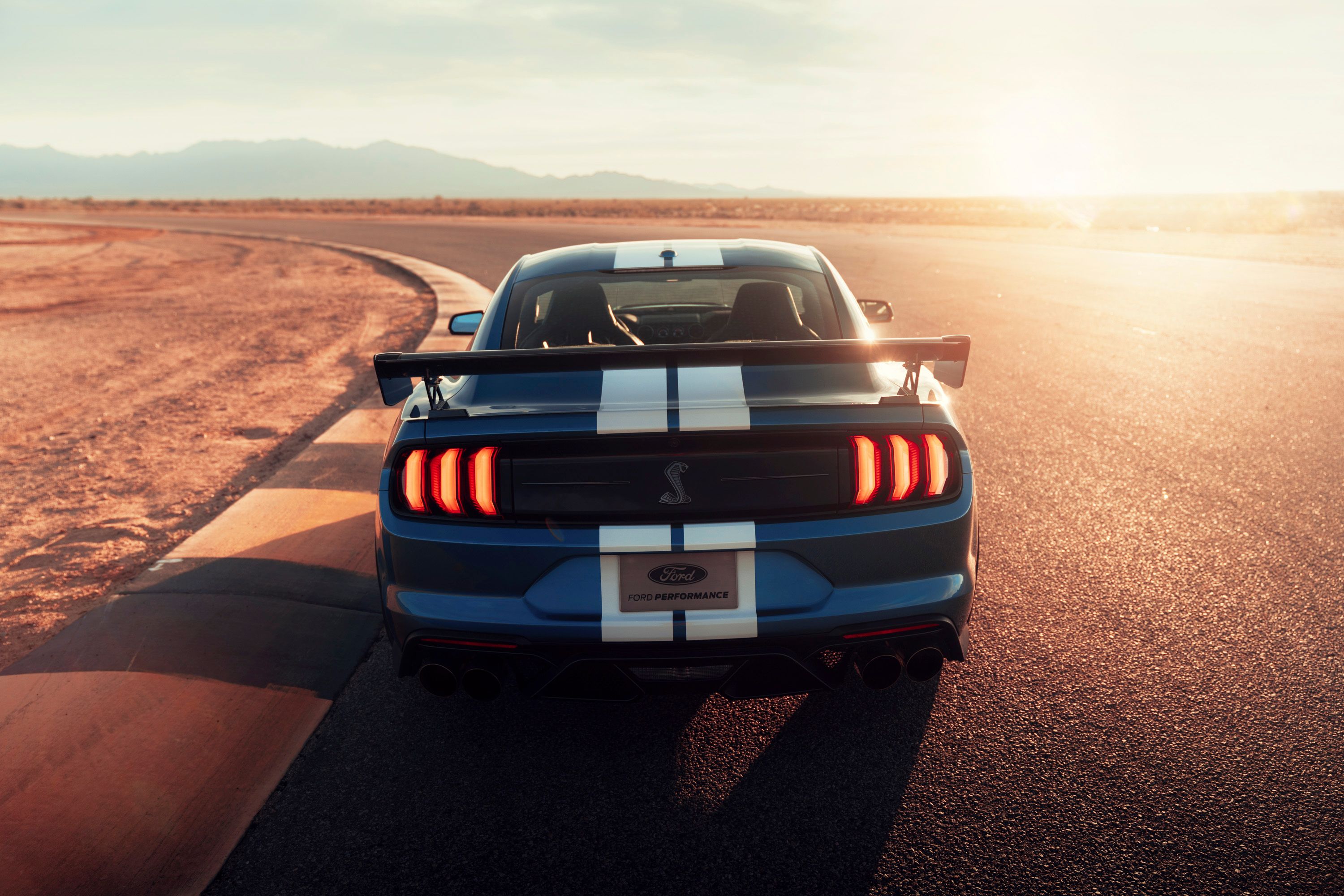
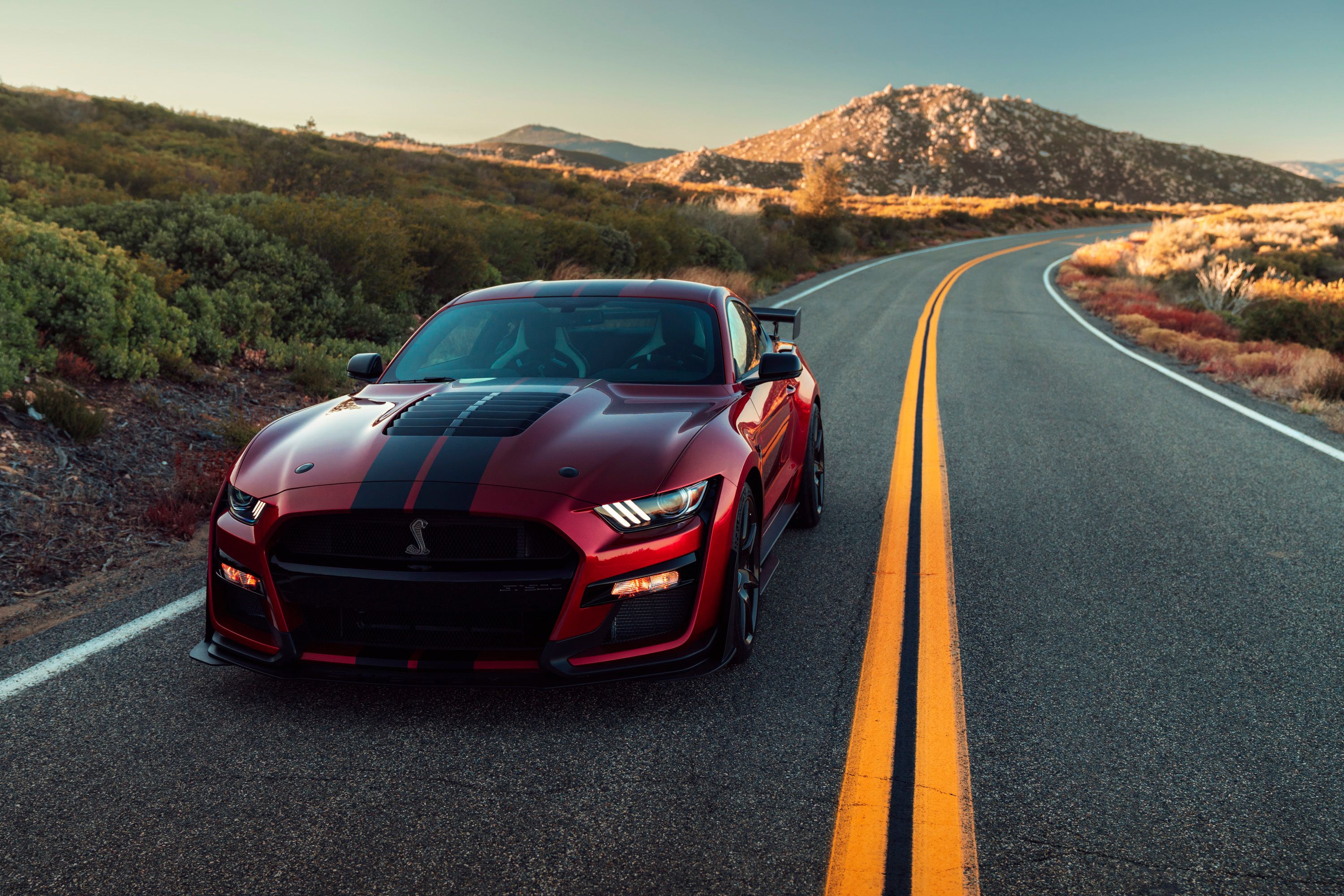
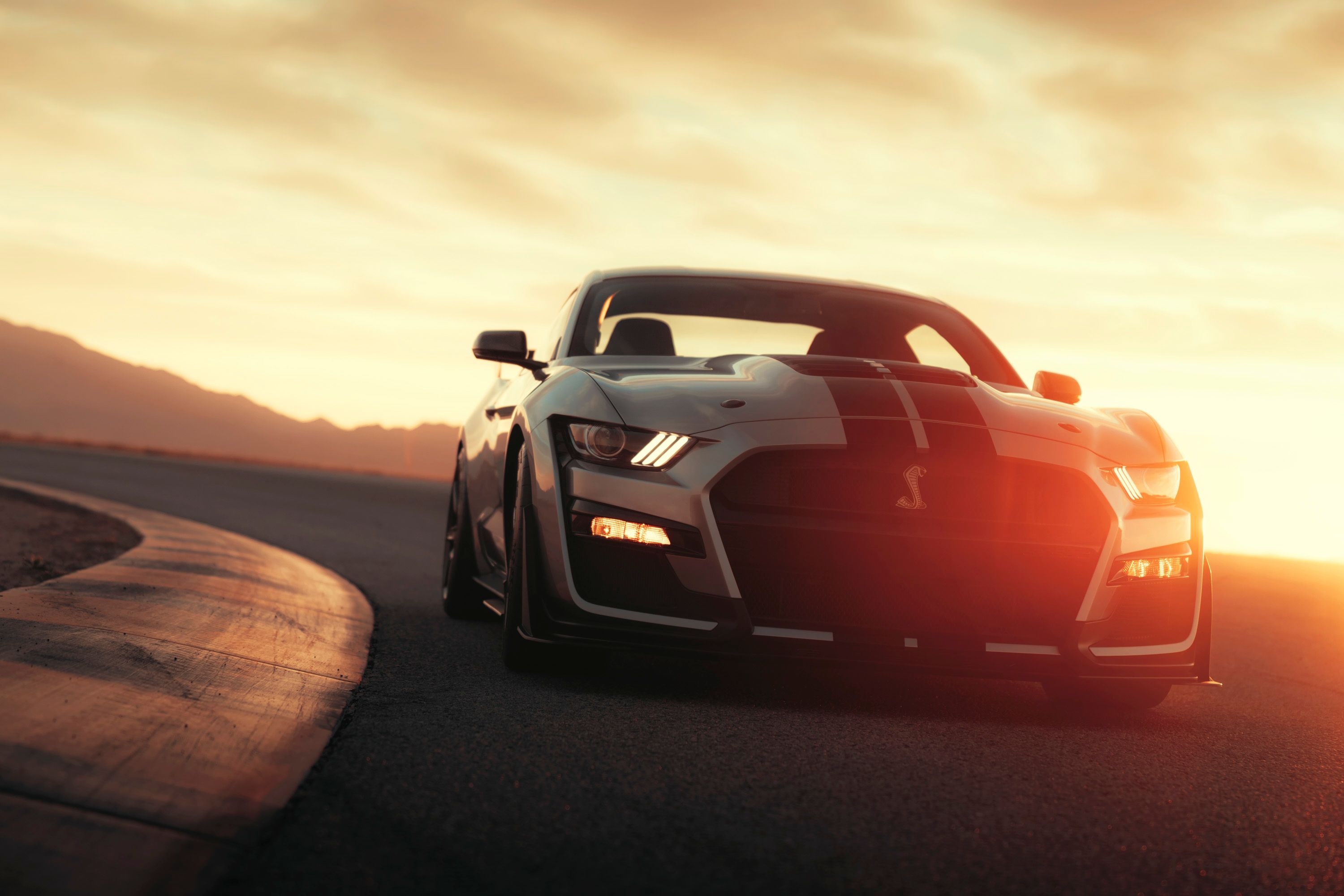
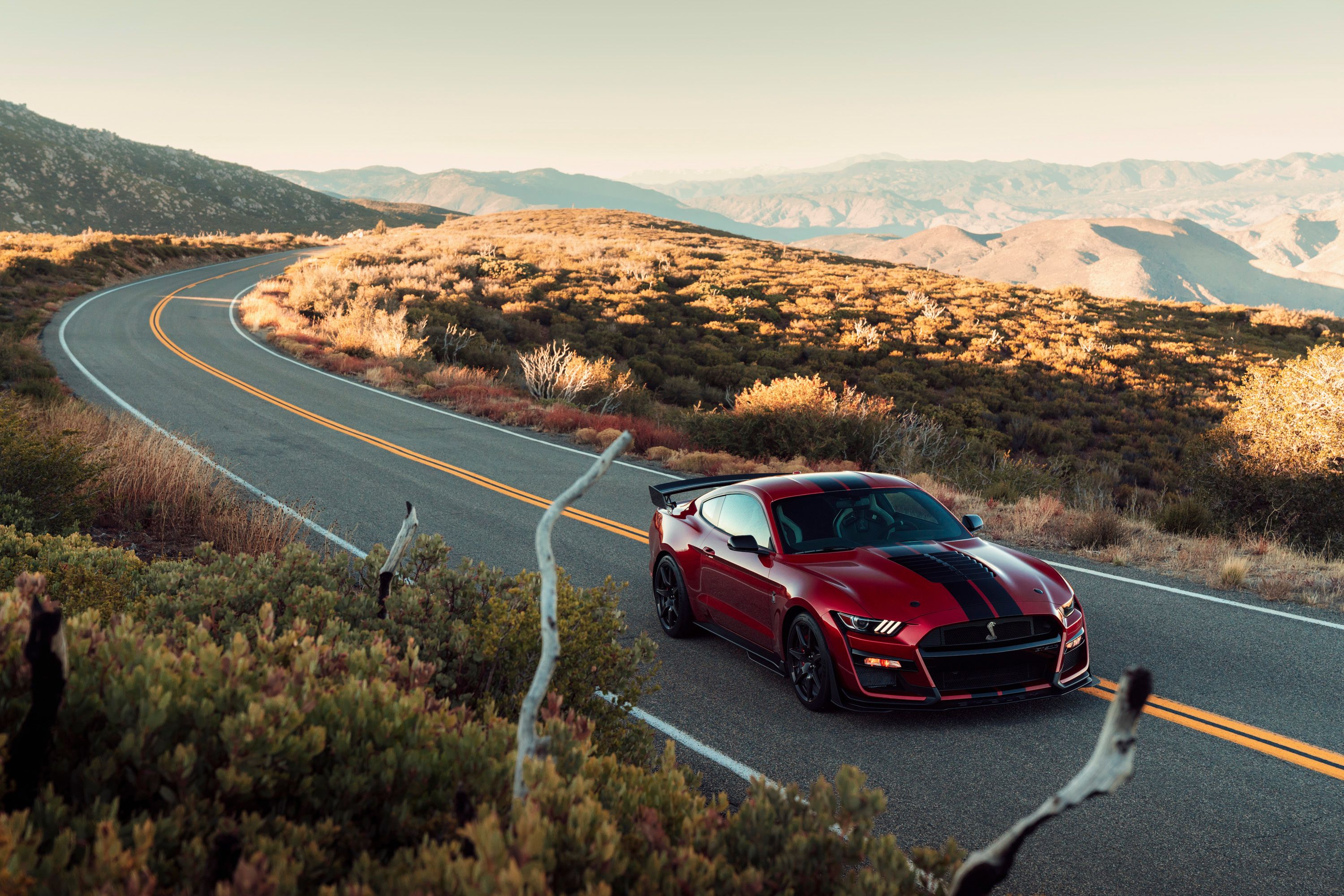

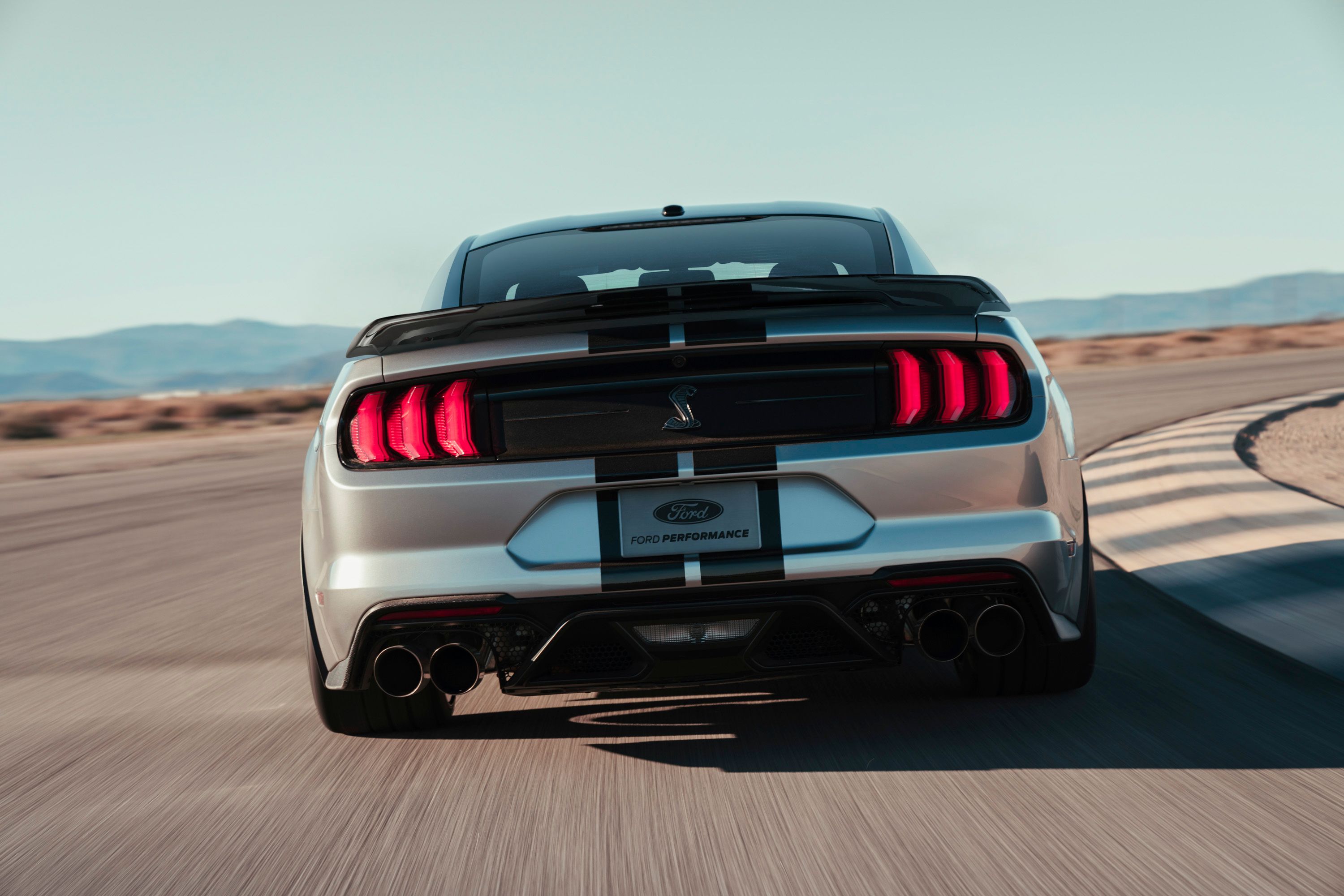
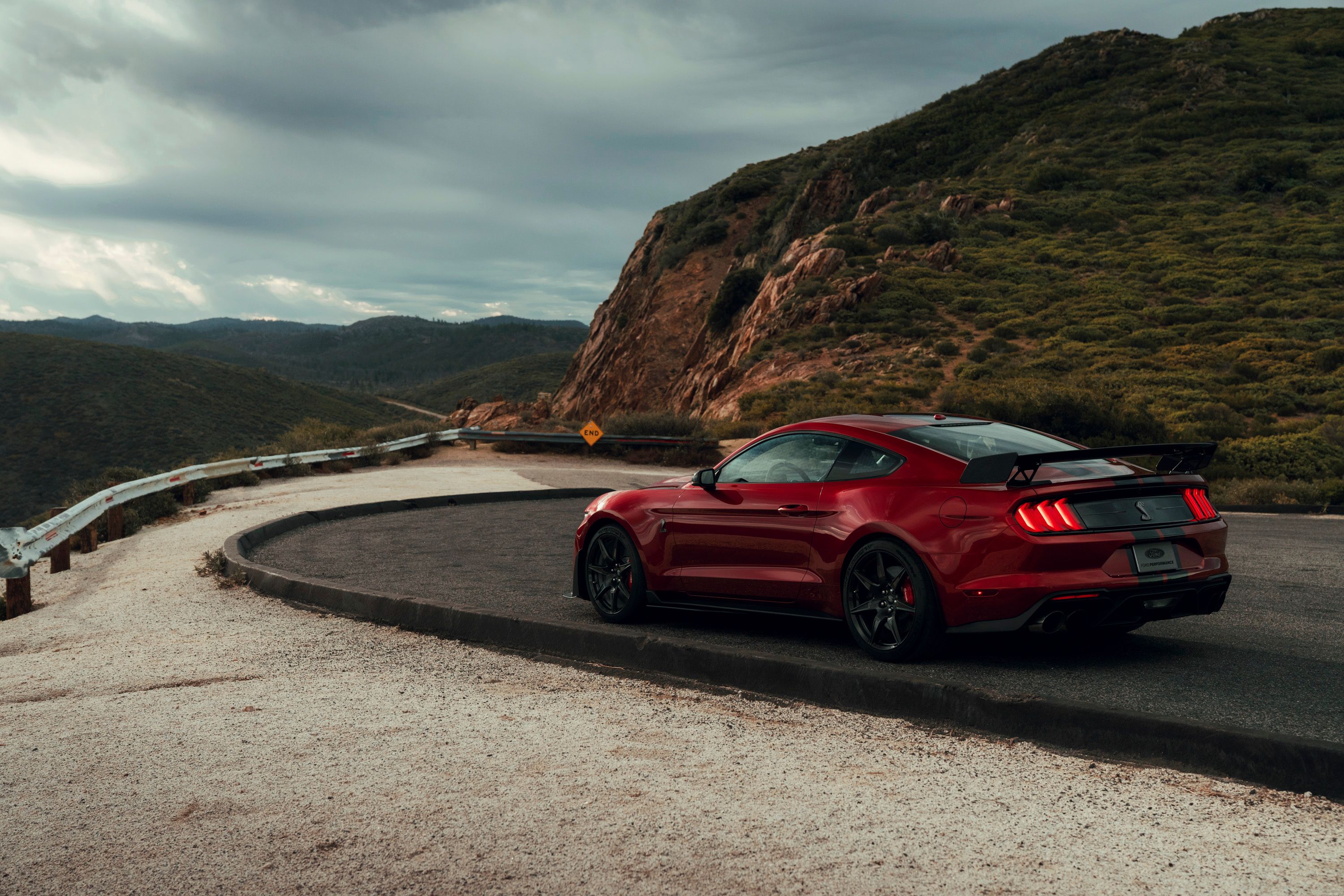
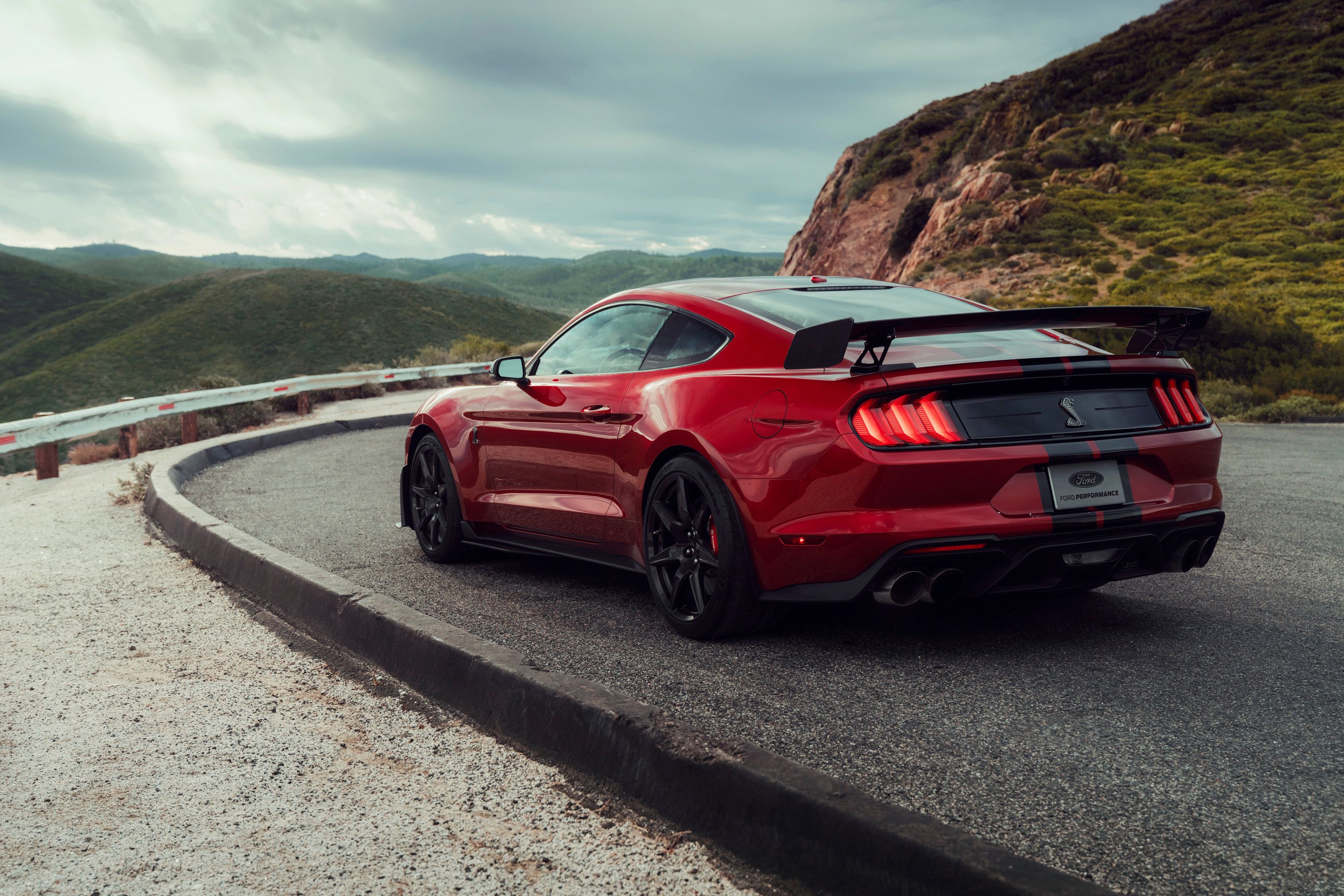

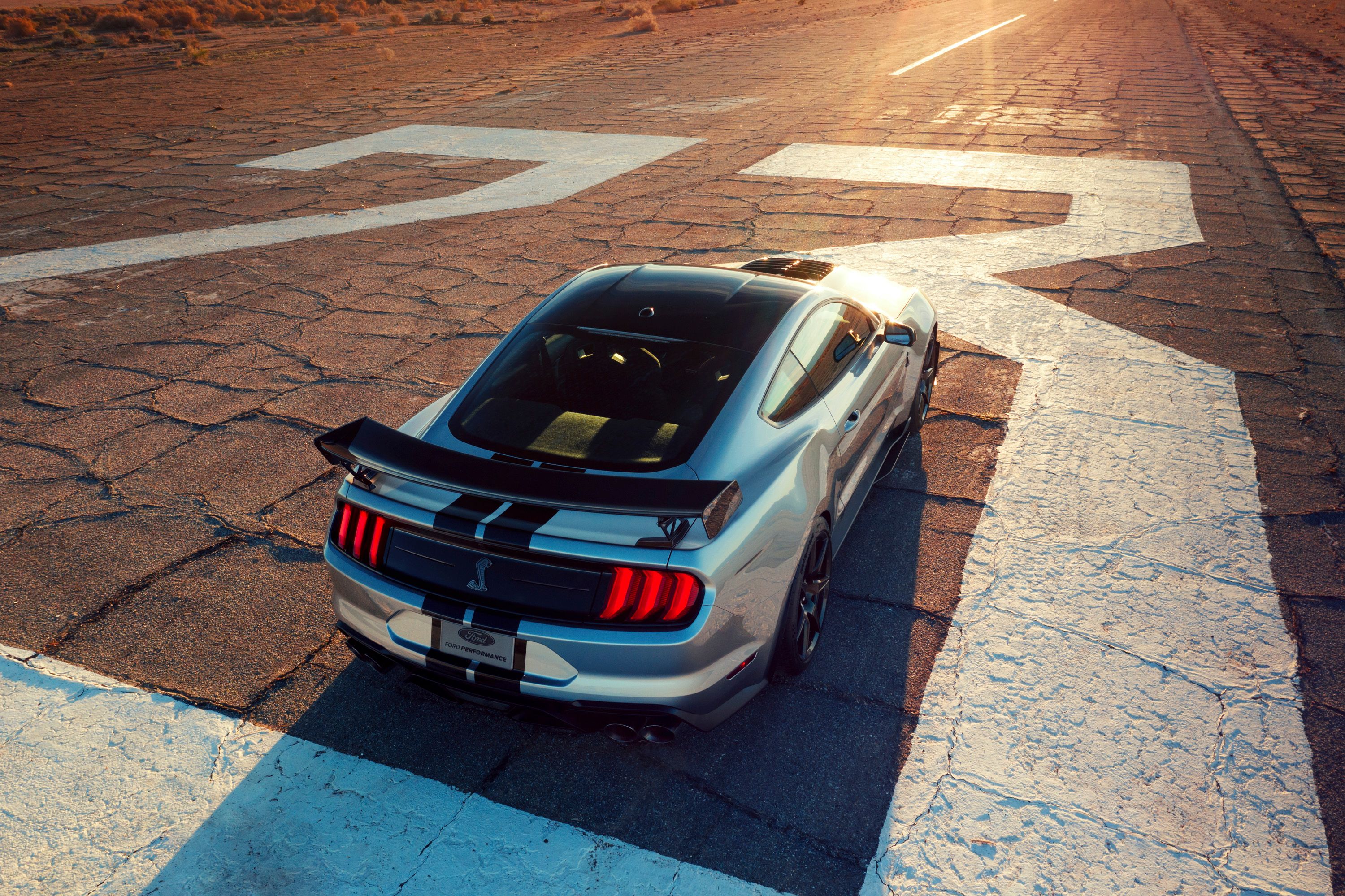
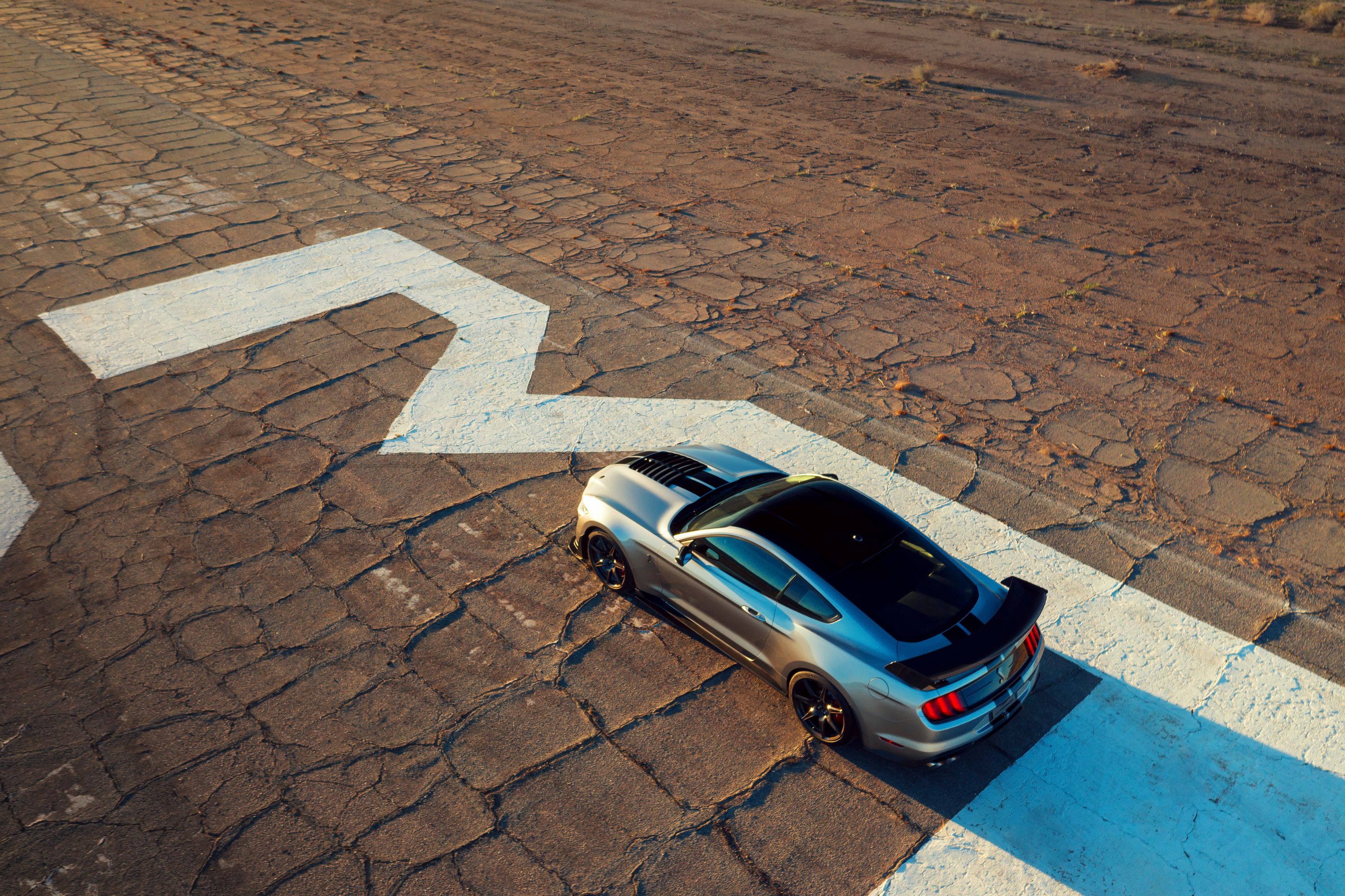
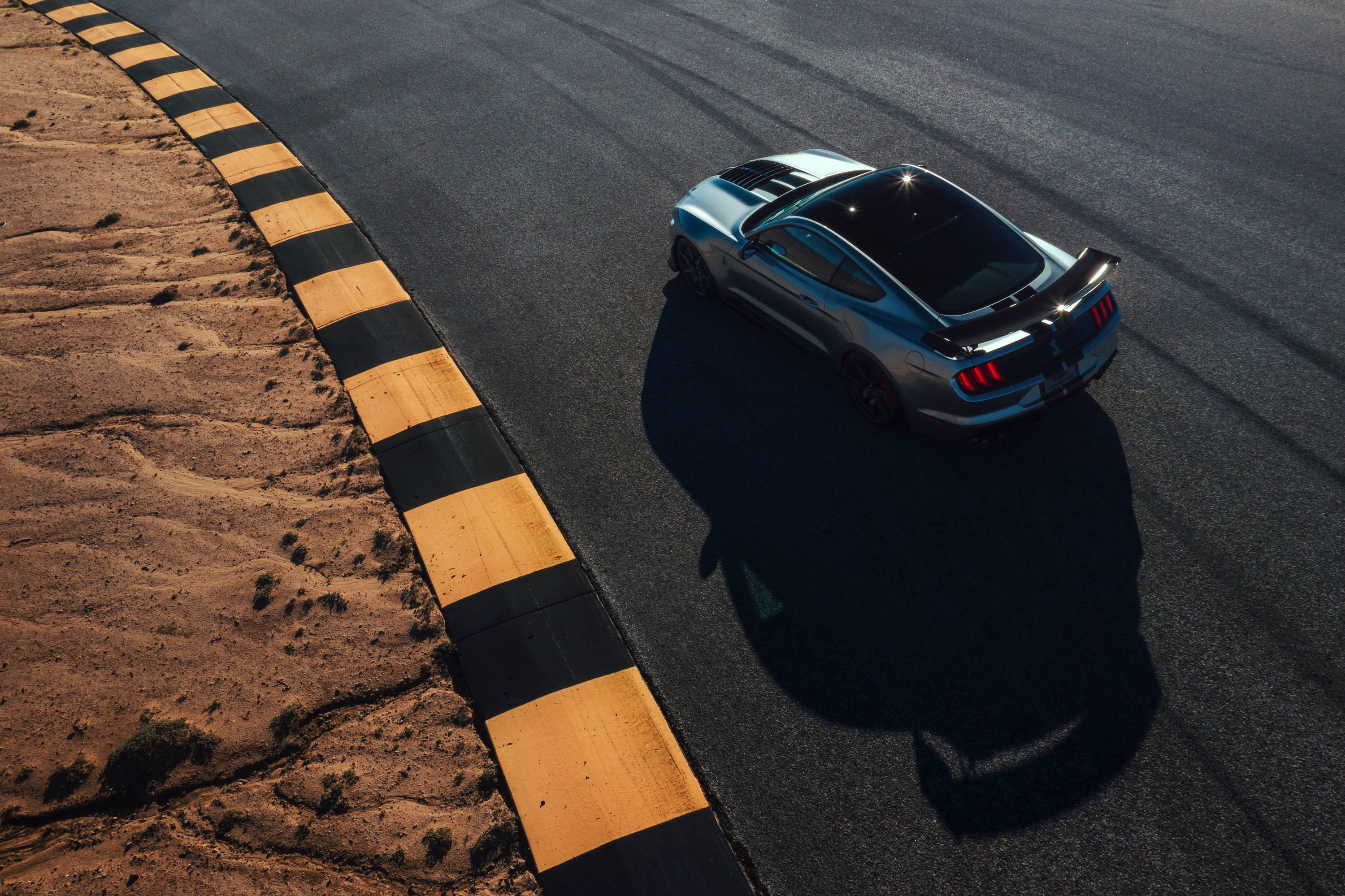
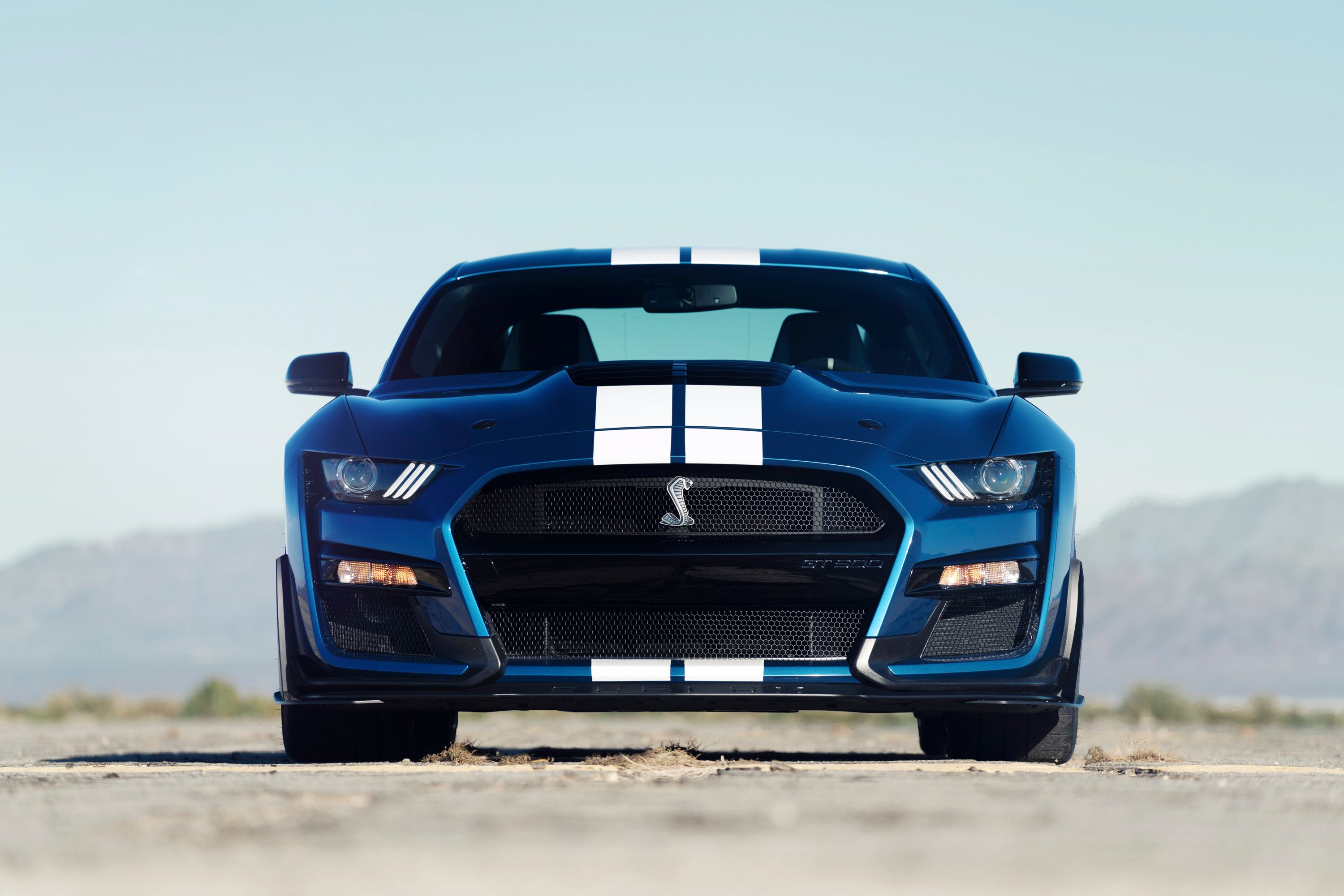
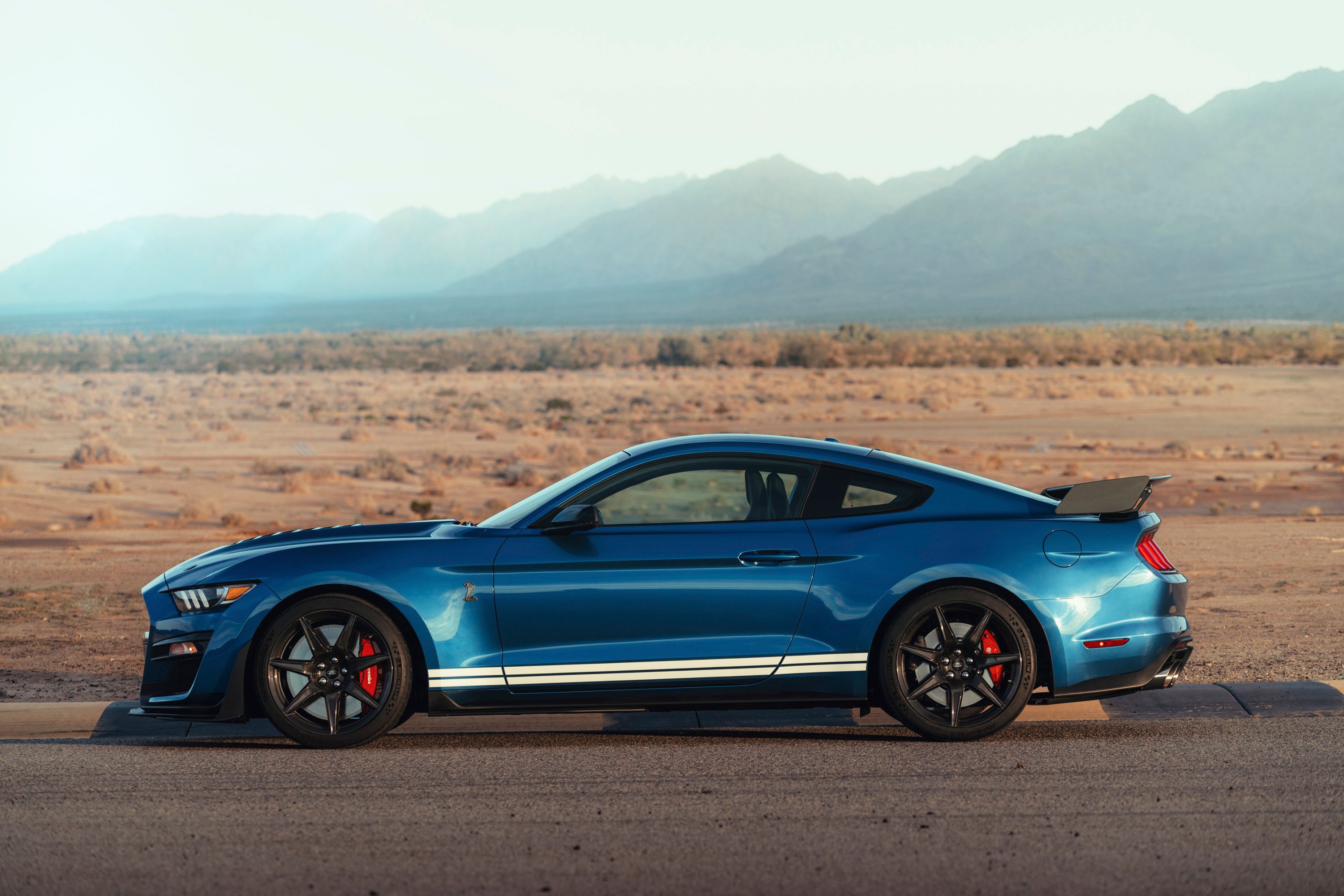
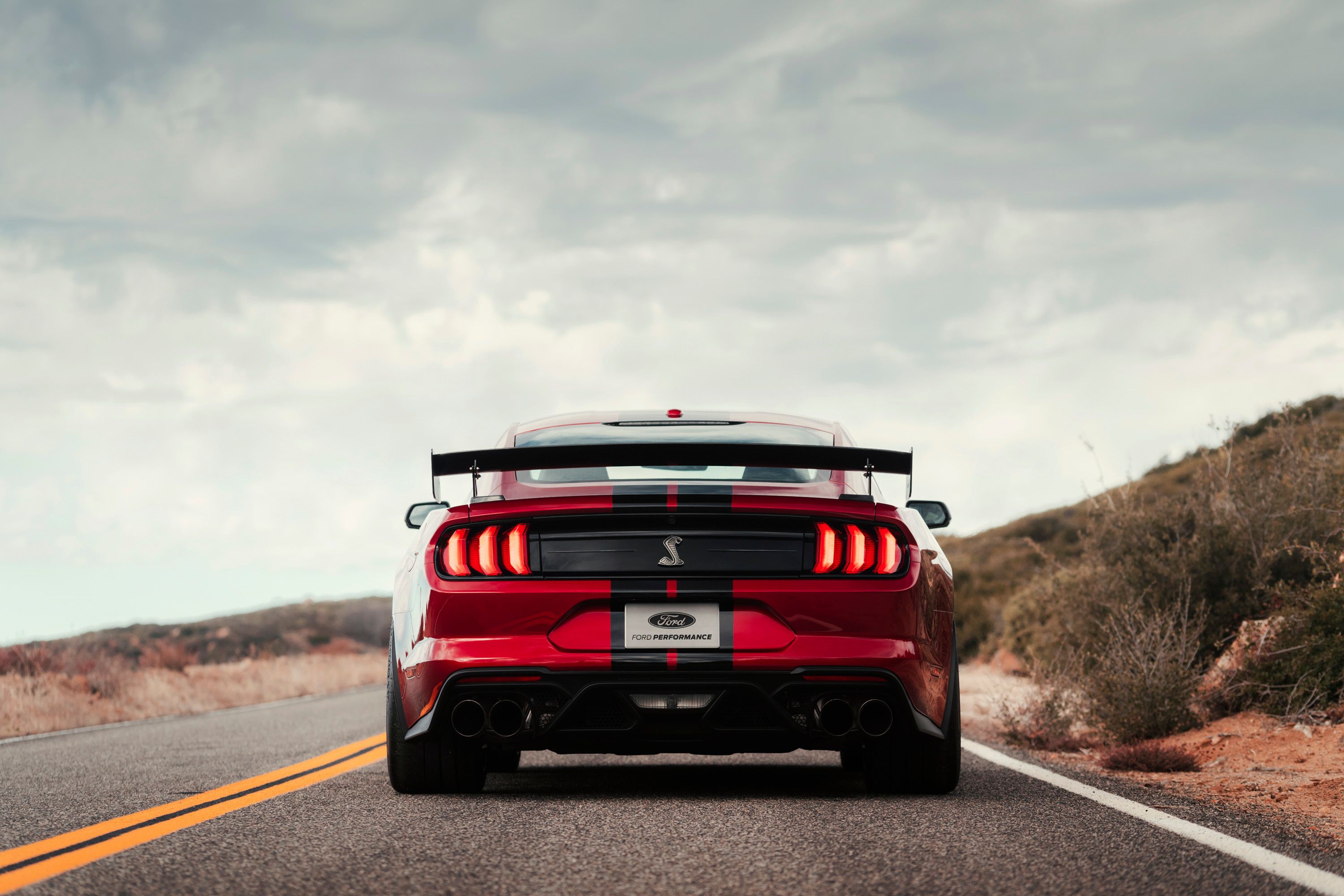
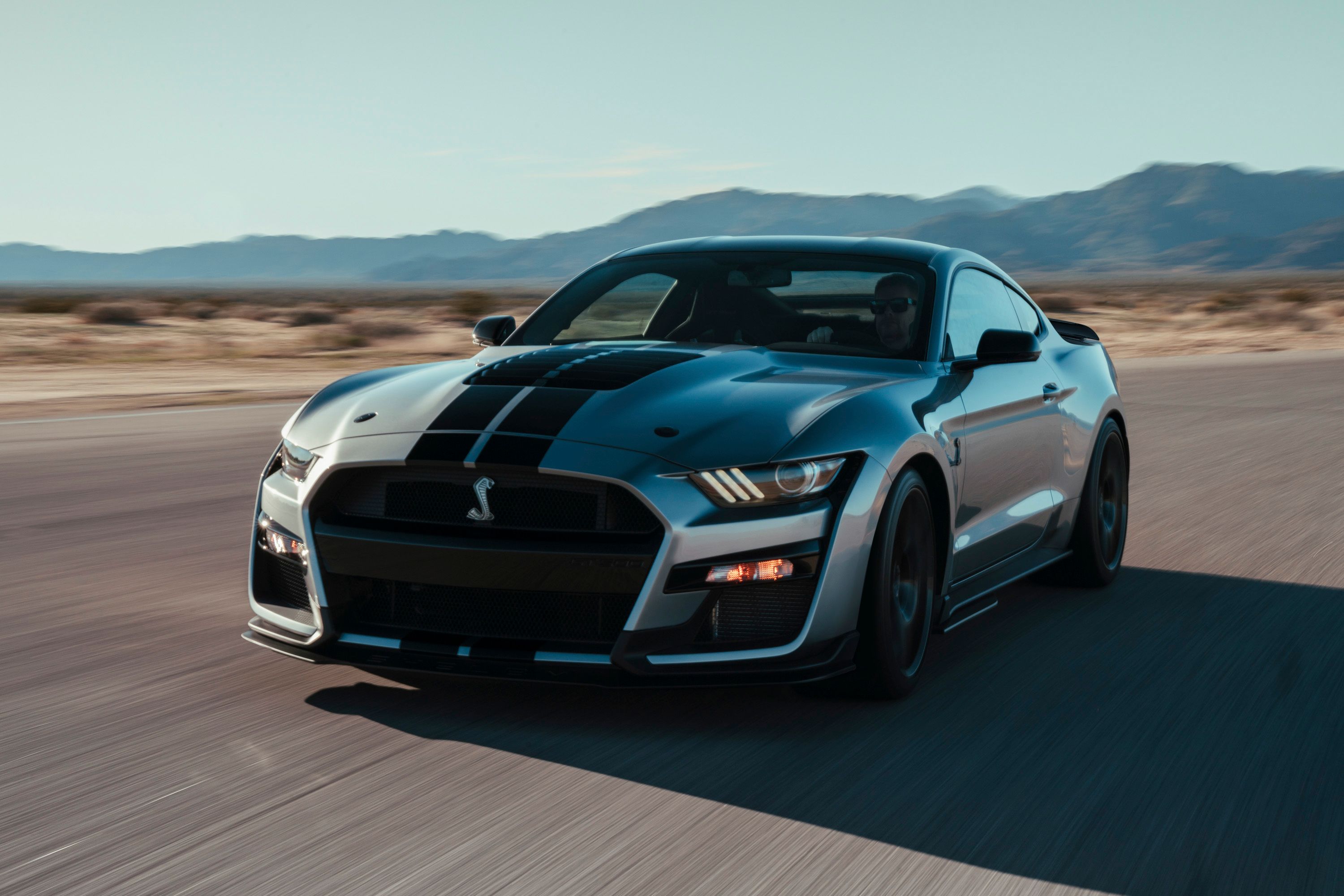
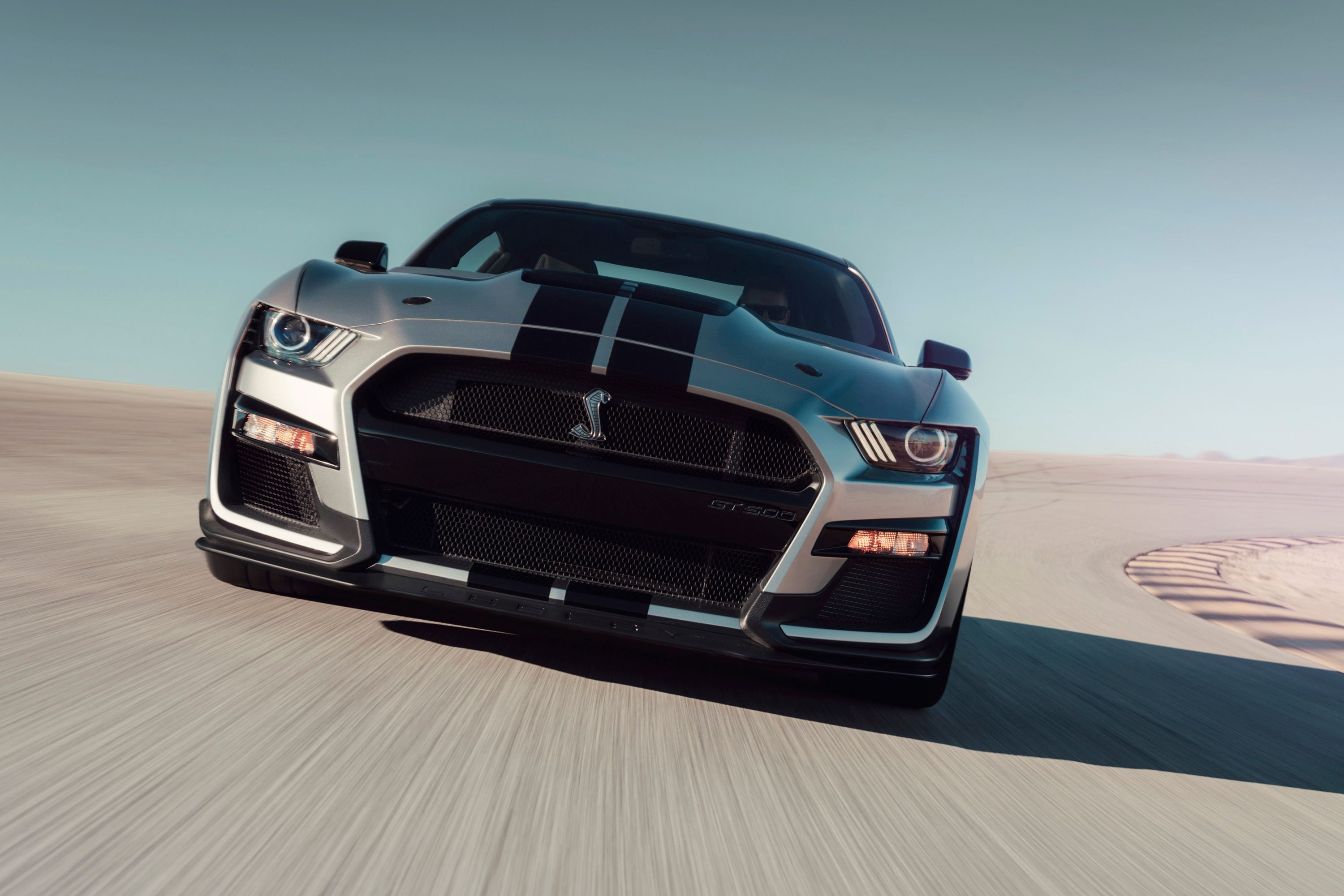
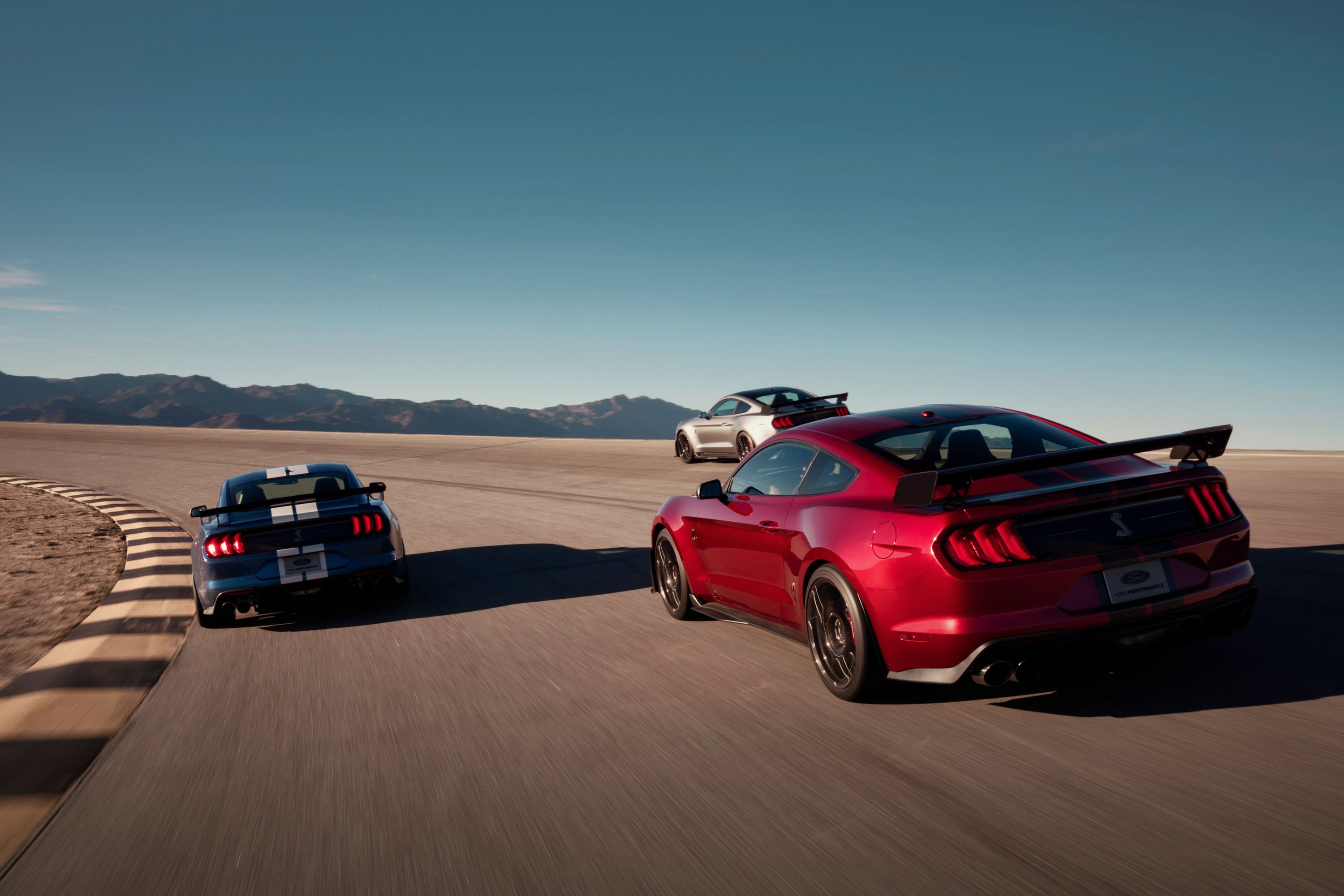
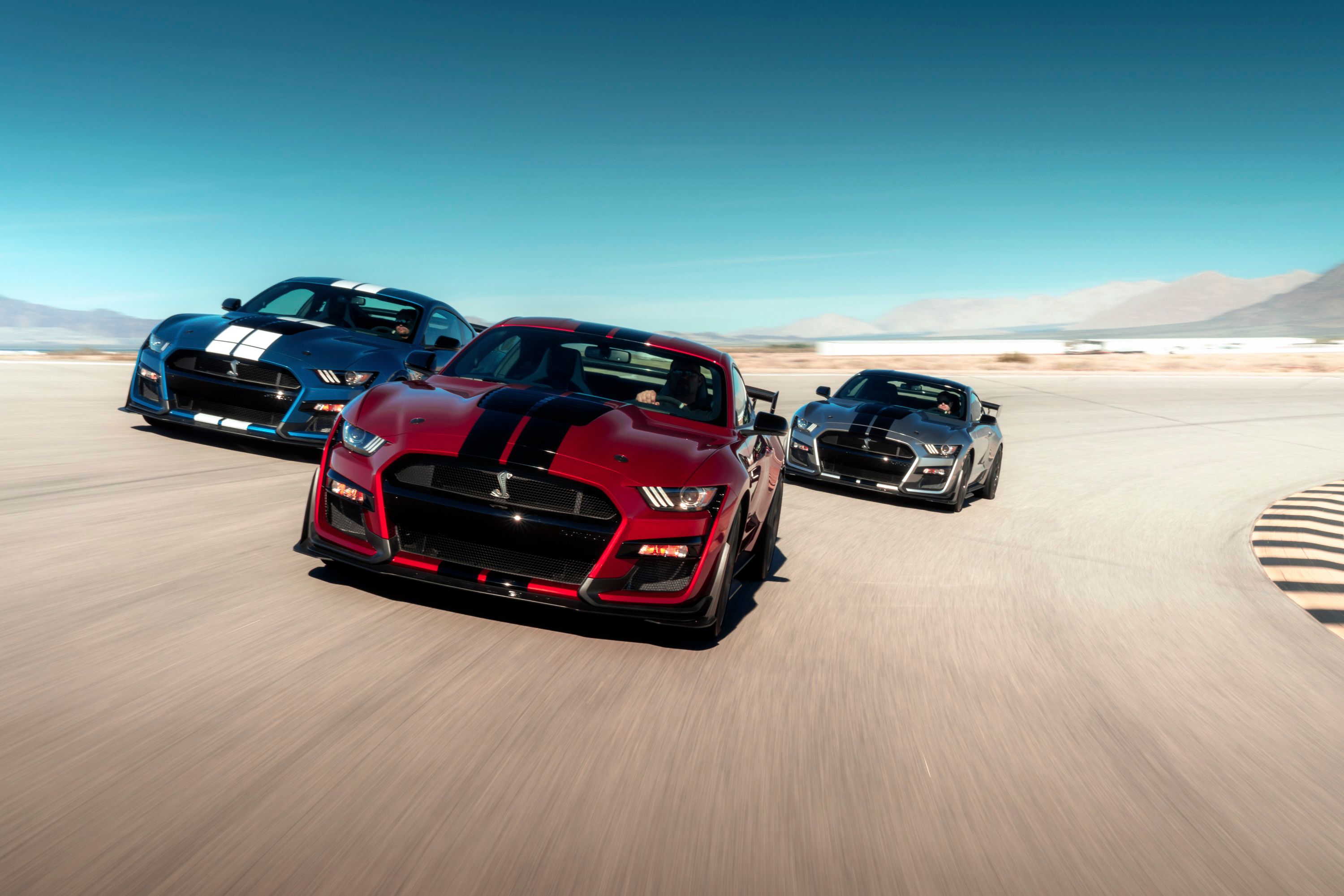
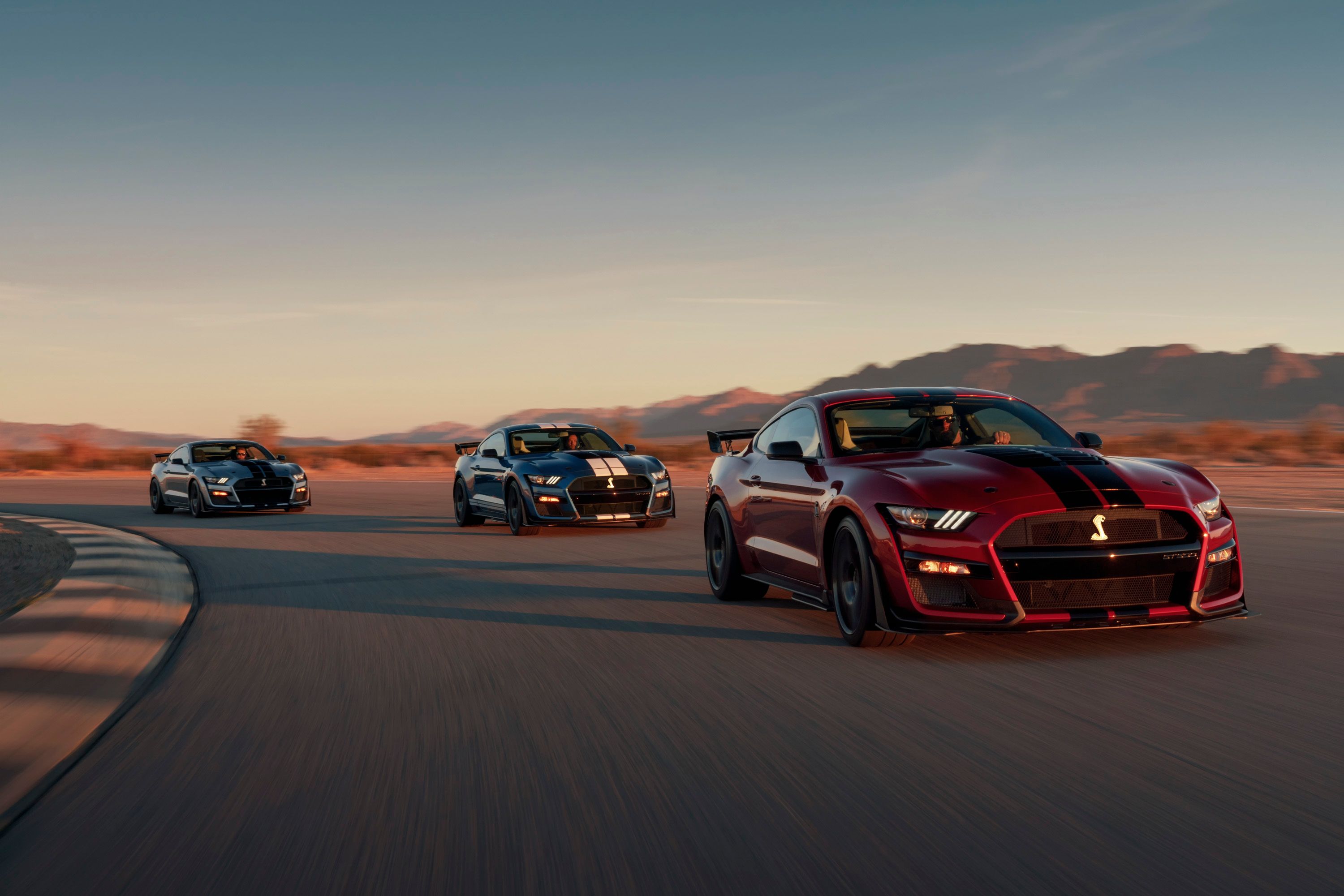
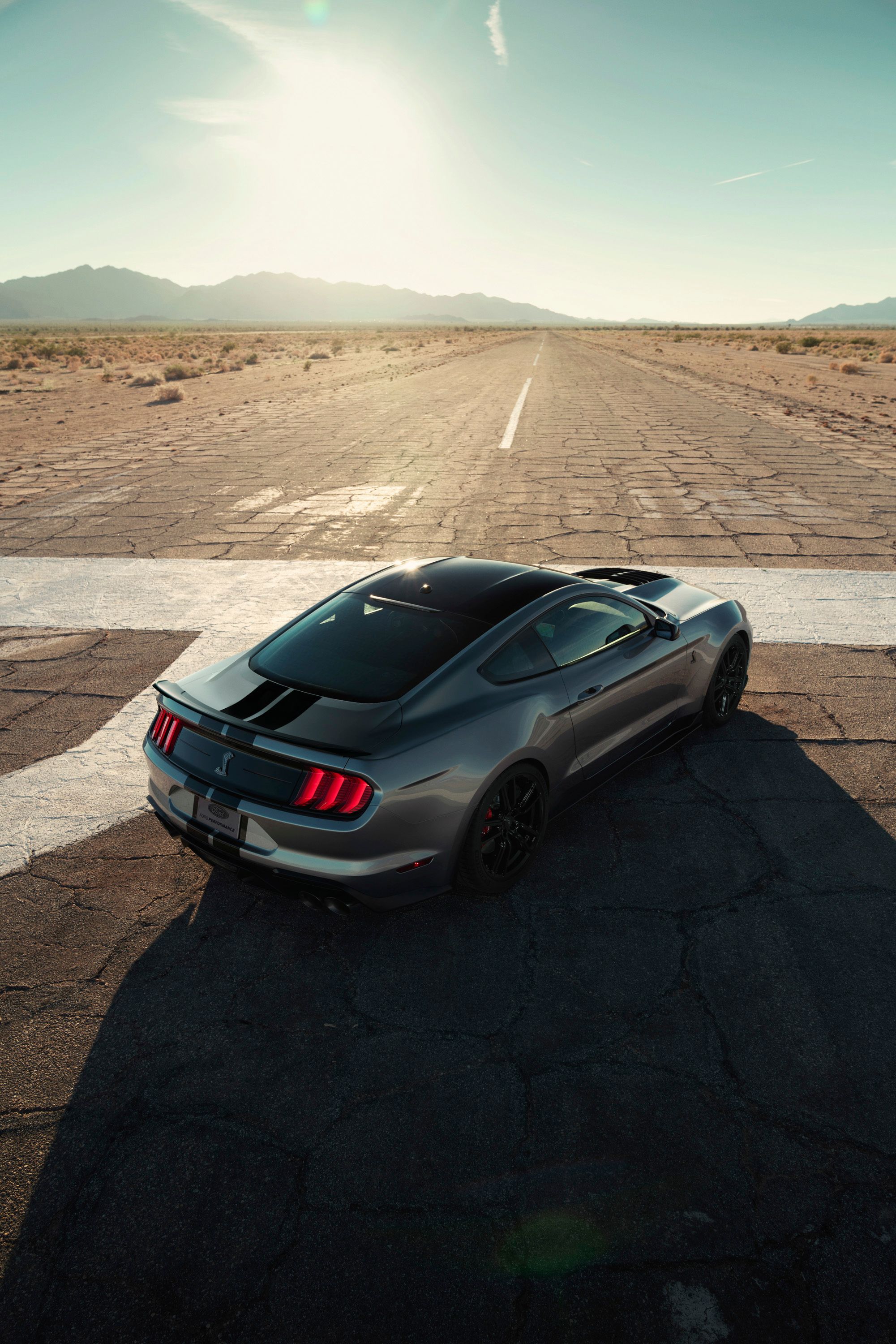
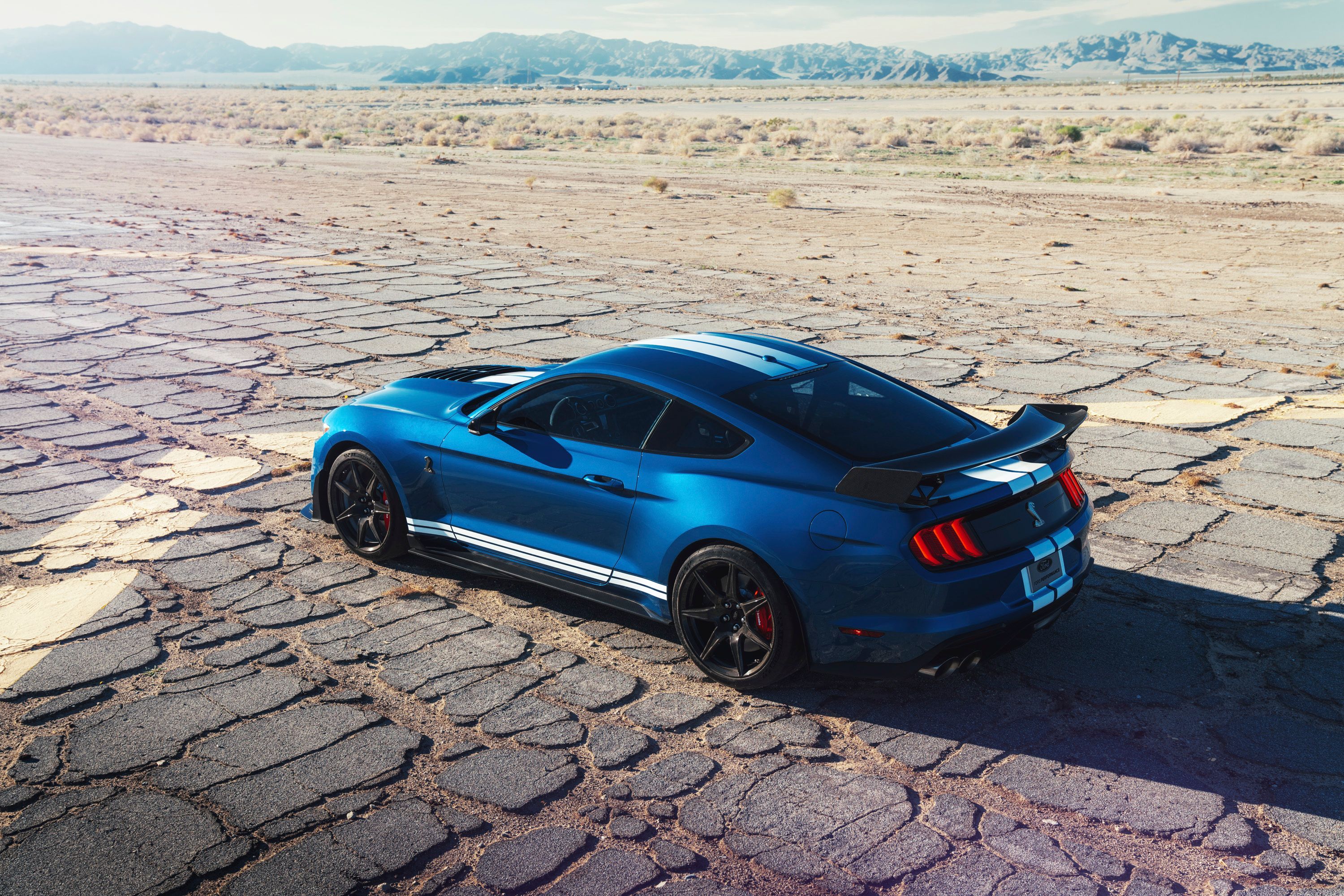
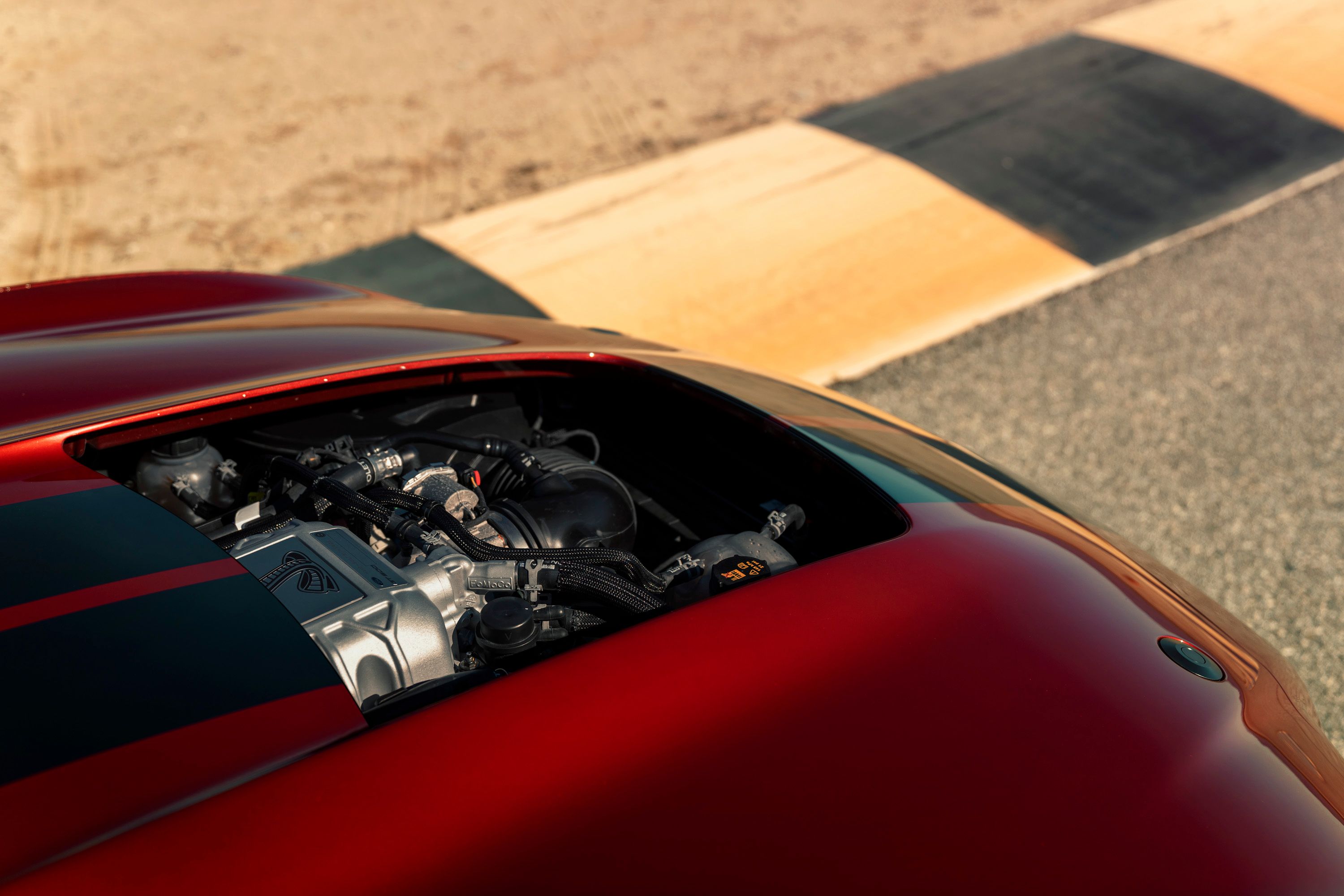
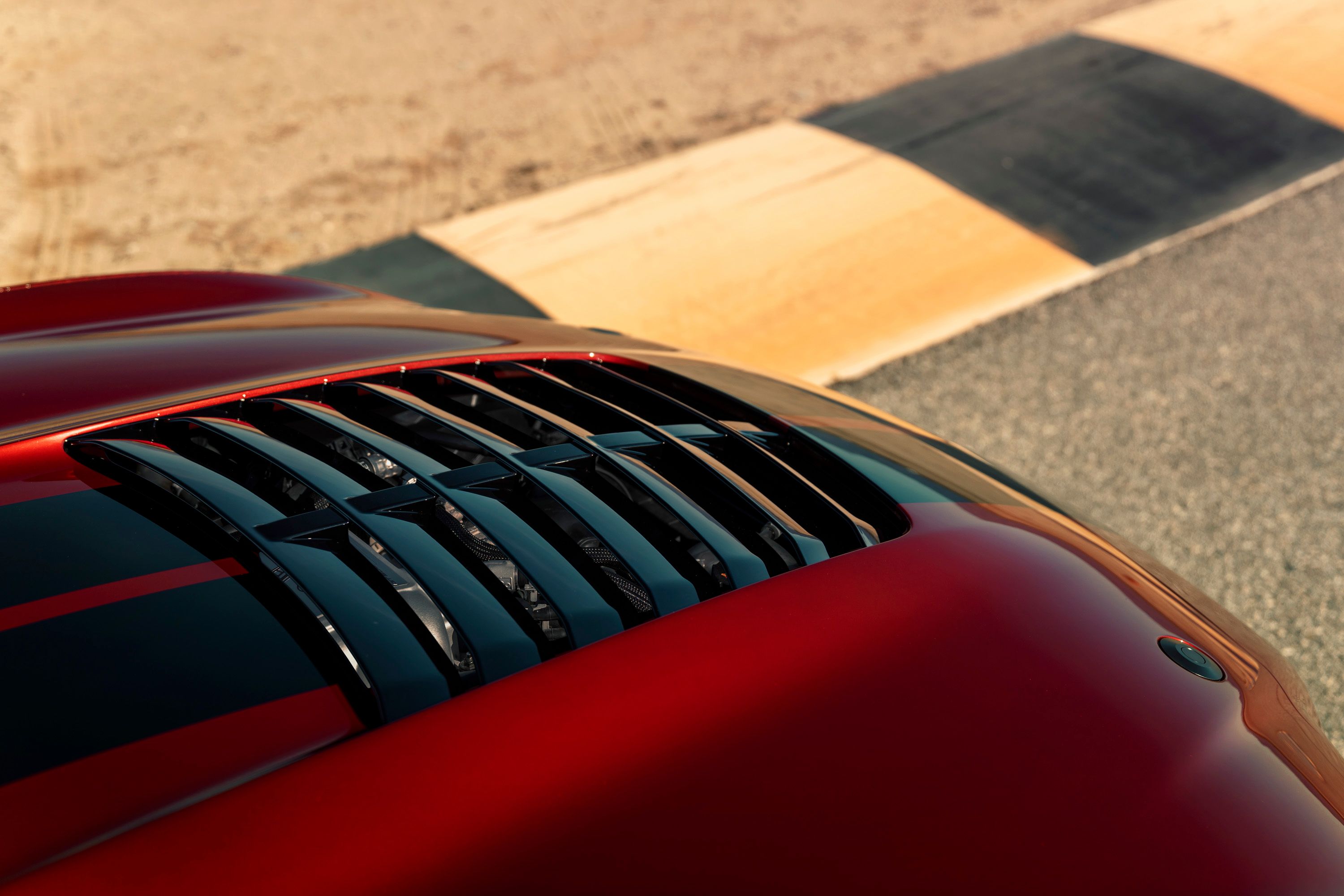
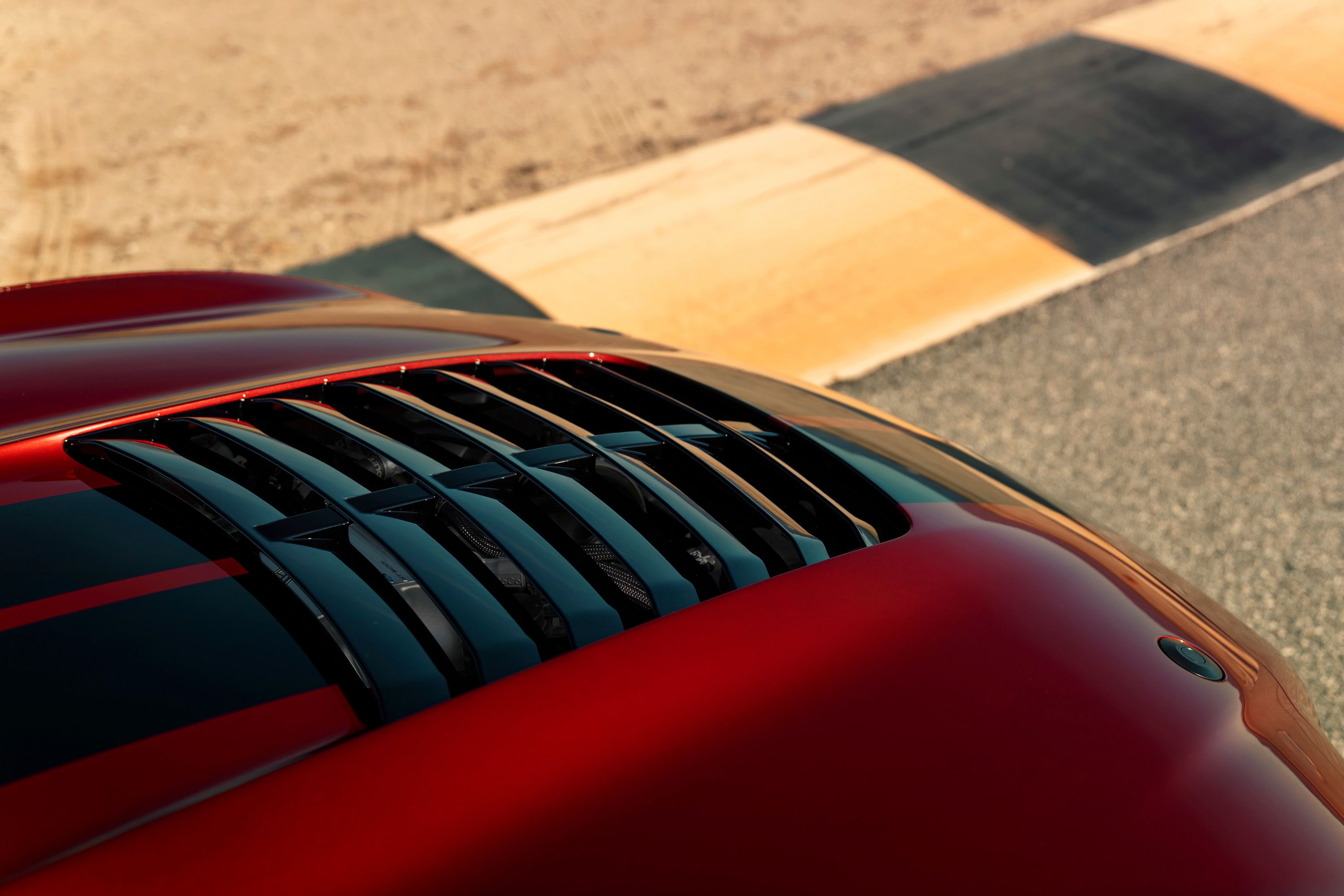
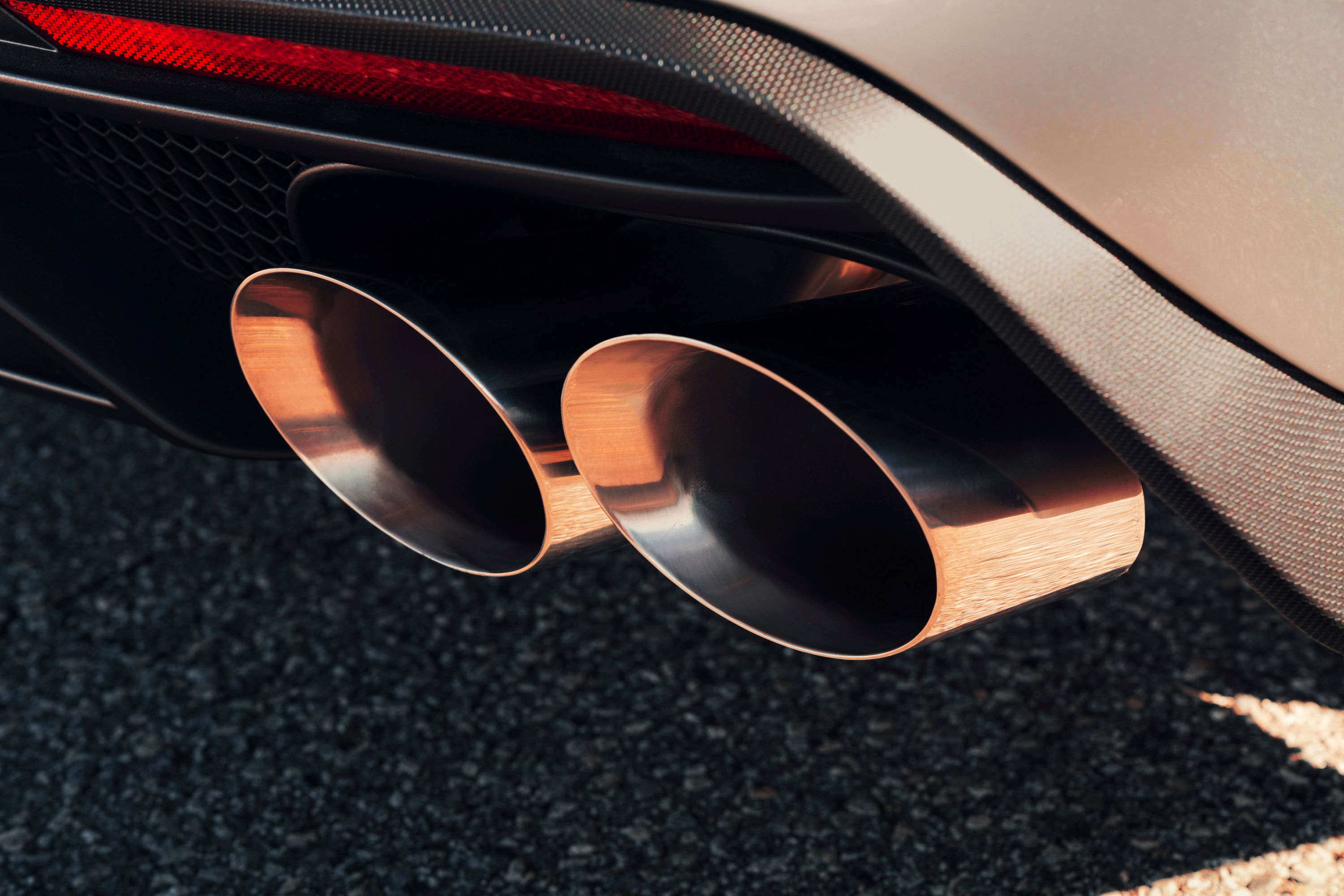
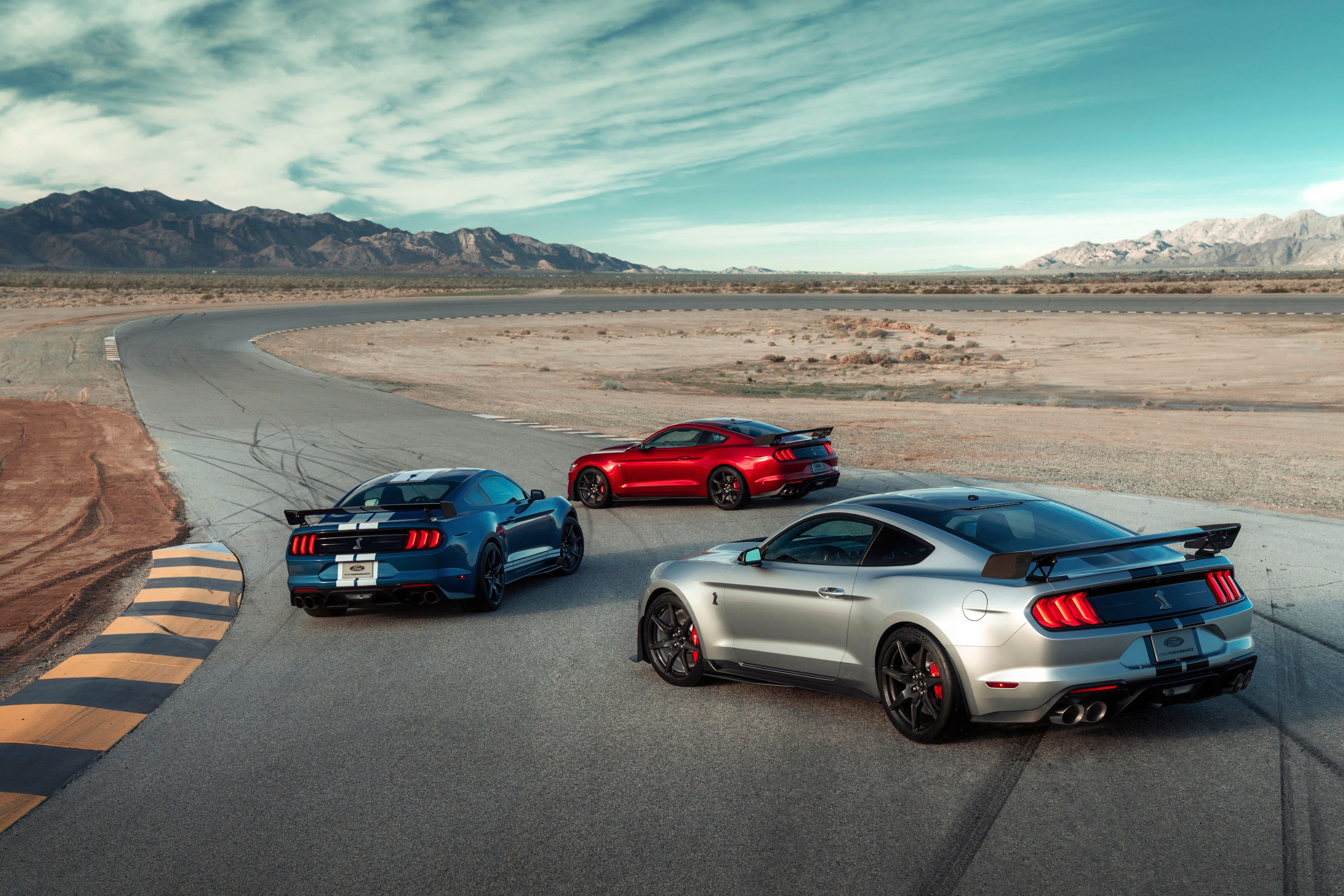
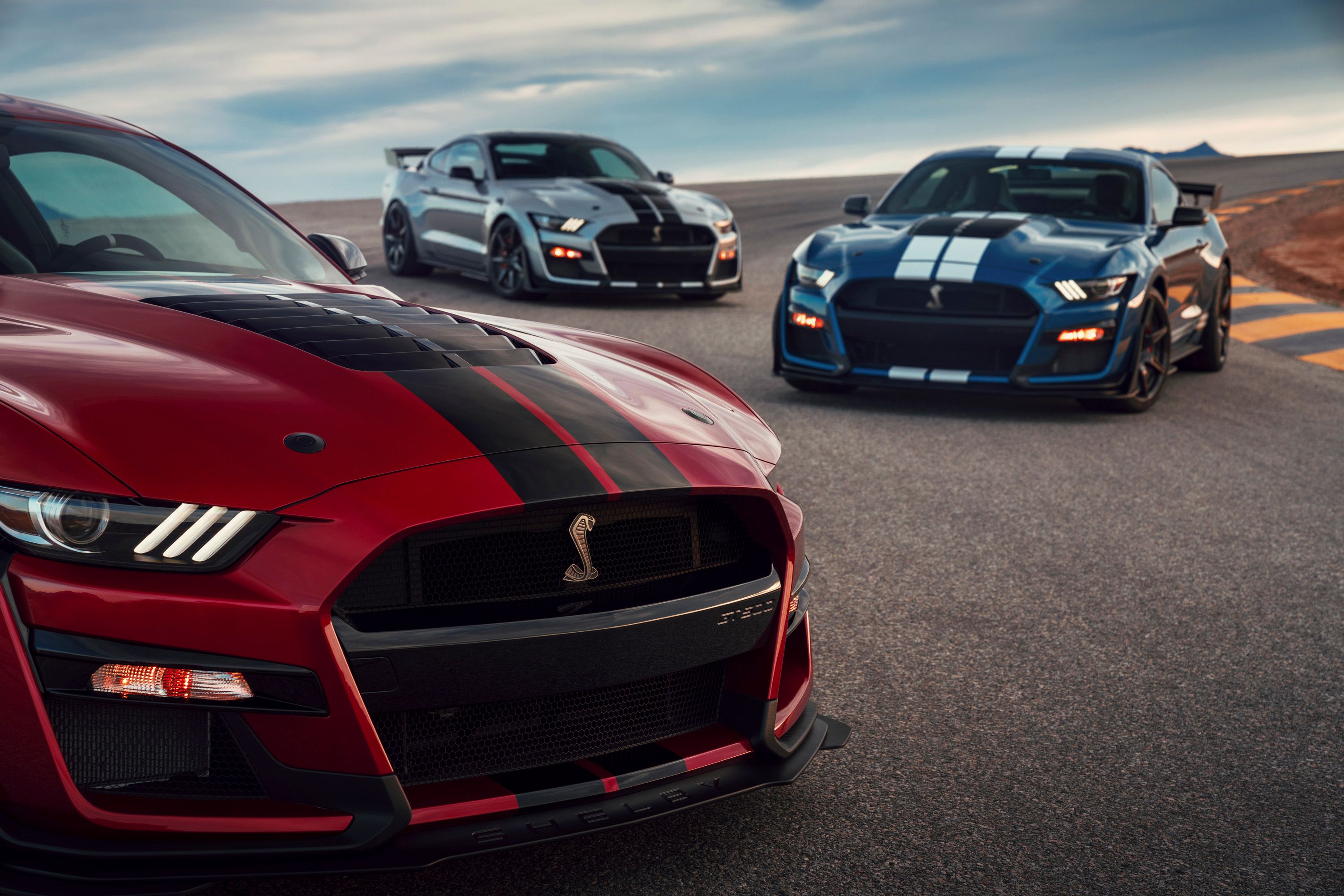
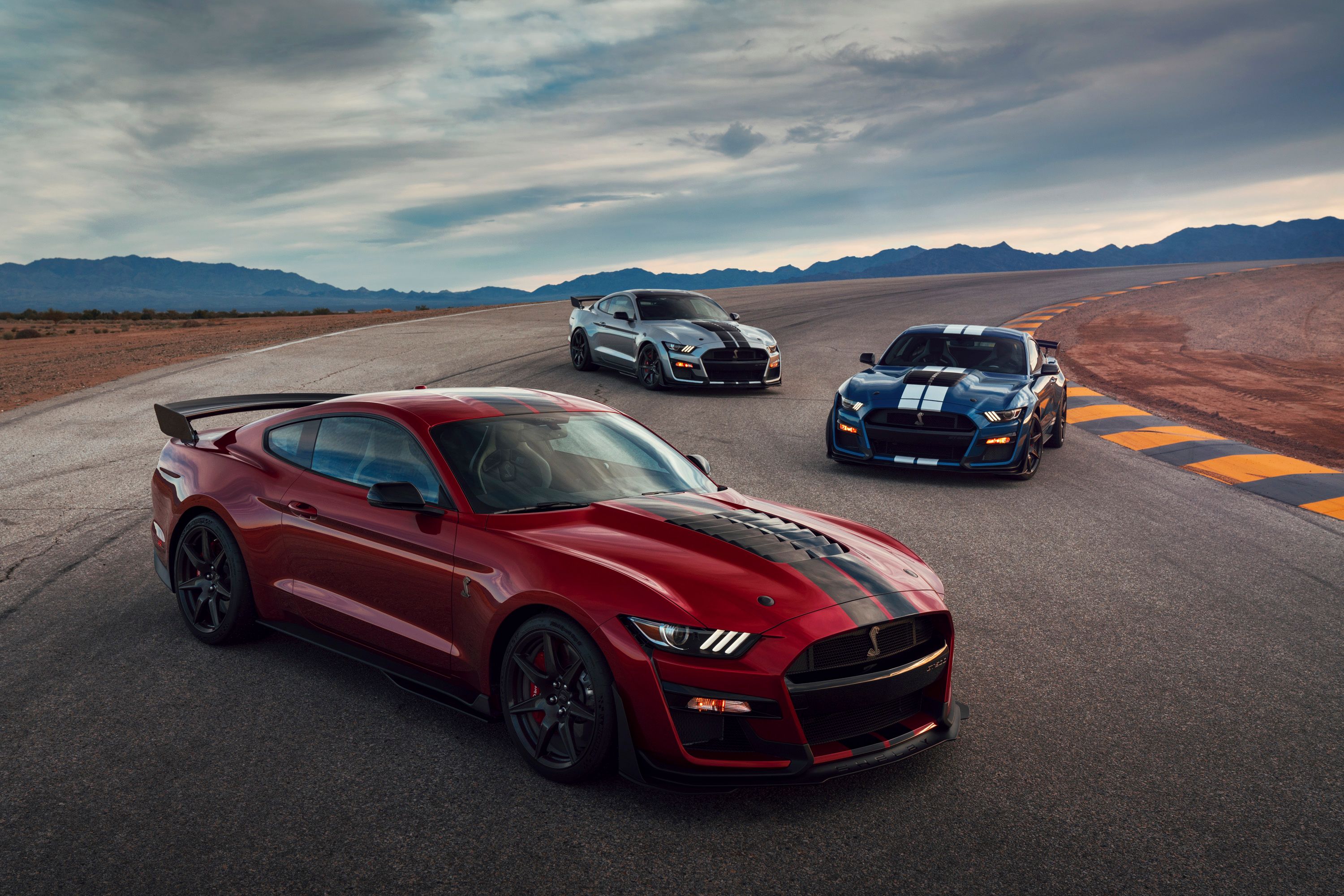
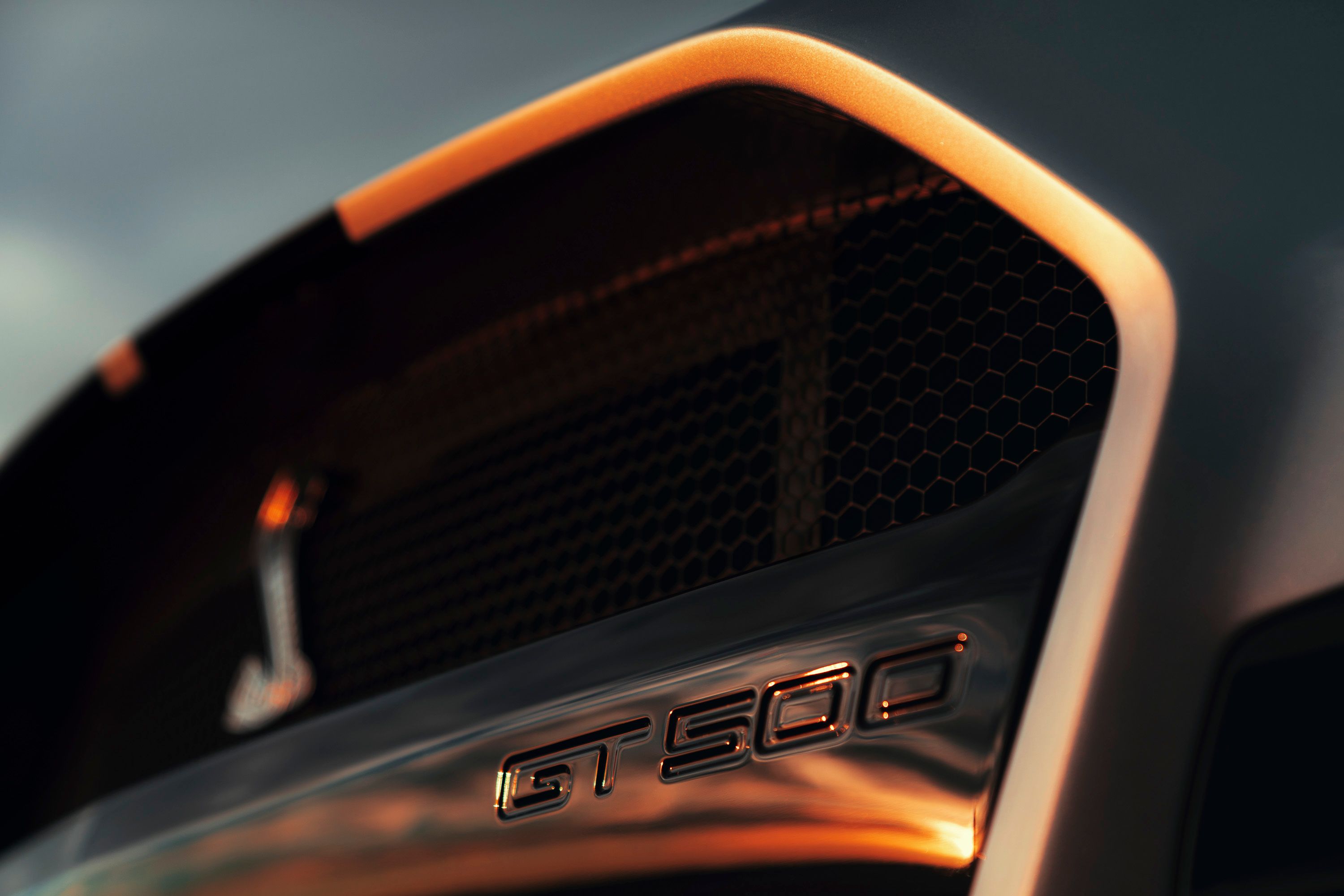
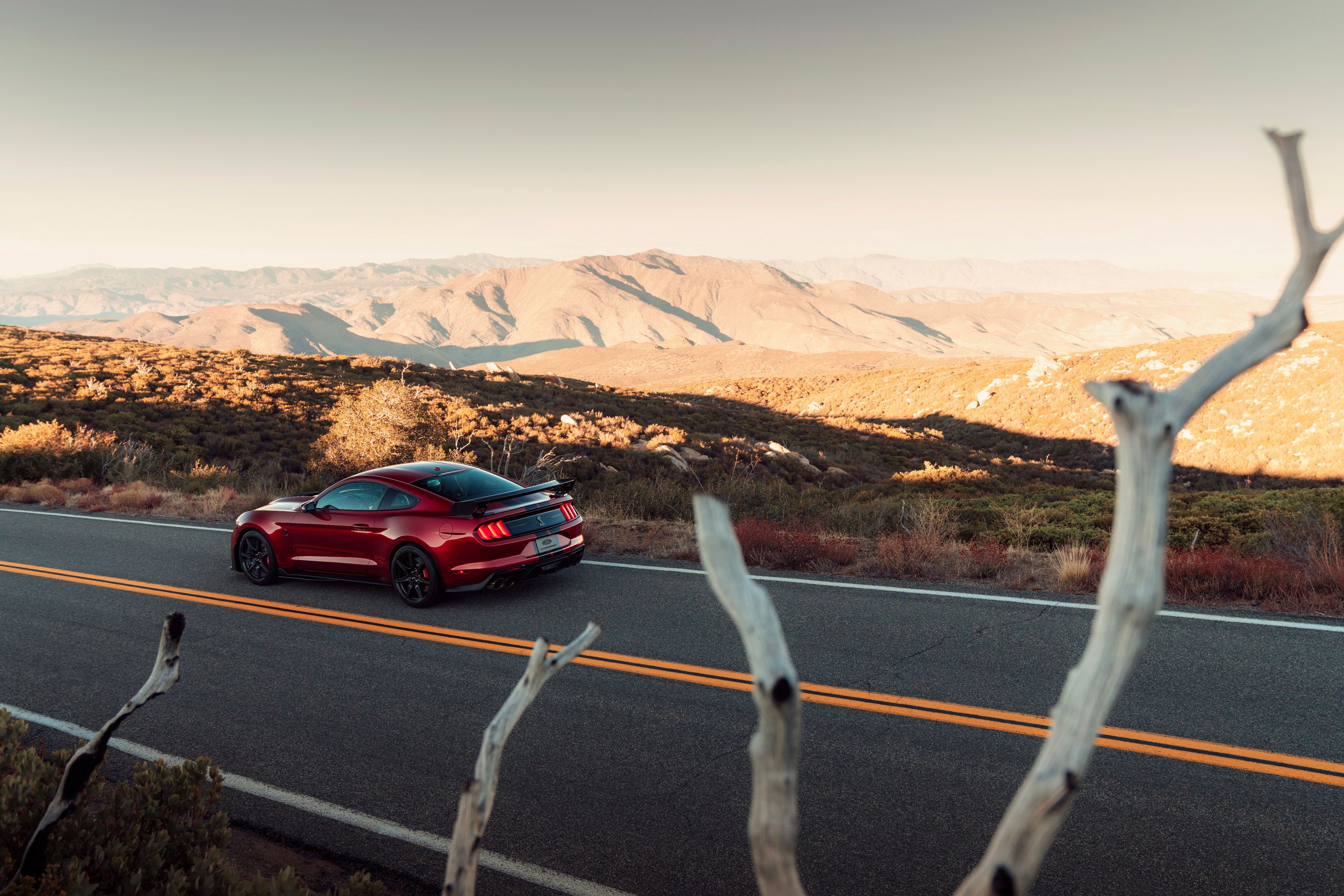
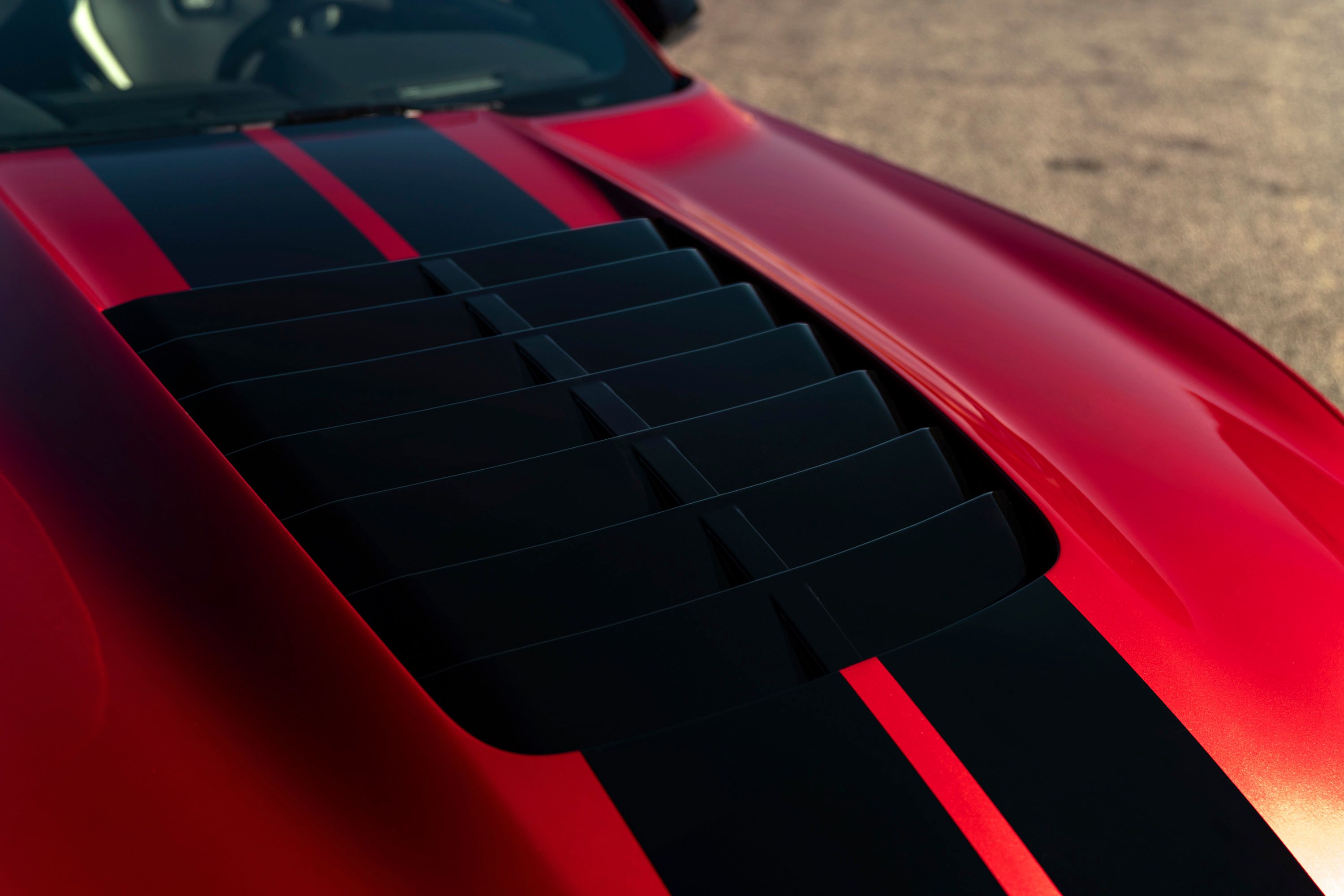
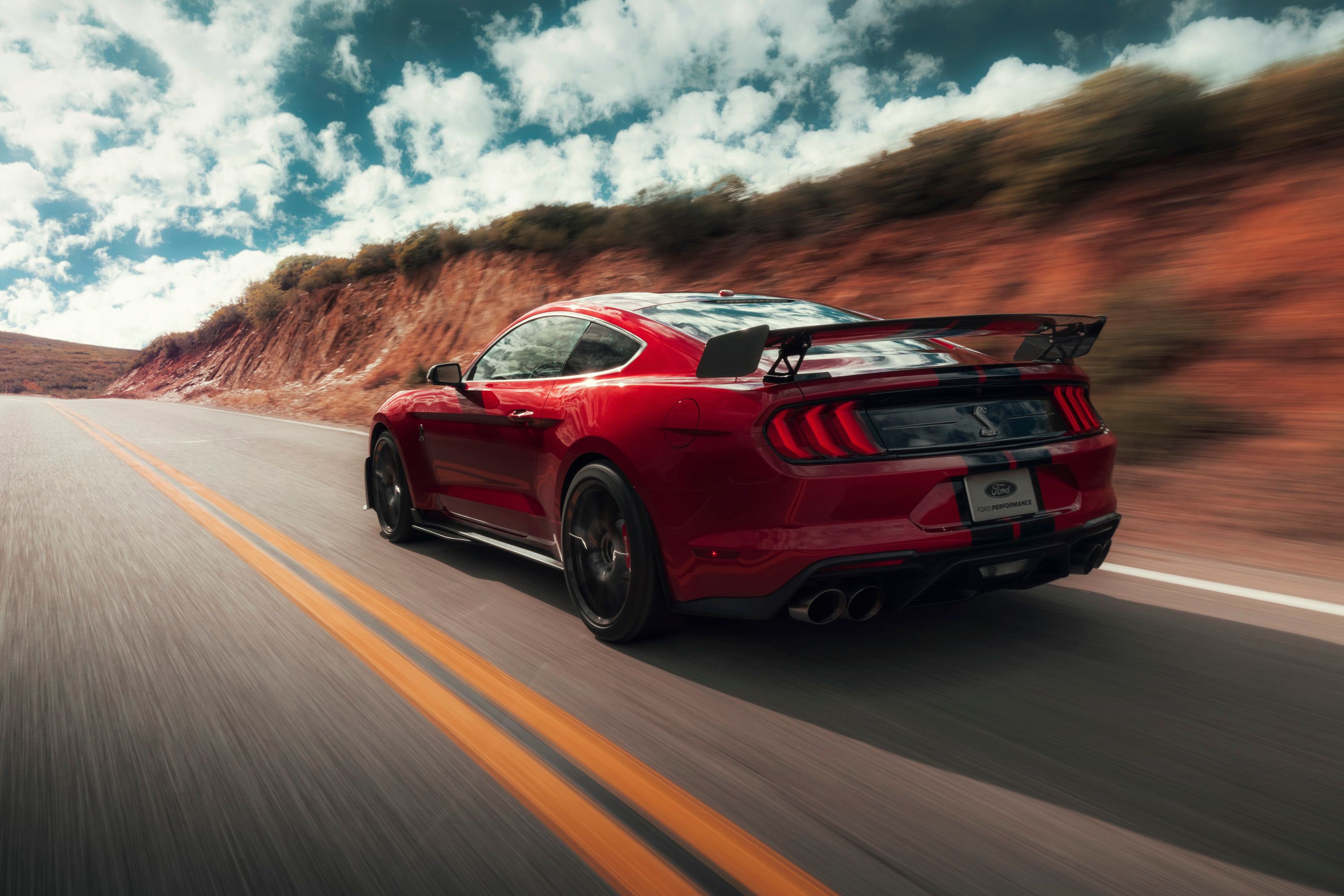
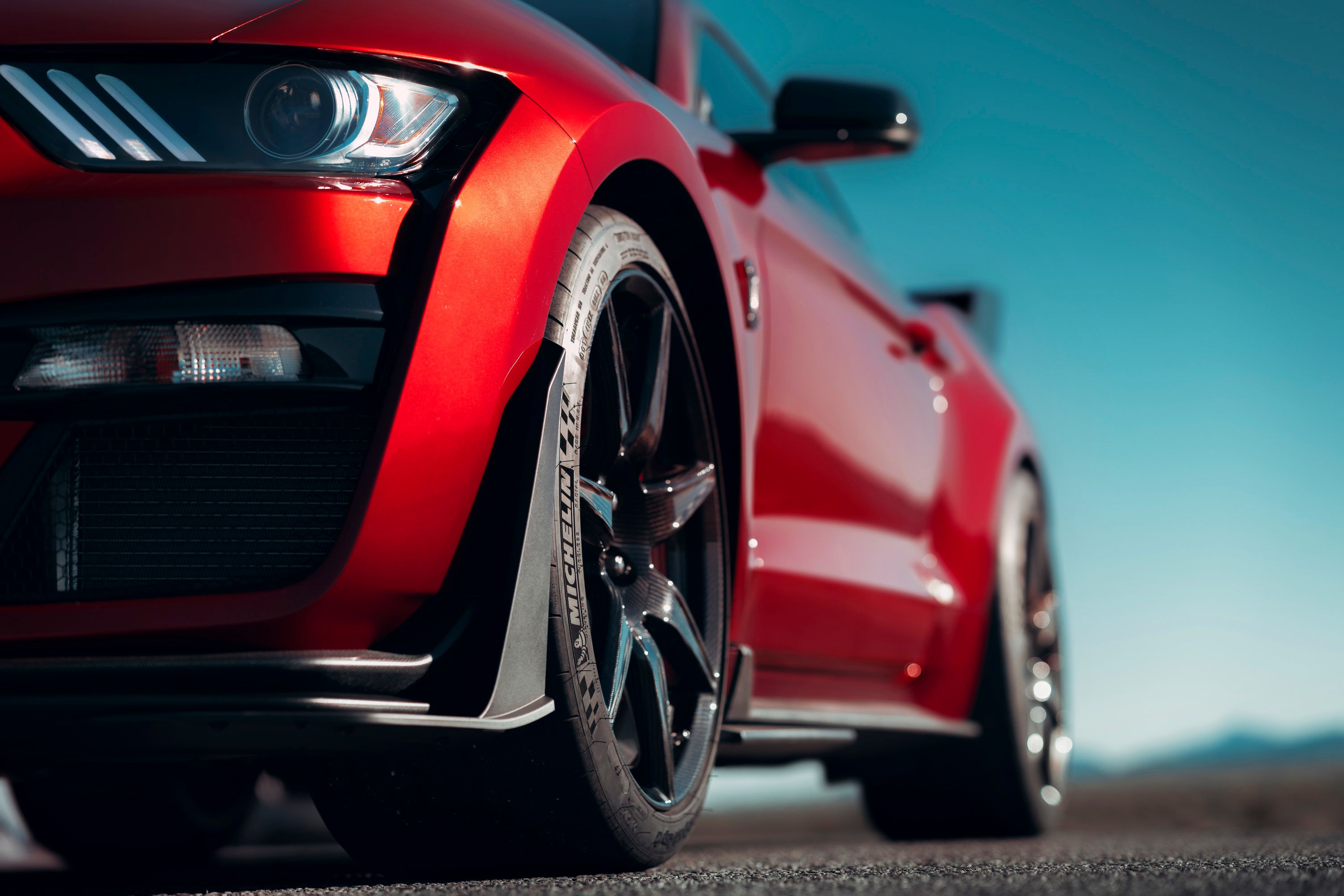
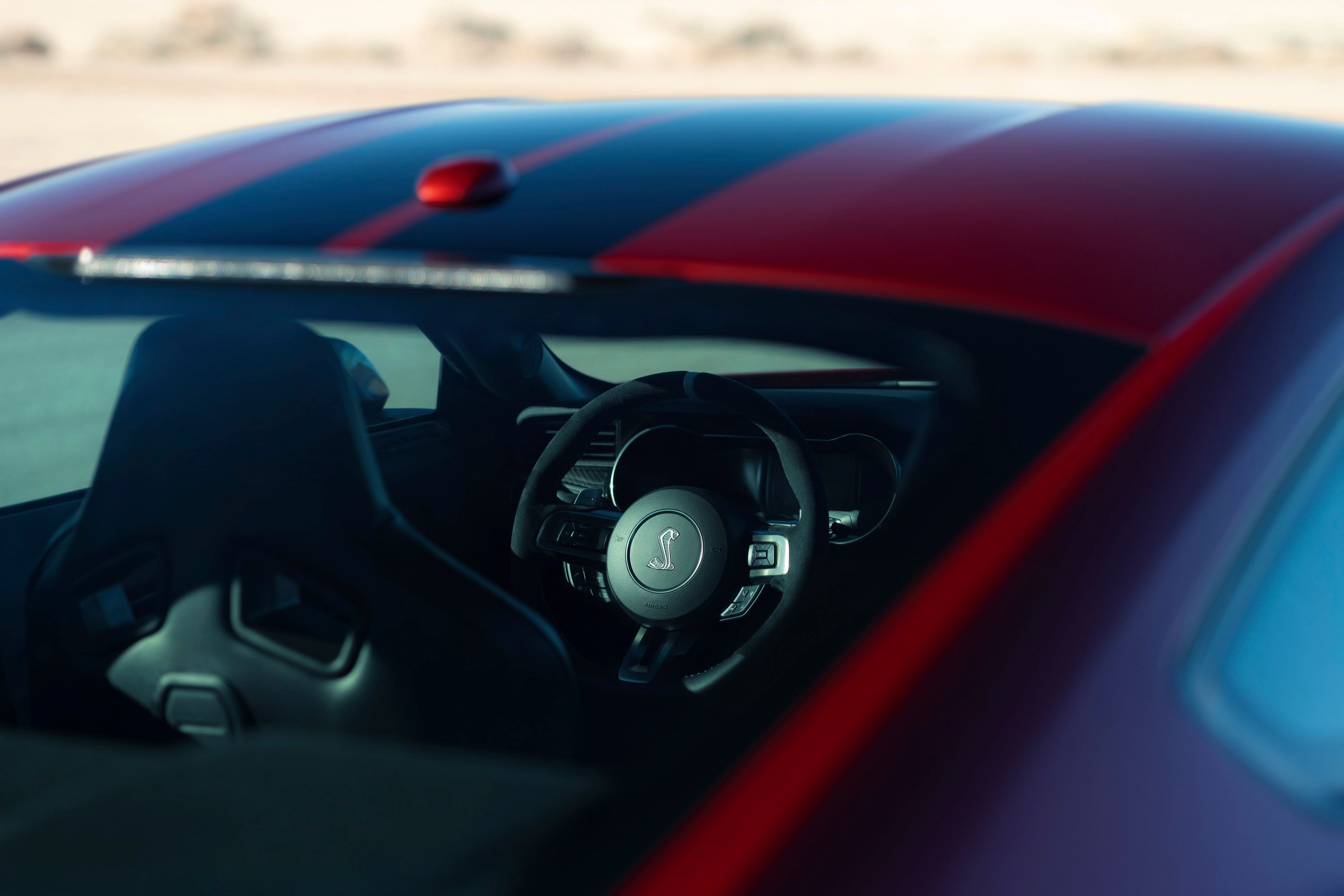
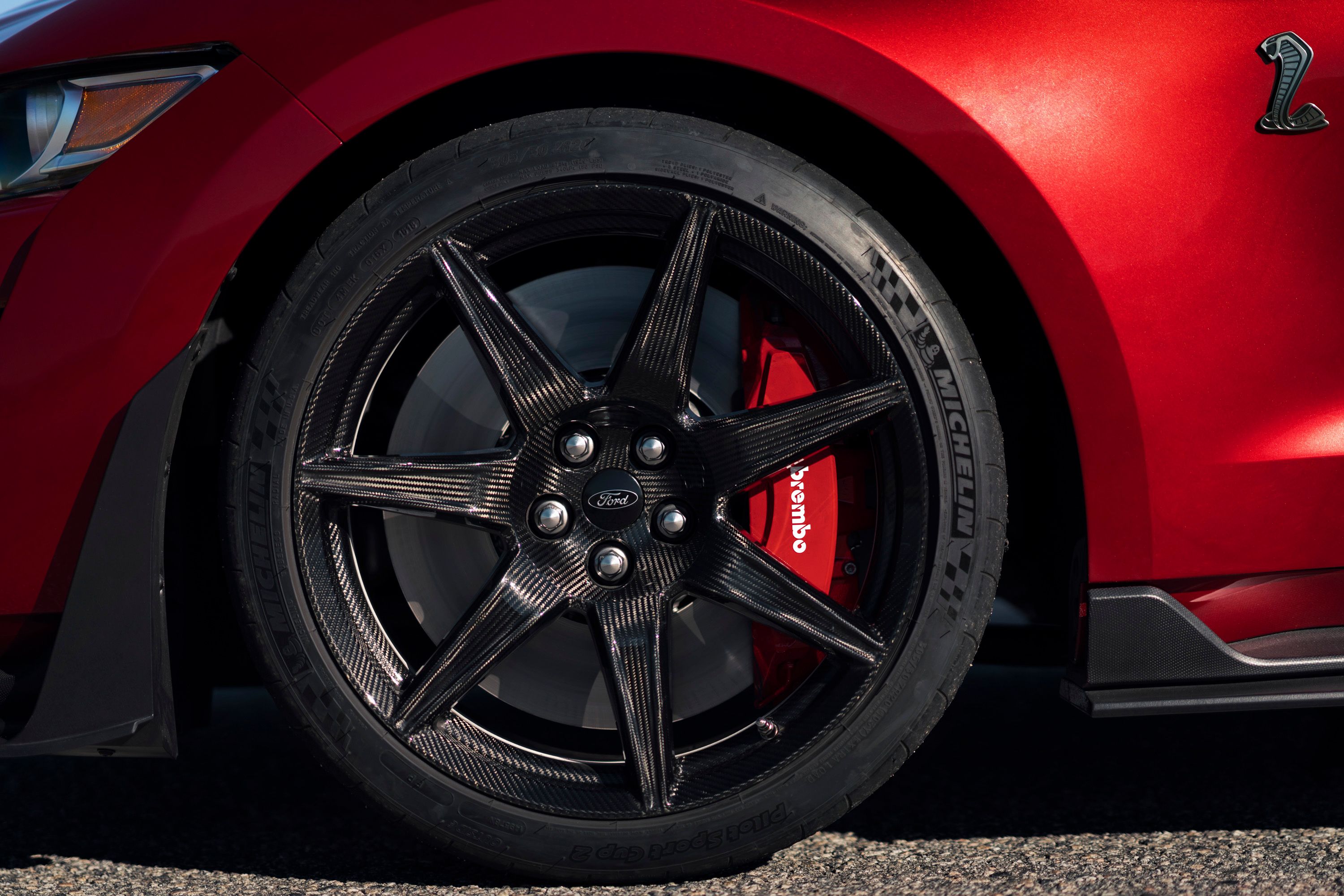
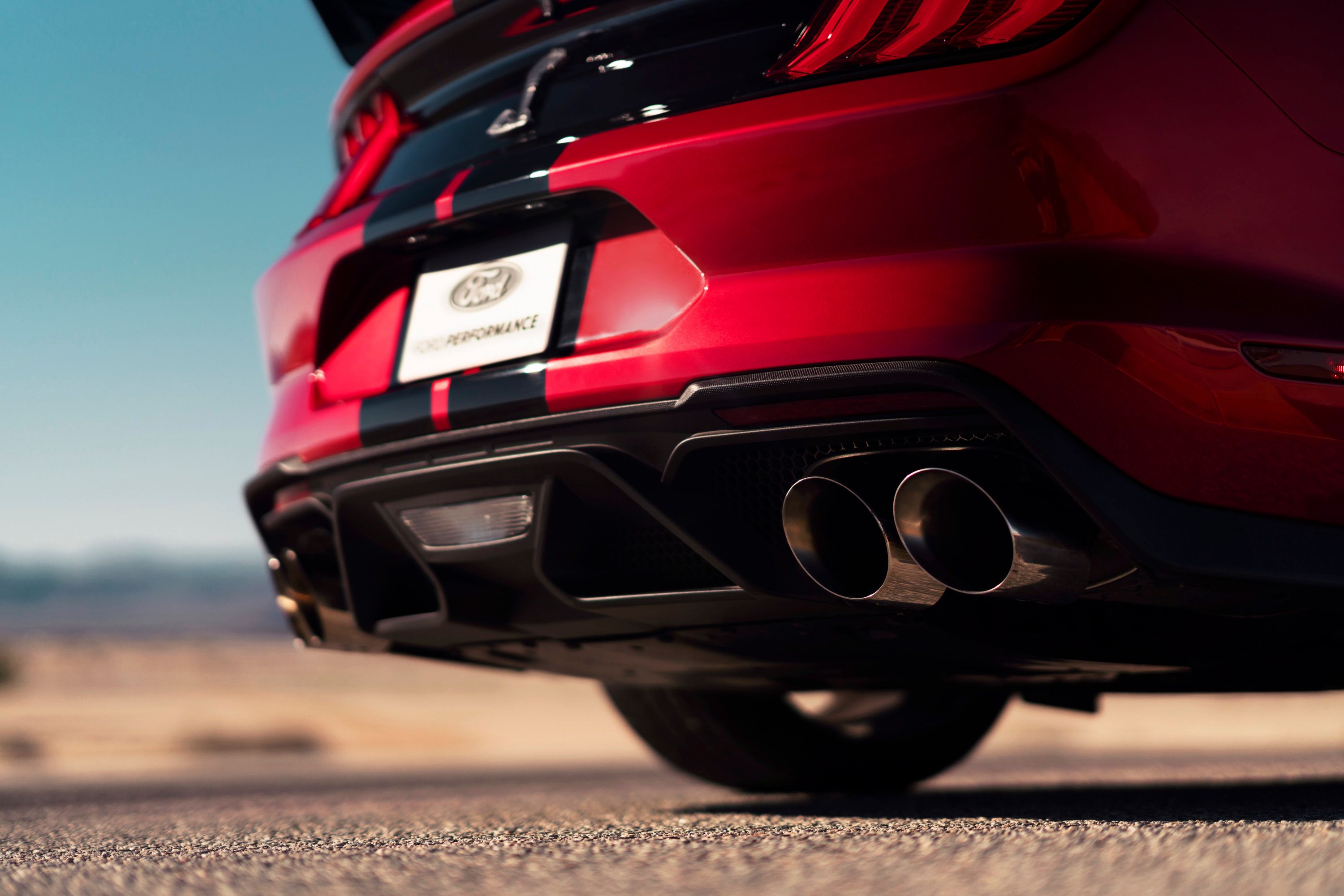
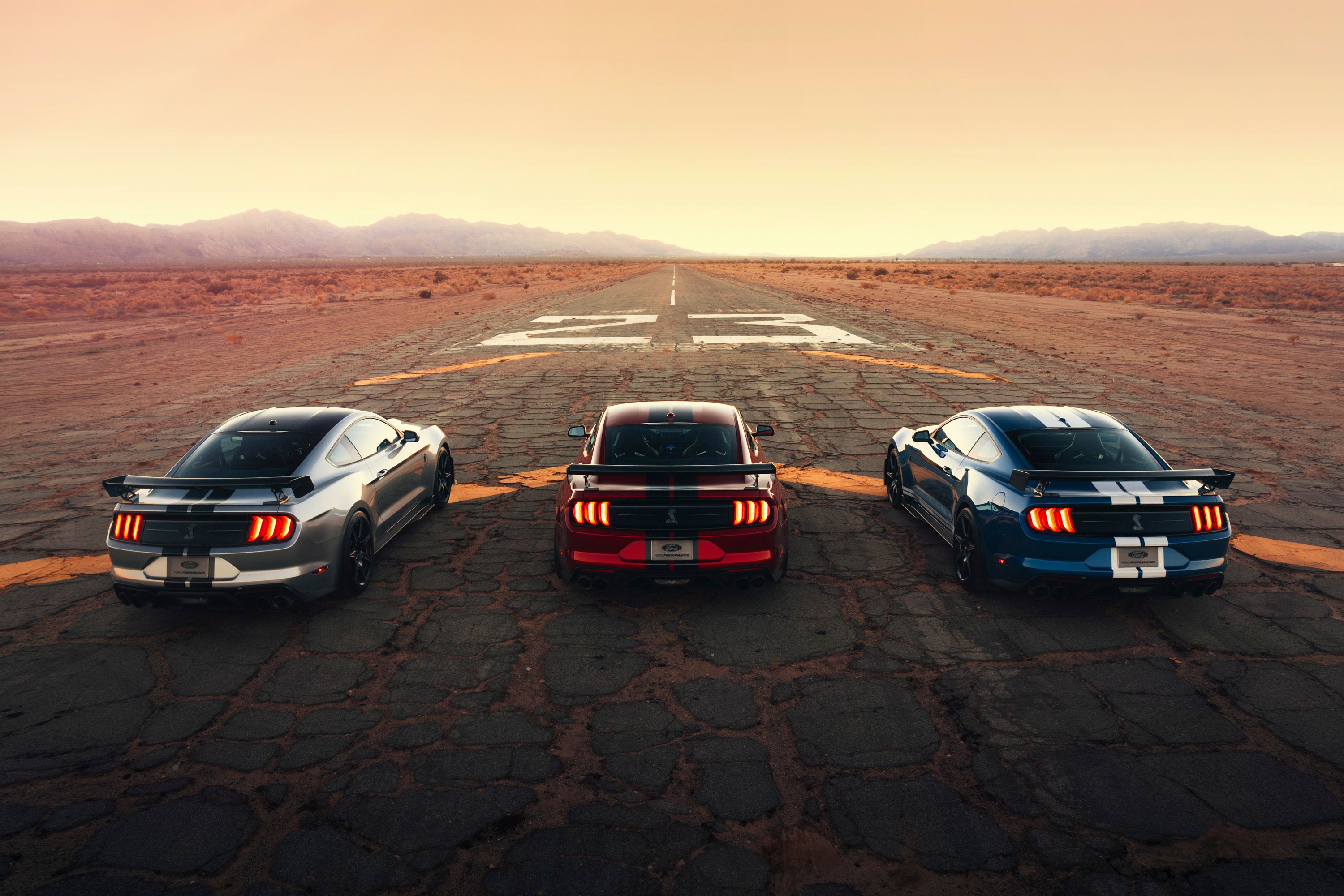
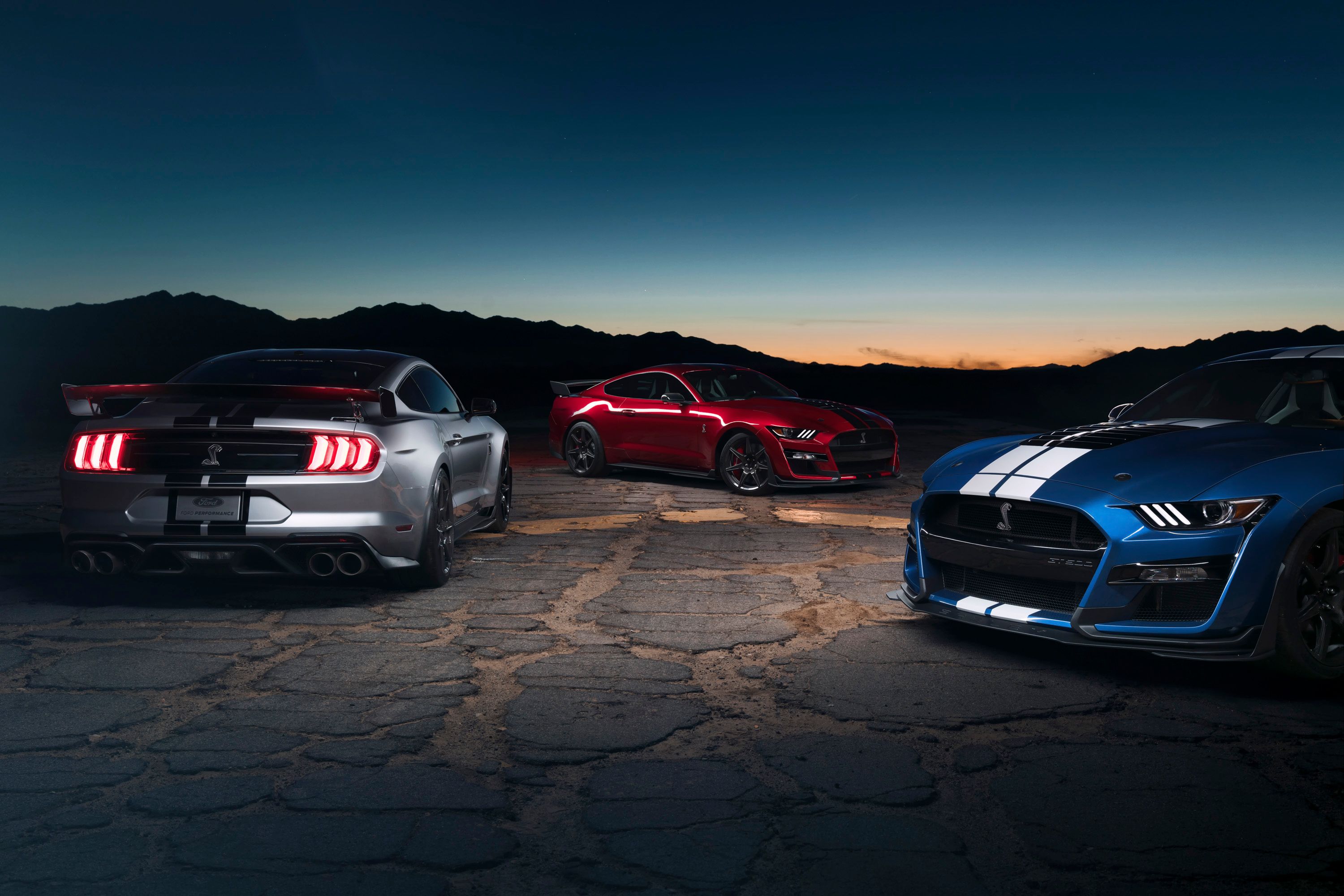
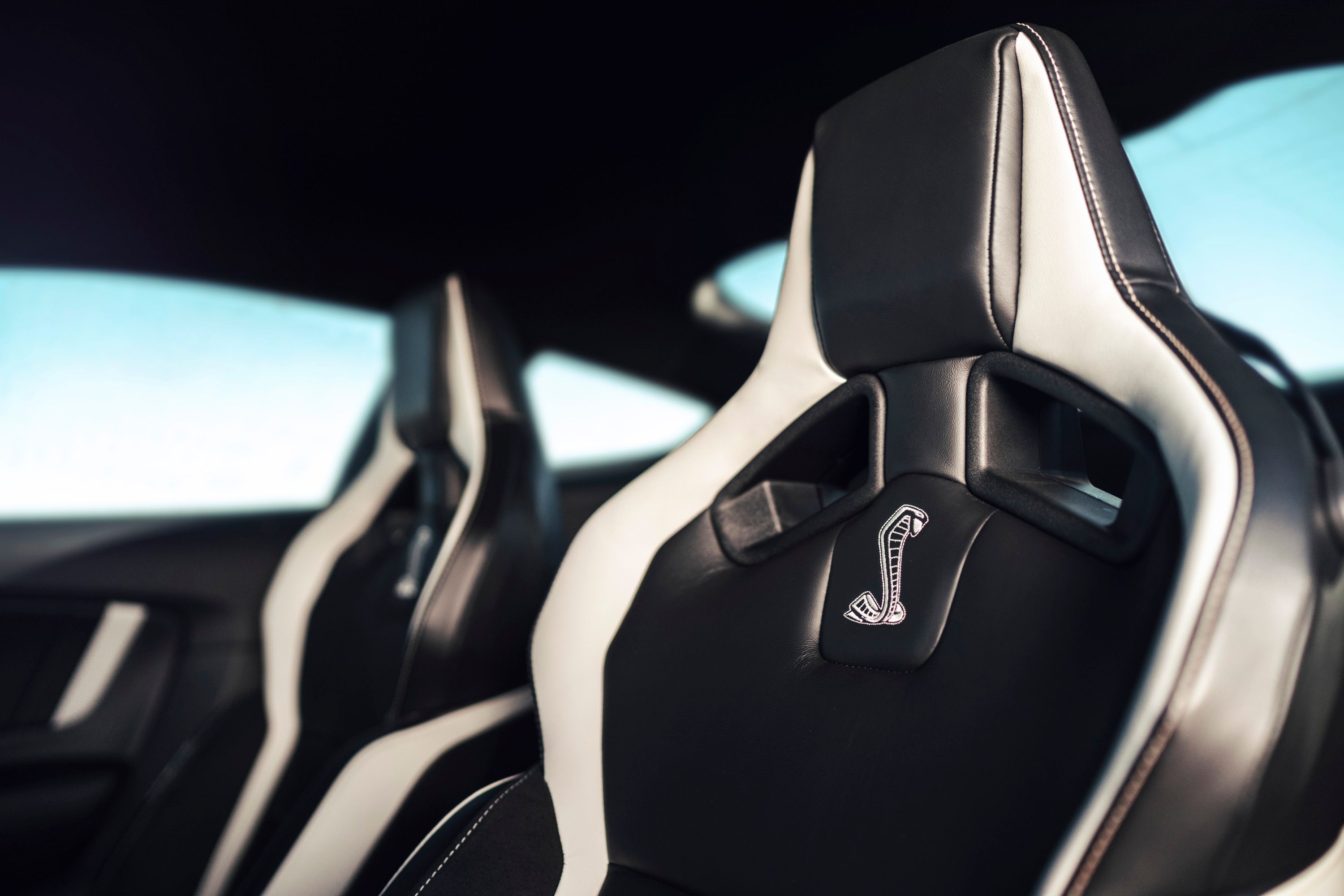
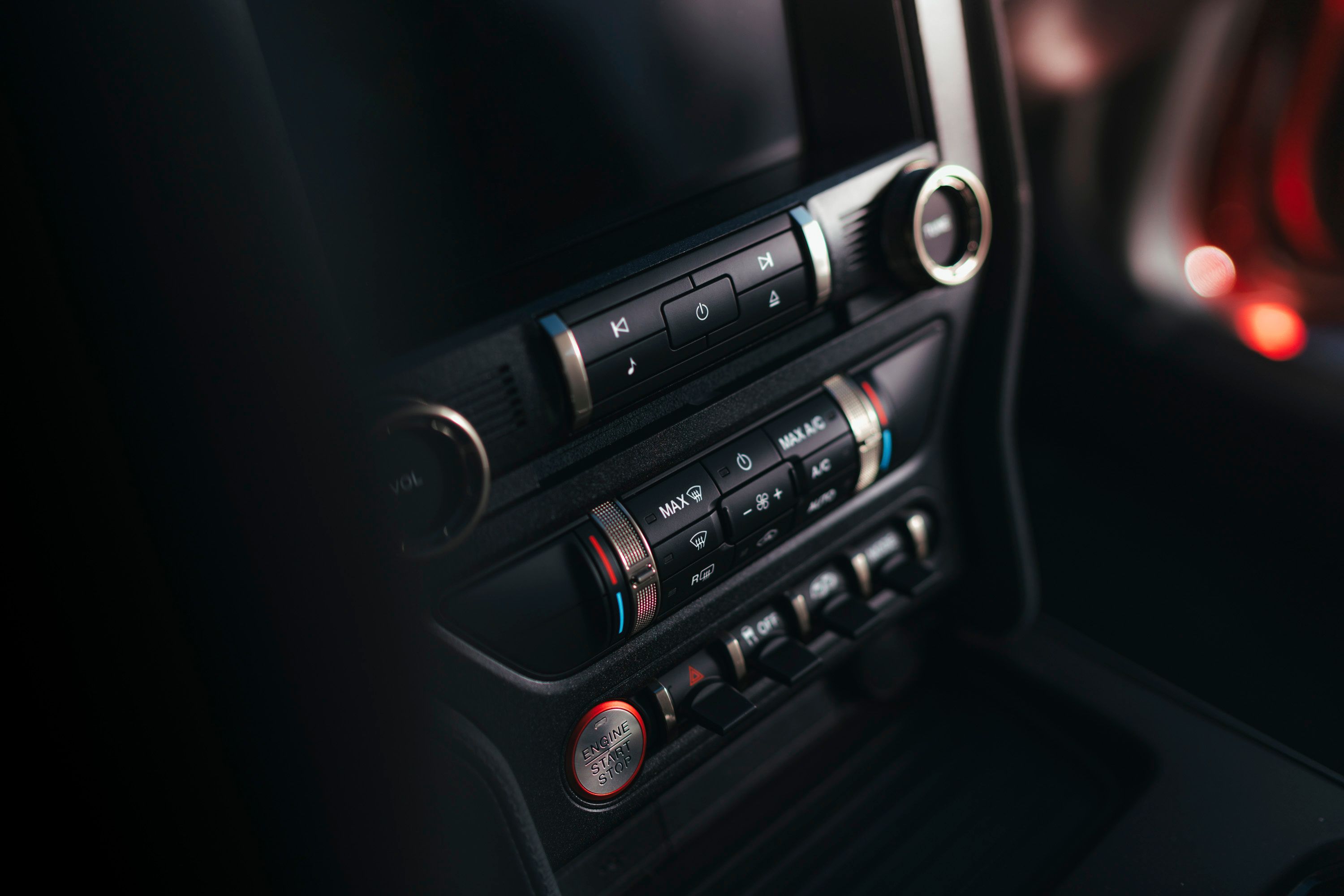
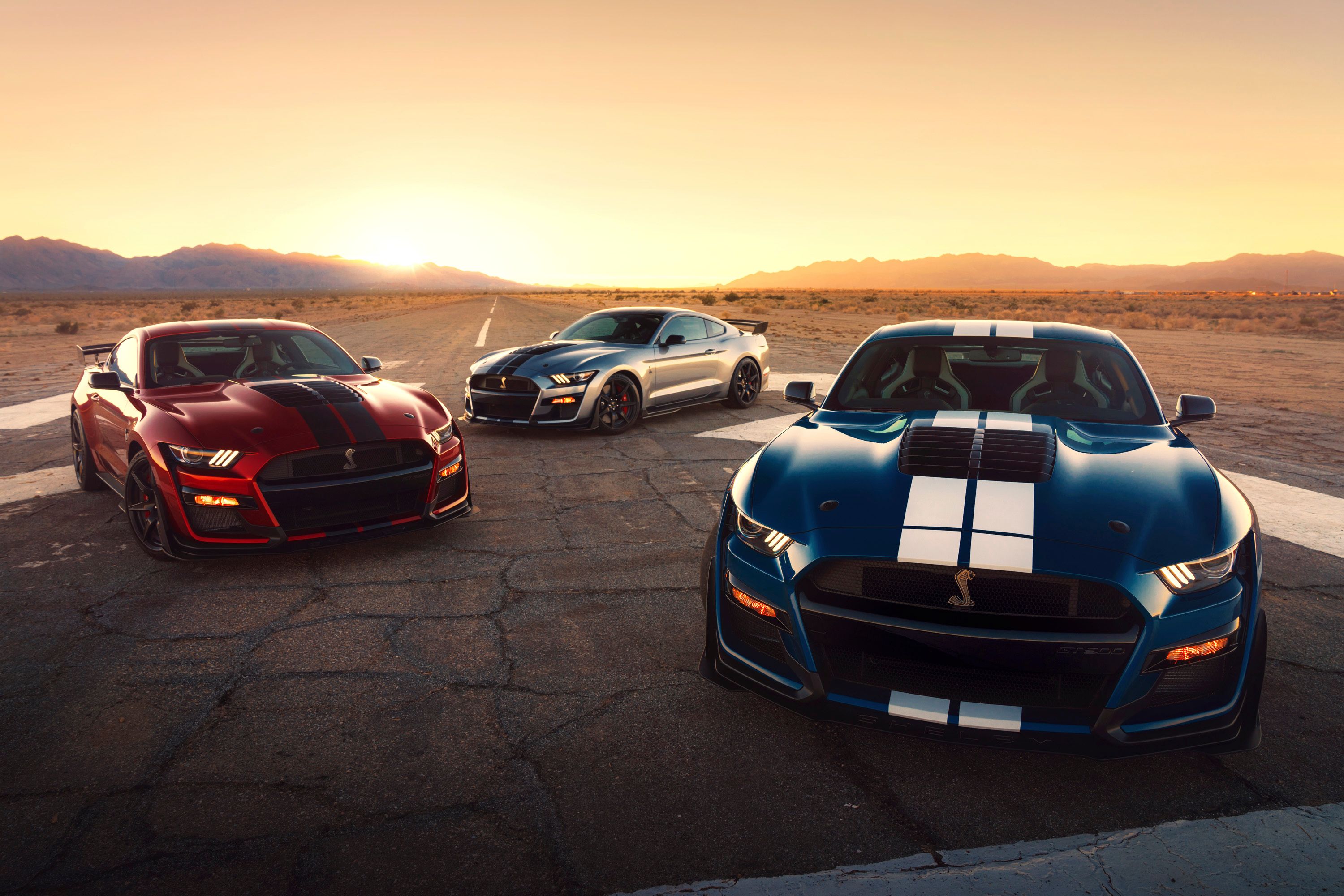
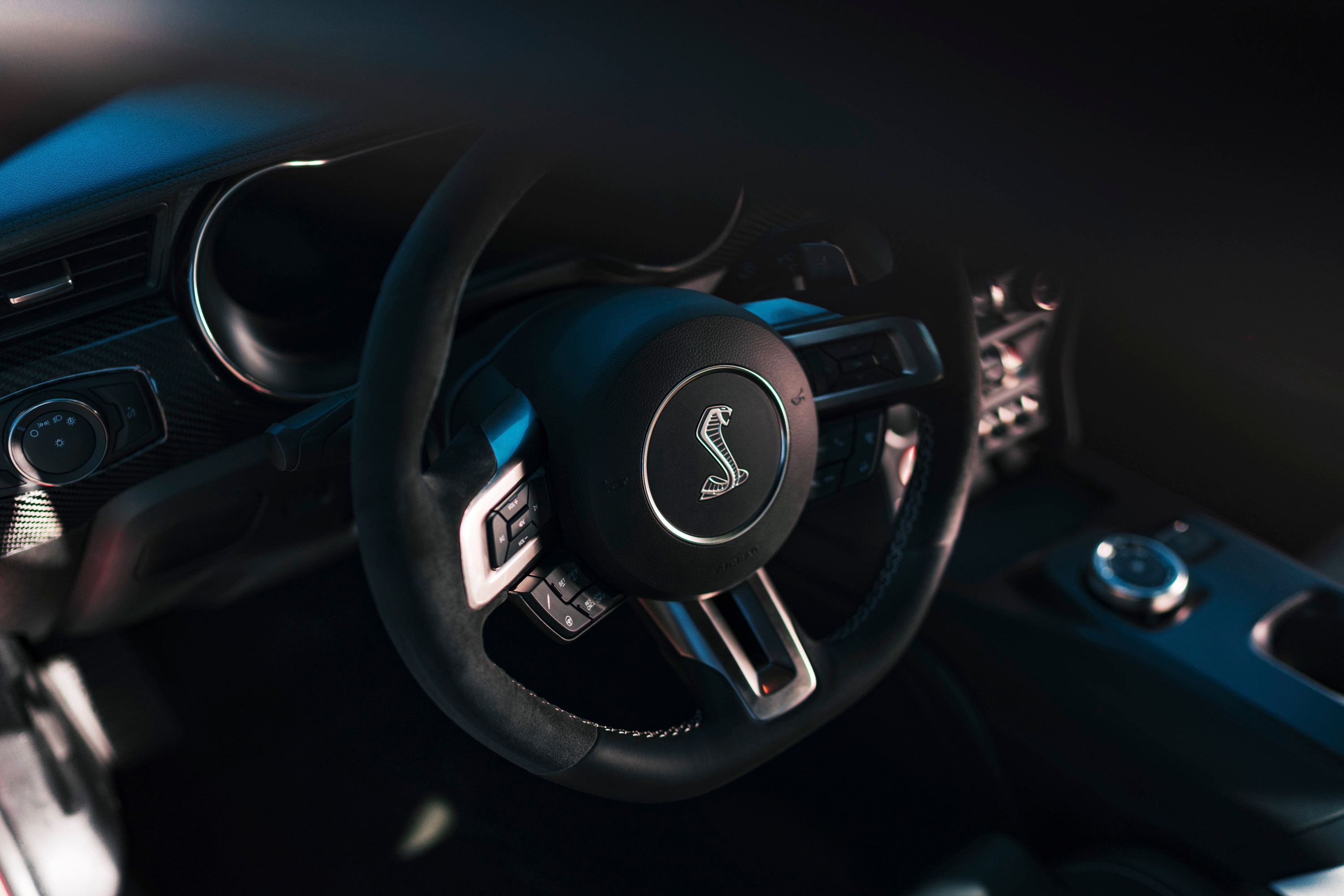
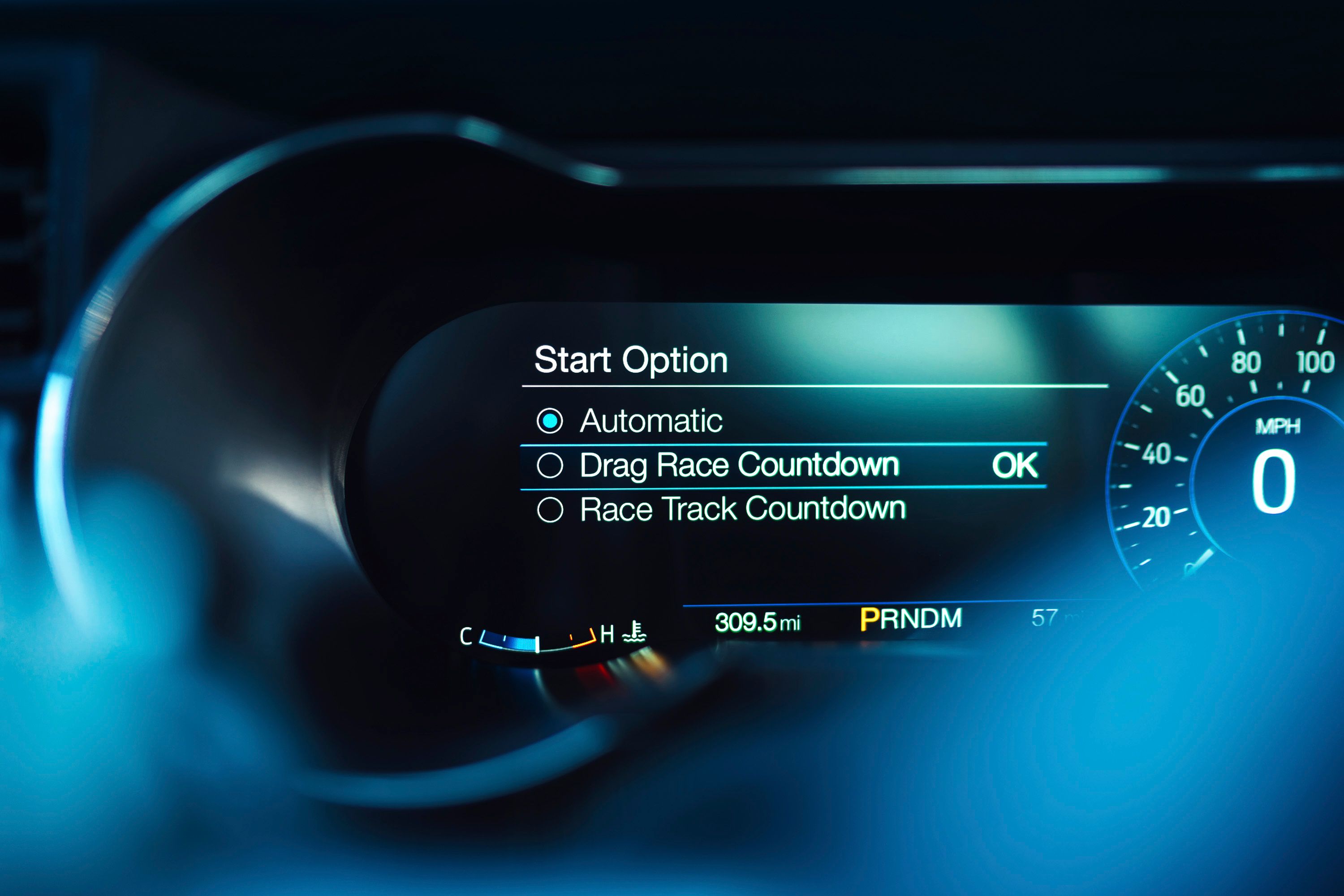
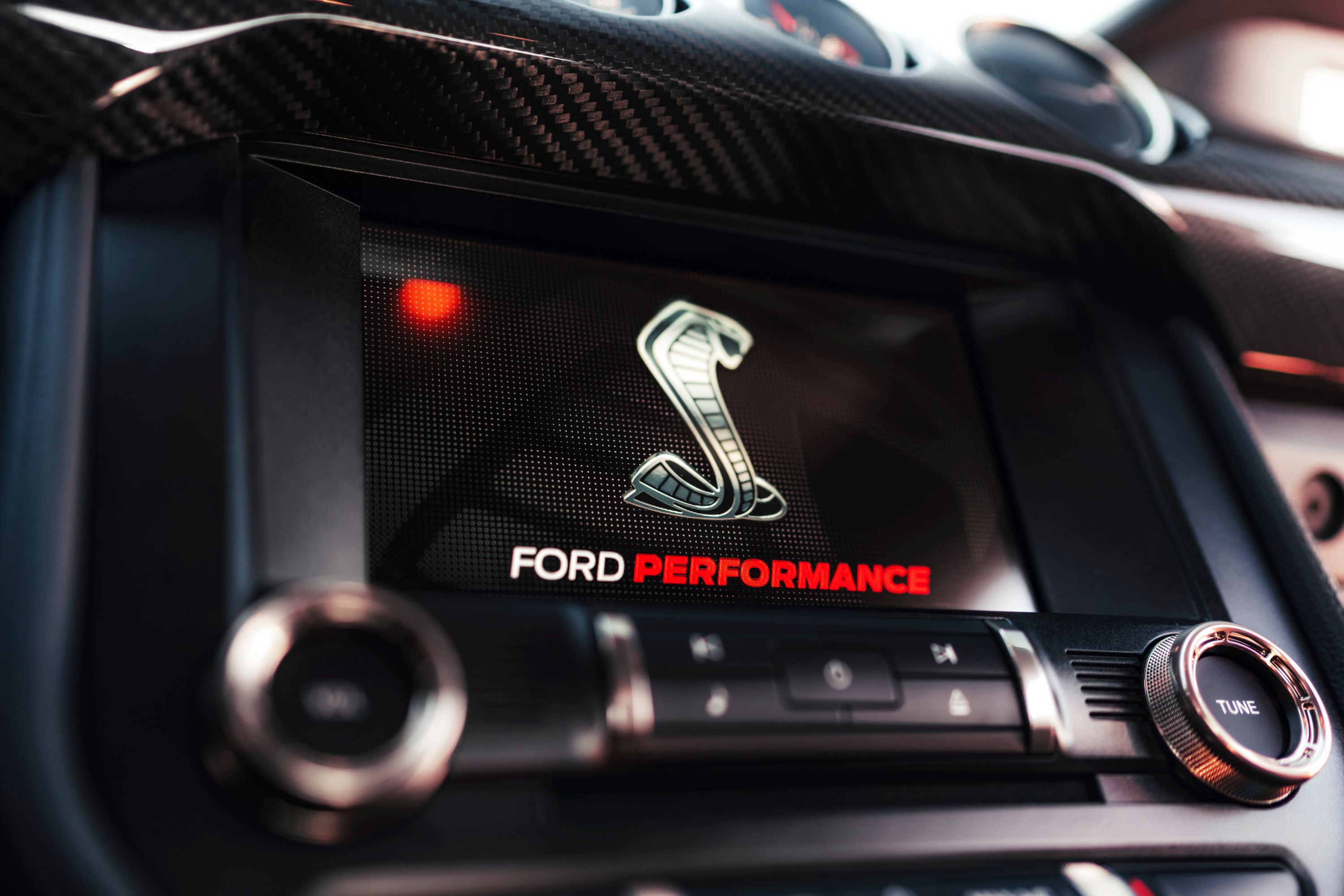
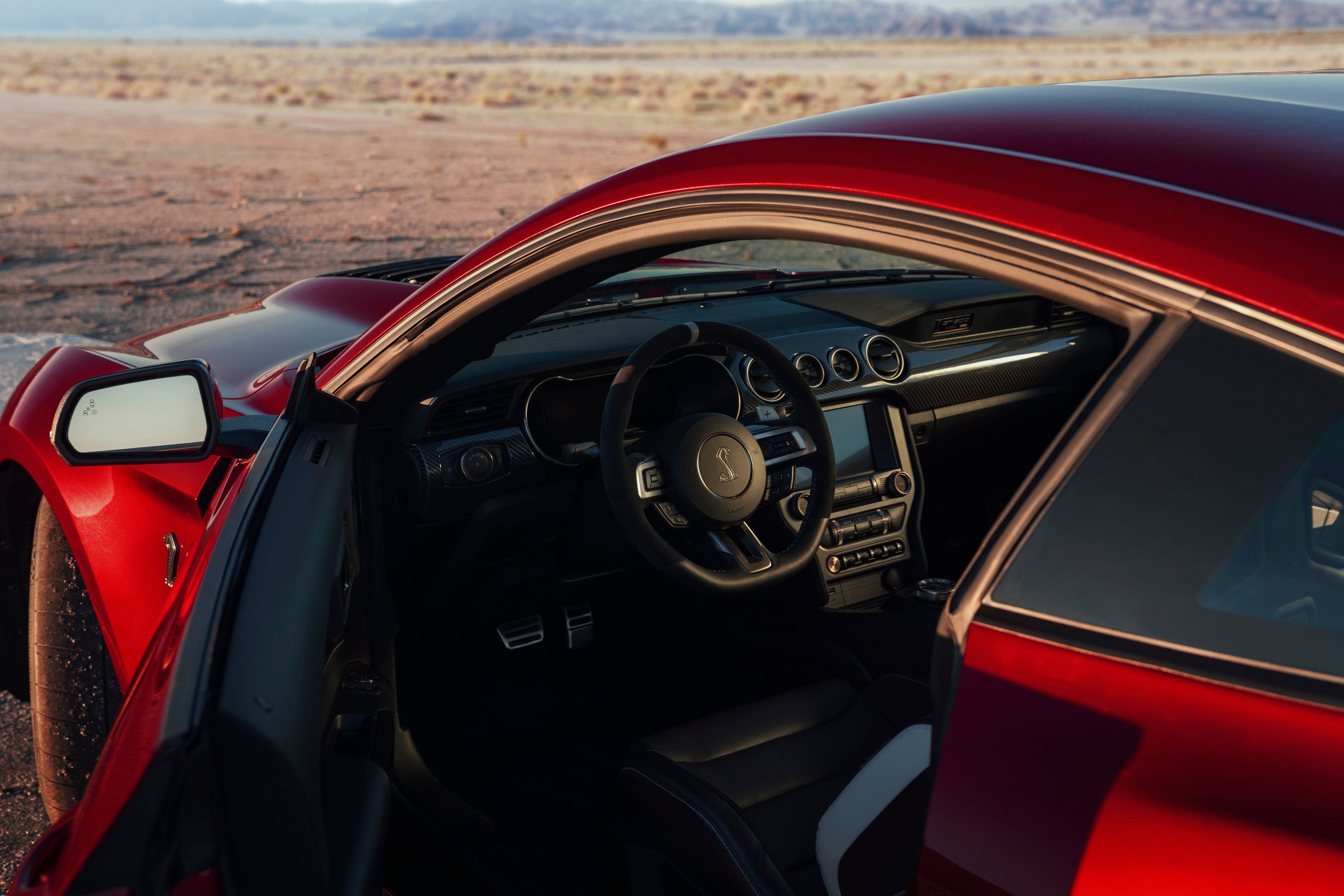
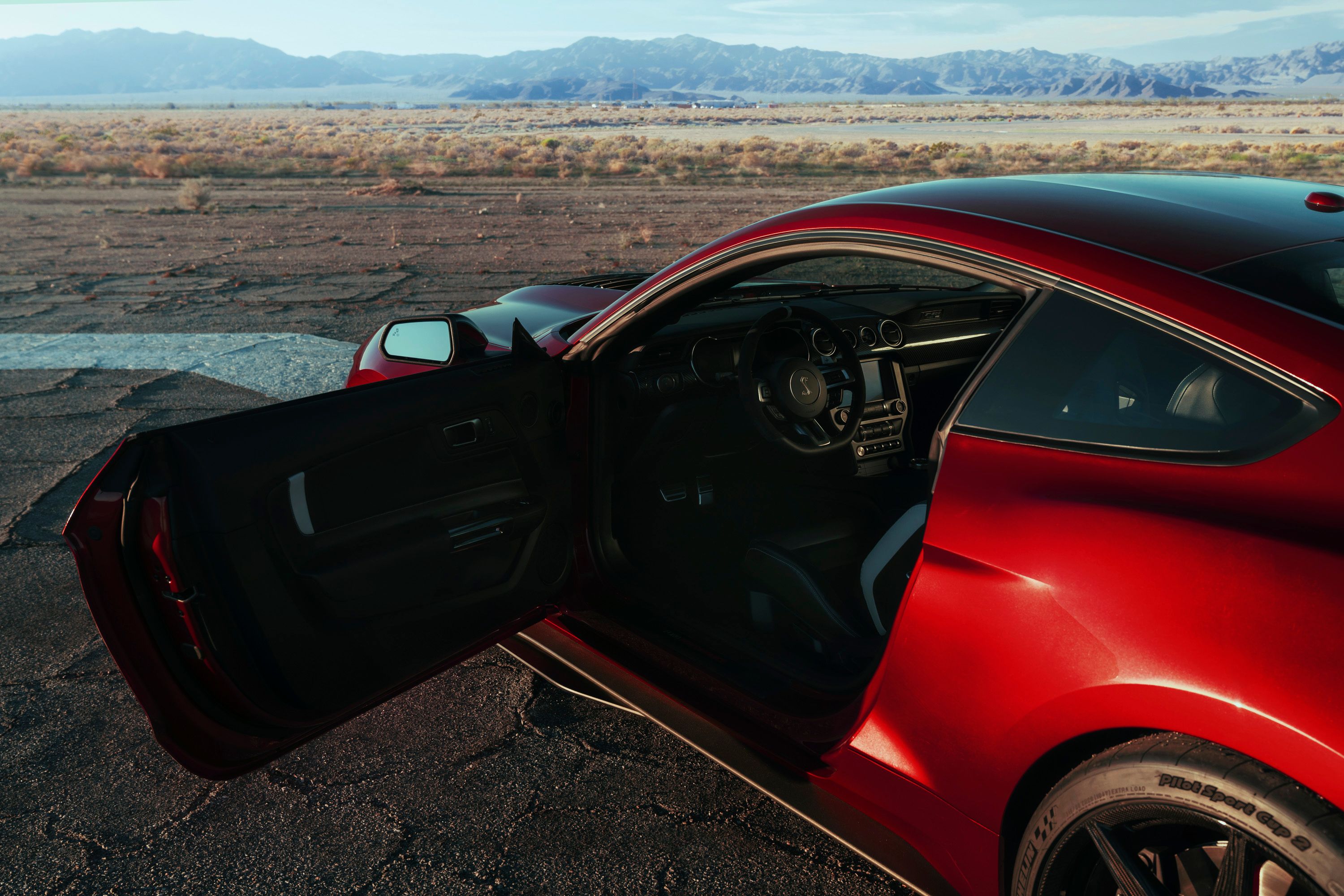
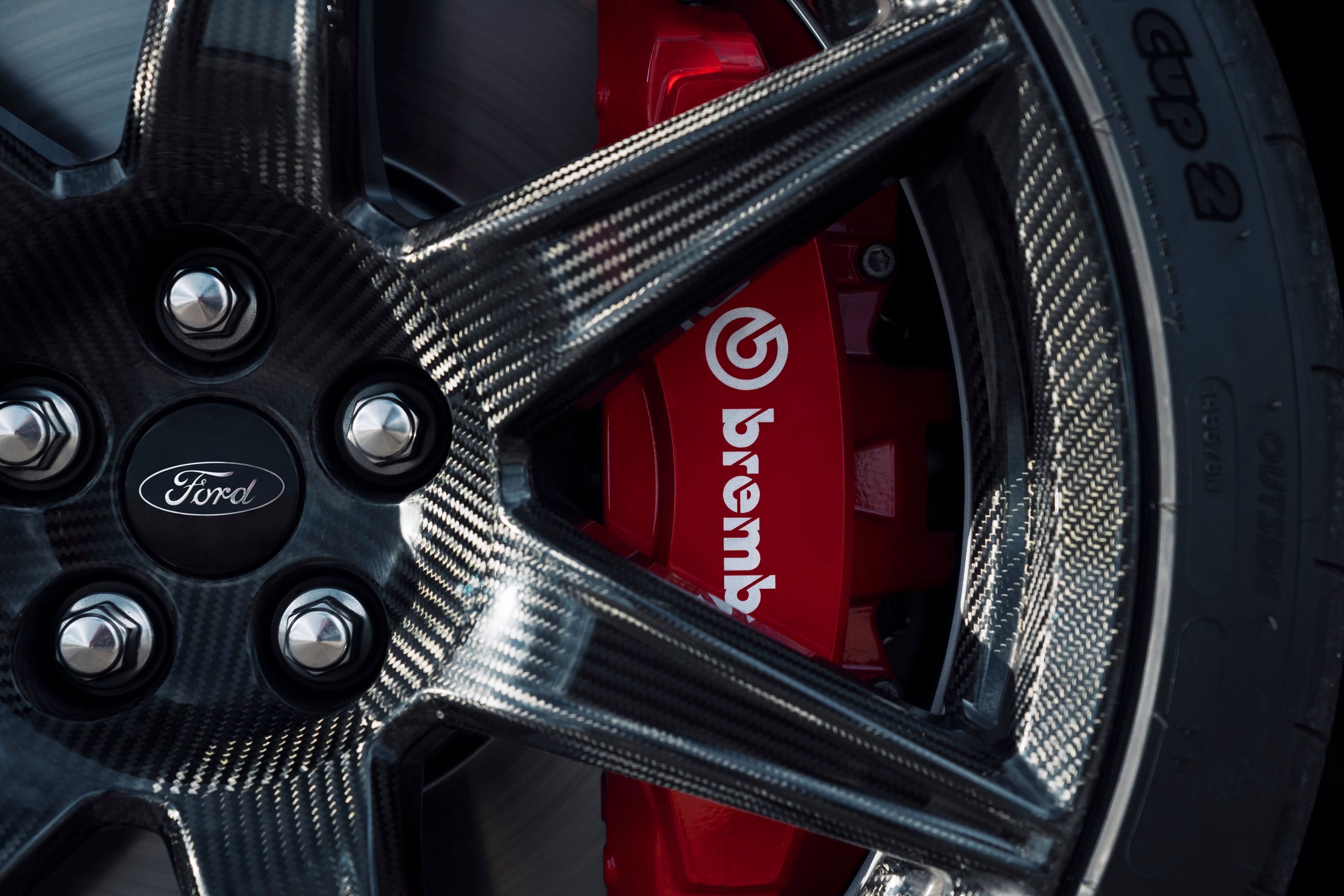
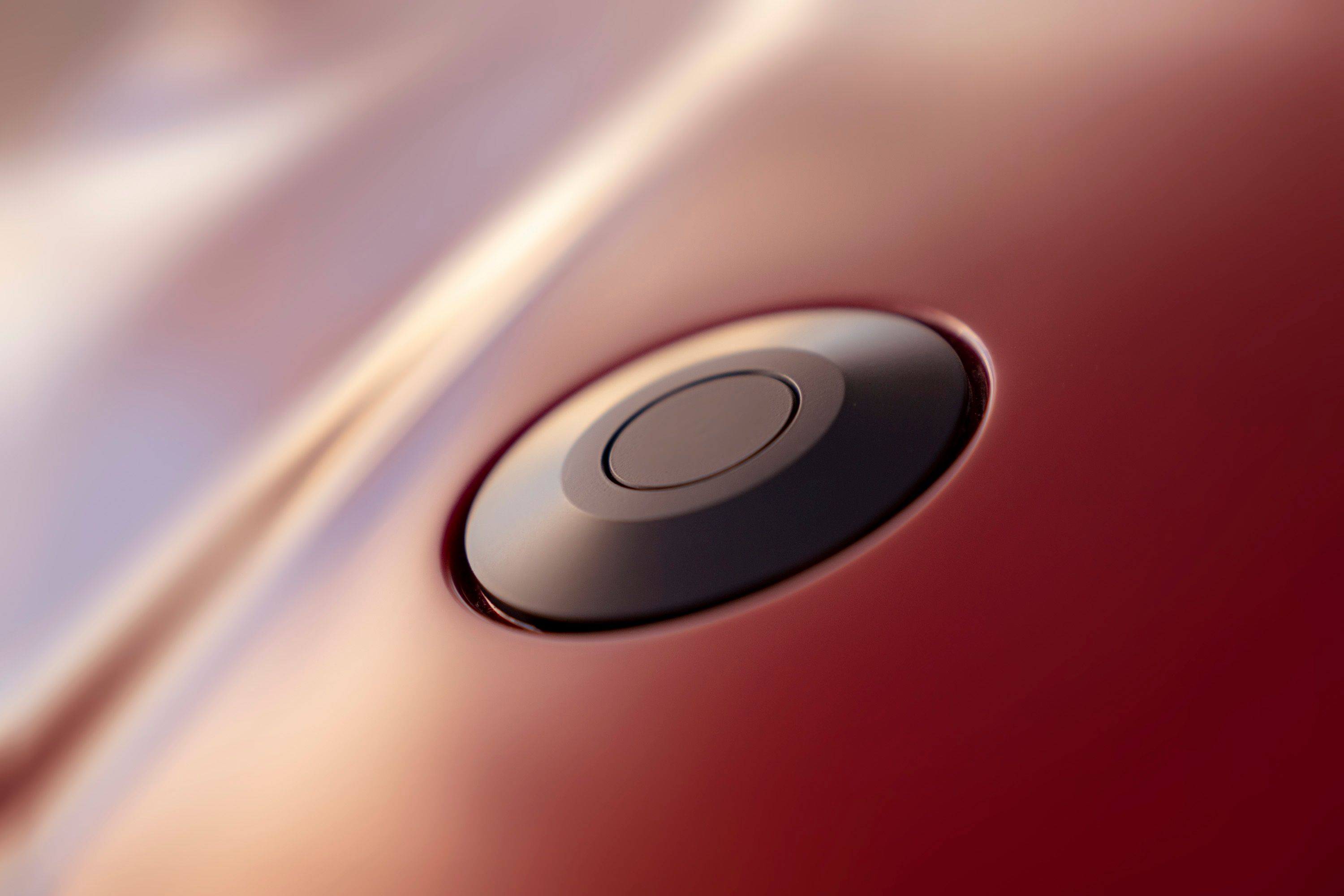
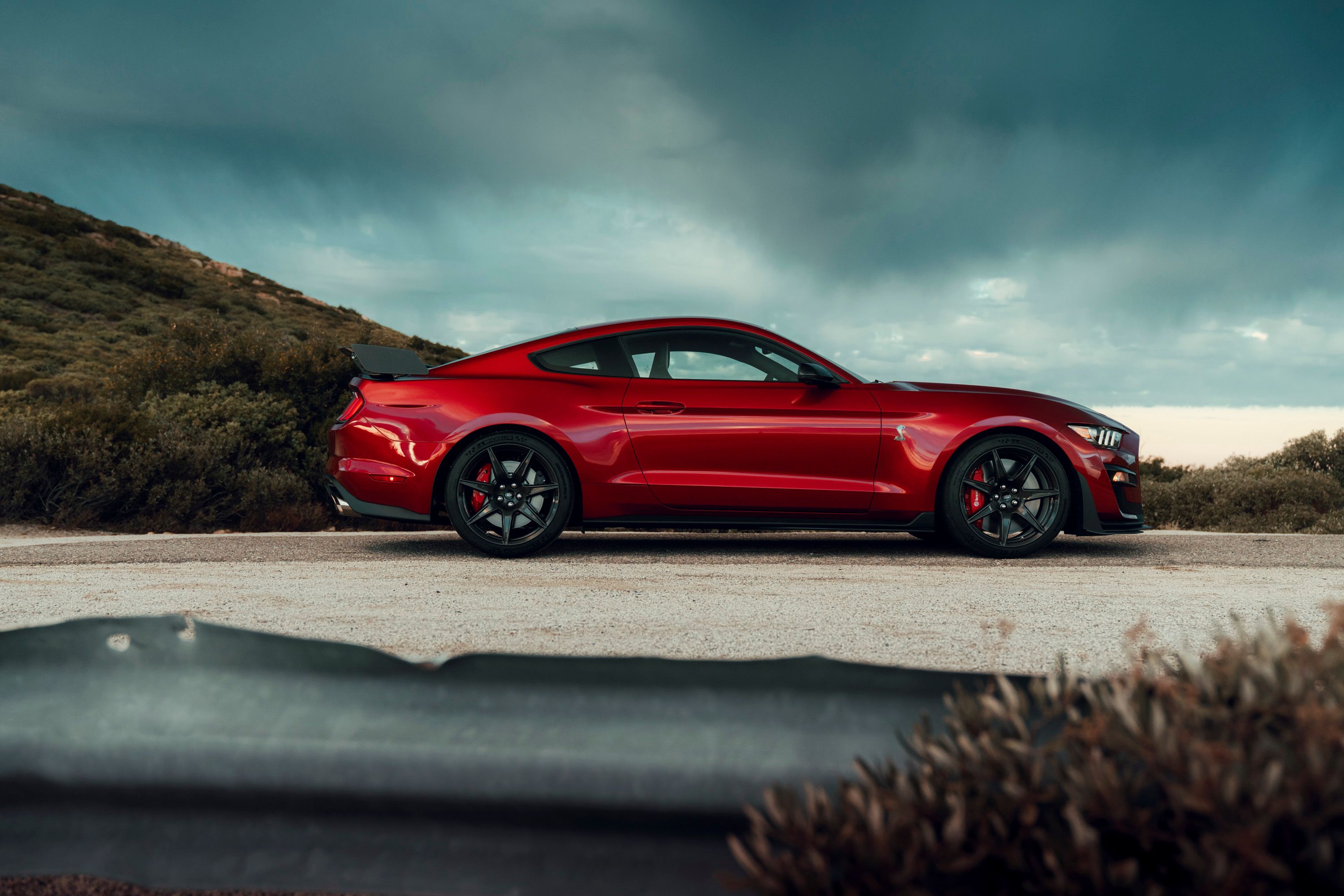
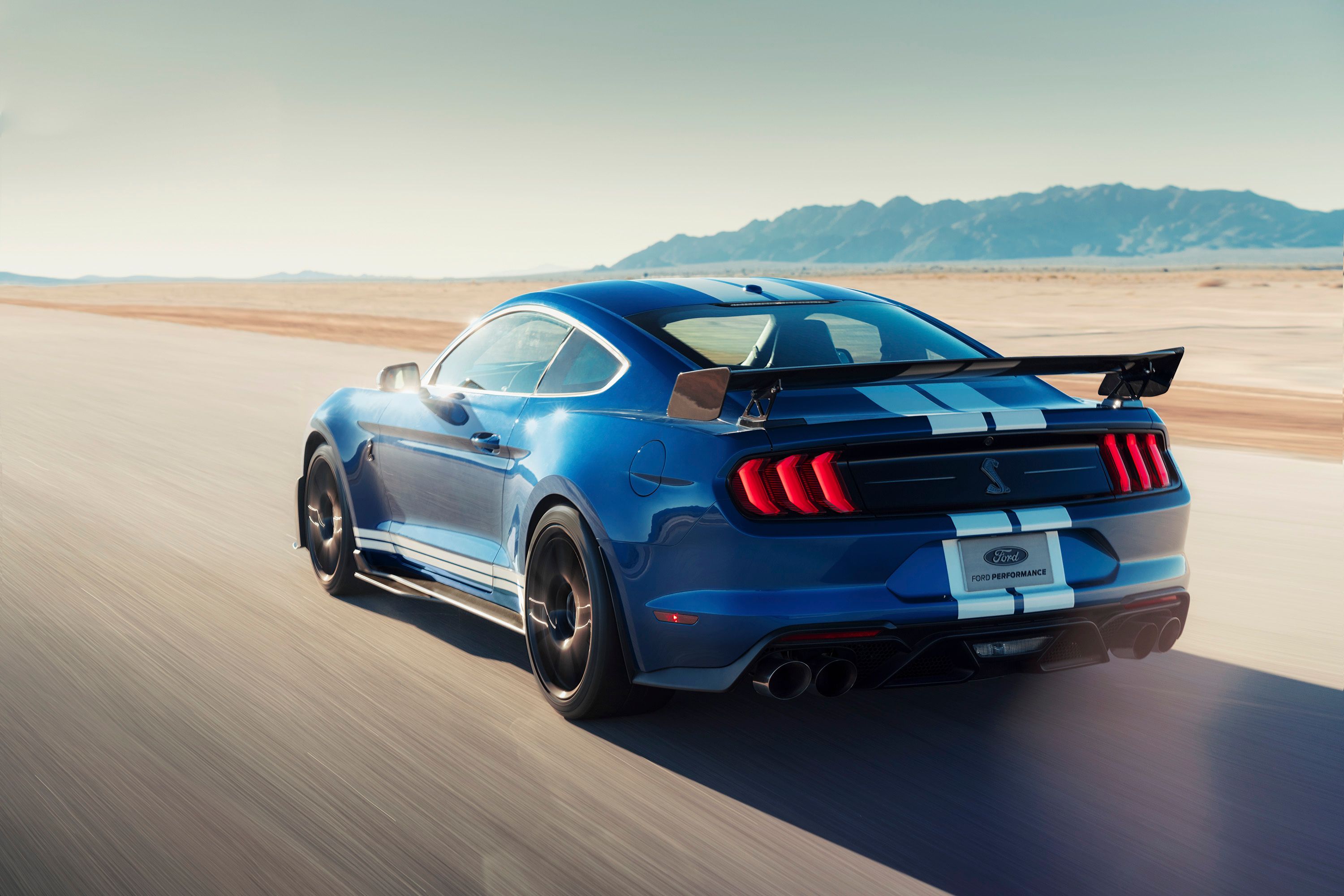
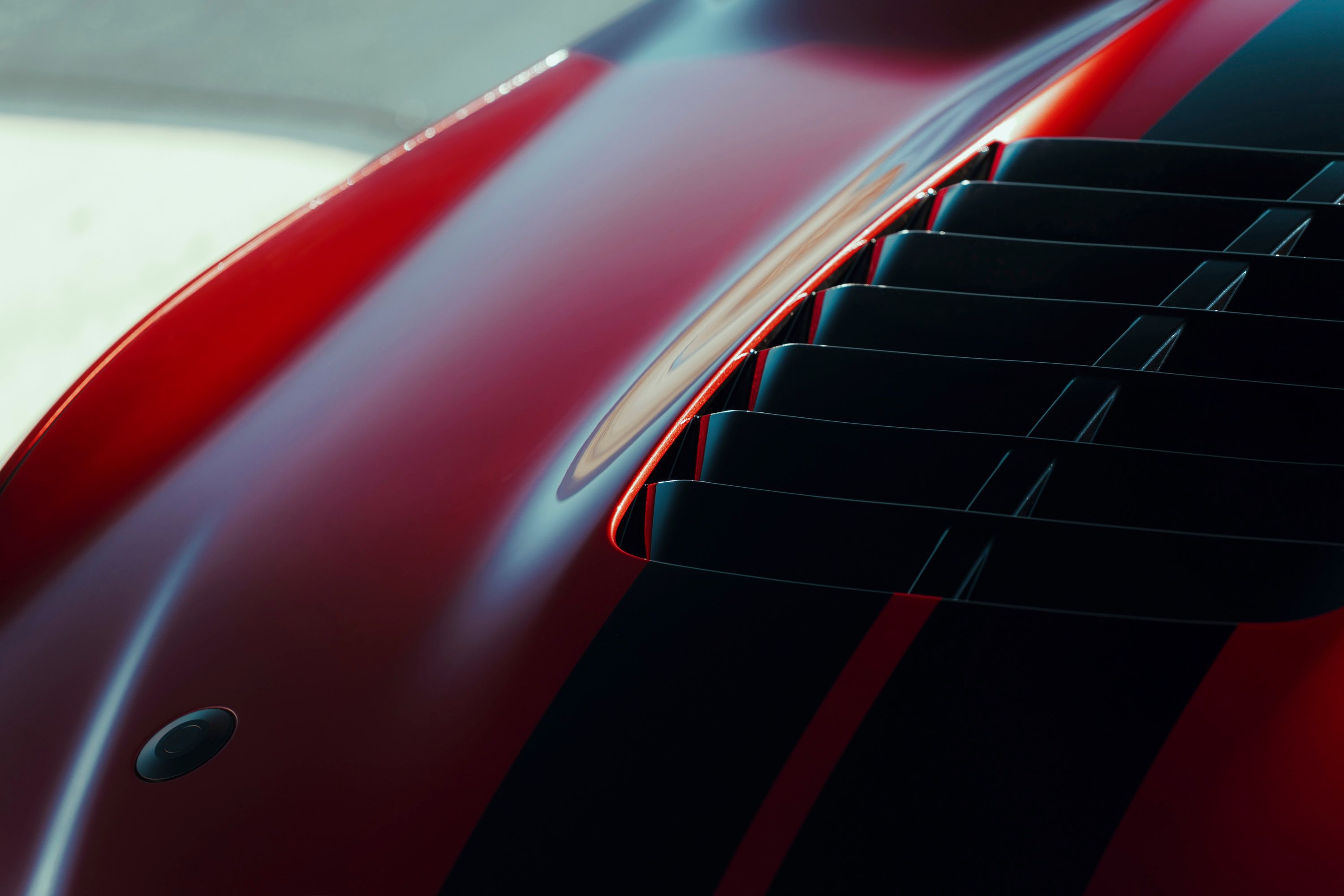

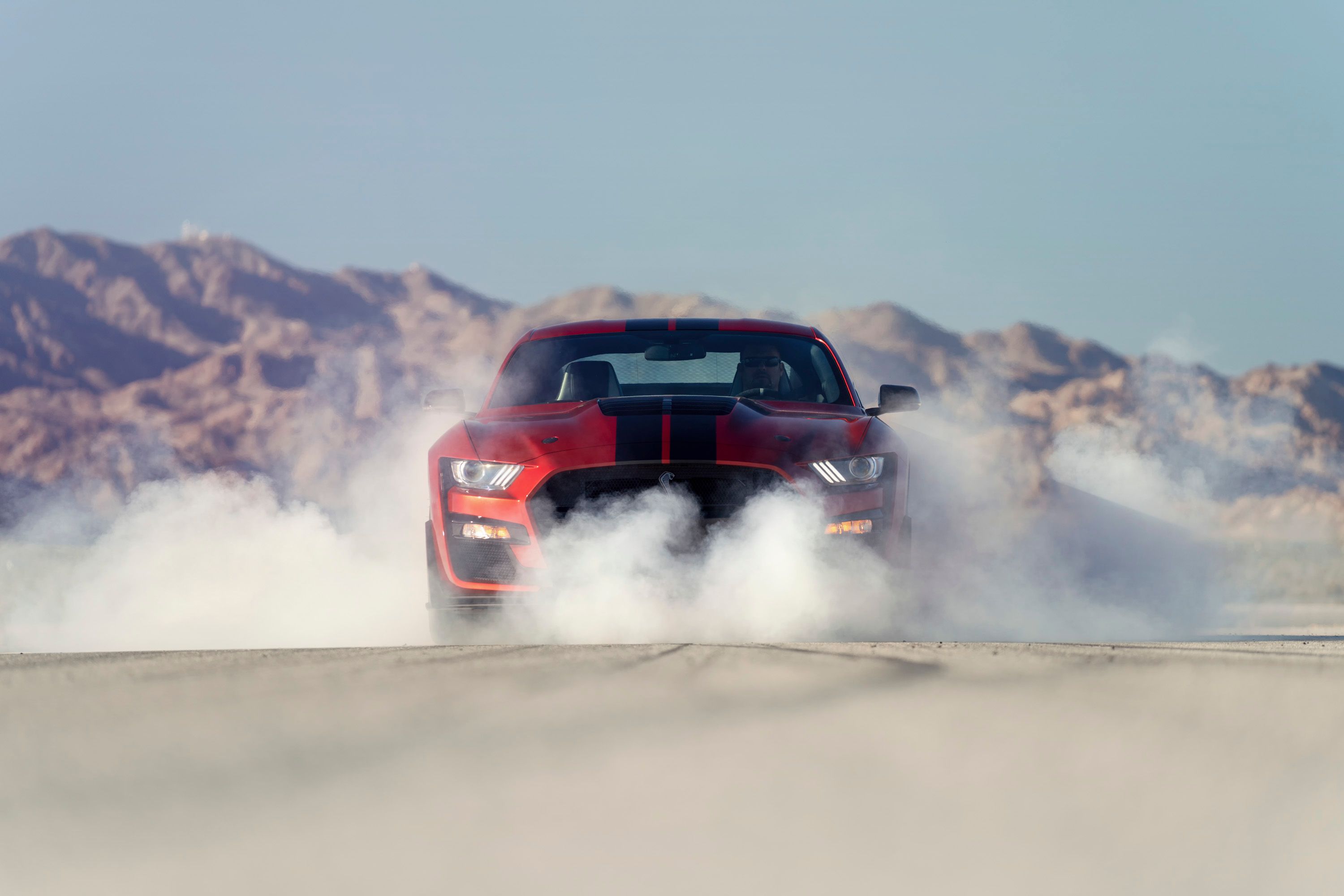
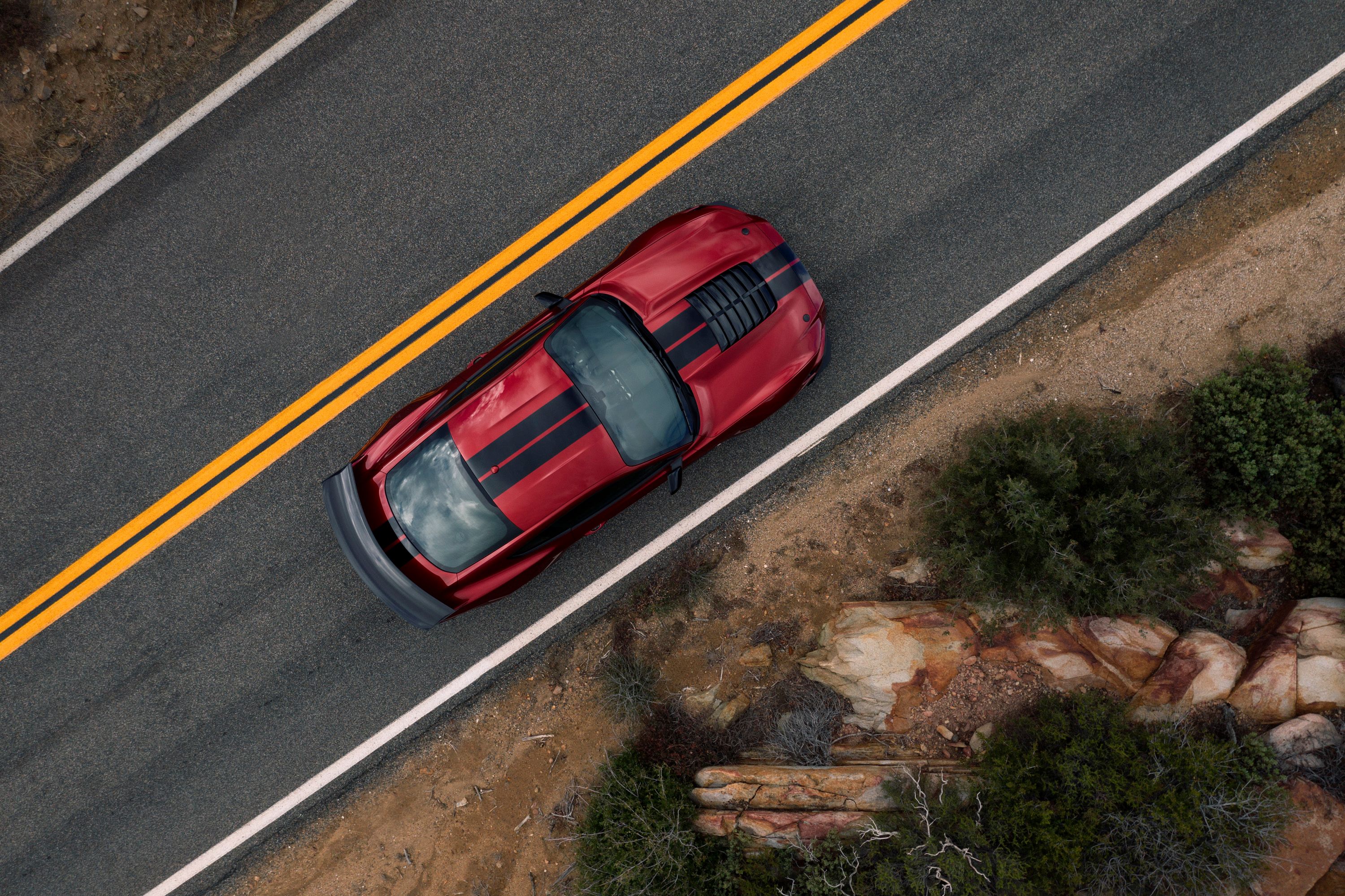
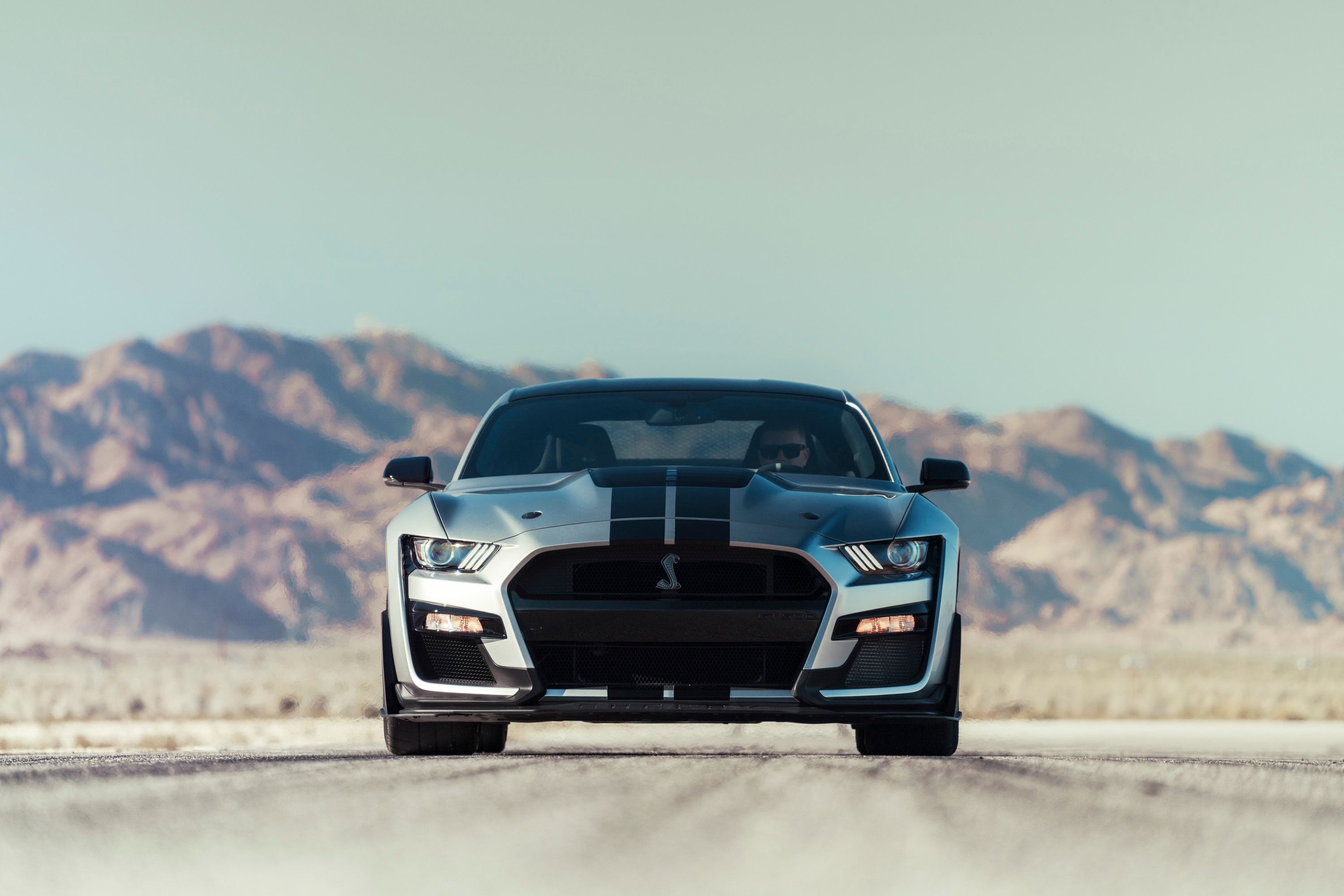
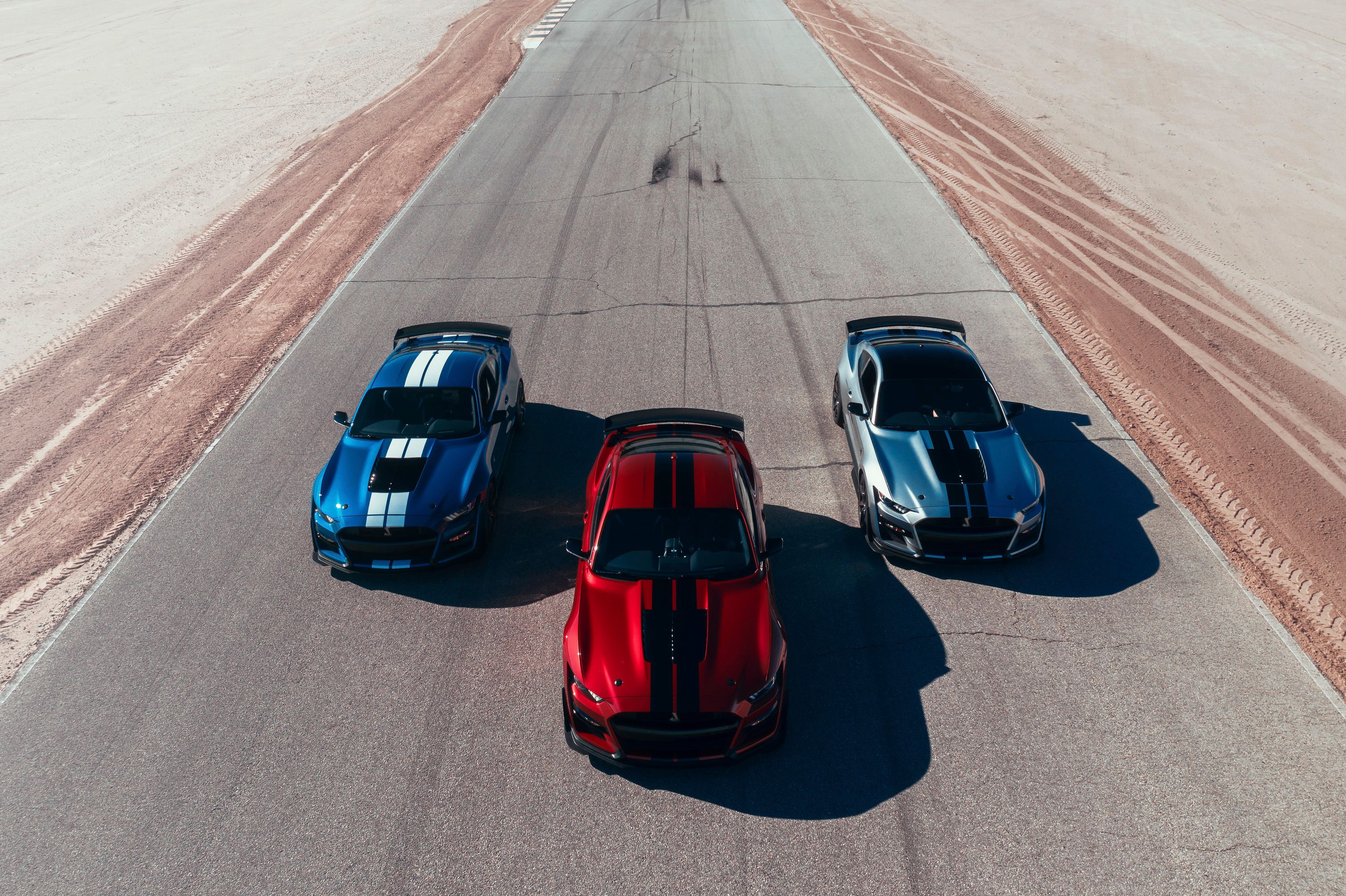
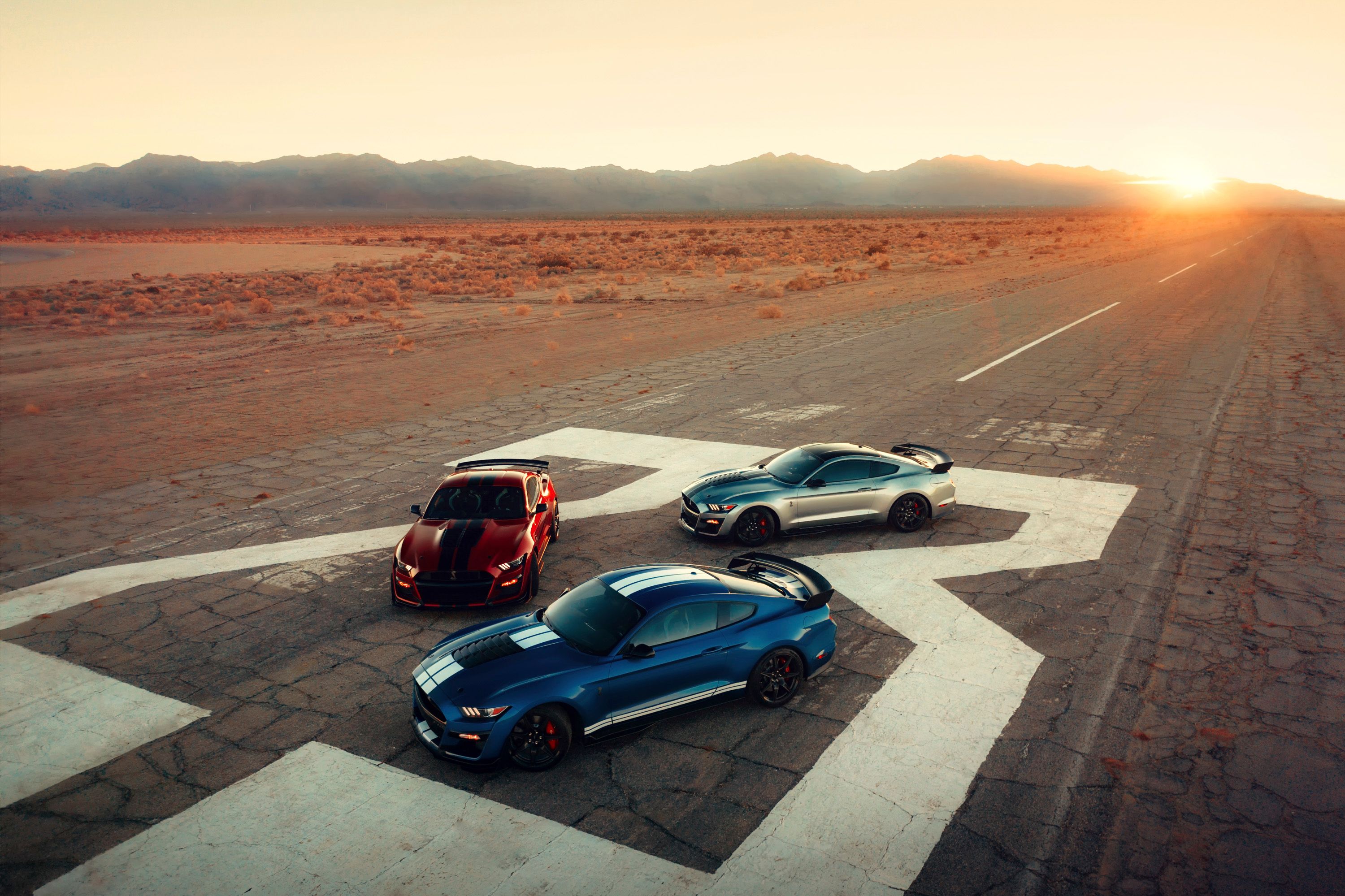
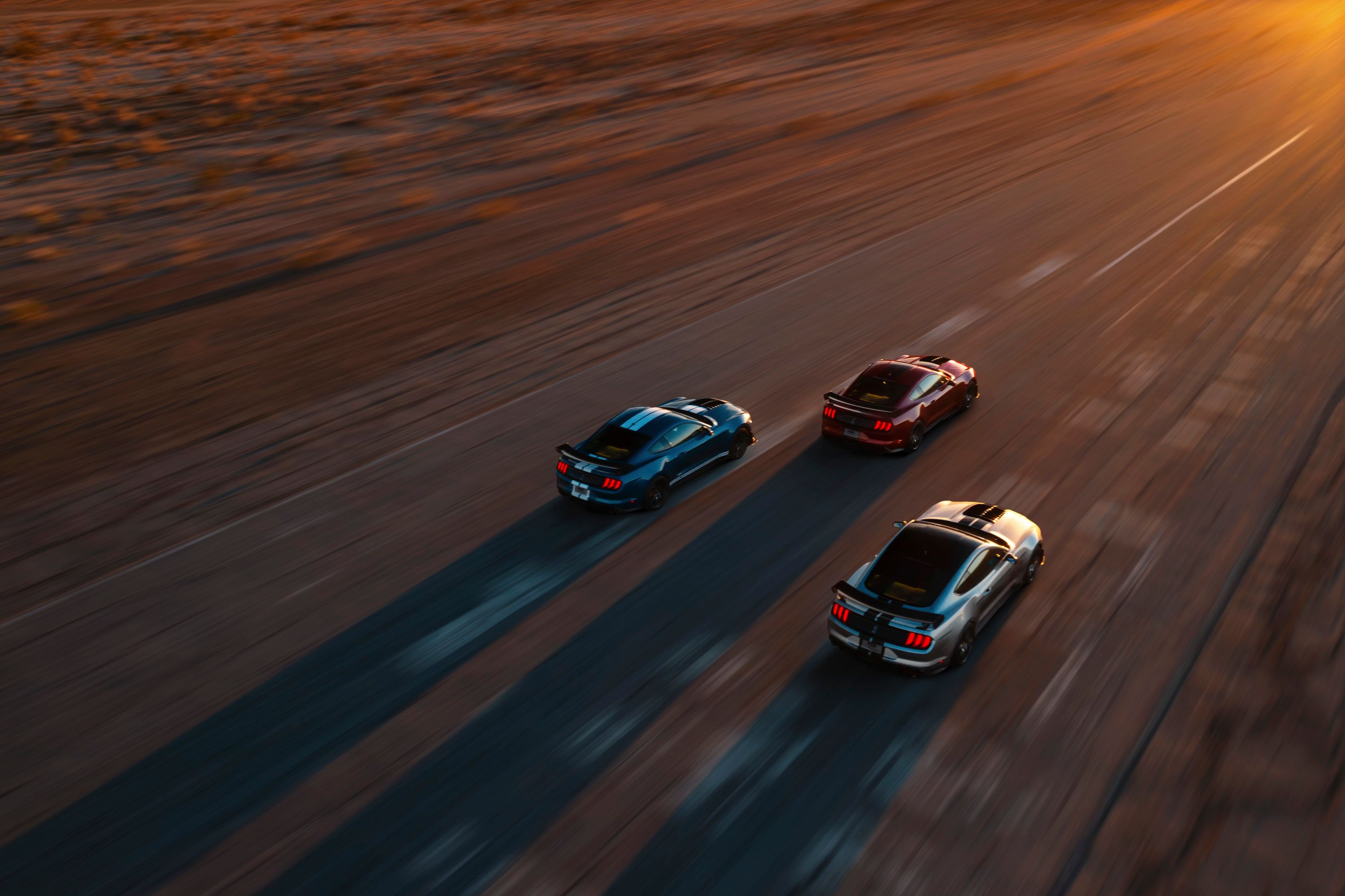
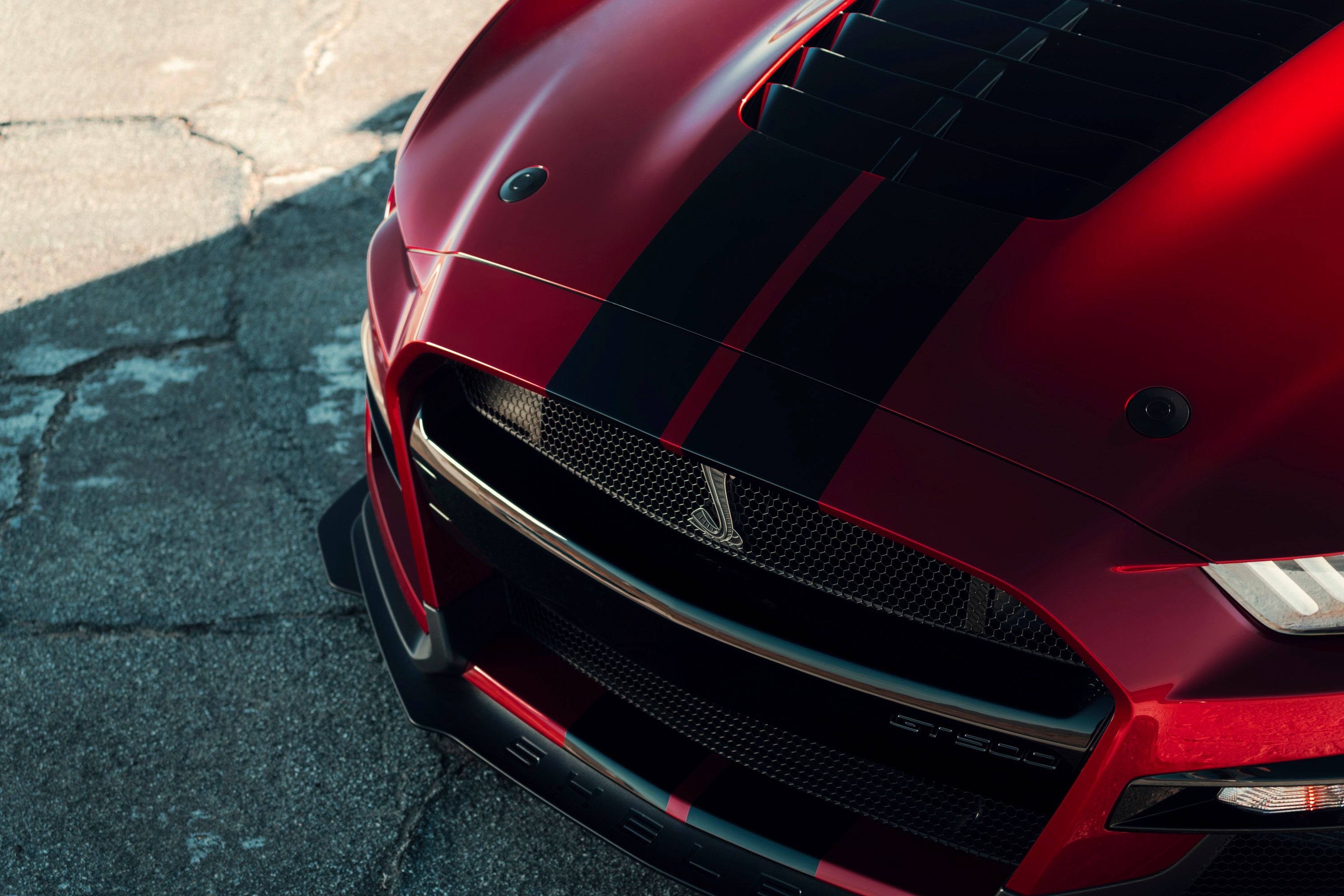
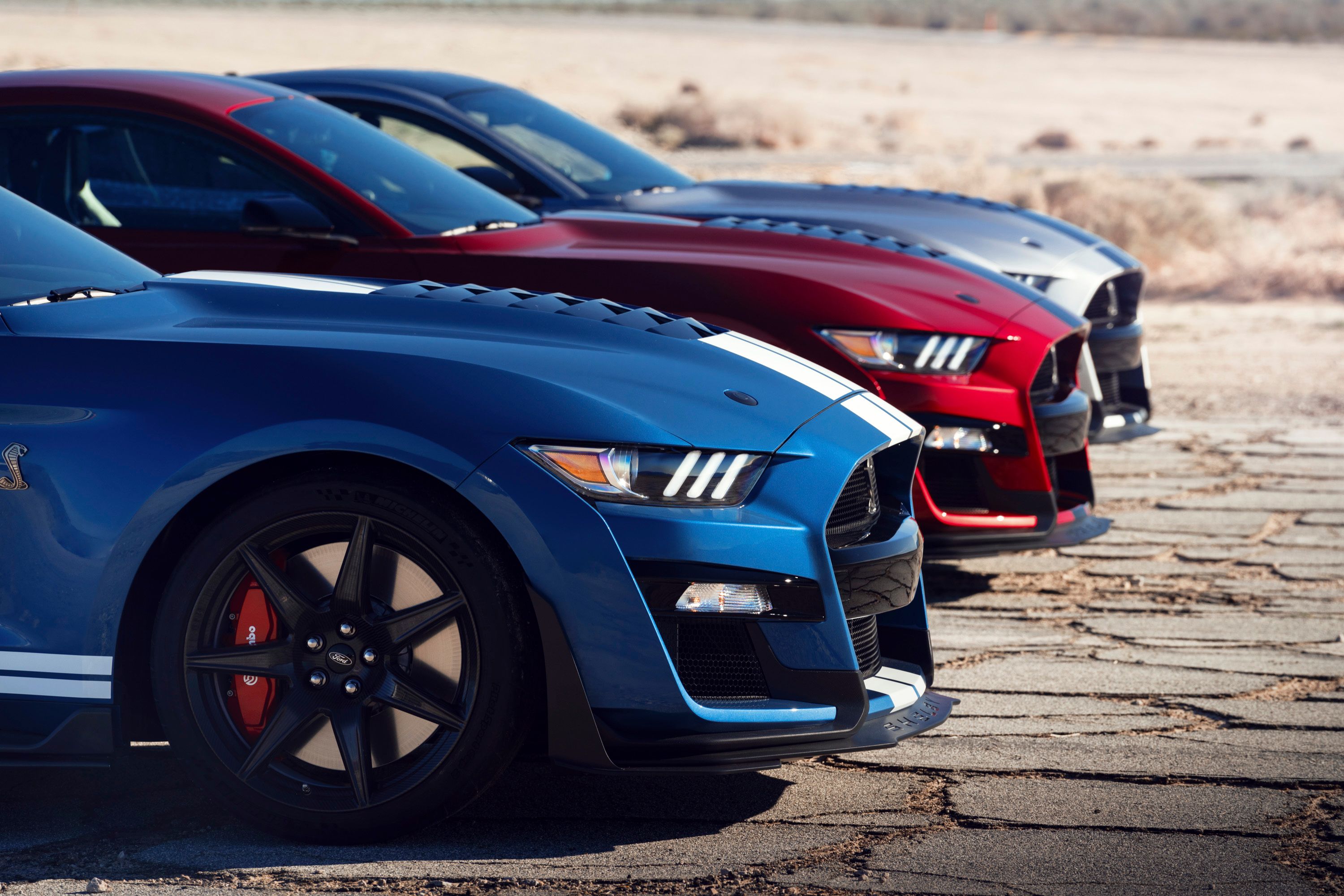
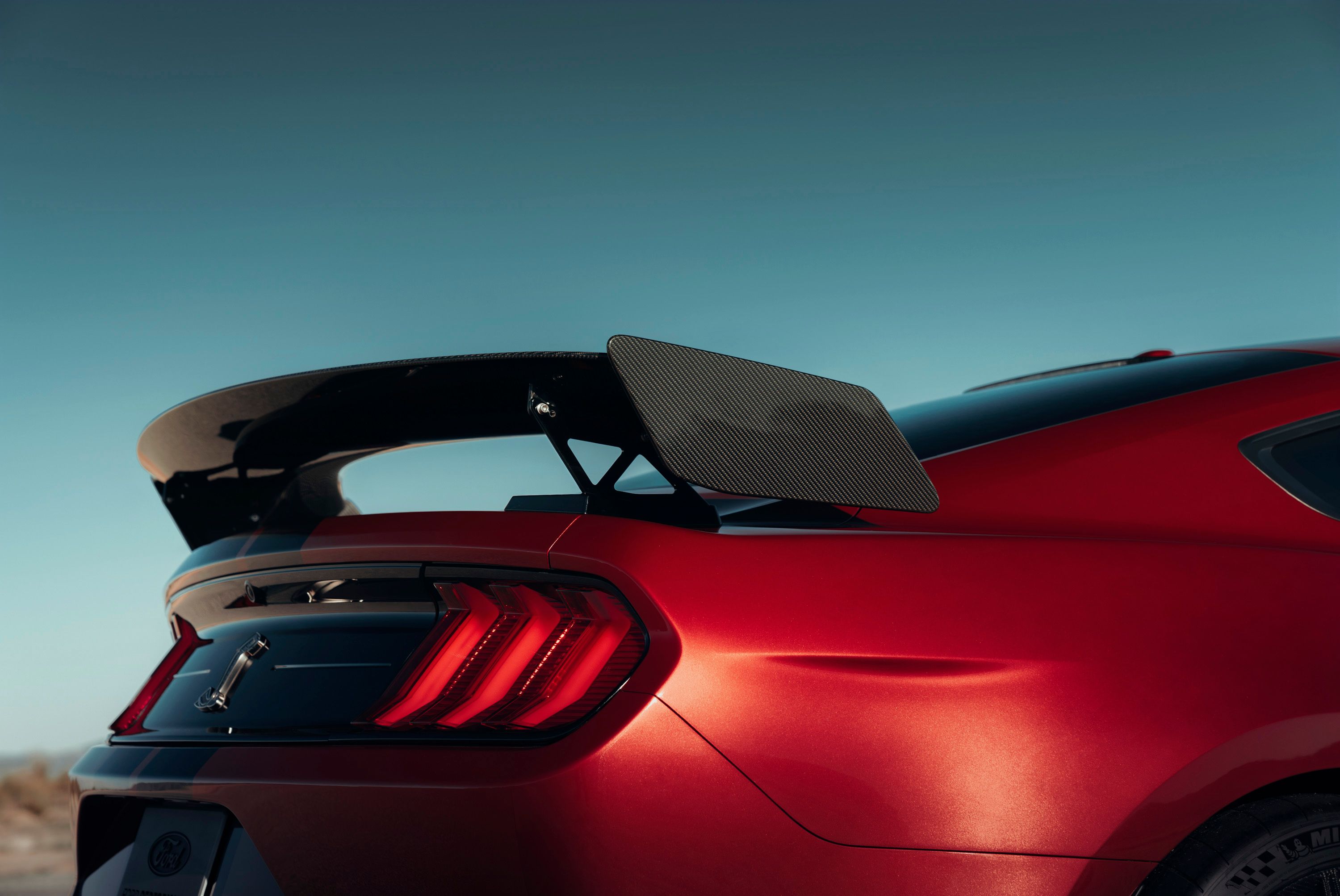
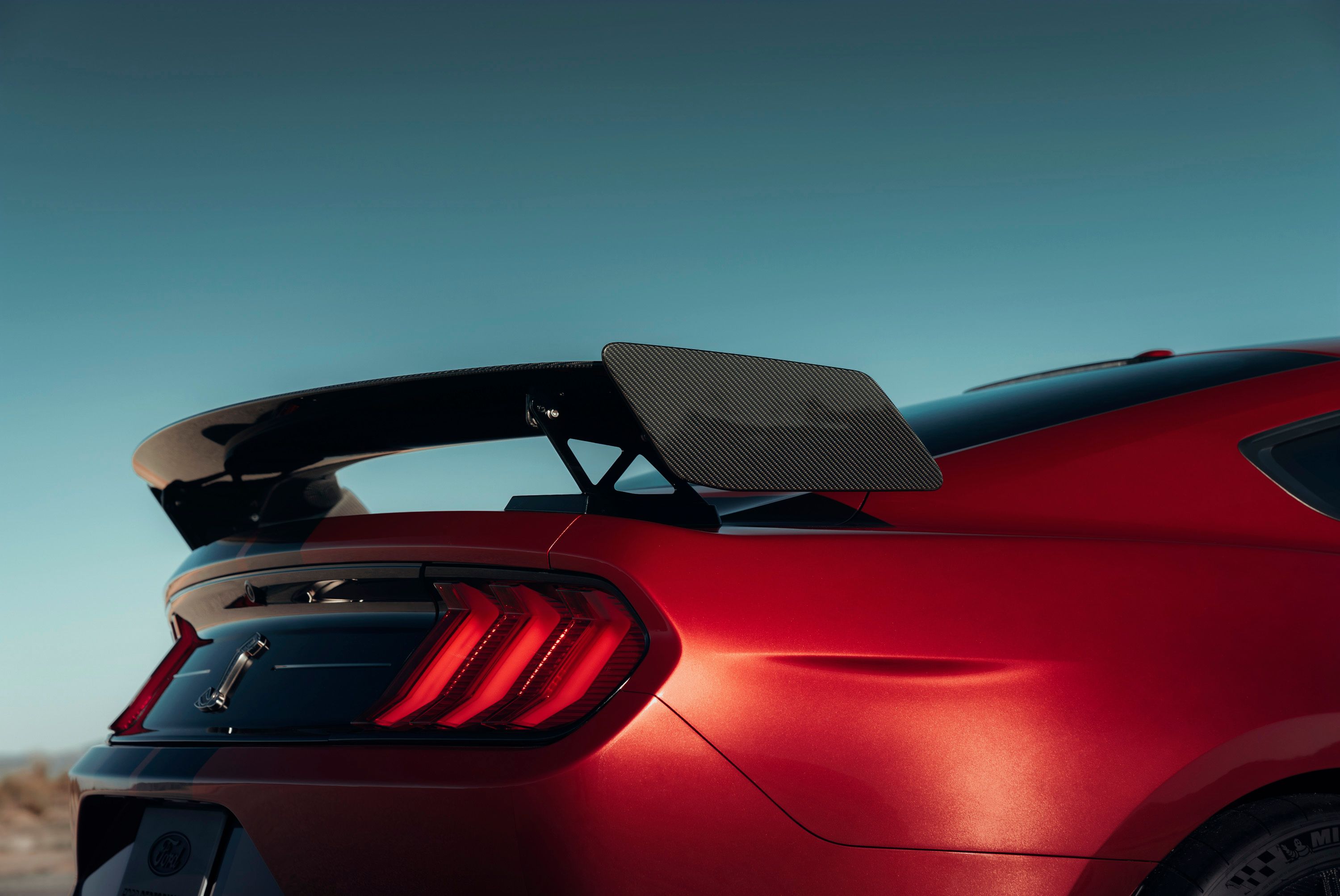
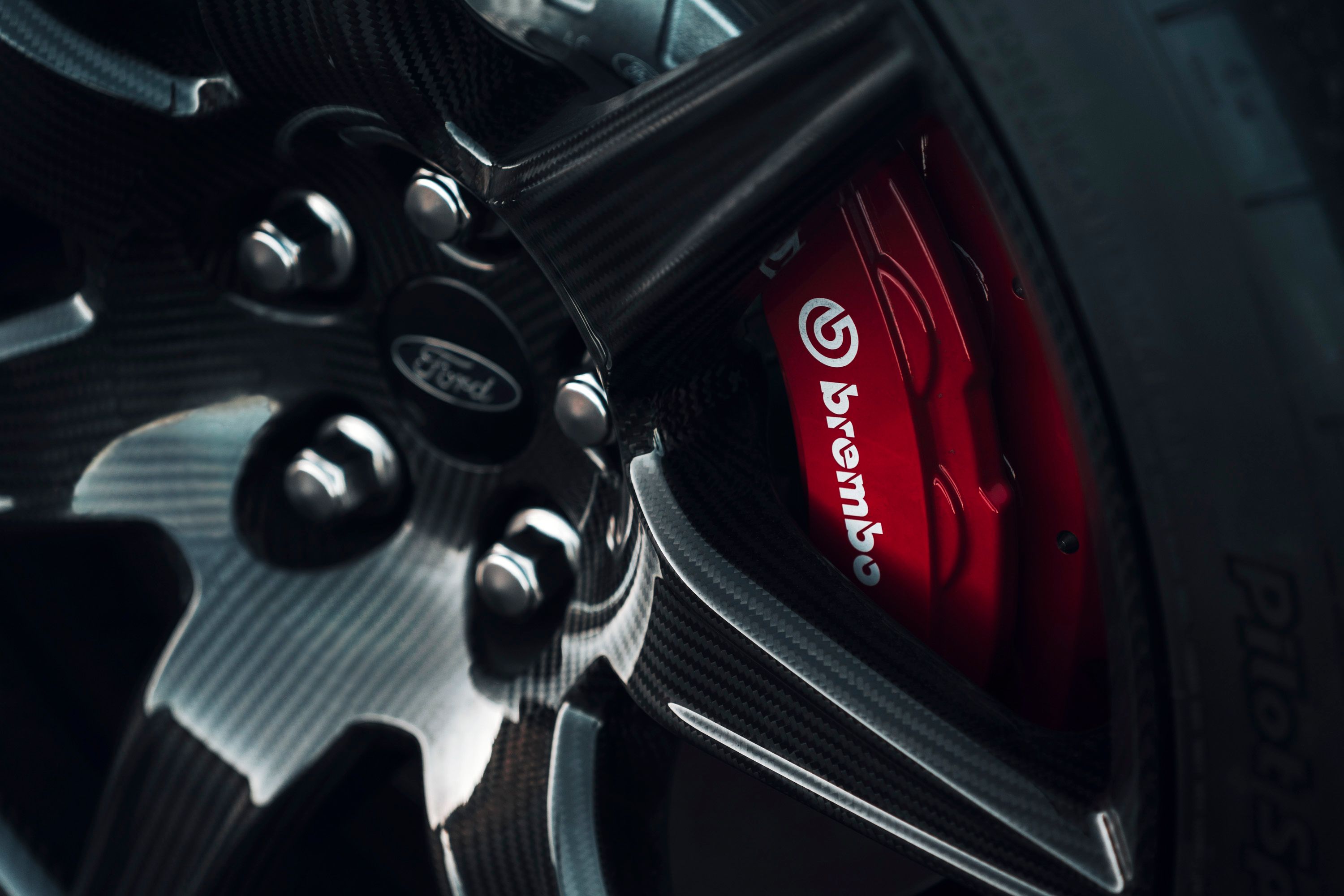
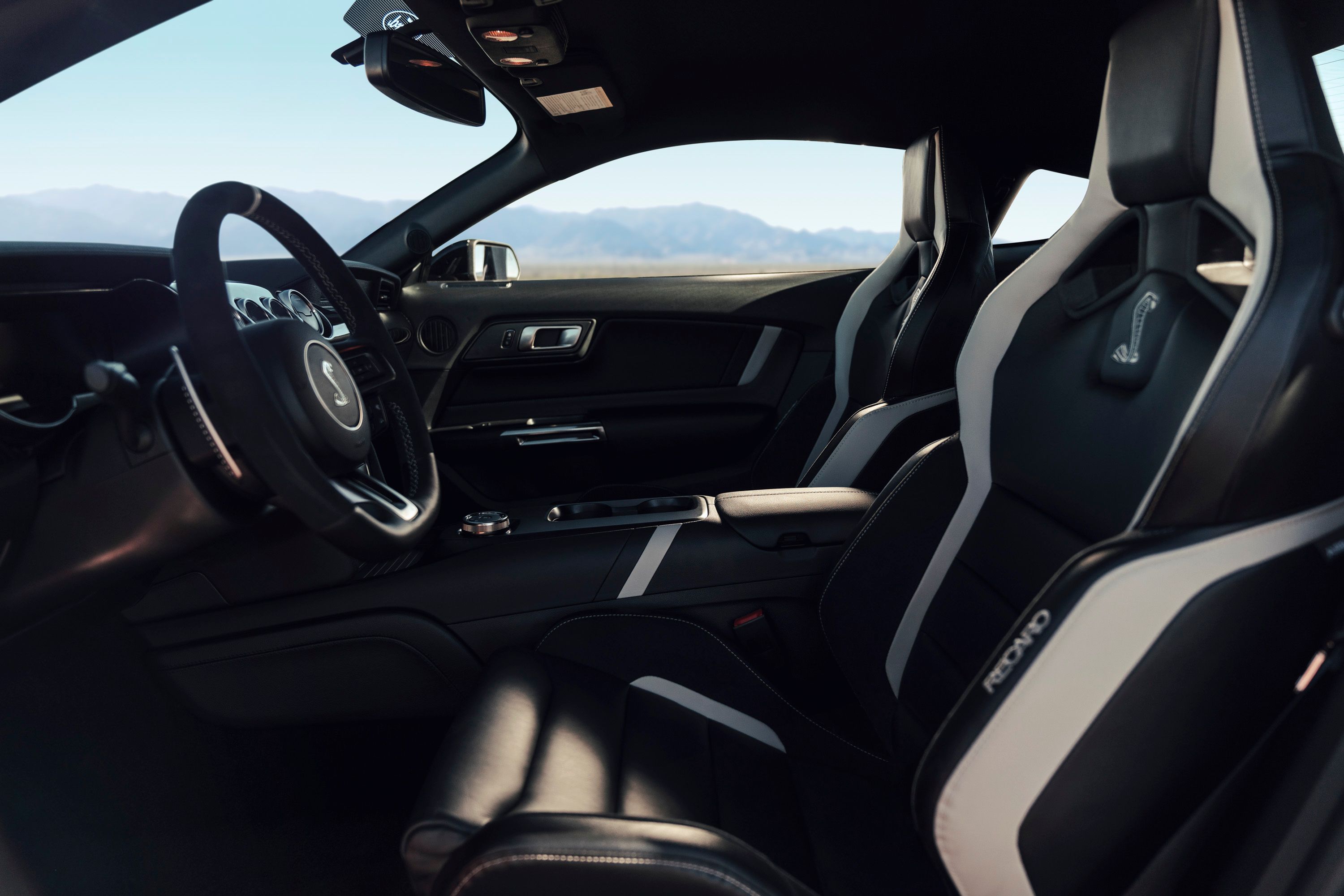
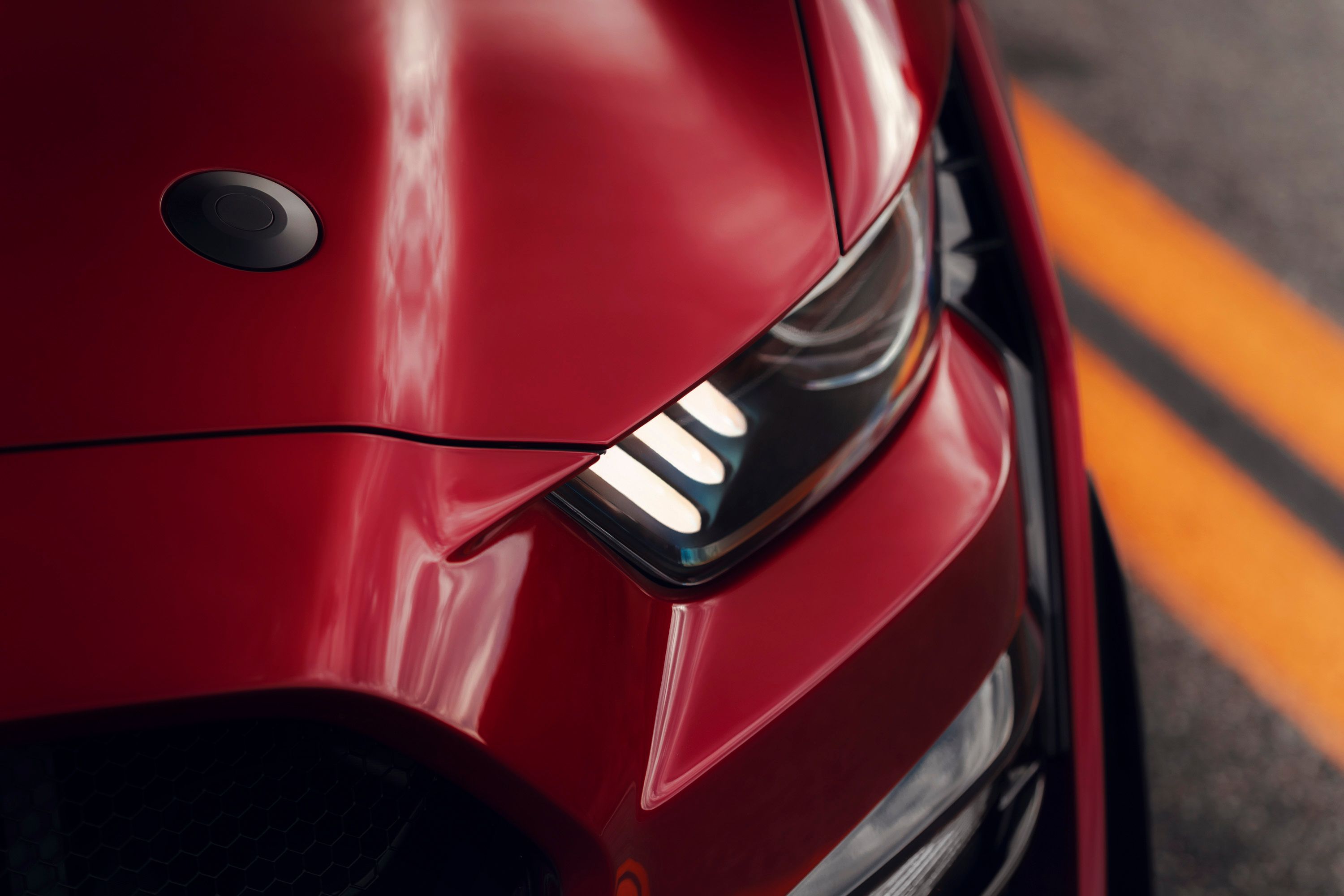
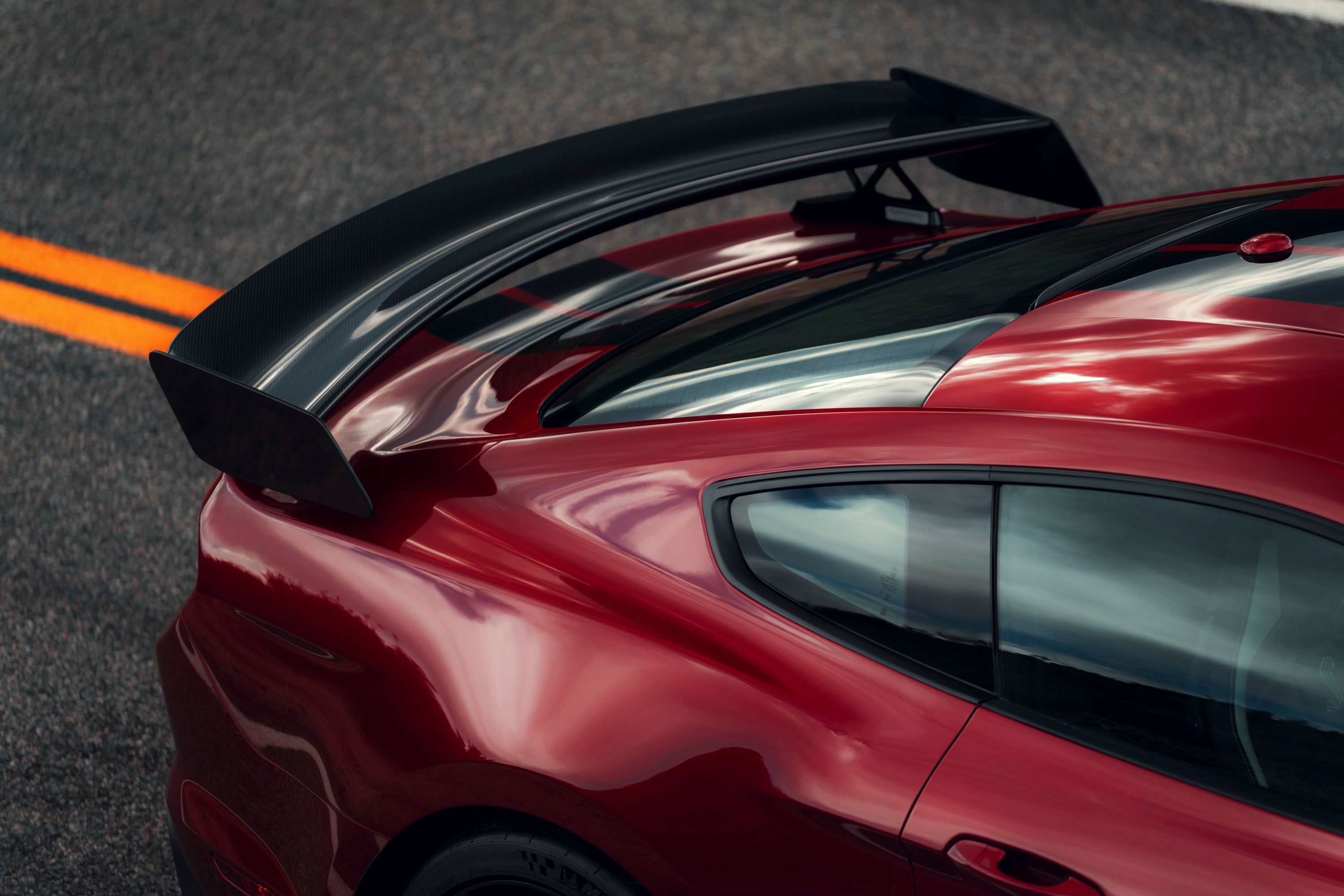
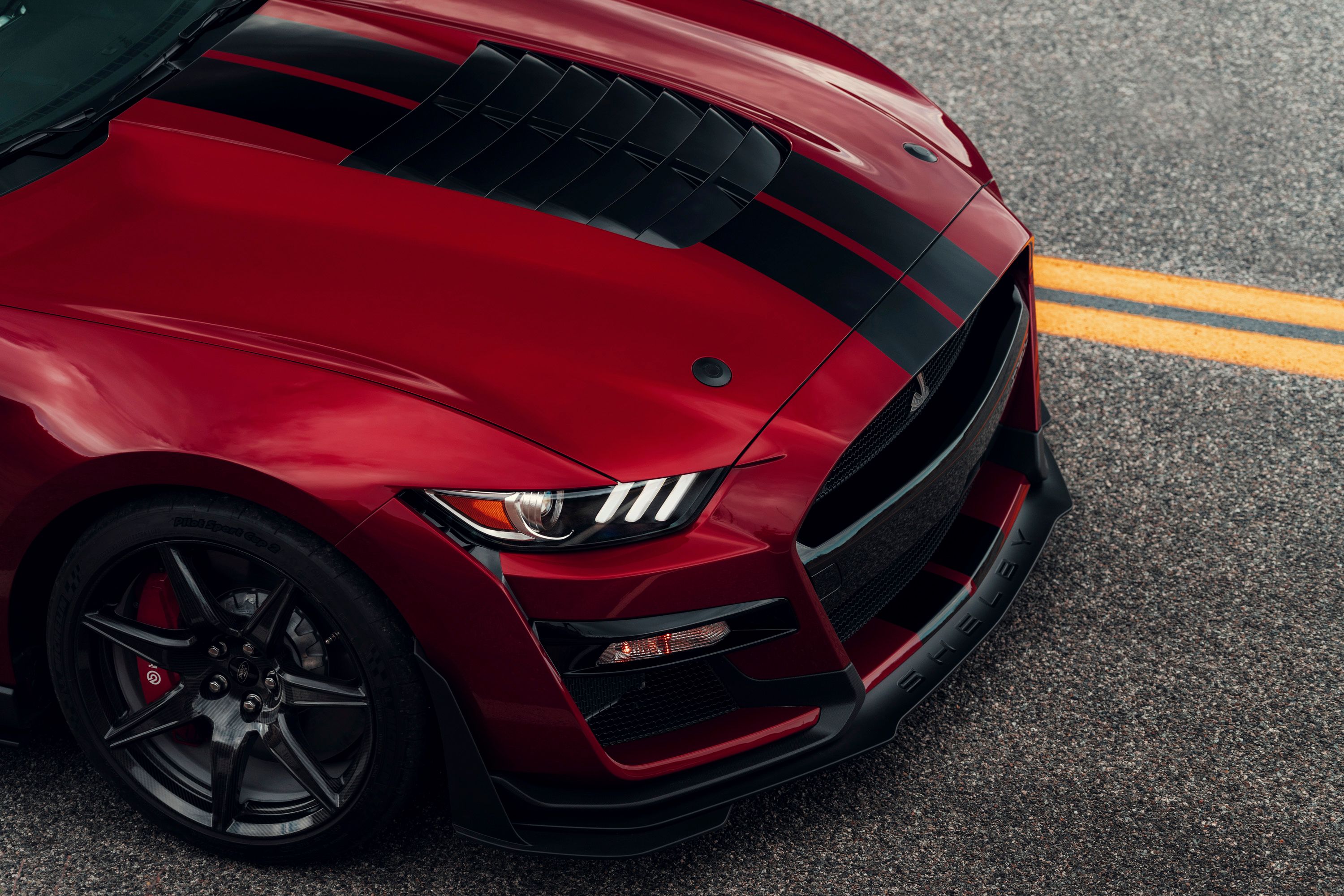
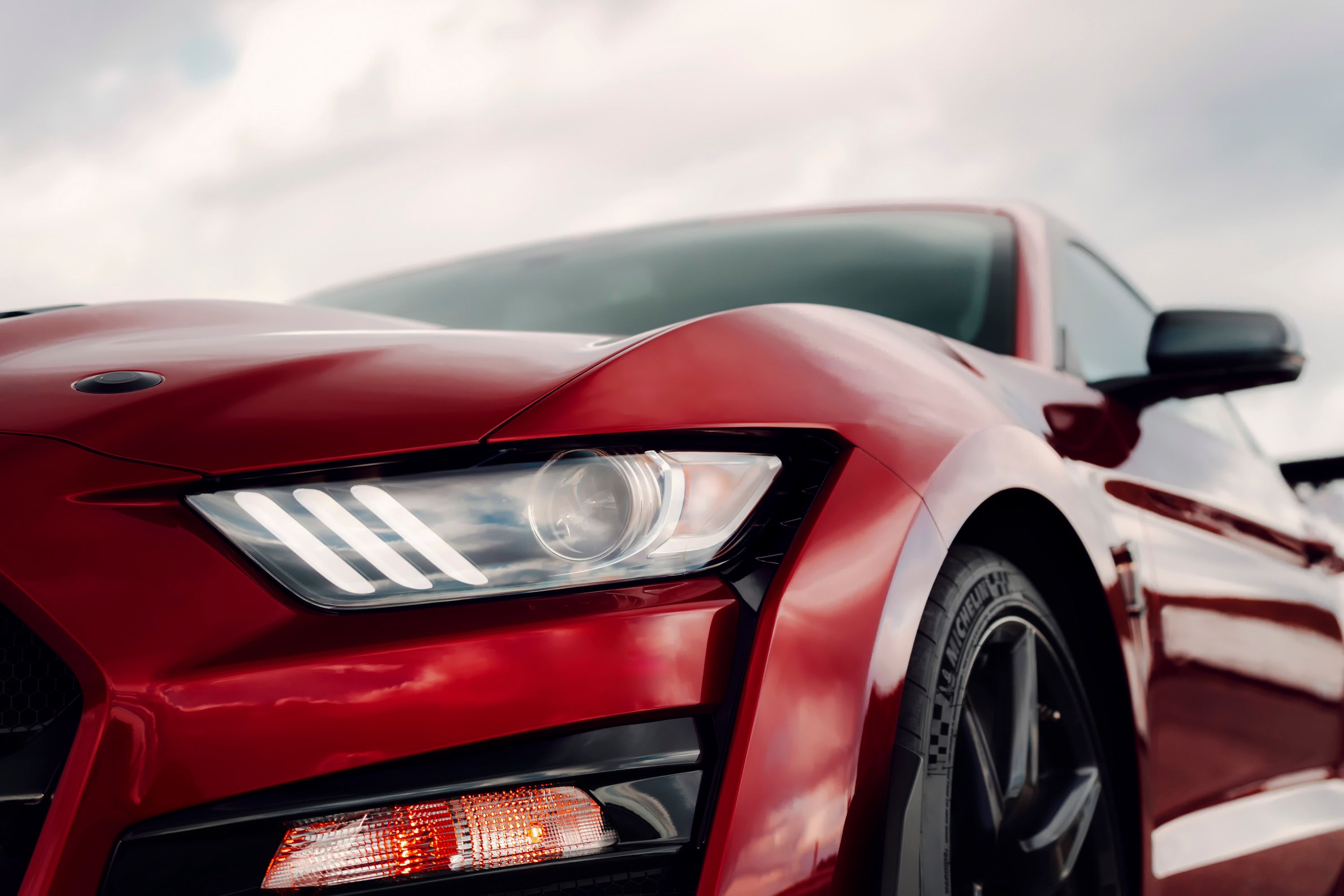
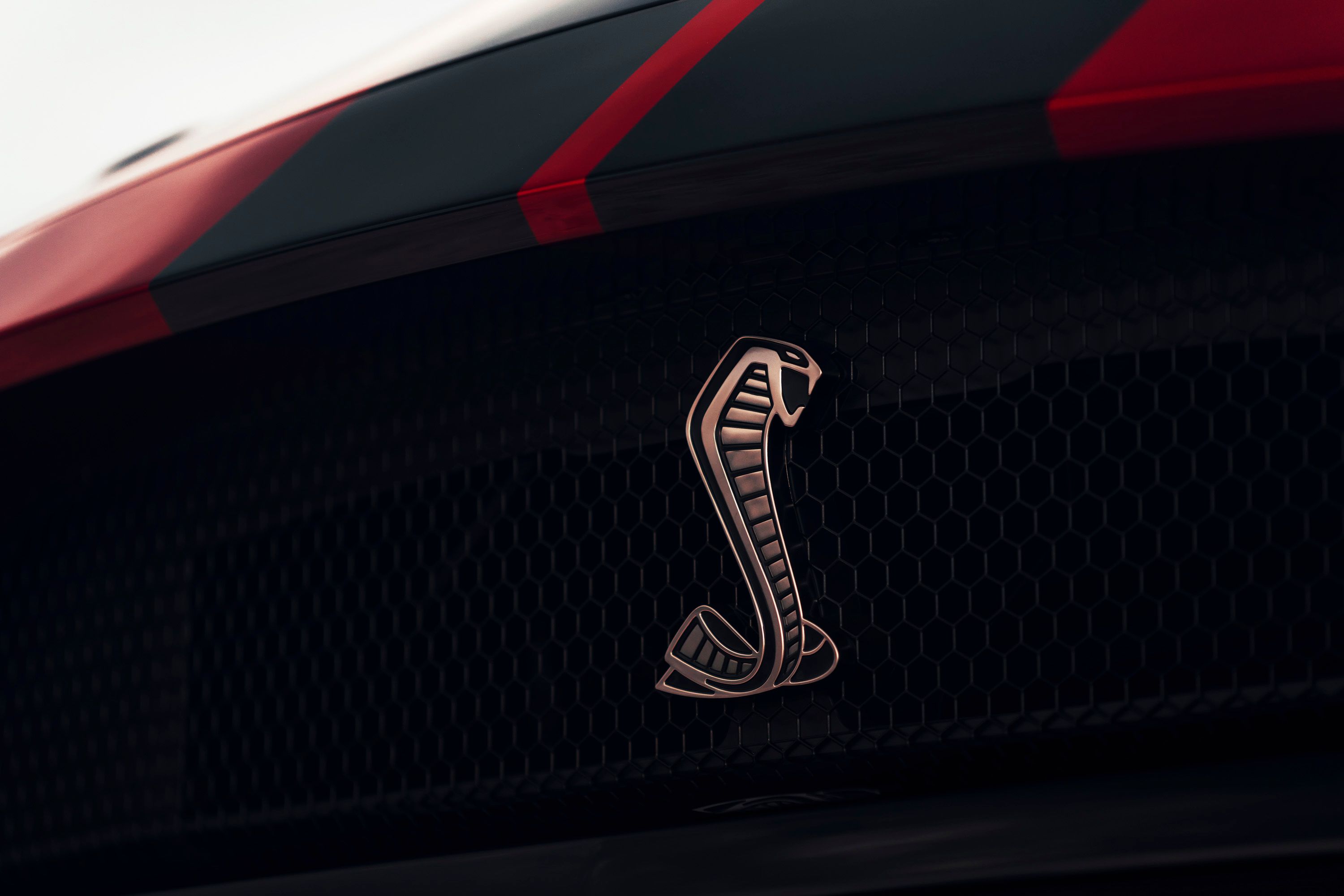
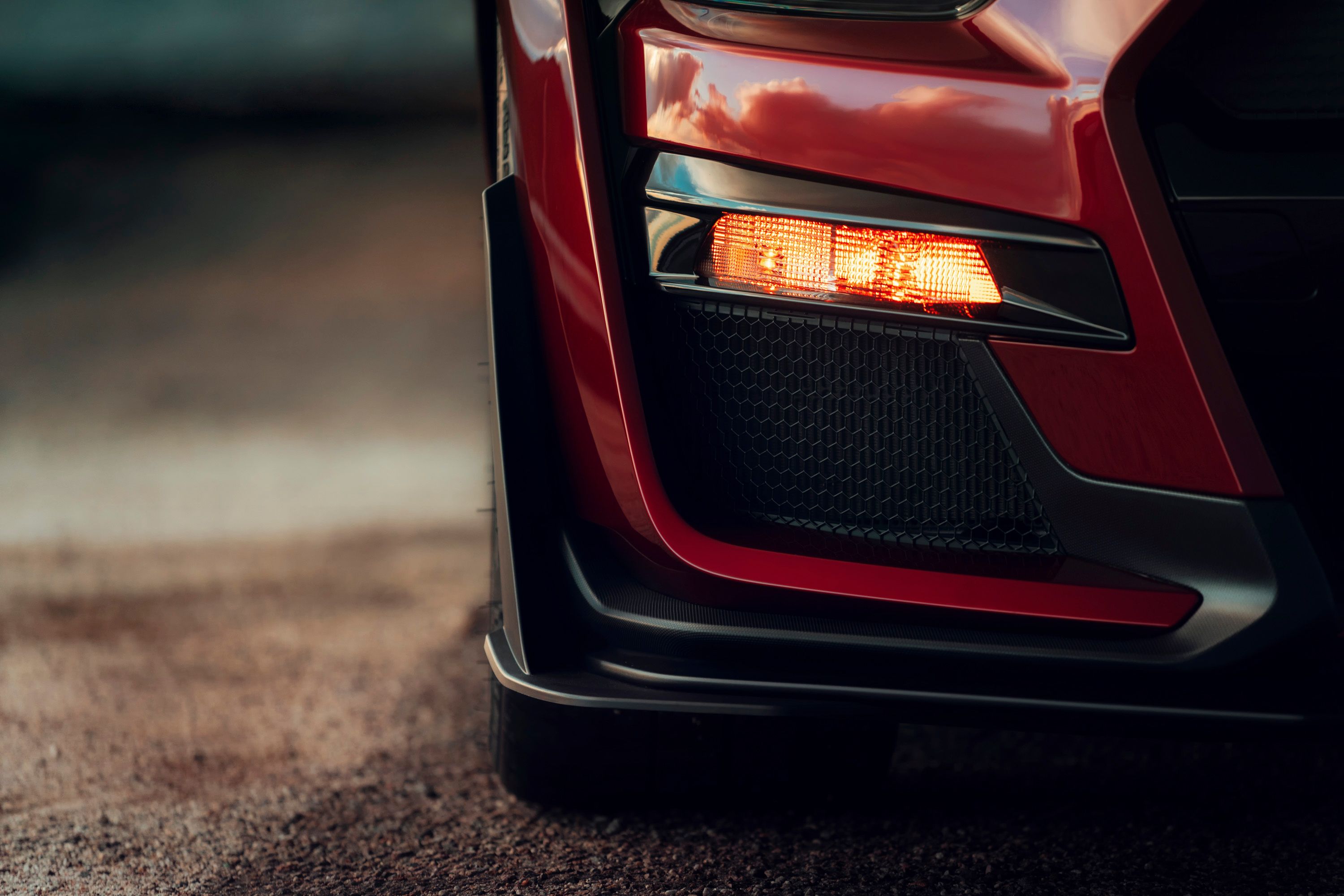
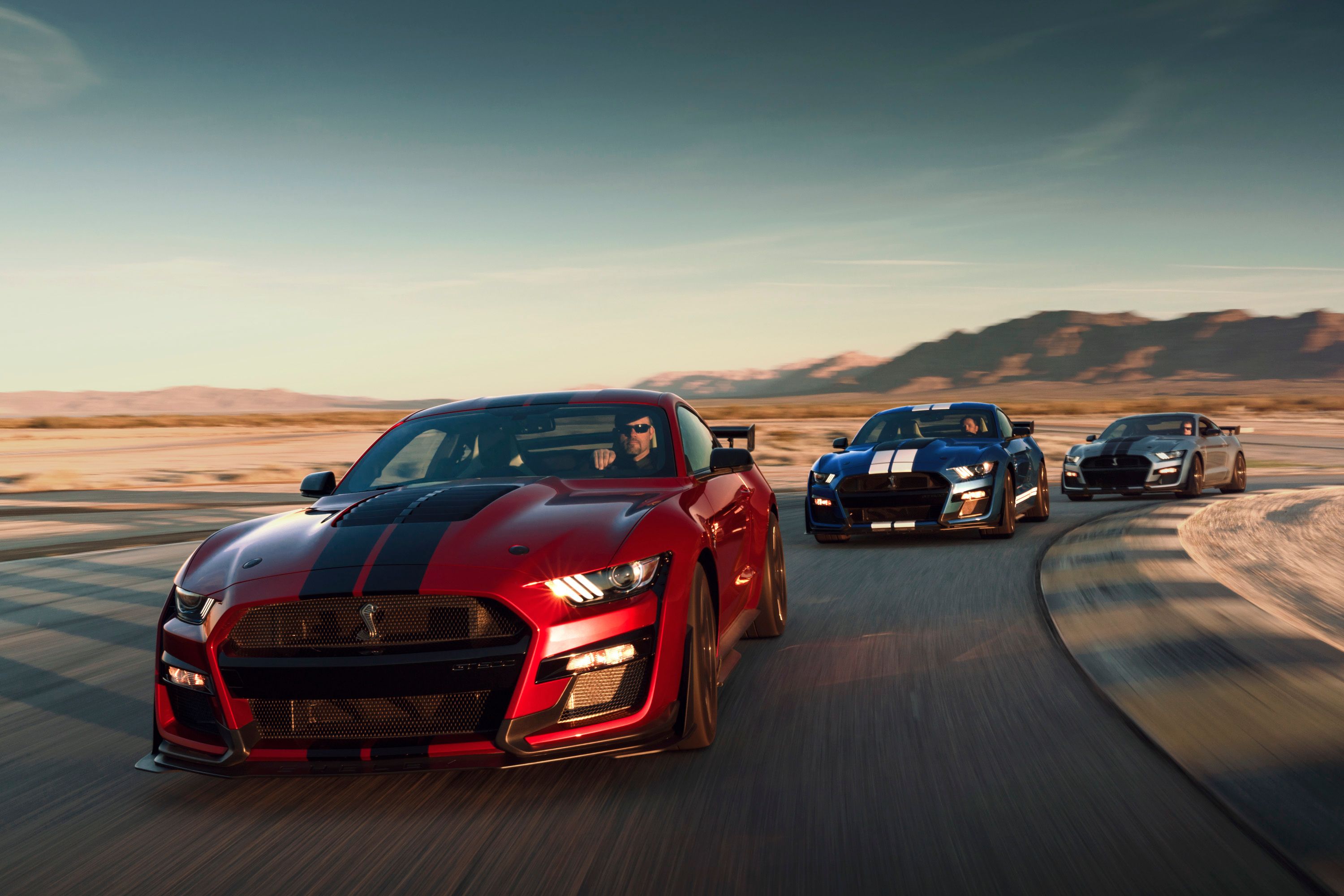
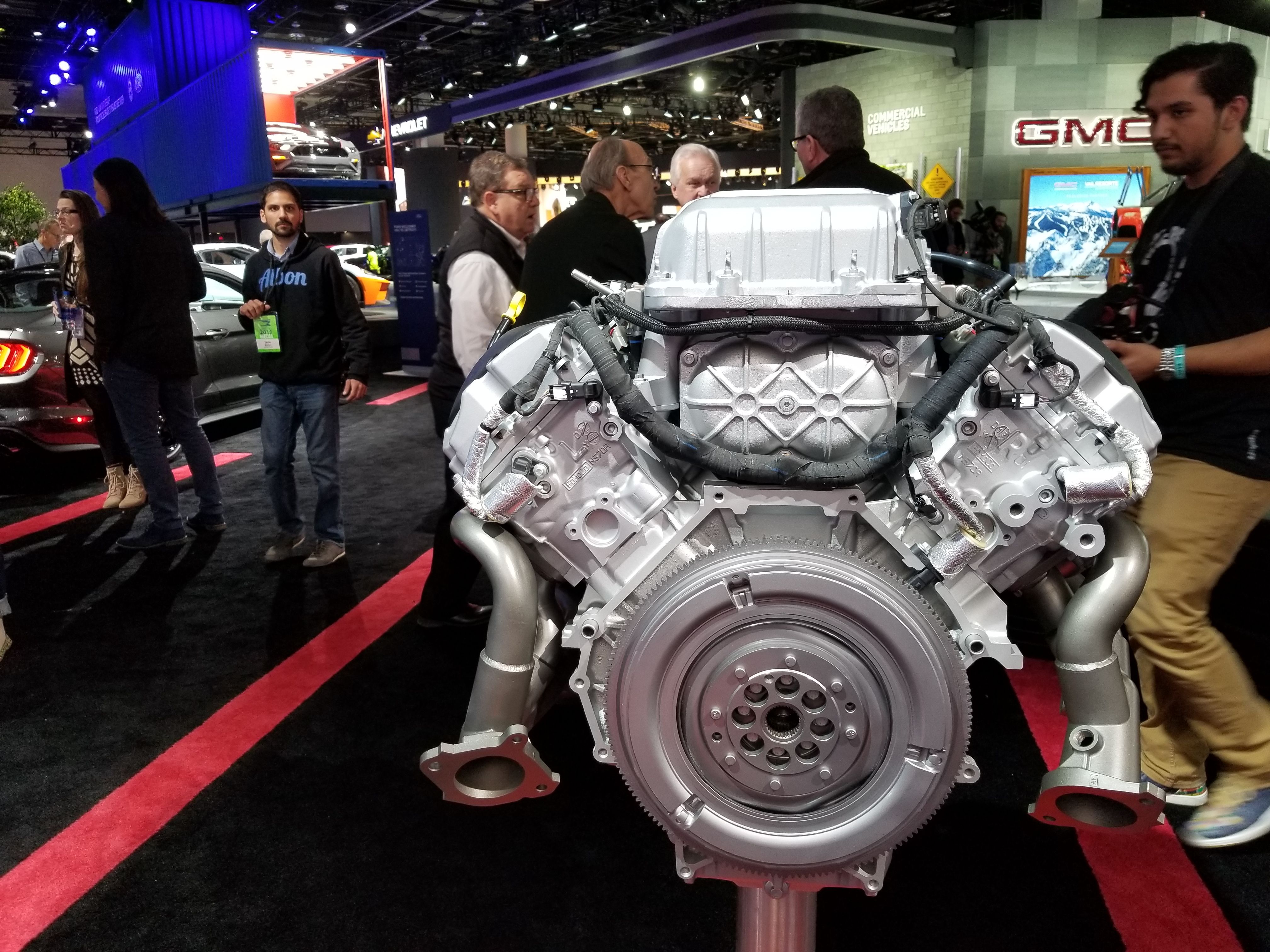
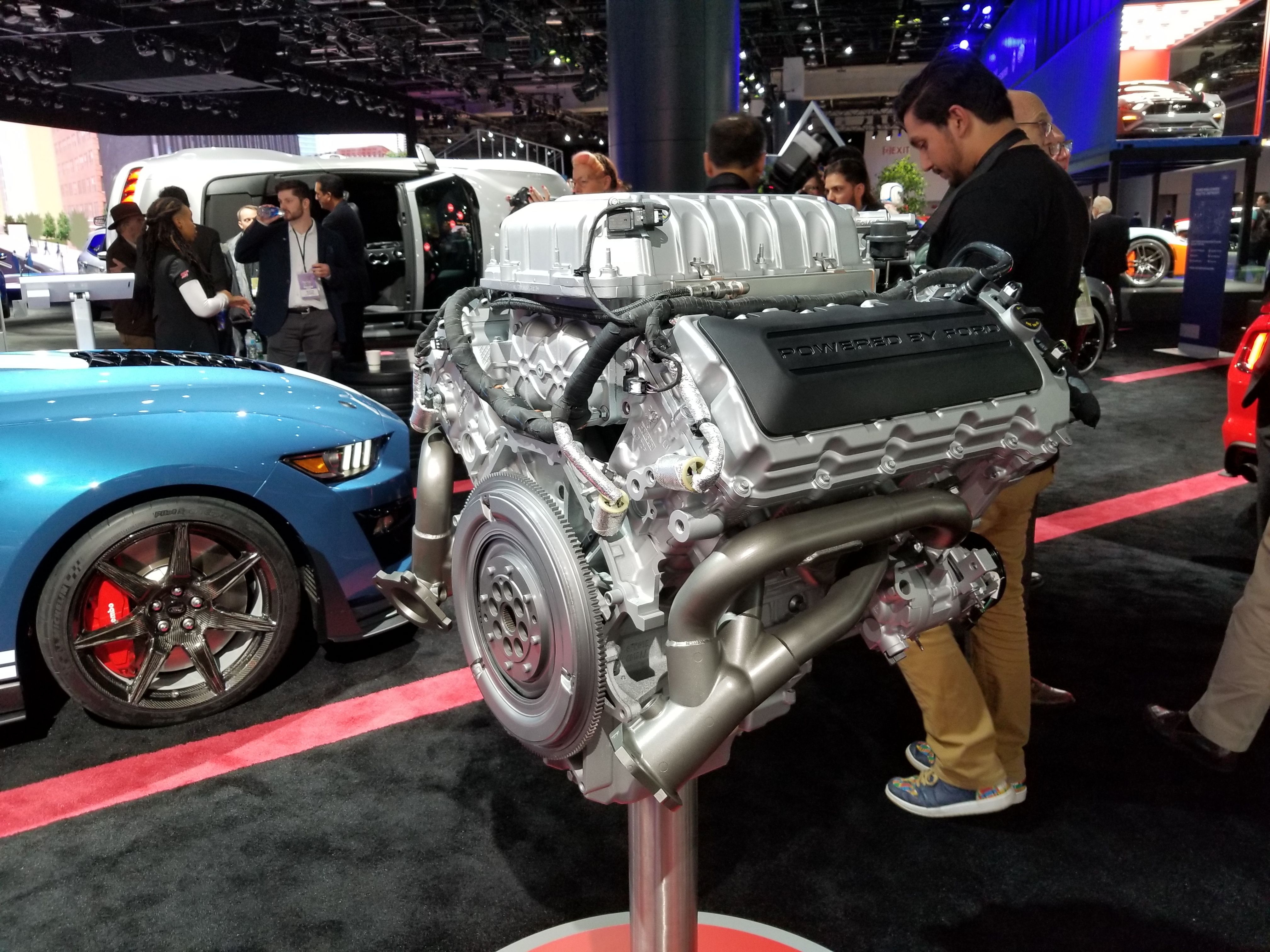
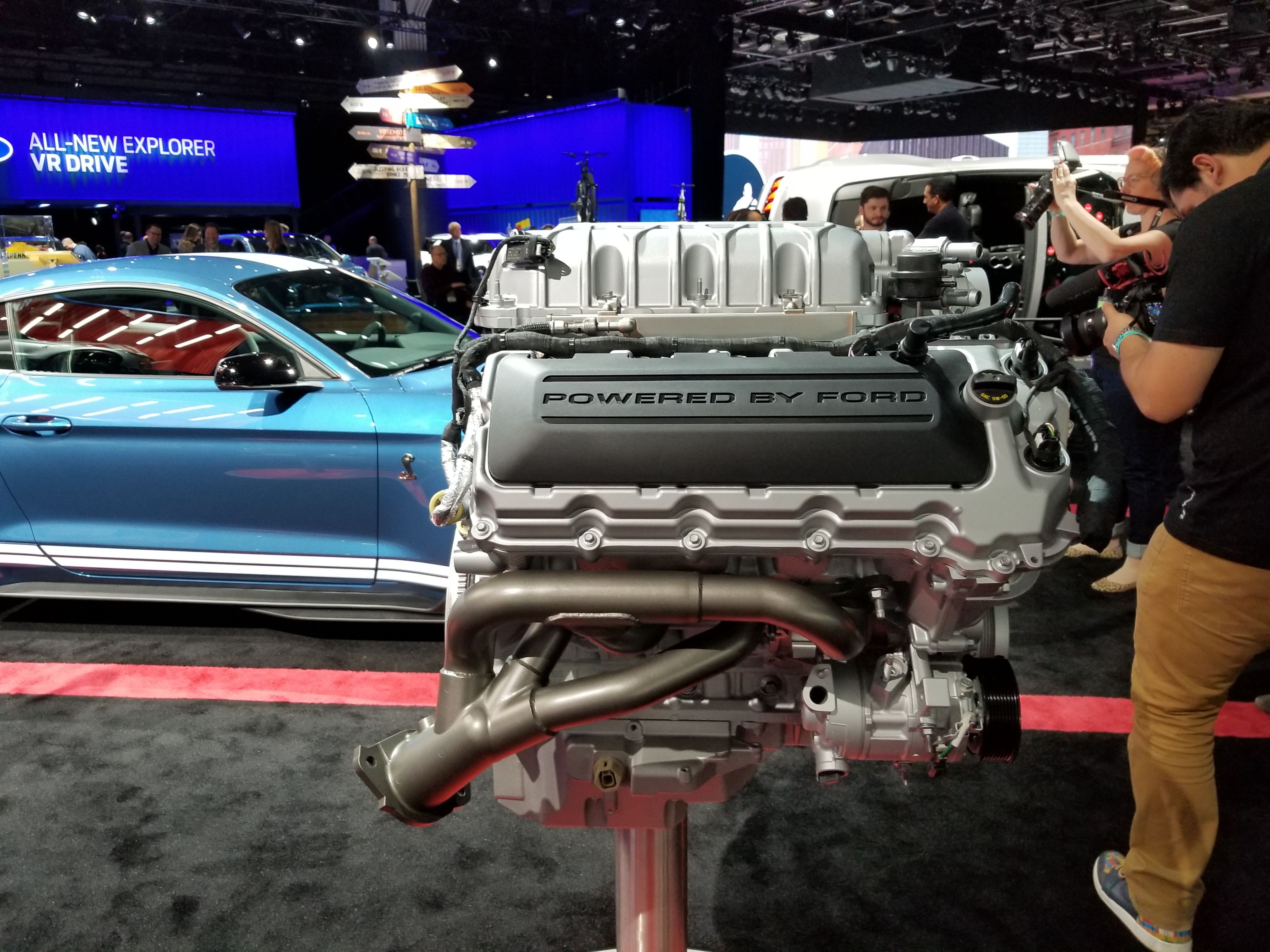
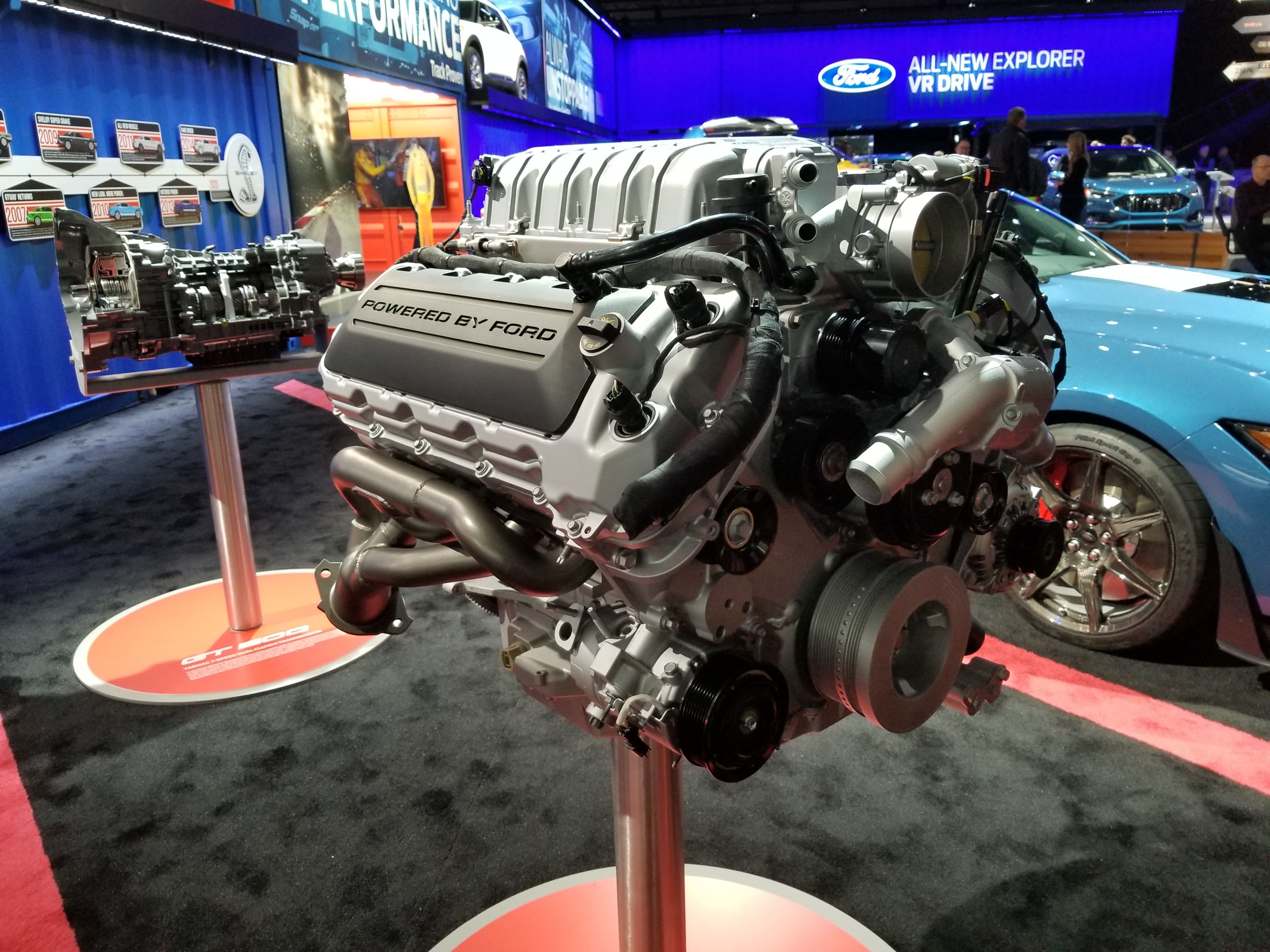
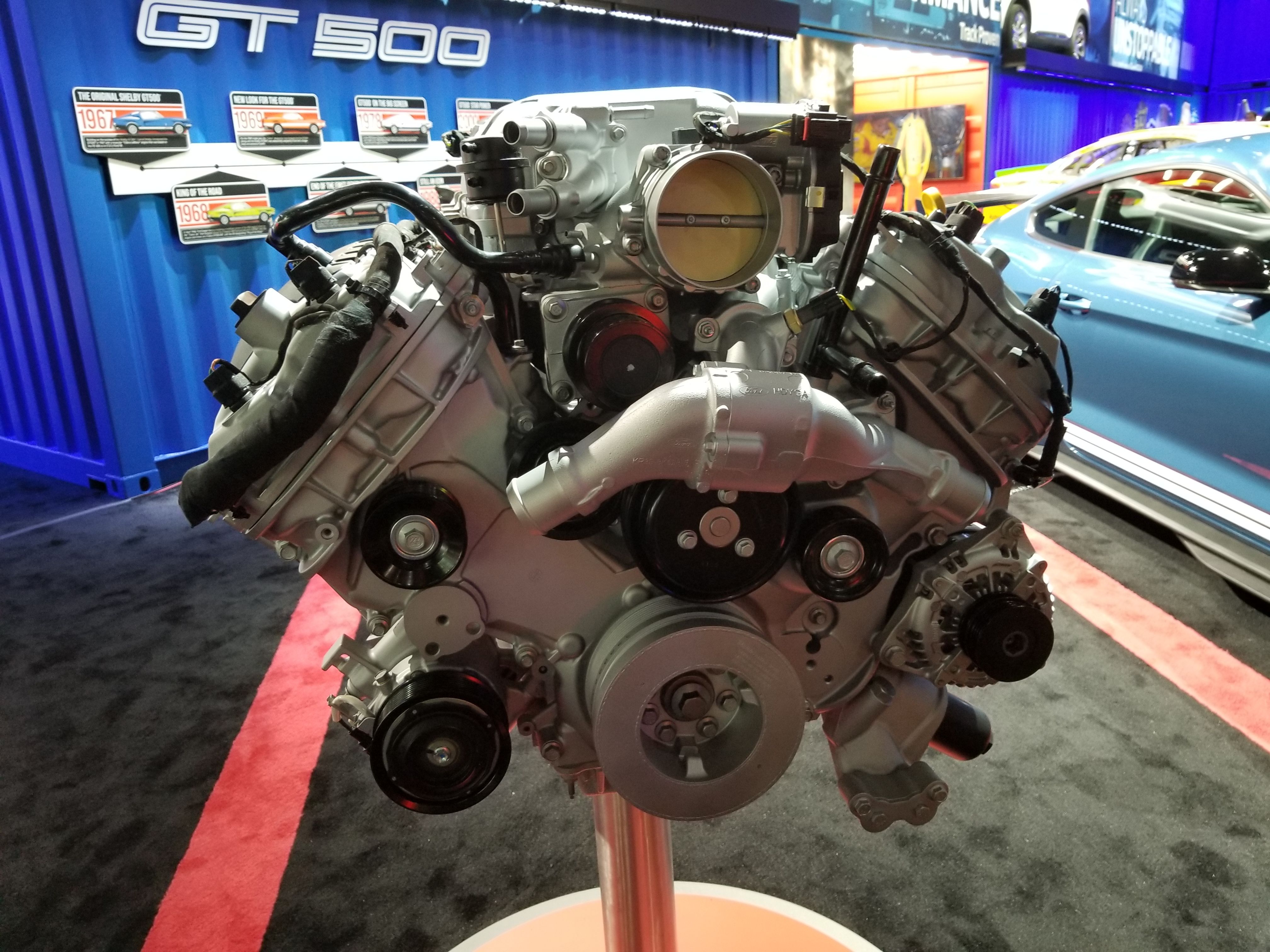
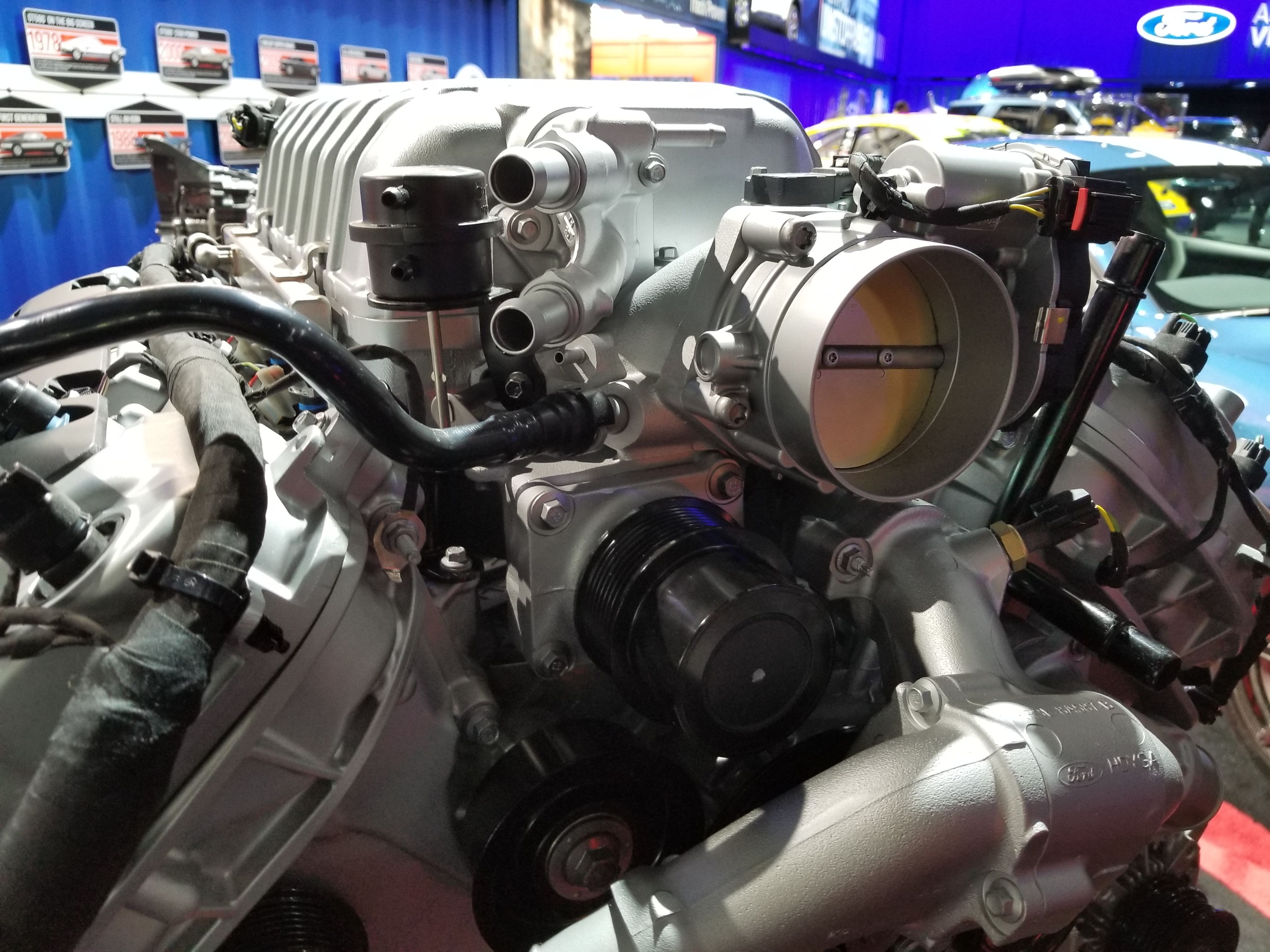
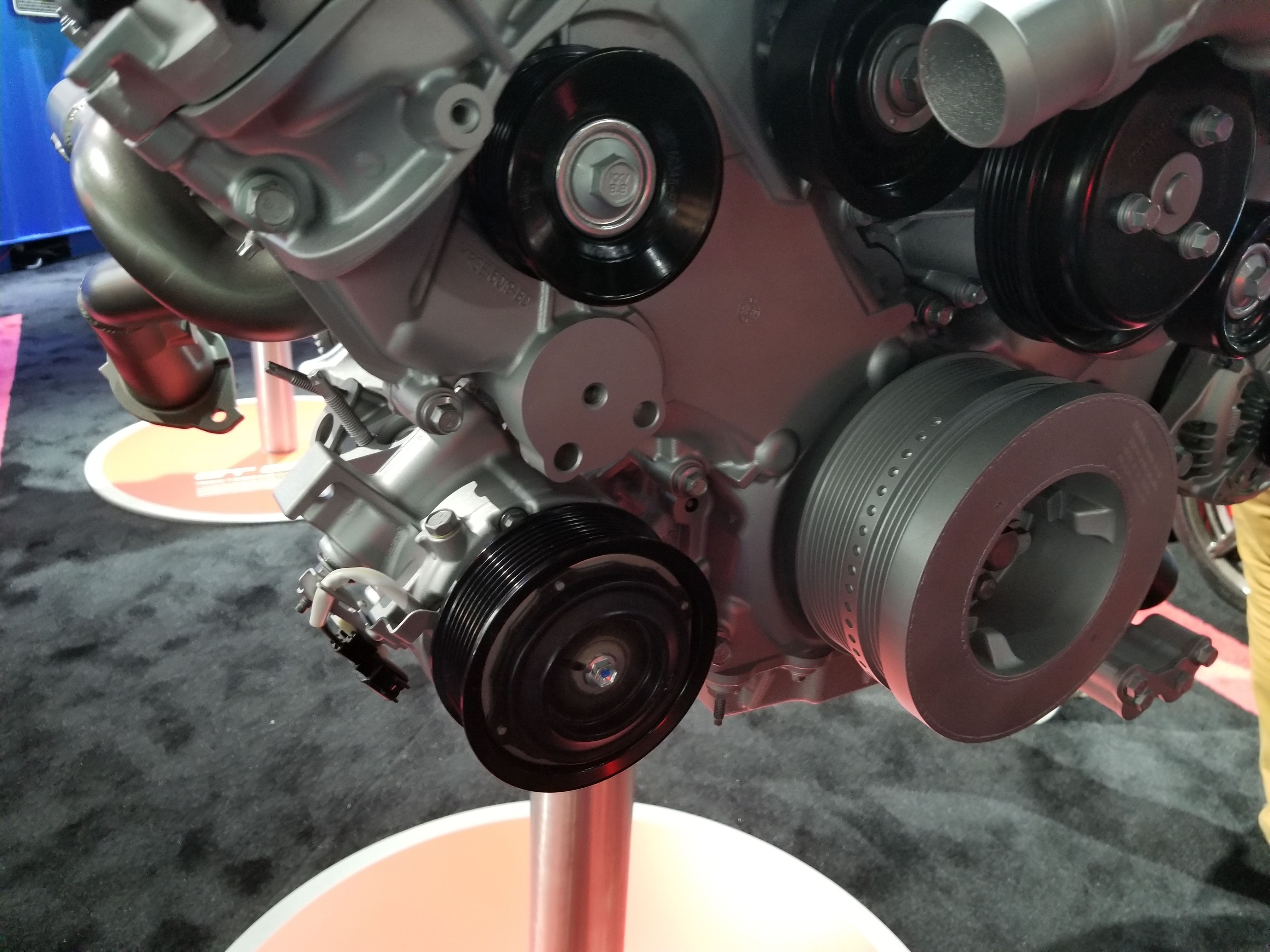
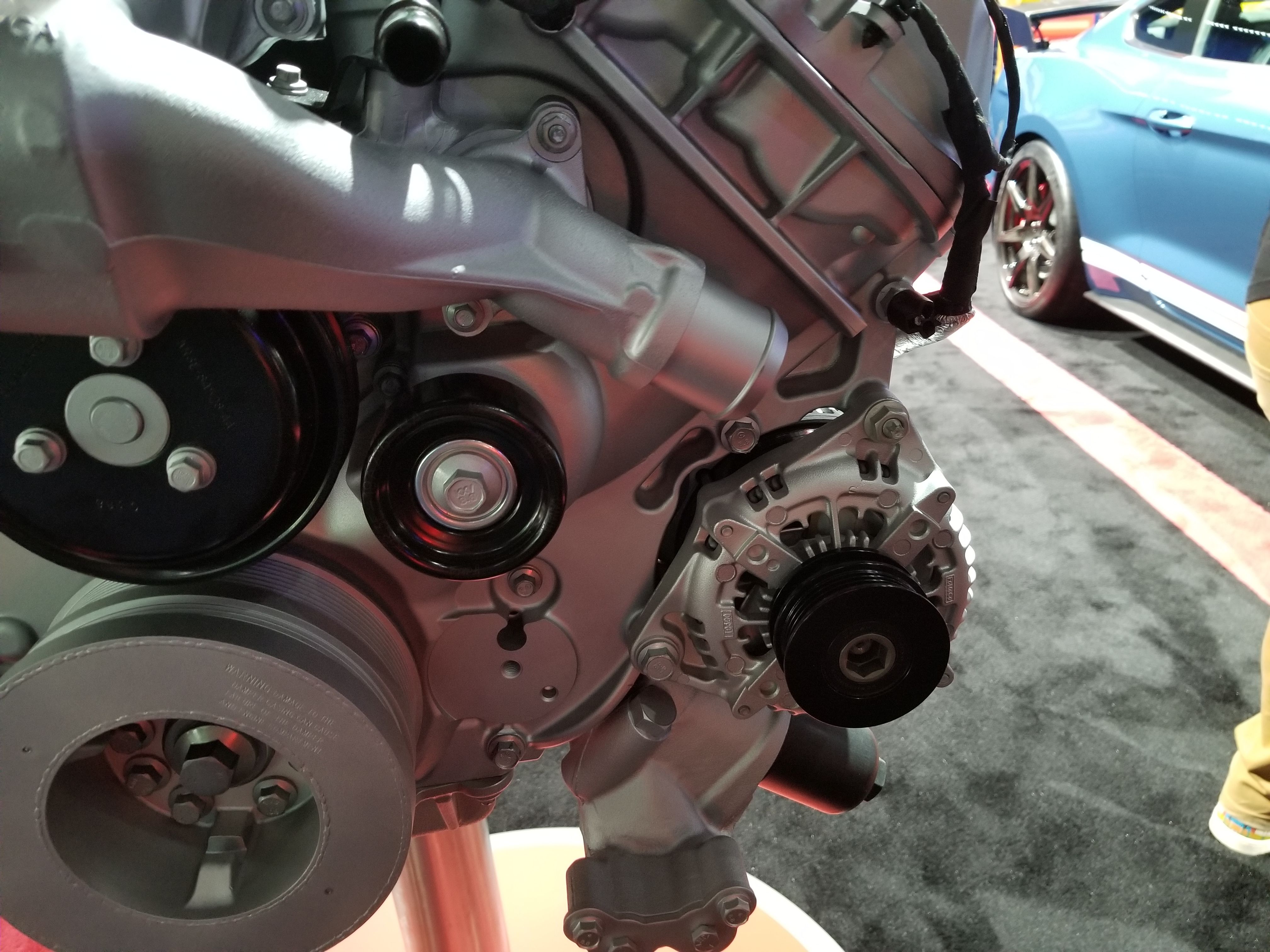
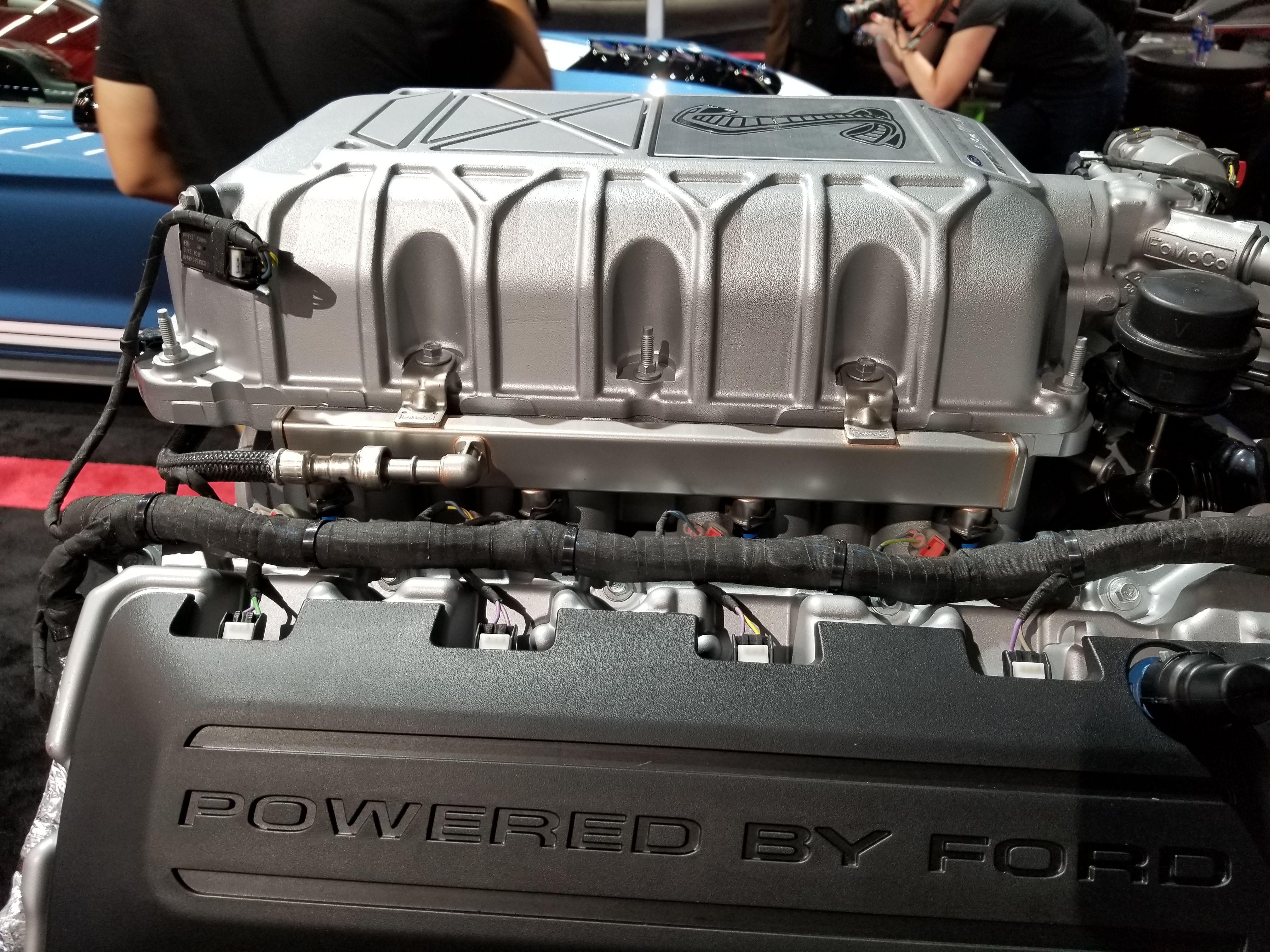
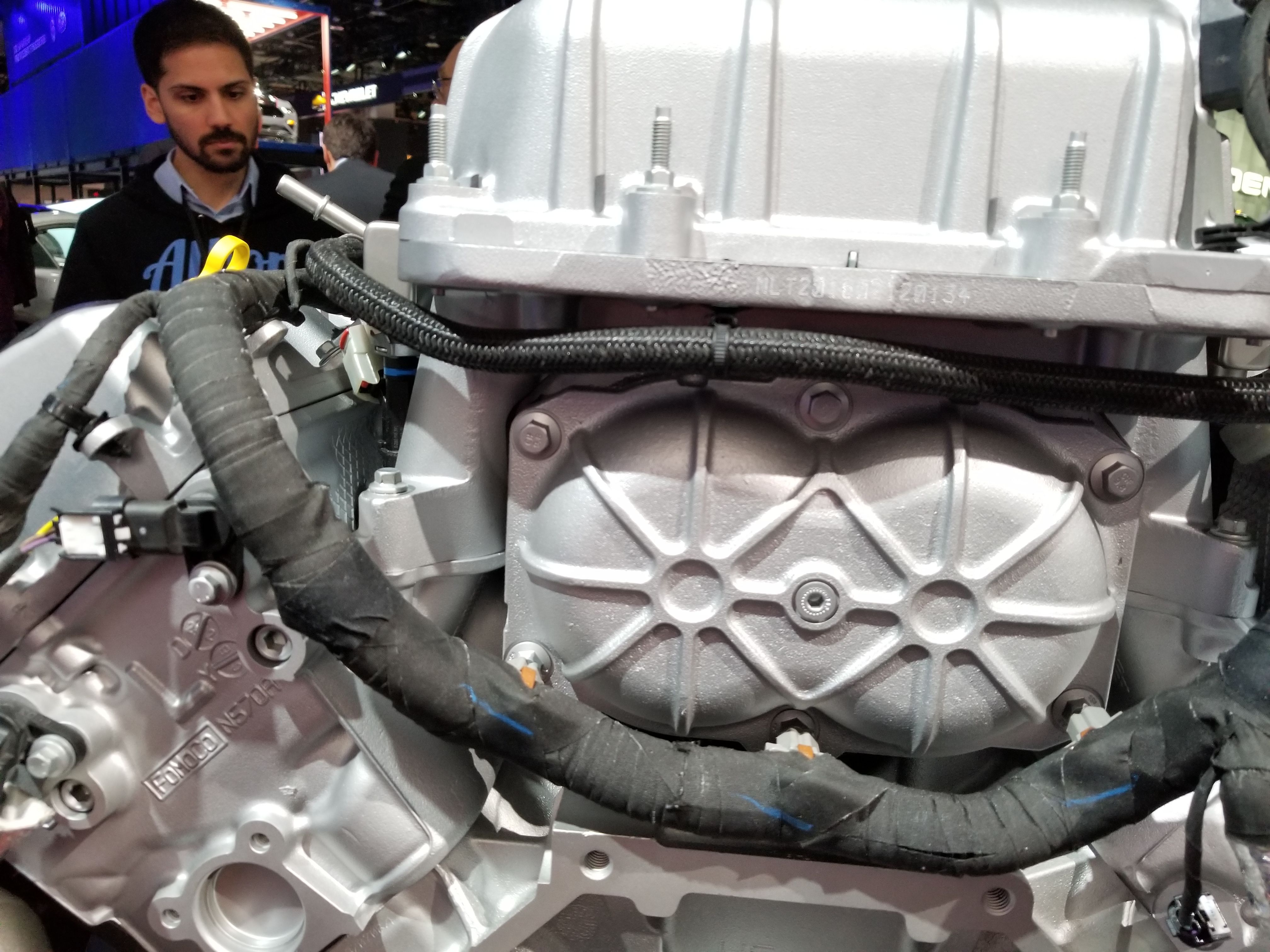
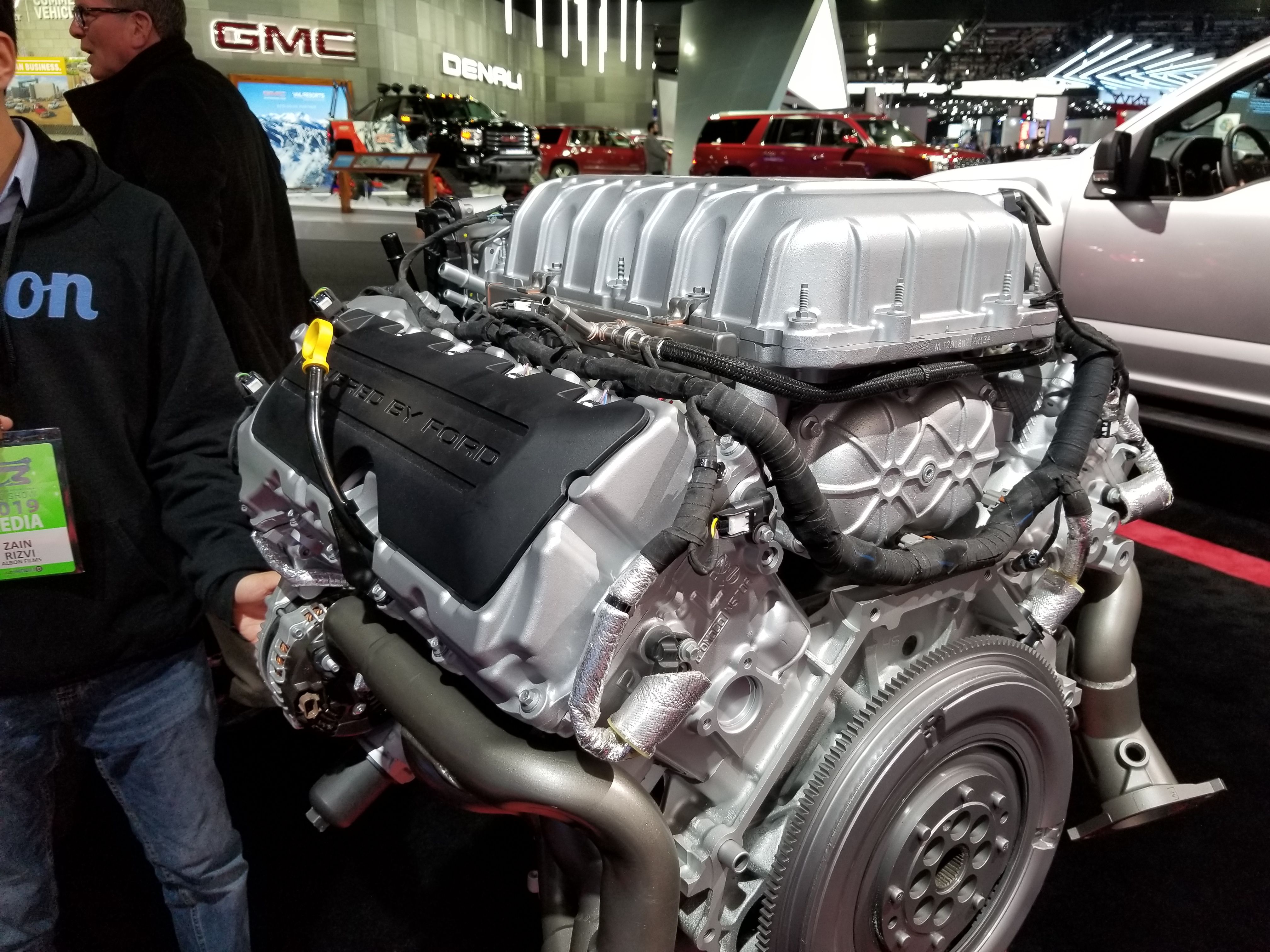
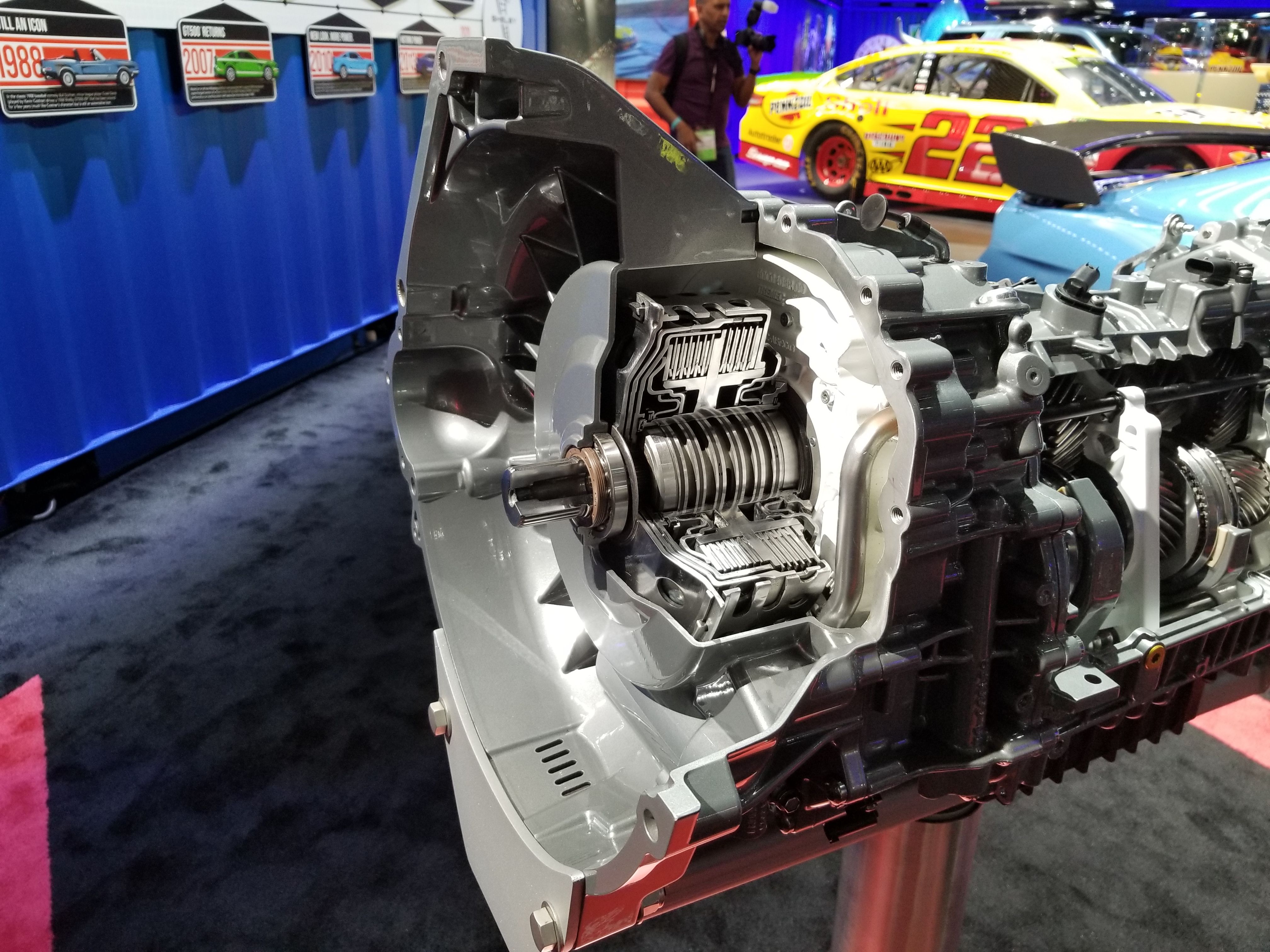
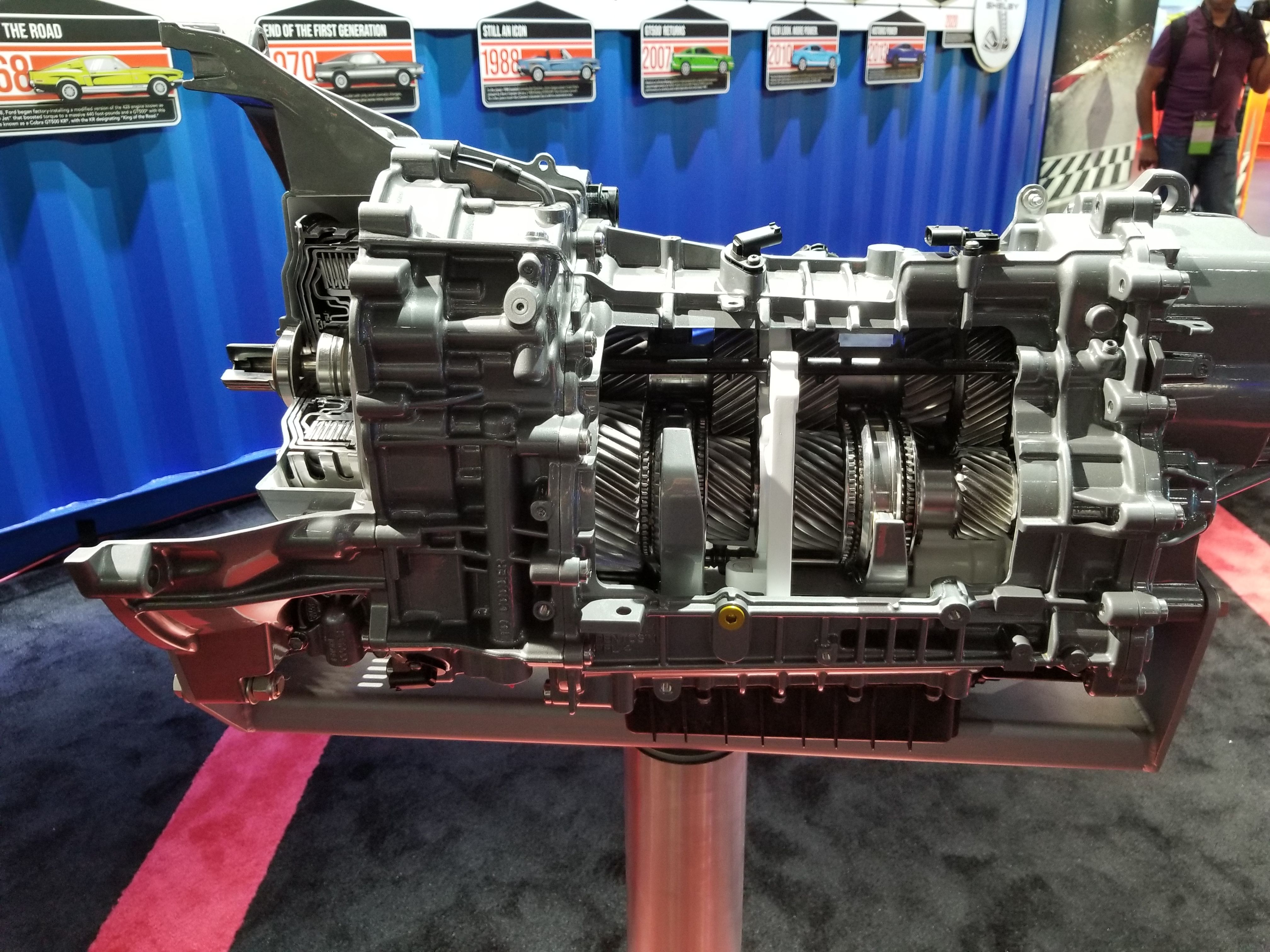
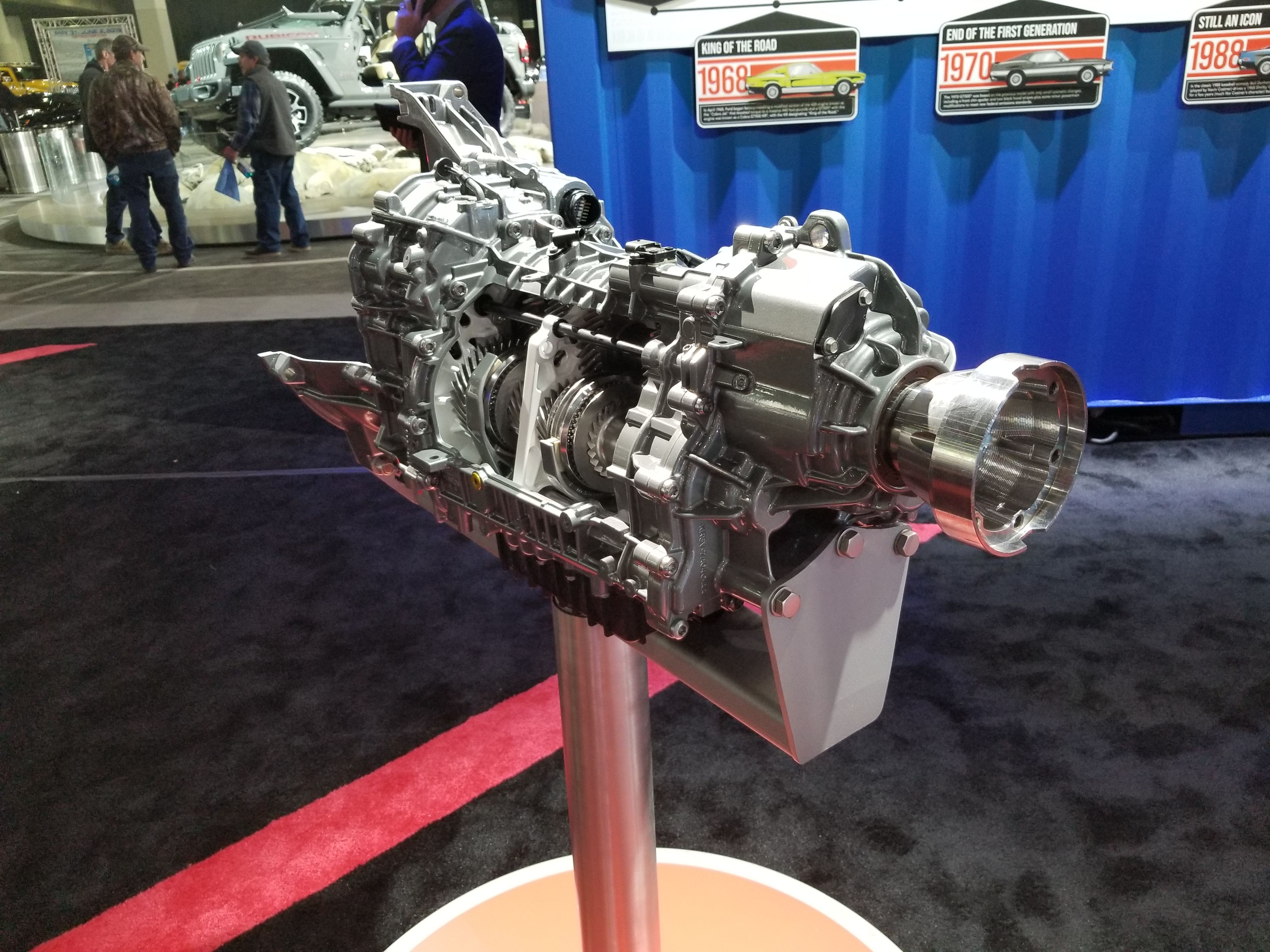
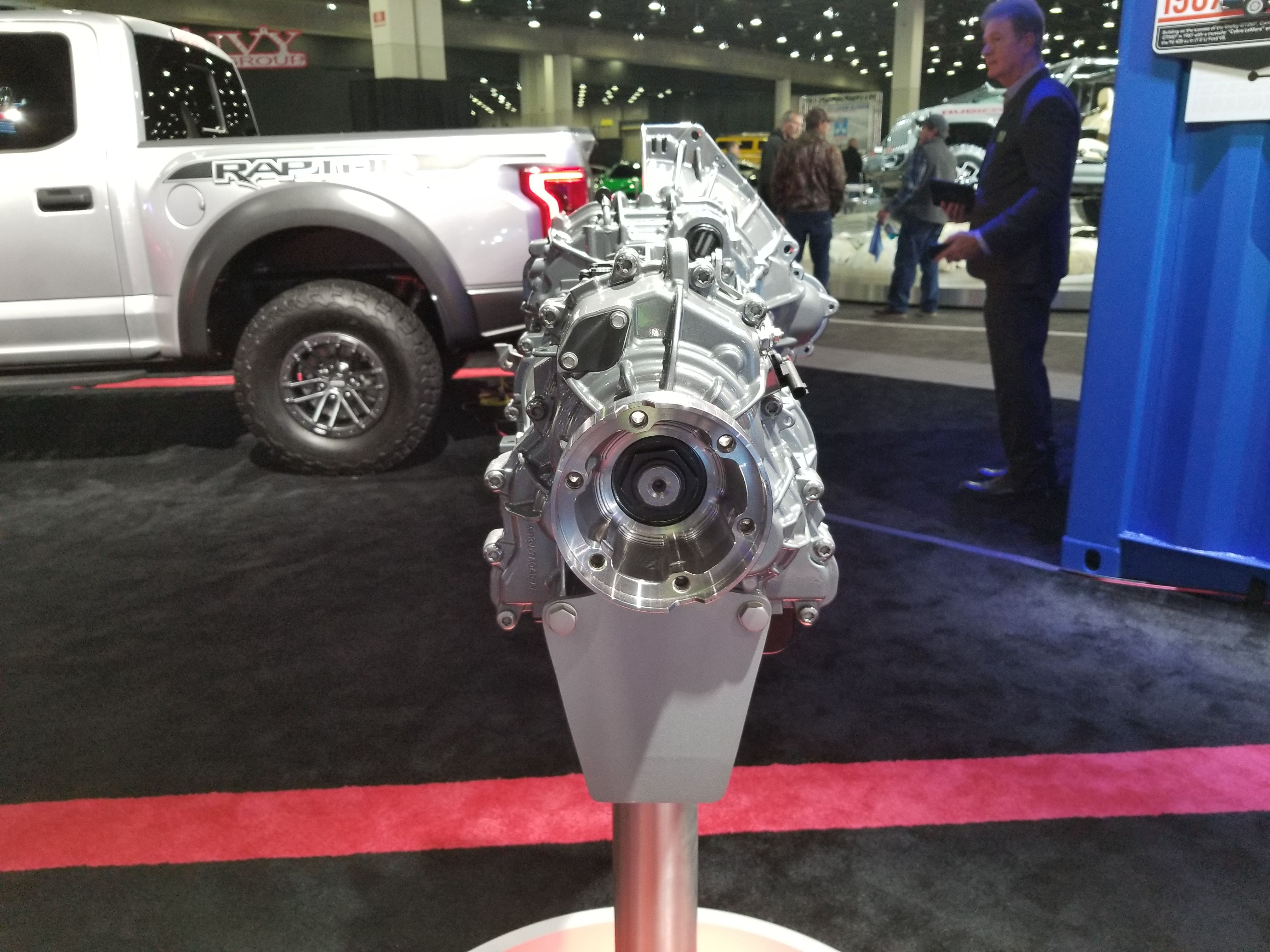
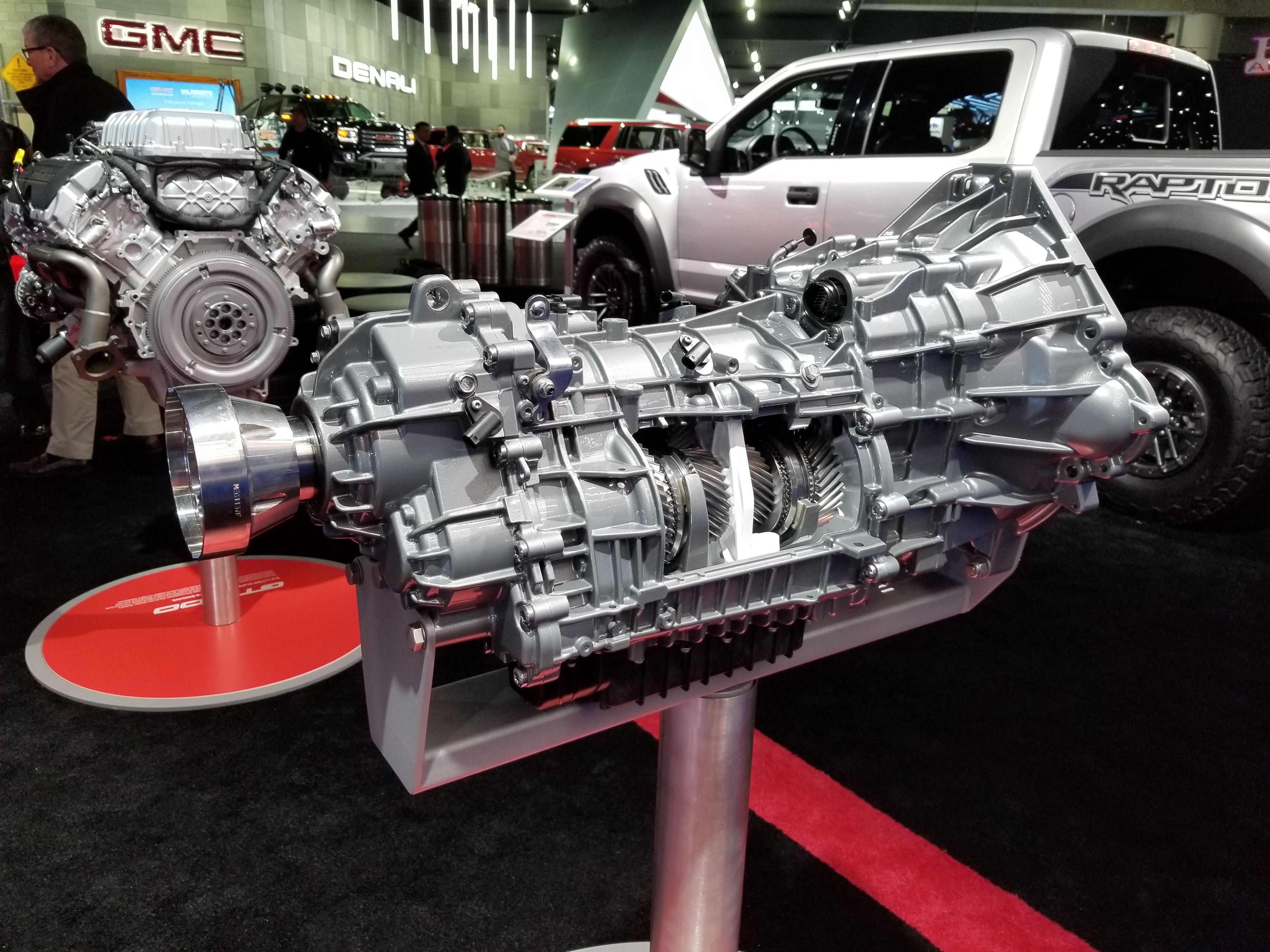
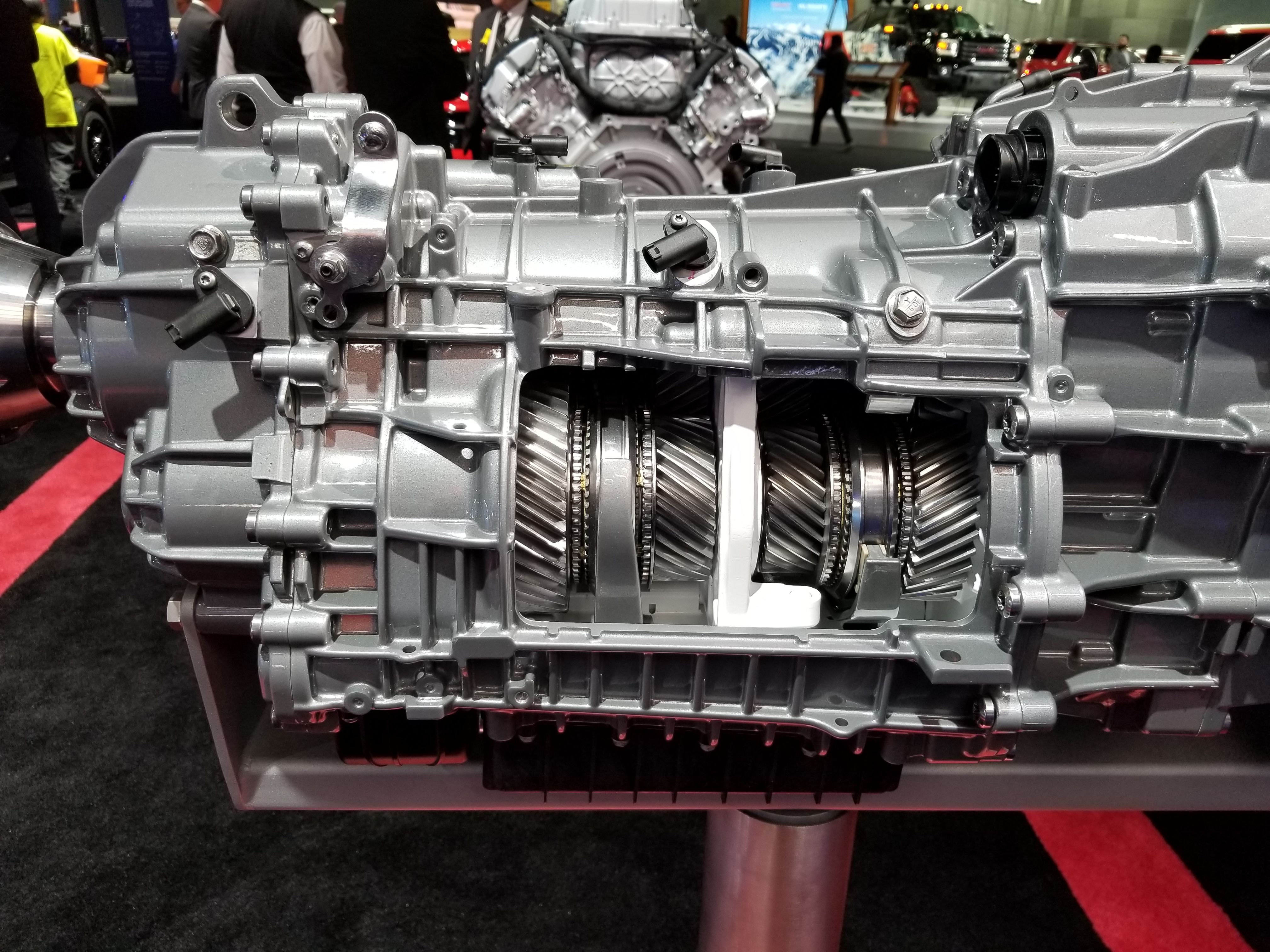
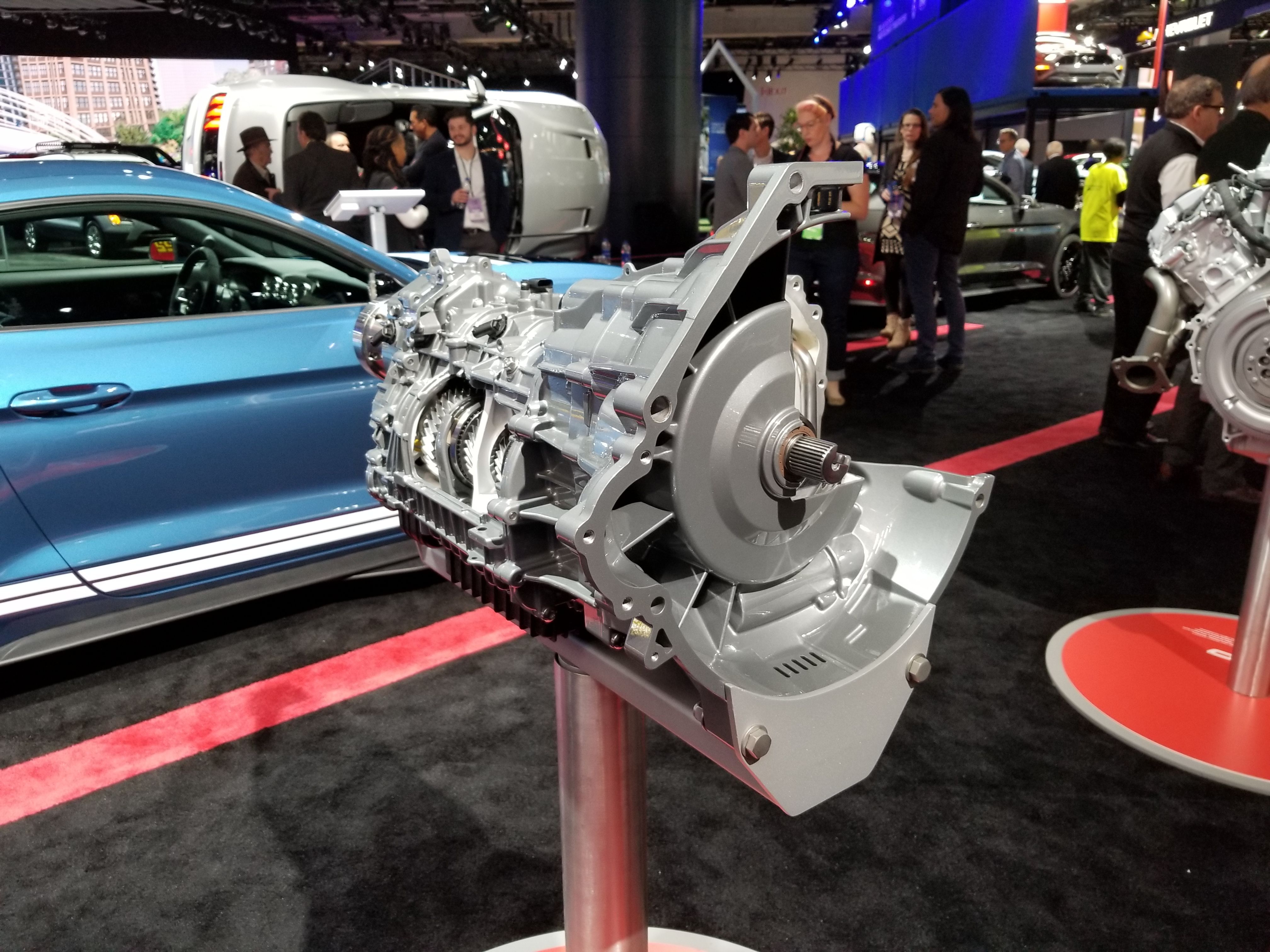

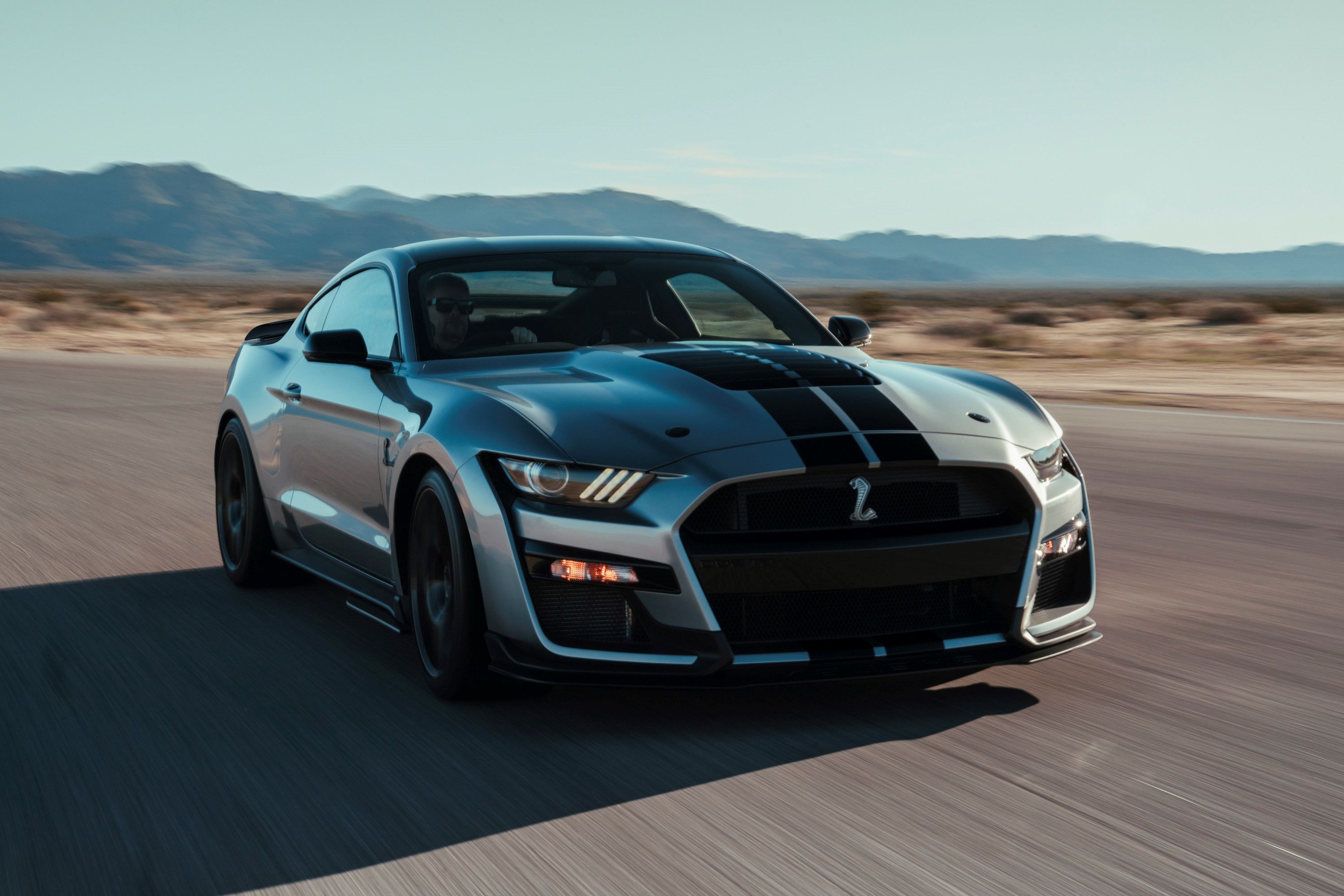

- Make: Array
- Model: 2020 Ford Mustang Shelby GT500
- Engine/Motor: V8
- Horsepower: 700
- [do not use] Vehicle Model: Array
<
2020 Ford Mustang Shelby GT500 Exterior

Based on the latest version of the sixth-generation Mustang, the GT500 is the most extreme take on the muscle car yet. It even makes the GT350 look mild, especially up front, where the grille opening is almost twice as big. This allows for 50 percent more airflow to the engine compared to the GT350, but it's also there for design purposes. It makes the GT500 look really aggressive like it's about to swallow everything on the road in front of it.
2020 Ford Mustang Shelby GT500 Walkaround Video
The upper grille is flanked by the familiar Mustang headlamps, while the center insert is flanked by slightly bigger, rectangular foglamps. The side vents are larger as well, as is the splitter below. A unique feature, the notably wider front fenders extend toward the fascia and wrap around the headlamps and the lower side vents. This adds to the GT500's menacing look.

By contrast, the profile of the GT500 remains very familiar. Except for mild revisions to the side skirts and mirror caps and for the new thin-spoke wheels, the GT500 looks identical to the Mustang. Of course, the rear wing adds a race-spec look that moves the GT500 closer to the track-only Mustang GT4.
Around back, the GT500 looks like a GT350 with a wing. The latter was taken from the GT4 race car and provides the GT500 with the downforce it needs to go fast around corners. The diffuser isn't entirely identical to the GT350 though. The exhaust pipes are slightly bigger, while the triangular outlets around the center light are more angular. The rear fascia also features a new cobra logo.
The GT500 comes in the same colors as the Mustang, but Ford introduced three new colors for the GT500: Red Hot, Twister Orange, and Iconic Silver. Just like the GT350, you can order twin stripes that run over the engine hood, roof, trunk lid, and bumpers.
2020 Ford Mustang Shelby GT500 Exterior Detail Video
Rendering

As explained above, our rendering artist fed the GT350 a bowl of steroids and turned it into the sexiest and most aggressive sixth-generation Mustang yet. The front fascia is highlighted by the honeycomb mesh in the main and lower grilles, carbon-fiber splitter with massive winglets at each corner, and a beefed-up, vented engine hood. The latter is obviously bigger in the official teaser, which makes the design much more aggressive. The unique wheels with red brake calipers, the "GT500" badges on the front fenders, large side skirts, and the carbon-fiber wing complete the picture.
2020 Ford Mustang Shelby GT500 Interior

The GT500's interior doesn't look very different from the GT350's. Sure, it boats a few unique features, but it remained unchanged for the most part.

Unique features include revised trim on the dashboard and center console, as well as redesigned seats. But the coolest features that set the GT500 apart are optional, starting with the carbon-fiber trim on the dashboard and the door panel inserts in Dark Slate Miko suede with accent stitching.

2020 Ford Mustang Shelby GT500 Drivetrain

The high-performance coupe comes with a brand-new, 5.2-liter V-8 and a 2.65-liter roots-type supercharger under the hood. Initial rumors claimed an output of 755 horsepower, but Ford revealed a slightly more powerful rating at 760 horses. Torque is nothing to sneeze at either at a whopping 625 pound-feet. This rating makes the Shelby GT500 the most powerful, street-legal Ford ever and turns the 5.2-liter unit into the most power- and torque-dense, supercharged V-8 in the world.
How does it compare to the previous Shelby GT500, launched in 2013? Well, the new GT500 generates notably more oomph. The old model was rated at 662 horsepower, so the new coupe cranks out an extra 98 horses. Not bad for a six-year hiatus. Torque, on the other hand, dropped a bit compared to the old model, which came with 631 pound-feet on tap. Specifically, the new GT500 falls behind by only six pound-feet.
But is the new GT500 more powerful than the competition? For starters, it trumps both the Chevrolet Camaro ZL1 and the Dodge Challenger SRT Hellcat. The Camaro ZL1 features a larger engine, in the form of a 6.2-liter V-8, and it's also supercharged, but it generates "only" 650 horsepower, or 110 horses less than the GT500. Chevy wins the torque battle though at 650 pound-feet, 25 more than the Shelby.
The Dodge Challenger SRT Hellcat, also powered by a 6.2-liter V-8, is a more powerful option to the Camaro ZL1. However, at 717 horsepower, it falls behind the GT500 by 43 horses. But just like the Camaro ZL1, it packs more twist at 656 pound-feet, or 31 pound-feet more than Ford's muscle car. The only pony the GT500 loses to is the Hellcat Redeye. Essentially a street-legal Challenger Demon with less power, the Redeye comes with 797 horsepower and 707 pound-feet on tap. That's an extra 37 horses and 82 pound-feet over the Shelby GT500.

Output aside, the GT500 features a lot of tech first introduced on the GT supercar and the Mustang GT4 race car. Highlights include weight-saving wire-arc cylinder liners, aluminum cylinder heads, and larger forged connecting rods. The GT500 also employs a structural oil pan that adds strength and reduces vibrations. It also incorporates a patented active baffle system that keeps oil where it’s needed within the engine. The driveshaft is made from carbon-fiber.
In order to keep the intake air cooler and create a lower center of gravity, Ford used an inverted supercharger with air-to-liquid intercooler, a massive departure from the previous GT500.
It’s designed for a number of drive modes, including normal, weather, sport, drag and track, and activates features like line-lock and launch control through Track App. There’s no option for a manual gearbox, but Ford brags that the dual-clutch shifts in under 100 milliseconds, quicker than any manual on the market. Although it doesn’t offer one yet, Ford didn’t rule out a manual option in the feature.

But how fast is the new GT500? Unfortunately, Ford has yet to release these numbers but promises a mid-three-second 0-to-60 mph sprint. This could be anywhere from 3.4 to 3.6 seconds, but it’ll probably be the lower figure. The previous-gen GT500 needed 3.5 seconds to get there, and it’s natural to assume that the new muscle car will be at least a tenth-second quicker. If this turns out to be true, the GT500 will be a tenth-second quicker than the Camaro ZL1, but a tenth-second slower than the Challenger SRT Hellcat and Redeye.
Ford also promises a sub-11-second quarter-mile time, which again makes sense because the old GT500 needed a little more than 11 seconds to cross the line. This benchmark makes the GT500 at least a half-second quicker than the Chevrolet Camaro ZL1 and at least three tenths quicker than the Dodge Challenger SRT Hellcat. It will also be at least a tenth-second quicker than the Hellcat Redeye.
Ford says the new GT500 delivers the best track times for a Mustang and the best cornering of any domestic sports coupe, which is very impressive given that the GT350R is an already potent car. However, there are no figures to back this claim up, so we’ll have to wait for proof. Maybe Ford will soon unveil a Nurburgring record attempt.
2020 Ford Mustang Shelby GT500 Chassis, Suspension and Brakes

Ford used lessons it learned from the GT and Mustang GT4 programs to prepare the GT500 for track duty. It features a revised suspension geometry with lighter coils springs and a new-generation active MagneRide system. A new electronic power steering unit improves agility at high speed, while the custom-made Pilot Sport Cup 2 tires provide additional grip. Optionally, you can go with the more aggressive Pilot Sport Cup 2 rubber with unique compound and tread.
The rotors have a two-piece design, while the calipers are stiffer than the regular ones. The latter also have 20 percent more swept area than on the Shelby GT350, providing more than 30 percent of additional thermal mass.
The GT500's front rotors are the largest of any American sports coupe.
2020 Ford Mustang Shelby GT500 Prices

Official pricing figures are not yet available, but the GT500 could be the most expensive version of the sixth-generation Mustang and fetch around $70,000. What's more, word has it that Ford plans to build it in limited numbers, which could translate into unreasonable dealer fees.
First Production Car Sold at Auction
As it did with other Mustangs in the past, Ford auction the first production unit of the Shelby GT500 for auction. The muscle car crossed the block for an impressive $1.1 million, a price nearly 16 times greater than what the regular GT500 is expected to cost. The auction was won by the Chairman and CEO of Barrett-Jackson, the company that hosted the event. All proceeds went to JDRF, an organization that funds type 1 diabetes research for a cure.
2020 Ford Mustang Shelby GT500 Competition
Dodge Challenger SRT Hellcat
When it arrived for the 2015 model year, the Challenger Hellcat was the most powerful factory-built muscle car ever made thanks to the 707 horsepower and 650 pound-feet coming from the supercharged, 6.2-liter, Hemi V-8. More than two years have passed, and this hasn't changed (if we ignore the dragstrip-focused Demon), despite Chevrolet launching a new Camaro ZL1. What's more, a mid-cycle upgrade increased output to 717 horsepower and 656 pound-feet of twist. Needless to say, the Hellcat is tough to beat. Its 0-to-60-mph sprint is also impressive at a little over three seconds, as is its 199-mph top speed. The supercharged Mopar is also reasonably priced given the performance it returns, retailing from a little over $60,000 including destination. On the flipside, demand is higher than production, making Hellcats difficult to find at dealers. The Hellcat won't be around for much longer either. Go with the Hellcat Redeye and you'll take a Hellcat - Demon hybrid home. The main highlight of the Redeye is the detuned Demon engine that cranks out 797 horsepower and 707 pound-feet of torque.
Find out more about the Challenger SRT Hellcat.
Chevrolet Camaro ZL1
Introduced for the 2017 model year, the new ZL1 is based on the lighter and sportier sixth-generation Camaro and gets its juice from the same supercharged, 6.2-liter LT4 engine found in the Chevy Corvette Z06. The mill pumps 650 horsepower and 650 pound-feet to the rear wheels through either a six-speed manual or a brand-new 10-speed automatic. Performance-wise, the ZL1 needs only 3.5 seconds to hit 60 mph from a standing start and 11.4 ticks to complete the quarter mile. An updated Magnetic Ride Suspension, Performance Traction Management, and an electronic limited-slip differential keeps the ZL1 on its best behavior. Pricing starts from $62,135, a nearly $7,000 hike from the previous generation, but just a tad more expensive than the Dodge Challenger SRT Hellcat.
Learn more about the Chevrolet Camaro ZL1.
Conclusion

Arguably the most anticipated high-performance version of the Ford Mustang, the GT500 finally returned after being discontinued in 2014. No longer built in Shelby’s shop, the new coupe is a massive departure from its predecessor, now filing in as a track-capable sports car rather than just a highway cruiser. As expected, the GT500 has what it takes to take on the Challenger SRT Hellcat and Camaro ZL1 and trumps its competitors when it comes to technology and power. It also looks better in my opinion. The late Carroll Shelby called the original GT500 "the first real car I'm really proud of" and I'm pretty sure he'd be damn proud of this new muscle car too.
Further Reading
Read our full review of the 2013-2014 Ford Shelby GT500
Brief GT500 History
Before we move further, let's have a closer look at GT500 models from the past to get a better grip of the nameplate's importance for the muscle car market.


Note: 1967 Ford Mustang Shelby GT500 (left) and 1969 Ford Mustang Shelby GT500 (right)
The original GT500 was launched back in 1967, four years after Ford introduced the Mustang. Although not as track-prepped as the GT350, the GT500 had a bigger engine, being fitted with a 7.0-liter V-8 instead for the 4.7-liter found in the former. On top of the engine, which pumped as much as 360 horsepower for the 1968 model year, the GT500 also received unique features inside and out, and a Le Mans-inspired stripe package. Several body parts were made from fiberglass in order to save more weight and increase performance. In 1968, a limited-edition GT500KR, also known as the "King of the Road" was sold with the "Cobra Jet" V-8 engine.
A facelifted version followed in 1969 with the same 428 cubic-inch engine, but production stopped in the summer of 1969, when Carroll Shelby terminated his agreement with Ford. However, unsold 1969 models were given 1970 VINs. In 1971, the last few GT500s were produced in Europe under license by Belgian dealer Claude Dubois.
Note: 2007 Ford Mustang Shelby GT500 pictured here.
While the Mustang moved on, no Shelbys were made until the 2000s. The GT500 returned for the 2007 model year, four decades after its initial release, this time around based on the fifth-generation model. Now using a 5.4-liter V-8, the GT500 generated 500 horsepower and had numerous performance upgrades compared to the standard Mustang GT. Production continued until 2009, and a GT500KR version was again offered, alongside a Super Snake variant. The GT500 returned in 2010 with the same supercharged 5.4-liter V-8, but output increased to 540 horses. The powerplant was swapped for an all-new aluminum unit in 2011 when performance improved to 550 horsepower.
Note: 2013 Ford Mustang Shleby GT500 pictured here.
The final batch of GT500s was made available in 2013 and 2014, this time with a supercharged, 5.8-liter V-8. Rated at 662 horsepower and 631, it became the most powerful GT500 ever built and a tough benchmark for future Shelby Mustangs. Another edition of the Super Snake, which boosted the V-8's output to 850 horsepower was offered until the fifth-generation Mustang was discontinued at the end of 2014.

